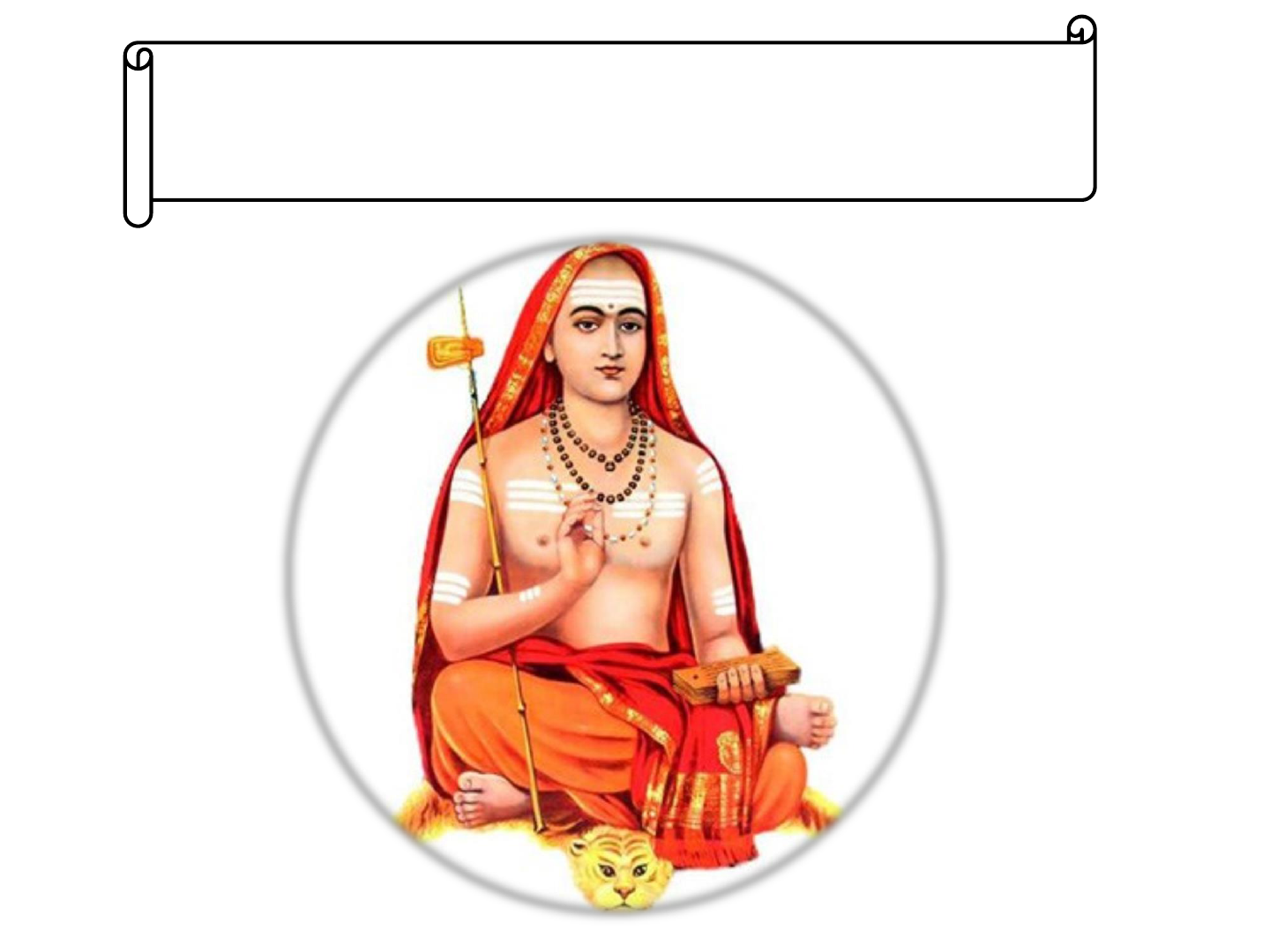
Summary of all Texts
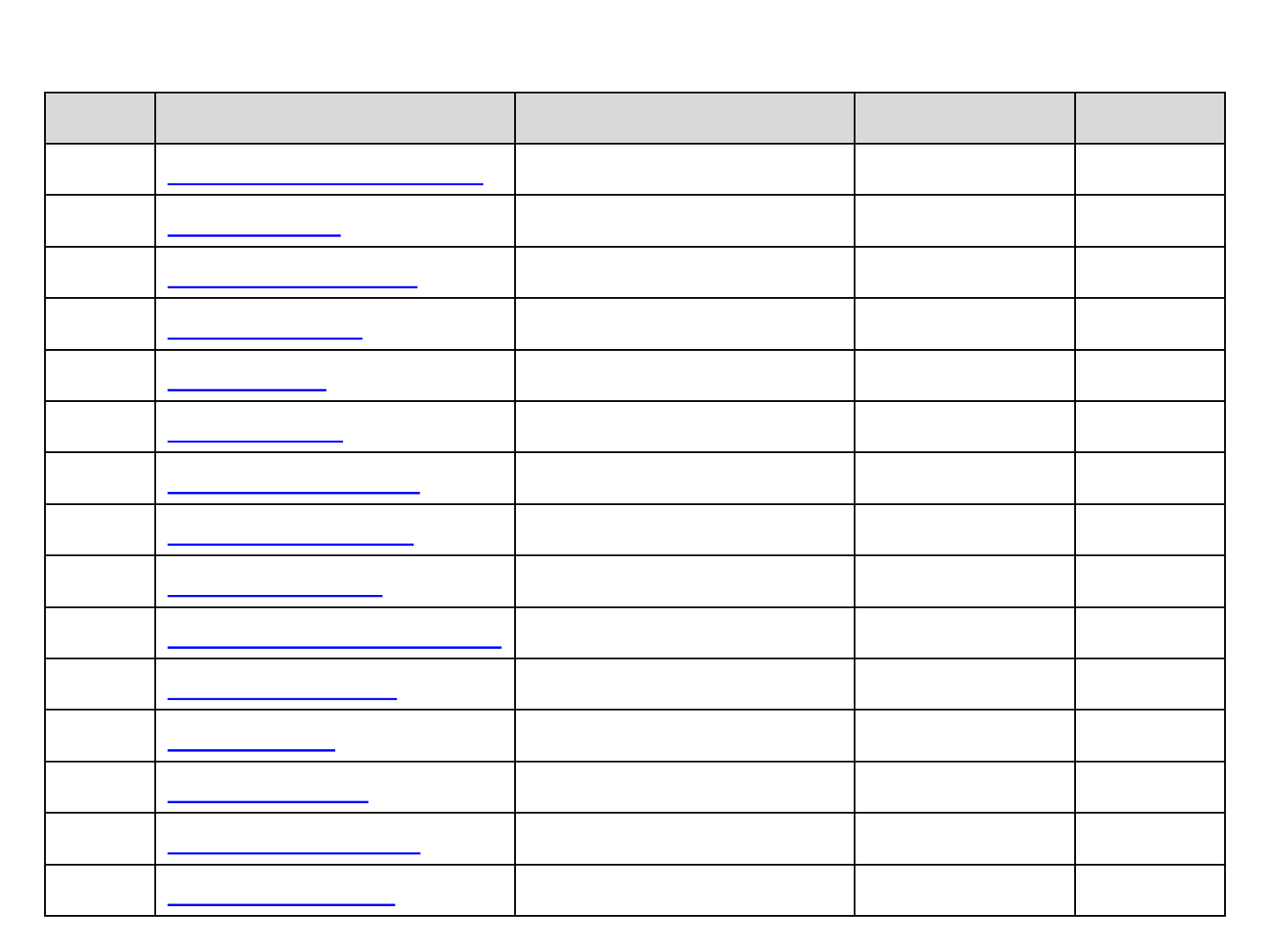
Index
S. No.
Topics Author No. of Verses
Page No.
1.
Dakshinamurthi
Stotram Adi Shankaracharya 10 1
2.
Sri Rama Gita
Veda Vyasa 62 4
3.
Advaita
Makaranda Sri Lakshmidhara Kavi 28 19
4.
Baja
Govindam Adi Shankaracharya 33 26
5.
Atma
Bodha Adi Shankaracharya 68 35
6.
Upadesa
Sara Ramana Maharishi 30 48
7.
Naishkarmya
Siddhi Sureshvaracharya 423 50
8.
Aparoksha
Anubuti Adi Sankaracharya 144 81
9.
Drg
Drsya Viveka Adi Sankaracharya 46 115
10.
Sruti
Sara
Samudharanam
Sri
Totaka
Bhagavatpada
179 126
11.
Pratah
Smaranam Adi Sankaracharya 3 135
12.
Tattva
Bodha Adi Sankaracharya 38 136
13.
Sad
Darshanam Ramana Maharishi 43 163
14.
Ashtavakra
Samhita Ashtavakra 298 165
15.
Vivekachudamani
Adi Sankaracharya 581 174

DAKSHINAMURTHY STOTRAM
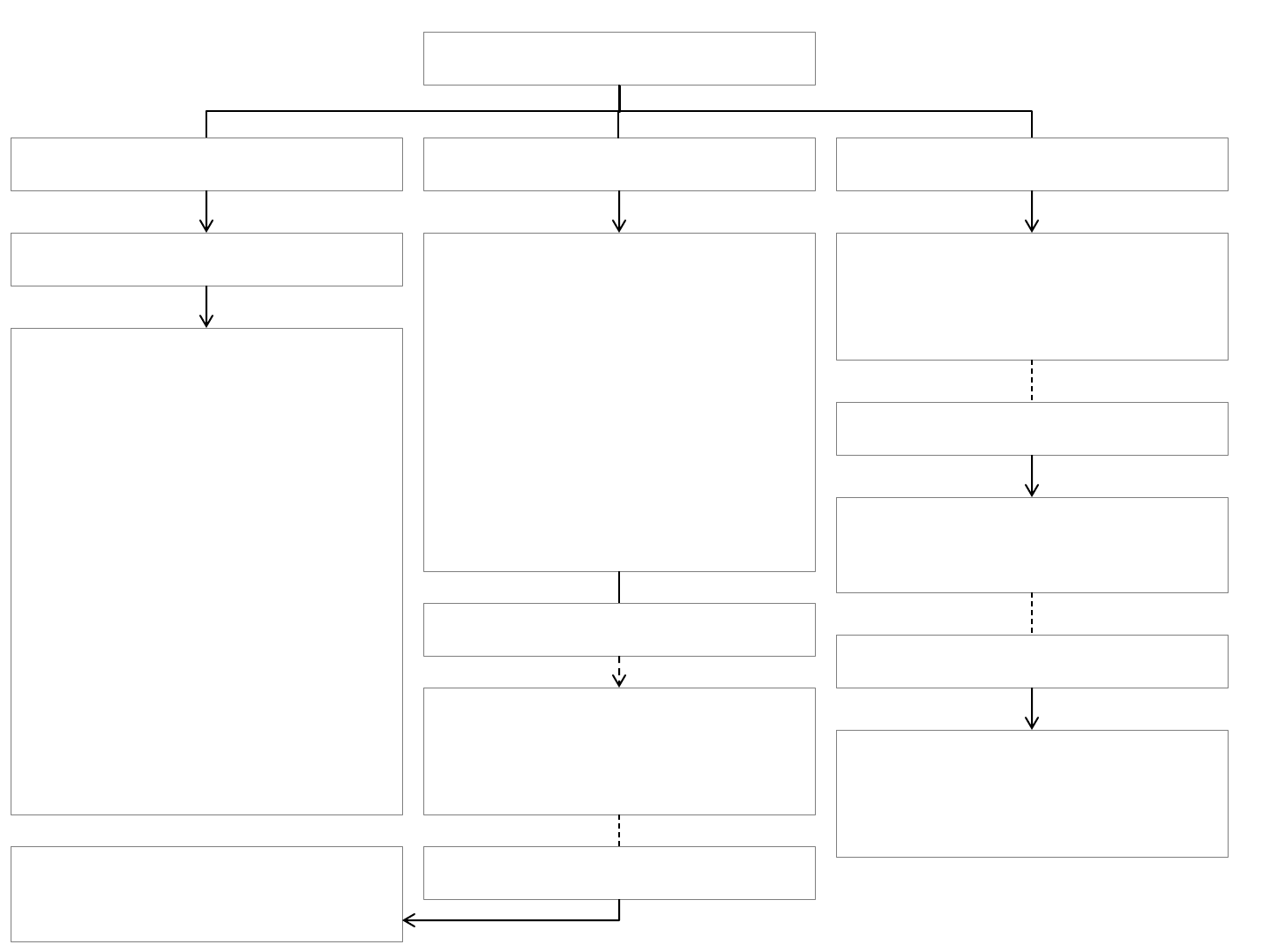
Summary - 10 Verses
Verse 1 – 4
Essence of Vedanta
Sat :
- Essence of Paramatma.
Chit :
- Essence of Jivatma.
- I Sat Chit Atma am
essence of whole
creation.
- Creation rises, rests in
me.
Kaivalya Upanishad :
- Mei Eva Sakalam…
[Verse 19]
Verse 5
- 4 Deficiencies in
intellect.
- Stree, Bala, Andah, Jada.
- Unreleased,
undeveloped, unaided,
unintelligent.
- Deha, prana, Indriya,
Buddhi Sunya Vadis
Enumerated.
Verse 6
- Refutation of Shunya
Vada.
- Important Sloka
Verse 7
- Attributed Ahamkara,
attributeless Sakshi.
Verse 8
- Sakshi puts Vesham of
Pitru – Putra, Guru –
Sishya.
Verse 9
- Sarvatma Bava.
- Ashtada Prakrti.
Verse 10
Phalam :
- Jeevan Mukti
- Videha Mukti.
1

Introduction :
• 10 Verses, text composed by Shankaracharya to glorify Adiguru Devata Dakshinamurti.
• Laya Karta resolves Dvaita Prapancha into unmanifest condition during sleep, Death
and Pralayam.
• Resolution of duality happens when Agyanam goes away.
• Upadesa Vakyam are like waves of transmission towers TV stations, which converts
Vritti into Jnanam.
• Brahma Vidya Guru more auspicious than other Gurus because he destroys Samsara.
Devatas - Facing
East SouthWestNorth
Indra YamaVarunaSoma
• Dakshinamurti not under grip of Yama Devata as he has conquered time,
Mritinjayaha, Conquered Mortality.
First Meaning :
• Dakshinamurti – South facing Deity Teaching Brahma Vidya.
• Form given for worship and meditation.
2

Second Meaning :
• Dakshina Amurti
↓ ↓
Expert in communicating formless Nirguna Brahman.
• Markandeya Muni embraced lord Shiva and wrote Chandrashekara Stotram, One who
has conquered time, uses moon as ornament.
• Whoever worships Markandeya conquers death.
• Chinmaya : Study this text after study of Upanishads, P.h.d in Vedanta.
• Treated as Prakarana Grantha.
• Direct Commentary : Tattva Sudha.
• Manasolasa – Vartikam by Sureshvaracharya – 144 Verse on those 10 verses.
• 6 Dhayana Slokas presented by Sureshvaracharya in Manasolasa Vartikam taken up
here.
16 Slokas
Text - 10 Verses6 Dhyana Slokas
- Acharya offers Namaskaras.
- Ide = Namami
- Other words are Glories.
3

SRI RAMA GITA
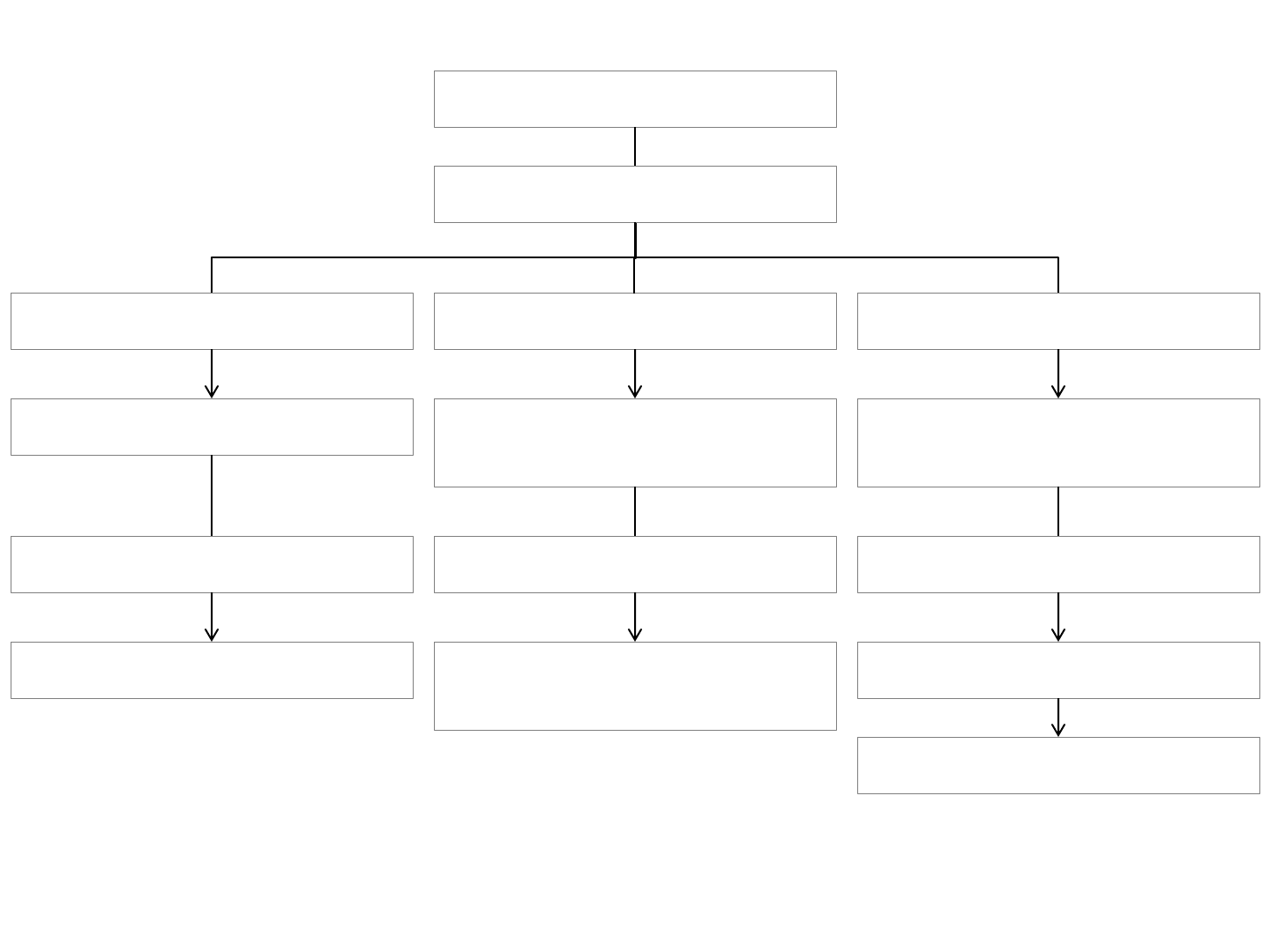
Sri Rama Gita
62 Verses – 6 Topics
Verse 1 – 5
Upaothgatha
Verse 6 – 10
Vedanta Sara
Verse 11 – 23
Samuchaya Vada
Khandanam
Verse 24 – 51
Vedanta Vichara main part of
text
Verse 52 – 57
Jnana Phalam benefit of
knowledge
Verse 58 – 62
Upasamhara
Conclusion
4

Topic 1 :
Verse 1 – 5 – Introduction :
• Rama Gita condenses Vedantic teaching in the form of a dialogue between Sri Rama
and Lakshmana.
• Unlike Bhagavat Gita and Uddava Gita, Rama Gita requires background of Upanishads
to understand the text.
Context presented :
• Lakshmana meets Rama alone after leaving Sita in forest because of loose talk from
washerman.
• How to solve problem of innocent Sita suffering because of no mistake of hers.
• Only when there is suffering in life one asks questions about God, World and life.
• Why are we born? Suffer?
• This personal experience triggers enquiry leading to search for Jnanam.
• Arjuna’s separation from Bheeshma and Drona triggered his search for spiritual
Knowledge in the battle field of Mahabharatha.
• Lakshmana’s separation from Sita triggers questions in Lakshman’s Mind.
• Lakshmana had a great Reverence for Sita.
• Rama could withstand situation because of unique strength born of spiritual
Knowledge.
• Lakshmana Ajnani approaches Jnani Sri Rama and asks for Samsara Nivritti.
5

Indirect Lesson :
• Person fit for Vedanta only when he has understood problem of Samsara.
• Problem lies with me, solution also in me.
• Don’t blame God, fate.
• Fate born out of my own freewill.
1
st
Stage :
• Diagnose problem as myself.
2
nd
Stage :
• I can’t give solution myself.
• 2
nd
Stage : To realise, discover, I am helpless.
3
rd
Stage :
• Guru Saranagathi.
• 3 Stages indicated by Lakshmana mentioned in Verses 1 – 5.
6

2
nd
Topic : Verses 6 – 10
• Sri Rama presents Bava Roga Vaidya.
Problem :
a) Self ignorance :
• Ignorance of fact I can never be affected by anything that happens in the World.
• Space can’t be affected by any event.
• I – space like Atma can never be affected.
• This fact I don’t know.
• Ignorance creates next problem.
b) I mistake myself to be Body, Mind, sense complex.
Agyanam Ignorance
Leads to mistake called
Adhyasa
• Once I identify with Body, Mind, Complex, it leads to Ahamkara.
• Mistaken ‘I’ is called Ahamkara.
7
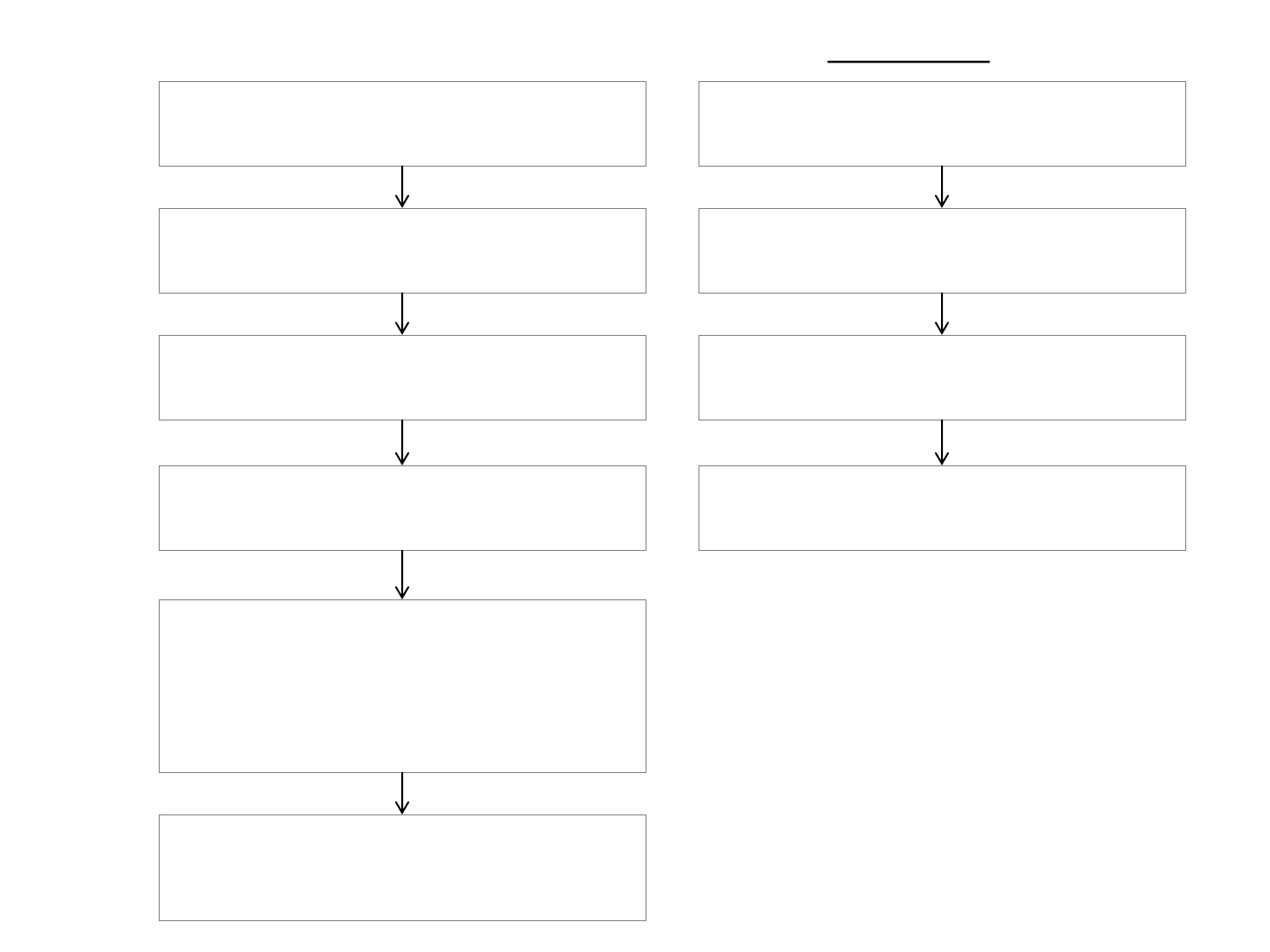
Agyanam
I am Consciousness unaffected by
world
Adhyasa Superimposition
Ahamkara
Identify with body, mind, sense
complex
Struggles to satisfy itself called
Kamaha
Eternally deficient, physically,
mentally, intellectually not satisfied
- Want things, beings, situations
for myself and family.
- Karta and Karma.
- Doer, enjoyer
Rebirth Unfulfilled – Mountains of
desires.
(I)
(II)
(III)
(IV)
(V)
8
Spiritual Fall
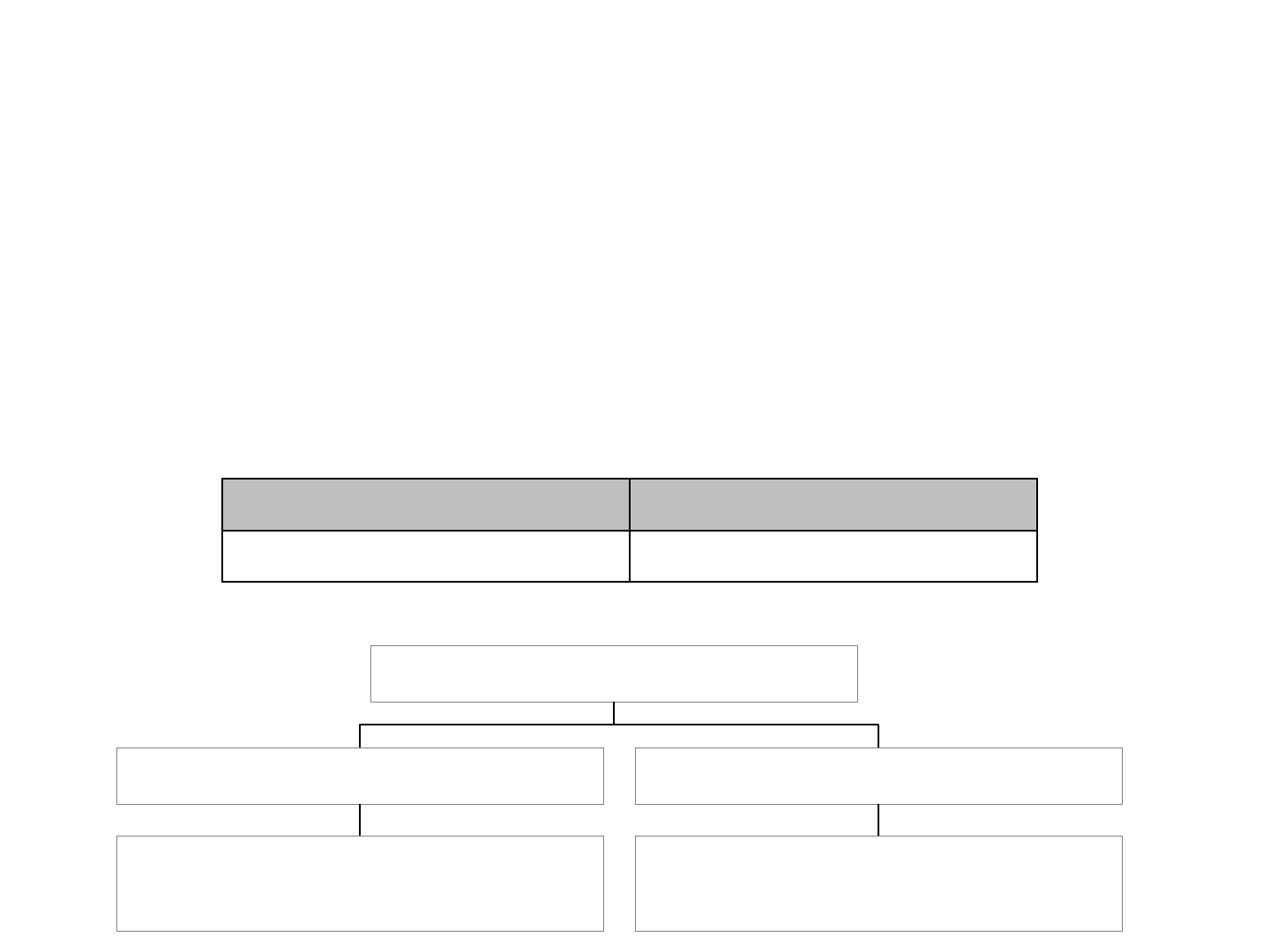
• Have strong will to write impressive will = Kama.
• I original Consciousness, Asanga get helplessly caught in Birth, Death cycle.
• I can’t even decide what type of Body I should have.
• Dr. says sugar, pressure due to Genetics.
• I am helplessly in Samsara Chakram.
• Agyana, Adhyasa, Ahamkara, Kama, Karta, Karma, Phalam – Bokta, Janma, Marana
eternal cycle.
• What is Remedy?
• Fundamental Root = Attack Agyanam, then Adhyasa, Kama, Karma, steps.
Diagnosis :
Problem Solution
Agyanam Jnanam
• How can I arrive at Jnanam?
2 Stages of Sadhanas for entire life
(II) Jnana Yoga(I) Karma Yoga
- Jnana Prapti
- Moksha Prapti
- Gives Jnana Yogyata, eligibility,
preparation, qualification.
9

• Whole Chakram brought down by Jnanam.
I) Karma Yoga :
Definition :
• Varna Ashrama Dharma Anushtanam.
• Based on one’s designation, do Duty.
• Family – Father, brother, son.
• Society – Yoga Teacher.
• Company – Finance Manager.
• Performance of Duty conscientiously 1
st
component of Karma Yoga.
2
nd
Component :
• Perform with cheerful, prayerful attitude, not grumbling, not my fate, as offering to
the Lord.
• Ishvara Bavana Arpanaya, Svadharma Anushtanam – Gita Chapter 3.
II) Jnana Yoga :
• Complete Scriptural study under Guru and be free.
• This is road map – Verse 6 – 10 ( 5 Verses).
10

3
rd
Topic : Verse 11 – 22
• Technical Topic – incidental Topic – can be removed, flow will still continue.
• What is the purpose of this Topic?
• Both Karma Yoga and Jnana Yoga required for everyone.
• Karma Yoga can’t give Jnanam, Jnanam can’t give Yogyata.
• No choice, both compulsory.
• Don’t ask which path you follow – Karma Yoga / Jnana Yoga?
Question : Are these 2 Yogas to be followed
a) Simultaneously in combination – Samuchayavada (and save time).
b) In Krama Samuchaya :
One after another.
Sri Rama’s Answer :
• Can’t follow simultaneously. Why?
a) Totally Different Nature
Karma Yoga Jnana Yoga
- Invokes Kartrutvam, ego.
- Nourishes ego, Karta.
- Invokes Varna, Ashrama, Gothram.
- Destroys ego.
- Ashabdam, Agothram.
11

• Diagonally opposite, can’t be combined.
• Discussed elaborately in Sarva Vedanta Siddanta Sara Sangraha Verse 84 – 98 (15
verses).
• First follow Karma Pradhana life style, do duty, get exposed to Vedanta.
• Next Jnana Pradhana life style, No duty, only Sravanam, Mananam, Nididhyasanam.
• When choice given, take up either Karma or Jnanam.
• Don’t give equal importance at one time.
• Nishta – means one given priority, Pradhanam.
• First Karma Yoga Nishta, later Jnana Yoga Nishta.
• Follow Krama Samuchhaya.
4
th
Topic :
Vedanta Vichara : Verses 24 – 51
• Mahavakya Sravanam, Mananam, Nididhyasanam.
• Indepth study of “Tat Tvam Asi”.
• 3 Stages :
o Sravanam – study under Guru.
o Mananam – Independent study, reflection and Analysis.
o Nididhyasanam – Internalisation.
12

Tat Tvam Asi - Analysis
Secondary MeaningPrimary Meaning
- Original Consciousness.
- Equation only here.
- Original Consciousness
called Sakshi Chaitanyam.
- Attributeless entity.
- Nirgunam Nishkalam,
Nirakaram, Niranjanam.
- Ashabdam
Tvam Tat
- Total Ishvara
- 3 Prapanchas
- Reflected Consciousness
- Big, Sarvagya, Sarva
Shaktiman.
- Individual
- 3 Sharirams
- Reflected Consciousness
- Small, Alpagya, Alpa
Shaktiman.
- Differentiation factors, negate
clearly.
- Reflected Consciousness called
Ahamkara.
- Attributed entity.
13
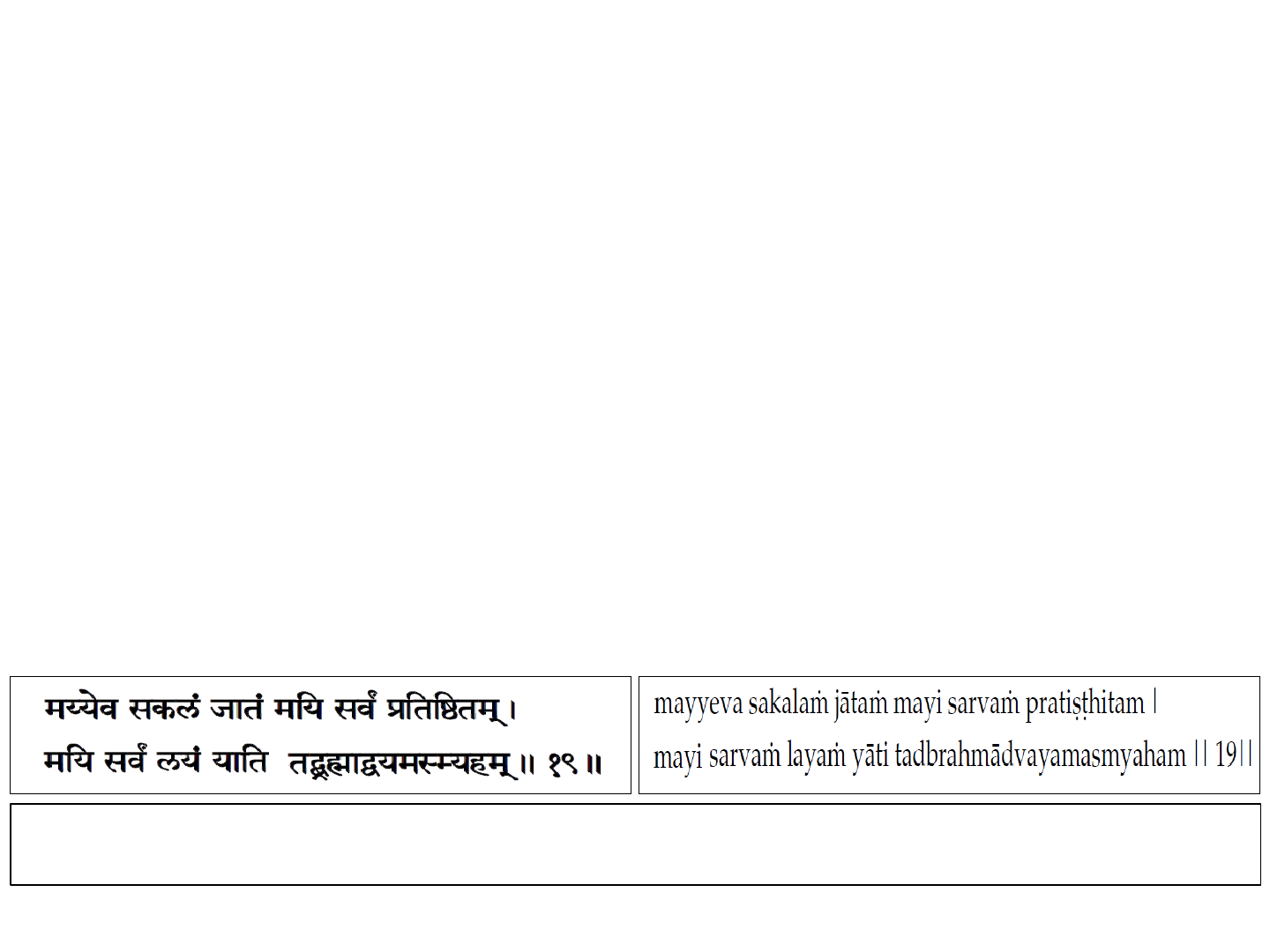
• This method called Bhaga Tyaga Lakshana.
• Arrive at my Real Nature.
• Jivatma and Paramatma loose their adjectives.
• What remains is neither Jivatma or Paramatma, neither Alpashaktiman or
Sarvashaktiman, neither Karanam or Karyam, neither Creator or Created.
• One Akhanda Chaitanyam exists.
• By systematic study, and reflection, become convinced.
• Removal all old habits of looking at myself as a slave of circumstances, fate, inferiority
complex.
• All must go away by dwelling more and more on this teaching.
• Practice saying regularly “Aham Brahma Asmi”, Adhistanam of entire Universe, World
can’t affect me, touch me, I am not helpless.
• Aham Ishvara Asmi, Mei Eva Sakalam Jatam..
Kaivalya Upanishad :
In me alone everything is born ; in me alone does everything exist and in me alone gets everything
dissolved. I am That non-dual Brahman. [Verse 19]
14

• In Sri Rama Gita Sravanam and Nididhyasanam highlighted.
• Nididhyasanam is of several types, repeated hearing, writing, reading, talking,
teaching, or formal Samadhi.
• Abhyasa by following Ashtanga Yoga technique.
• Mandukya Upanishad based Samadhi Abhyasa where sound symbol ‘Omkara’ is used.
• Sound Om is symbol of entire creation, represents the entire Universe made of
Waking, Dream, Sleep states.
• Following silence represents Pure Consciousness, Adhishtanam.
• Chant Om – come to silence, see the Pure Consciousness as silence.
Principle
- Similarly universe rises from
Consciousness and resolves
into Consciousness.
- Omkara sound rises from
silence, resolves into
silence.
• Silence Consciousness, I am.
• This is Omkara based Samadhi Abhyasa, main part of Teaching from Verse 24 – 51.
• Mahavakya Sravanam, Mananam, Nididhyasanam or Vedanta Vichara.
15

5
th
Topic : Jnana Phalam
Benefit of Aham Brahma Asmi Jnanam
Videha MuktiJeevan Mukti
- Freedom from Punar Janma after
death.
- Maranath Anantaram Punar Janma
Nivritti.
- Freedom from Samsara while living.
- Maranath Purvam Samsara Nivritti.
- Freedom from emotional
disturbances even when external
conditions are not favourable.
- Freedom from mental disturbances -
Anxiety, guilt, regret, worry,
irritation, Jealousy, depression,
emotional pains.
- Freedom from that inspite of
unfavourable surrounding is Jeevan
Mukti.
- Mental peace because of favourable
surrounding is Samsara because
dependence.
16

• Jnanis Prarabda mixture of Punya Papam incurred in Ajnana Avastha.
• World can’t be changed.
• Change not in World or setup but in our responses due to Atma Jnanam.
• At end of Prarabda, Agami avoided, Sanchita burnt, Prarabda exhausted.
• No Punya Papam balance – Jnani need not be separated from Ishvara.
• Merger at level of Shariram and Reflected Consciousness.
• Ego Iceberg has melted into dream of Paramatma due to sunlight of Atma Jnanam
which is Videha Mukti.
6
th
Topic :
Upasamhara : Verse 58 – 62
a) Sri Rama consoles Madhyama Adhikari who find Reflected Consciousness / Original
Consciousness / Baga Tyaga Lakshana going above their heads.
o Practice Saguna Upasana Bhakti, Pray to Lord :
Oh Lord Prepare my Mind to comprehend Rama Gita.
o Keep Sadhana going.
b) If Uttama Adhikari like Lakshmana and You, Sri Rama promises Knowledge will give
Jeevan Mukti and Videha Mukti.
o Consoling Madhyama Adhikari and admiring Uttama Adhikari, Sri Rama
concludes his teaching to Lakshmana who got liberated.
17

Introduction
• Adhyatma Ramayana – By Vyasa or Ramananda Acharya.
• 1000 Verses.
• Ramayana from Philosophical Angle.
• Normal Ramayana by Valmiki – (13 – 16
th
century).
• To teach Dharmic, noble lifestyle (No Vedanta).
• Tulsidas followed Adhyatma Ramayana.
• Rama Gita : 62 Verses.
• Shiva – Parvati – Uma – Maheshwara Samvada – found in Uttara Khanda – 2
nd
Portion
– 5
th
section of Adhyatma Ramayana of Veda Vyasa.
• Lord Shiva presents Rama – Lakshmana (Brother/Disciple) Samvada = Rama Gita.
• Essence of Vedanta, Mahavakya Vichara.
• Chinmaya : Postgraduate Book.
18

ADVAITA MAKARANDA
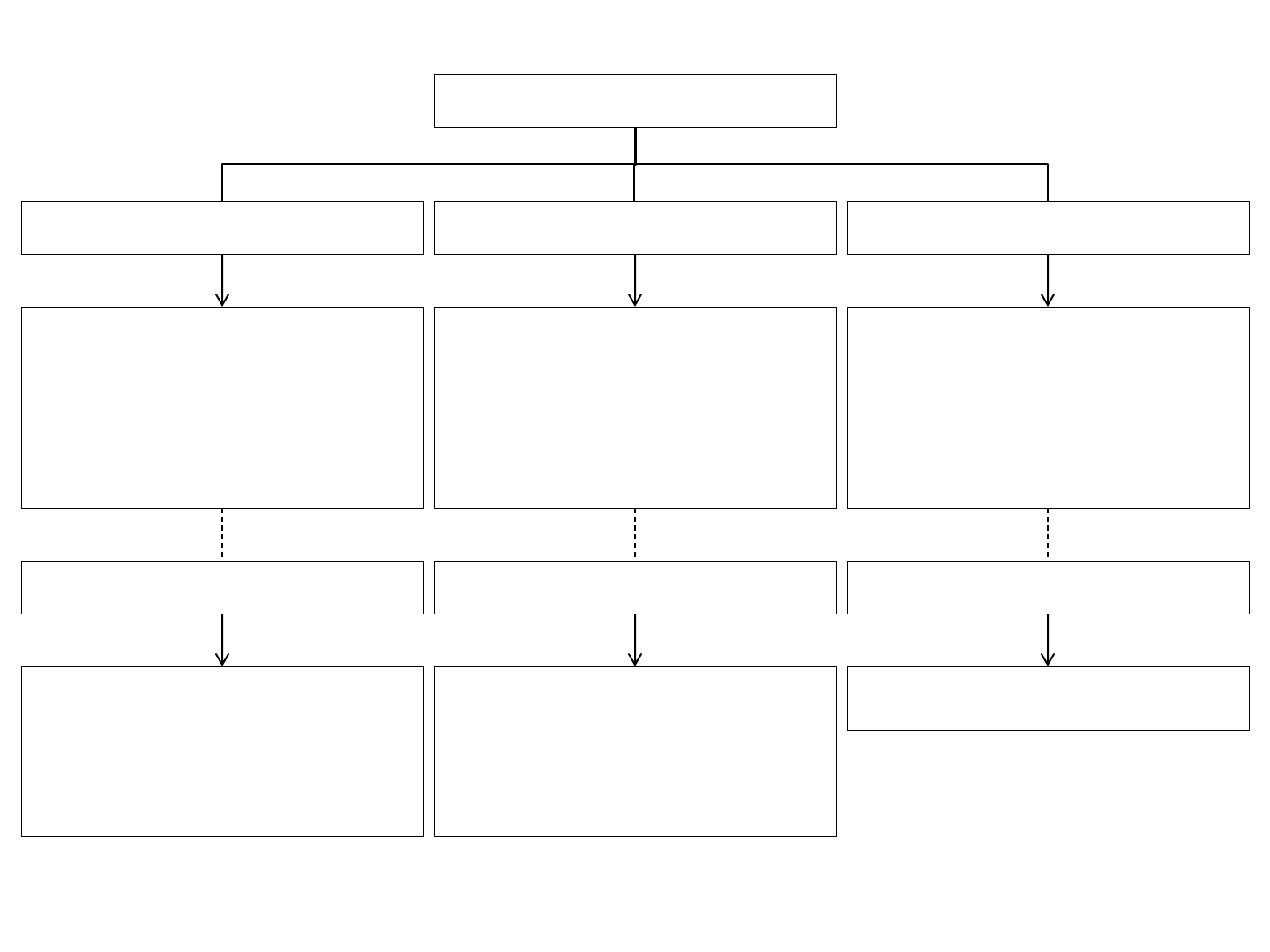
Summary
Verse 1
- Invocation
- Prayer to Krishna
- Mangala Sloka to
surrender “Ego”.
Verse 2 – 7
- Central teaching.
- Pratingya Vakyam.
- Proposition
Verse 8 – 17
- Condition for Aikyam
- Without condition
Aikyam can’t be grasped
or assimilated.
Verse 18 – 19
- Jagan Mithyatvam.
- Corollary of Aikyam
- Derived teaching.
Verse 20 – 27
- Nigamana Vakyam.
- Conclusion.
- Summary of his own
teaching given in
verse 2 – 7.
Verse 28
- Glory of Text.
19
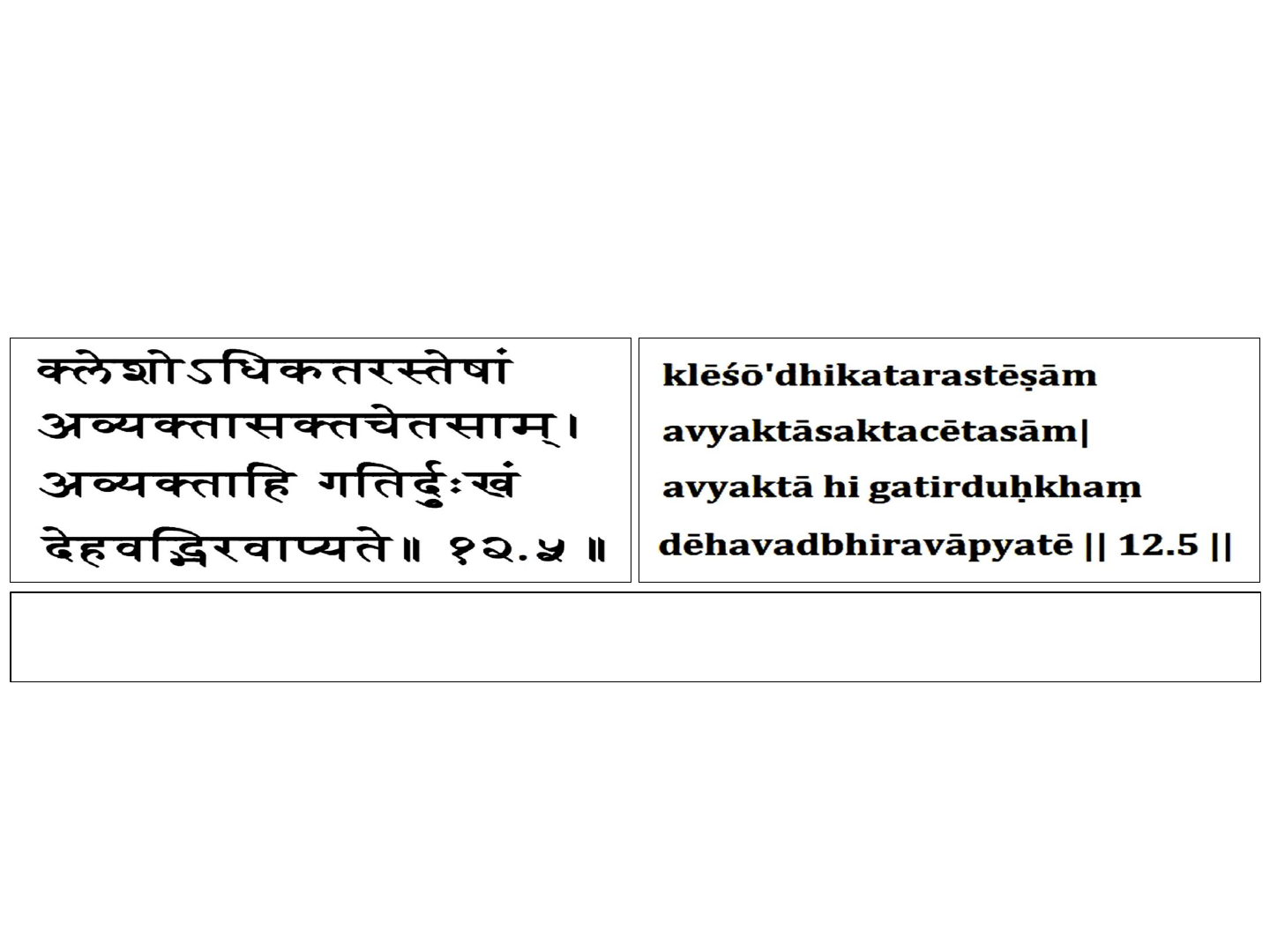
Verse 8 – 17 :
Condition :
• Deha Abimana Tyaga → Basic condition.
• Without dropping Body, individuality identification, ego identification, relative I –
identification.
• As long as you love ego, Vedanta will not work for you.
Gita :
Greater is their trouble whose minds are set on the unmanifest; for the goal, the unmanifest, is
very hard for the embodied to reach. [Chapter 12 – Verse 5]
• For embodied, egocentric, Goal of unmanifest – difficult to reach.
• Through Body, family Abhimana comes.
• As long as Aham and Mamakara is there, Vedanta will not work.
• For Homeopathy to wok, can’t take coffee.
• Condition for Atma Jnanam, Pancha Kosha Viveka.
20
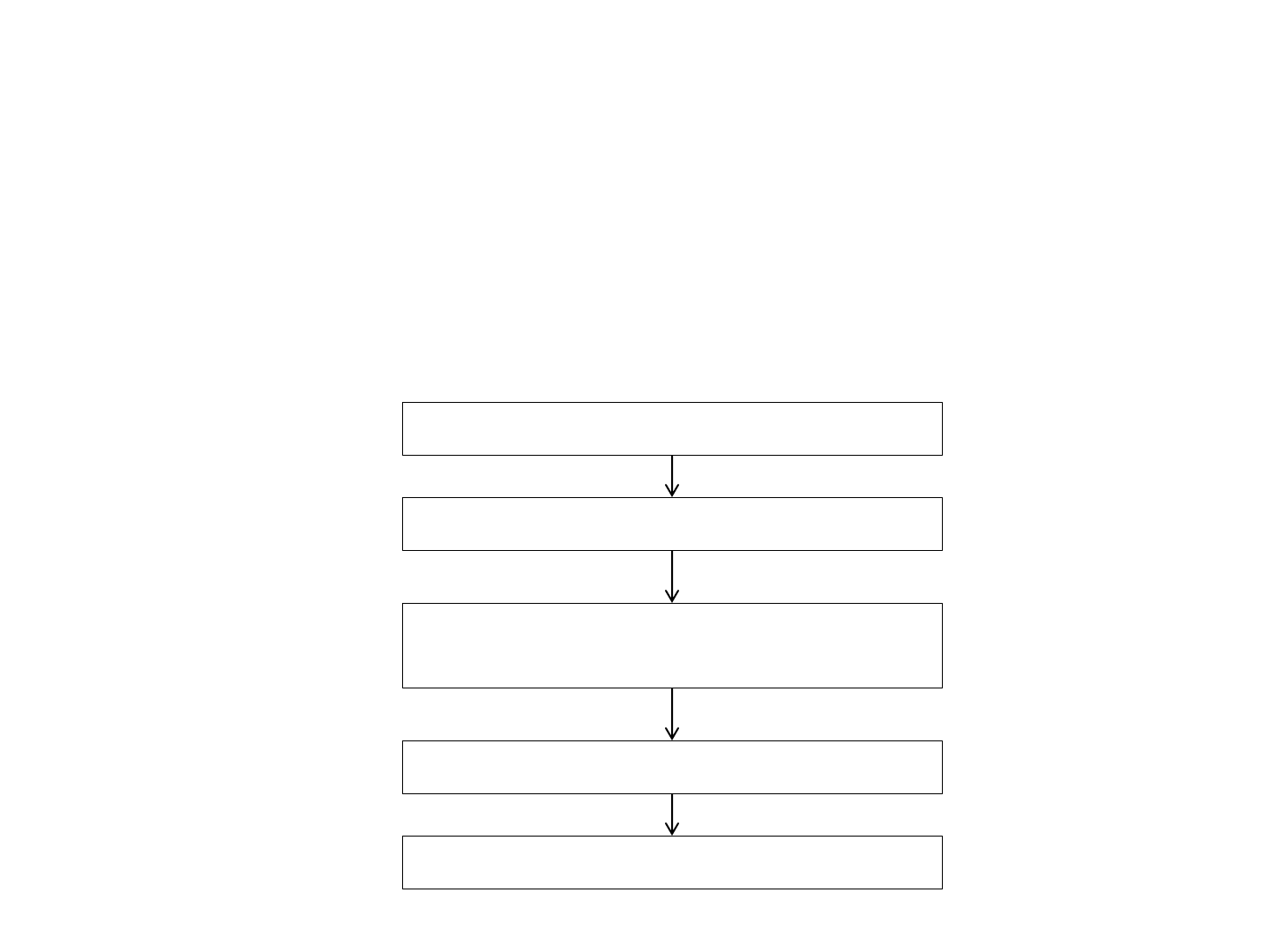
Introduction
1. Advaita Makaranda is an advanced Manana Prakarana Grantha text composed in the 15
th
century by Lakshmidharakawi.
2. Consists of 28 verses and establishes oneness of Jivatma and Paramatma.
3. Makaranda is the honey which drips from these verses on Advaita philosophy.
4. What is the fundamental truth of Vedanta?
• Lasting peace, enduring peace is possible only by Attainment of Moksha.
• Nitya Sukha Ichha only by Moksha Ichha.
Moksha Ichha
Atma Jnana Ichha (Self Knowledge)
Shastra Pramana Ichha
(Desire for Appropriate Instrument)
Shastra Vichara Ichha
Upanishad Ichha (Means)
21
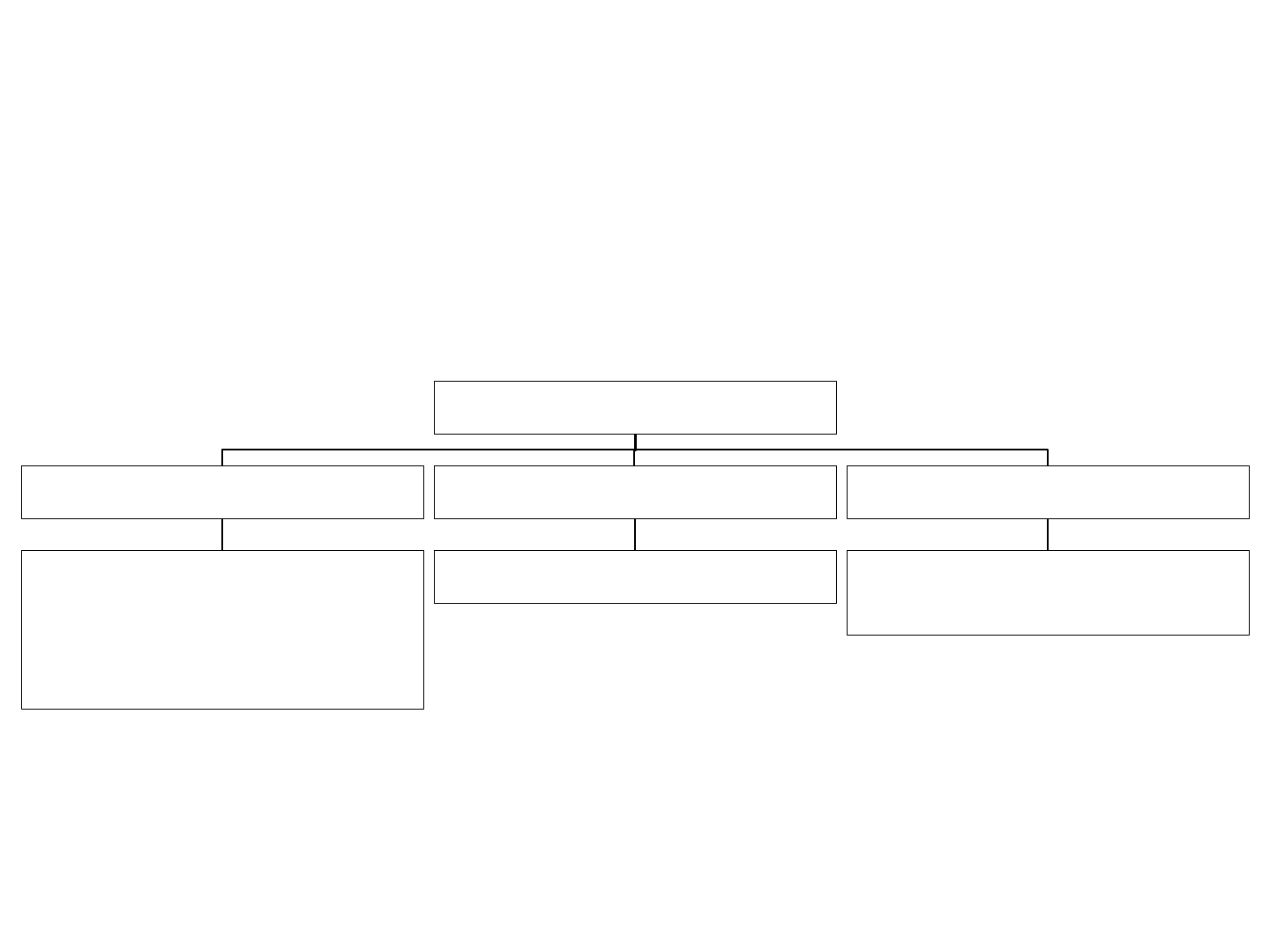
5. Sense organs and Mind are instruments to know the external Universe, Objective Universe,
not Subject “I”, observer “I”.
• Vedanta Shastra is the only tool available revealing the subject “I”.
• Every student must discover these stages, otherwise decades in Vedanta becomes a
purposeless time pass.
6. Brihadaranyaka Upanishad : Meitreyi Brahmana
• Yajnavalkya to wife Meitreyi says :
Shastra Vichara – 3 Discipline
Mantavyaha
- Reflection to clear doubt
Nididhyasitavyaha
- Internalisation,
assimilation.
Srotavyaha
- Sravanam :
I am the only source of
lasting peace.
- Aham Brahma Asmi.
7. How does peace Manifest in the Mind ?
• Peace from World comes now and then by completing a house, education, job,
earning money, settling children etc.
22
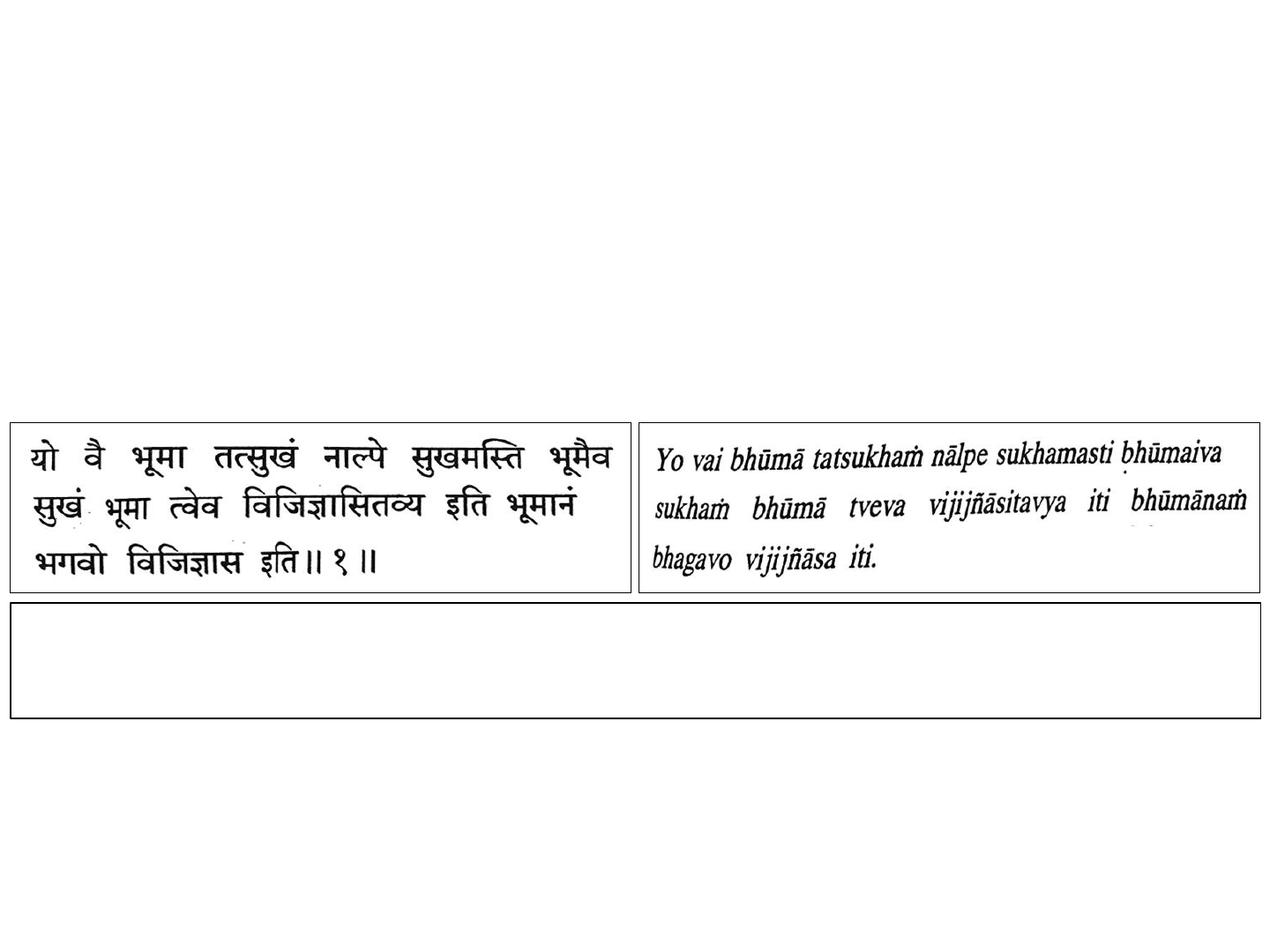
• A particular event brings a calm mind in which my own subjective peace and
happiness is reflected in the Mind instrument.
• When you bring a Mirror, Mirror does not produce an image but provides a medium, a
surface for manifesting my original face.
• Only Arriving peace comes and goes away.
• Original peace always there called Aham Brahma Asmi discovery.
• Brahman is permanent source of Peace or Poornatvam.
Chandogyo Upanshad : Sanatkumara to Narada
Sanatkumara said : “That which is infinite is the source of happiness. There is no happiness in the finite.
Happiness is only in the infinite. But one must try to understand what the infinite is.” Narada replied, “Sir, I
want to clearly understand the infinite”. [7 – 23 – 1]
• Peace presupposes limitlessness.
• Objects, events, persons in the world are finite, limited by time and space and
attributes.
• It is delusion to think that they bring peace.
23

• 4 Qualifications required for this knowledge are Discrimination, Dispassion, Discipline,
Desire.
• Cognitively, intellectually, understand Aham Brahma Asmi.
• There is no benefit from Jnanam even if there is 1% doubt.
(Example: Wire is live or not – 1% doubt, no use)
8. Vedantic Knowledge :
• Brahma Satyam, Jagan Mithya, Jivo Brahmaiva Na Paraha.
• 3 Components :
a) Attributeless, Invisible, Unmanifest Brahman is the ultimate Reality, truth of the
Universe.
b) Visible, Tangible World is not absolutely Real, Mithya.
o Sankhya, Nyaya, Veiseshika, Buddhism, Purva Mimamsa, Visishta Advaitin,
Dvaitin, none accept this.
o Waking Universe like Dream.
c) That Paramatma, infinite is I – Aham Brahma Asmi.
o 3 revolutionary teachings.
• Convertion process of knowledge into conviction is called Mananam, comes after
Sravanam.
24

9.
Prakarana Granthas
Basic Treatises
Mananam
- Naishkarmya Siddhi.
- Establishes, defends
Advaitam-Aham Brahma
Asmi.
- Advaita Makaranda.
- Reinforcement for
intellectual obstacles.
Nididhyasanam
- Srutisara
Samuddharanam.
- Drk Drishya Viveka.
- Crystalisation of
Knowledge.
Sravanam
- Tattva Bodha
- Atma Bodha
- Rama Gita
- Vivekchoodamani
- Panchadasi
- Sarva Vedanta Siddanta
Sanga Sangraha.
• Every Sloka gives reason and conclusion, therefore I am Brahman.
• You should ask at the end of class :
How can I not be Brahman?
10. Advaita Makaranda is a 26 flowered Bouquet giving honey of Vedantic Jnanam – sweet and
energizing for the Mind.
25
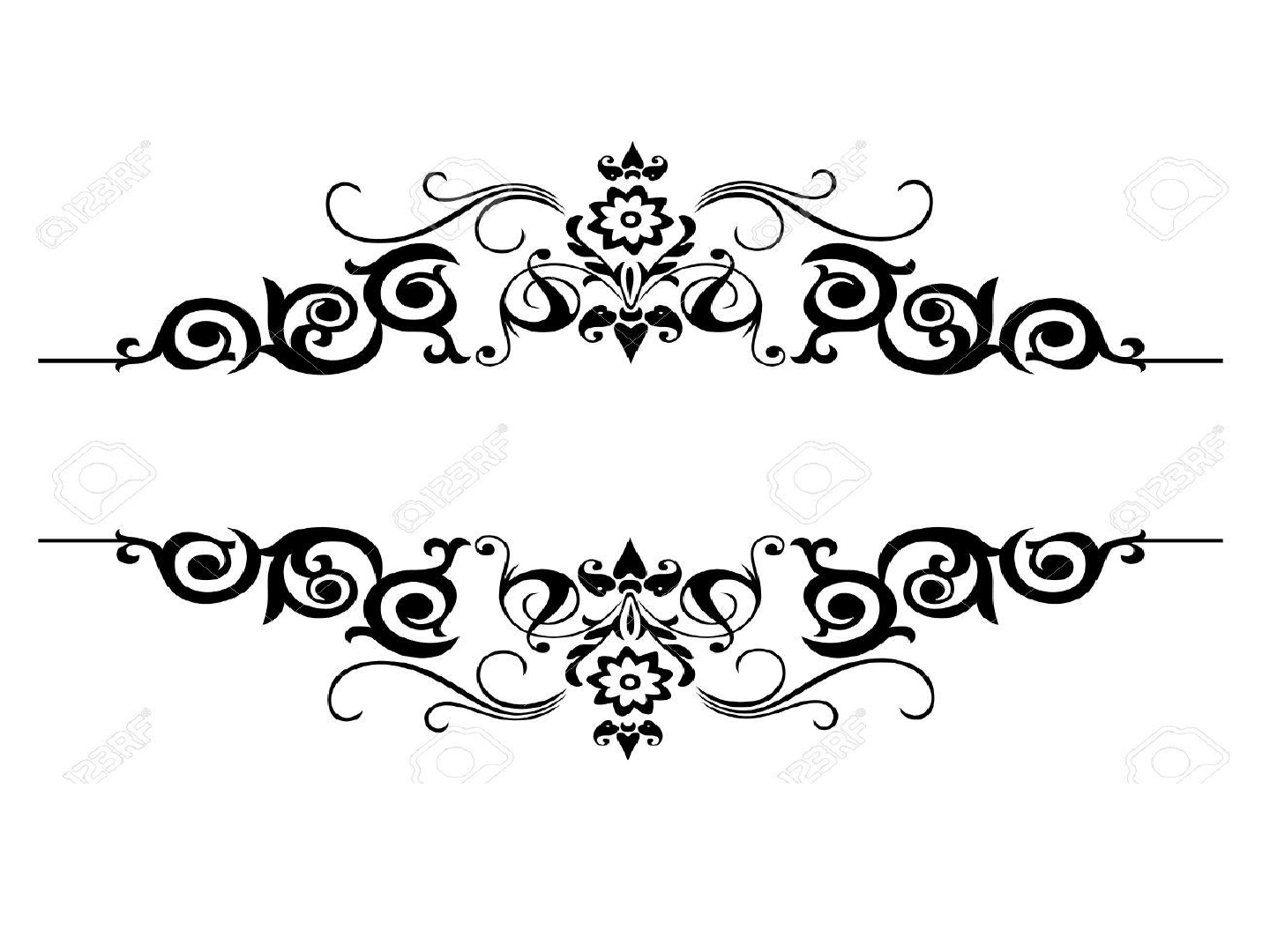
BAJA GOVINDAM

Introduction
a) Unique feature of human being which differentiates him from Animal is faculty of free will,
choice.
Animals Human beings
- Life instinctive, programmed.
- No Goal.
- Eat, propagate, live, die.
- No plans for Ooty dog show.
- Have freewill choice.
- Have goal.
- If we argue that its all destiny,
no freewill, its your destiny not
to accept freewill.
b)
Human being - Destined to
Not accept free will
Like Animal
Accept freewill
Exercise Freewill
Definition of Human being :
• One who accepts and exercises free will and choice.
• Scriptures addressing those who accept free will to decide their future.
26
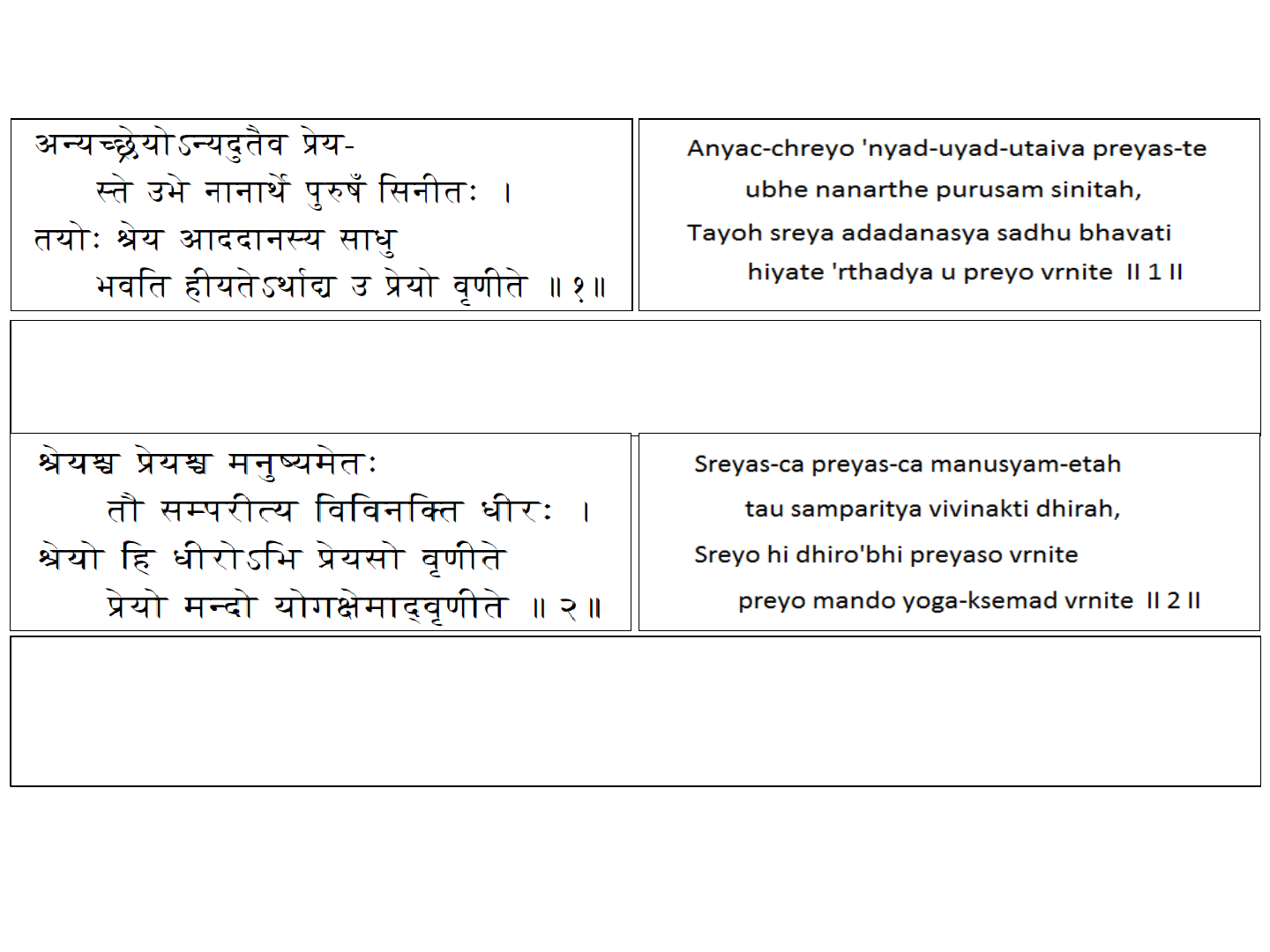
c) If you accept free will, scriptures available.
Katho Upanishad :
Yama said : “One is good, while another indeed is pleasant. These two having different objectives chain
(bind) a man. Blessed is he who, between these two, chooses the good alone, but he who chooses what is
pleasant, loses the true end (goal).” [I – II – 1]
Both the good and the pleasant approach the moral man ; the wise man examines them thoroughly and
discriminates between the two ; the wise man prefers the good to the pleasant, but the ignorant man
chooses the pleasant for the sake of this body through avarice and attachment (for getting and keeping).
[I – II – 2]
• Bhaja Govindam based on above 2 Verses.
27

d)
Human Goals
Finite Goal
- Dharma, Artha, Kama.
- Many in number.
- Preyaha.
- Money, status, position, name,
fame, victory in sports, politics,
relationships.
- Limited by time and space.
Infinite Goal
- Moksha
- Only one
- Sreyaha.
- Limitless, eternal, immortal,
complete one.
- Bagawan / Ishvara / Brahman /
Moksha.
We can choose
Infinite God
- Sreyaha
- Intelligent seeker
- Vivekinaha
- Use discrimination properly.
- Mumukshu Chooses god as
destination.
Finite world
- Preyaha
- Mandah, Avivekinaha, Moodah.
27
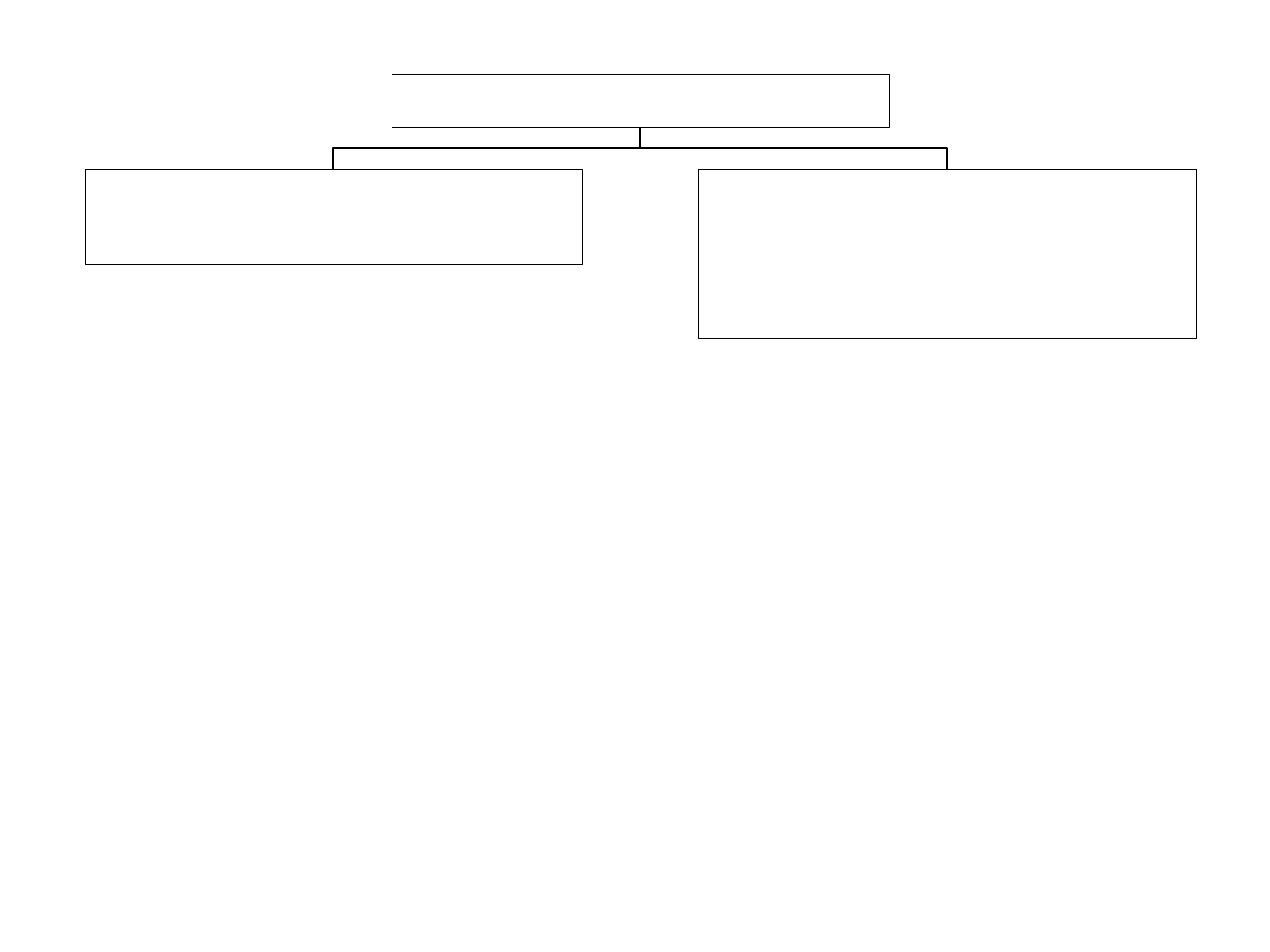
• Shastra wants to convert one from Moodah to Viveki.
Religion
- Use god as destination, infinite
goal.
- Spiritual person.
- Most intelligent
- Use god as means for finite goal.
- Religious person
Atheist :
• Does not accept God at all.
• Religious and Atheist will face problems in life, called Samsara.
• Shankara Teaching 2 Katho Upanishad Mantras in Bhaja Govindam.
Aim :
• To convert every human into Mumukshu, choose infinite, make life meaningful,
purposeful.
• Other than God, anything you choose will be Samsara.
Hey Moodamati :
• Whose intellect is deluded, confused.
• 30 Verses is conversion program based on Katho Upanishad for problems faced by
Human being who have made a wrong choice.
29

Aim :
• Not to give gloomy picture of life.
• Attempt to change our heart, change mind, direction of life.
• Convert Atheist and religious into Mumukshu.
• Only when person is Mumukshu, chooser of God, infinite, then Vedanta becomes
relevant.
• Otherwise, Gita, Upanishads irrelevant.
• First become Mumukshu, make Vedanta, scriptures relevant.
• Use Vedanta, discover infinite God, here and now, make life a purposeful, successful
and happy one.
• If I make the right choice, world is a garden (Lalbagh), if wrong choice, world is hell.
• Choice is yours.
Moha Mudgaraha :
• Moha means Confusion, delusion, indiscrimination.
• Mudagara – Hammer to change life’s direction.
• Majority don’t say Moksha is my destination in life.
30
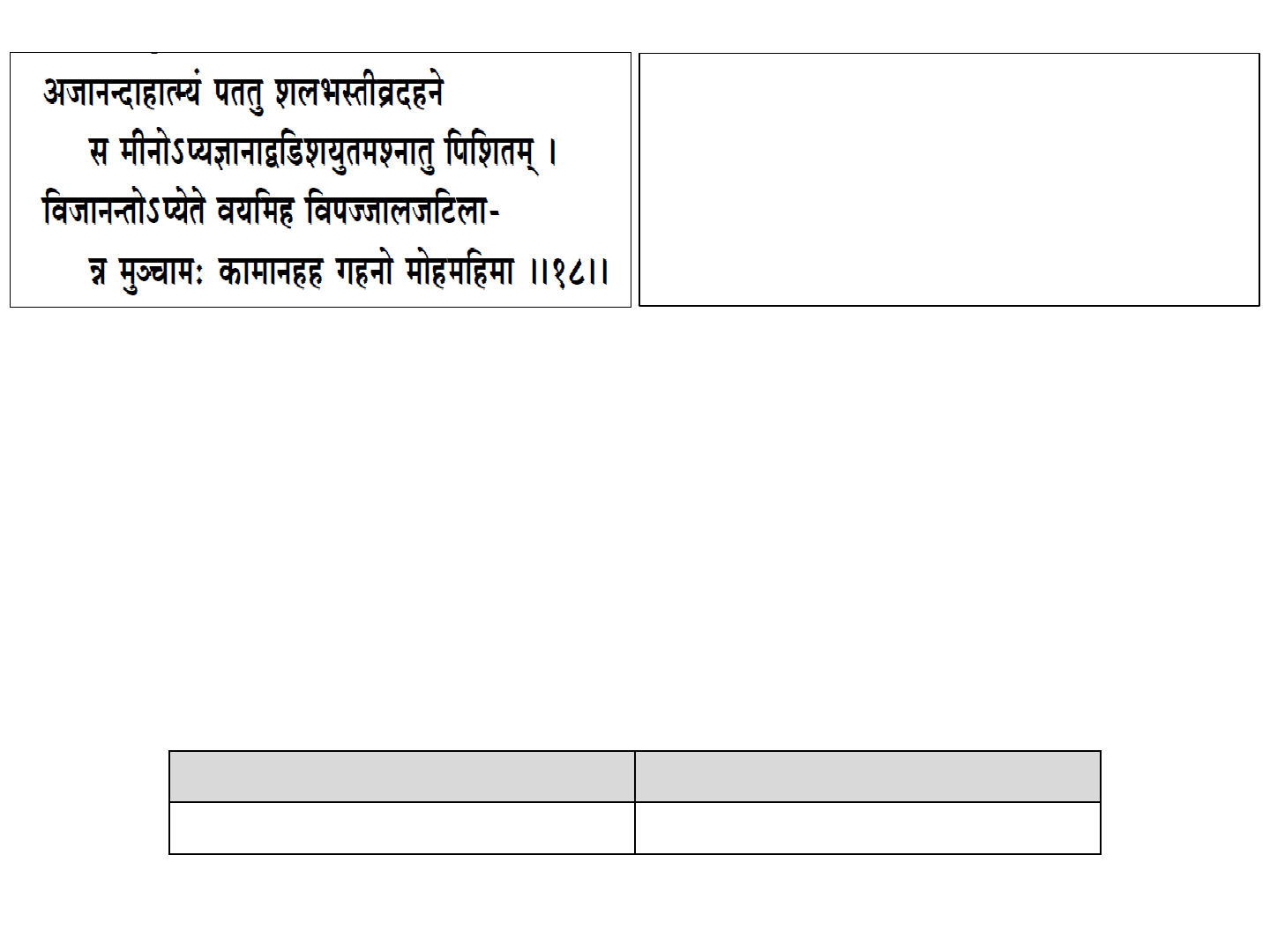
Vairagya Shatakam – By Bartuhari :
• Moth not knowing burning power of fire moves around and falls into fire.
• Fish bites but hooked by person, doesn’t understand it’s a trap.
• Human being has intellect and can know finite thing, person, can’t give infinite, lasting
peace, security, happiness, fulfilment but still is attached to the world and not God.
• Perishable objects, people can’t give me lasting peace, security, happiness.
• Holds to finite and leaves him high and dry.
Problem :
• Our intelligence covered by thick delusion.
• Bhaja Govindam called Moha Mudakara, delusion hitting hammer.
Without knowing its burning power the insect
jumps into the glowing fire; the fish through
ignorance eats the bait attached to the hook;
whereas we, even though having full discernment,
do not renounce the sensual desires, complicated
as they are with manifold dangers. Alas, how
inscrutable is the power of delusion! [Verse 18]
Baja Govinda
Seek, Choose God, infinite, eternal
• Choose God and discover lasting peace, security, happiness and make your life a
Success.
31
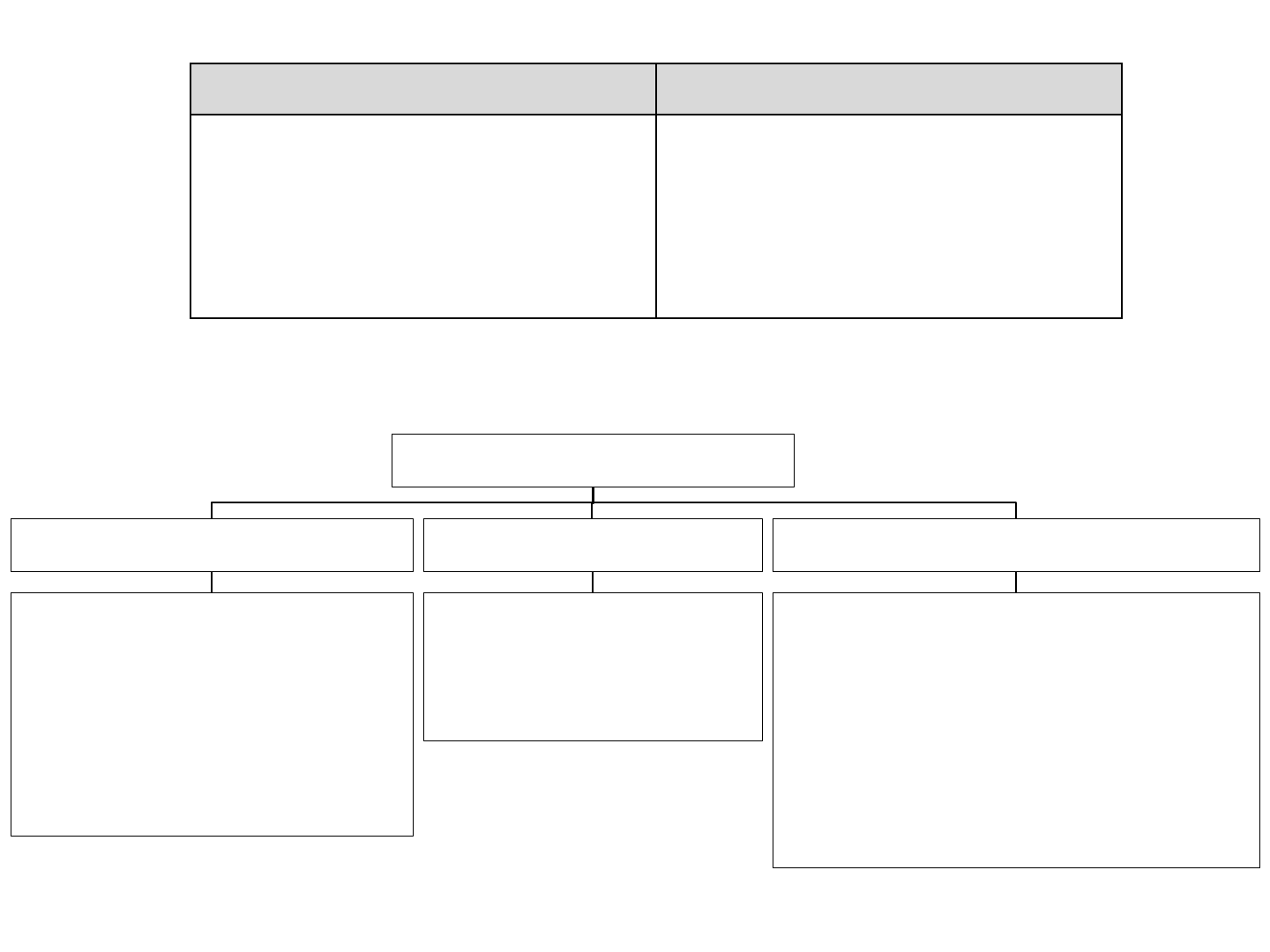
• 1
st
Correction required is w.r.t. Goal which gives lasting benefit.
Drop / Reject Choose
- World as goal (objects,
people, relationships).
- Finite should be means for
reaching god.
- God as goal, infinite as goal.
(Ishvara, Brahman, Moksha,
Sreyas all are synonims).
- One point program of Baja
Govindam.
• Reversal of means and ends is conversion program of Bhaja Govindam.
• Materialist into Spiritual, use finite to get infinite.
e)
3 Levels of Mumukshutvam
Mandah
- Dull seeker
- Luke warm spiritual urge.
- Casual
- Accepts god as goal but
last item in desire list.
- Not discovered benefit.
Madhyama
- Intermediary seeker.
- Mind changes after
kicks in life.
Teevra
- Serious, committed seeker.
- After Jnanam god becomes only
one in the list.
- Other desires eaten by one
desire.
- Becomes passion, obsession.
- Wimbledon, chess, Olympic.
• All 3 get benefit of study of Gita, Upanishad but Teevra Mumukshu gets maximum
benefit, makes deep impact.
32

f) Shankara meets 87 year Grammar scholar on the banks of Ganga in Kashi.
• He was doing Dhatu Patha, verbal Root.
• Dukrin Karne.
• Kru – Root – Doing Action.
Kru :
• Karoti, Kurutaha, Kurvanti, Karoshi, Kuravantaha.
Verbs differ according to
Person
- 1
st
→ 3
rd
, 2
nd
- 2
nd
→ 3
rd
, 1
st
- 3
rd
→ 3
rd
, 2
nd
Tense
- Present
- Past :
Todays past (9),
yesterdays past (9),
Remote past (9)
- Future :
Immediate future (9),
Later future (9)
Number
- Singular
- Dual
- Plural
• To master Sanskrit Grammar will take few Janmas.
• Shankara asks old man to replace Dhukrin Karne by Nama Japa.
• Be clear about priorities in life.
33
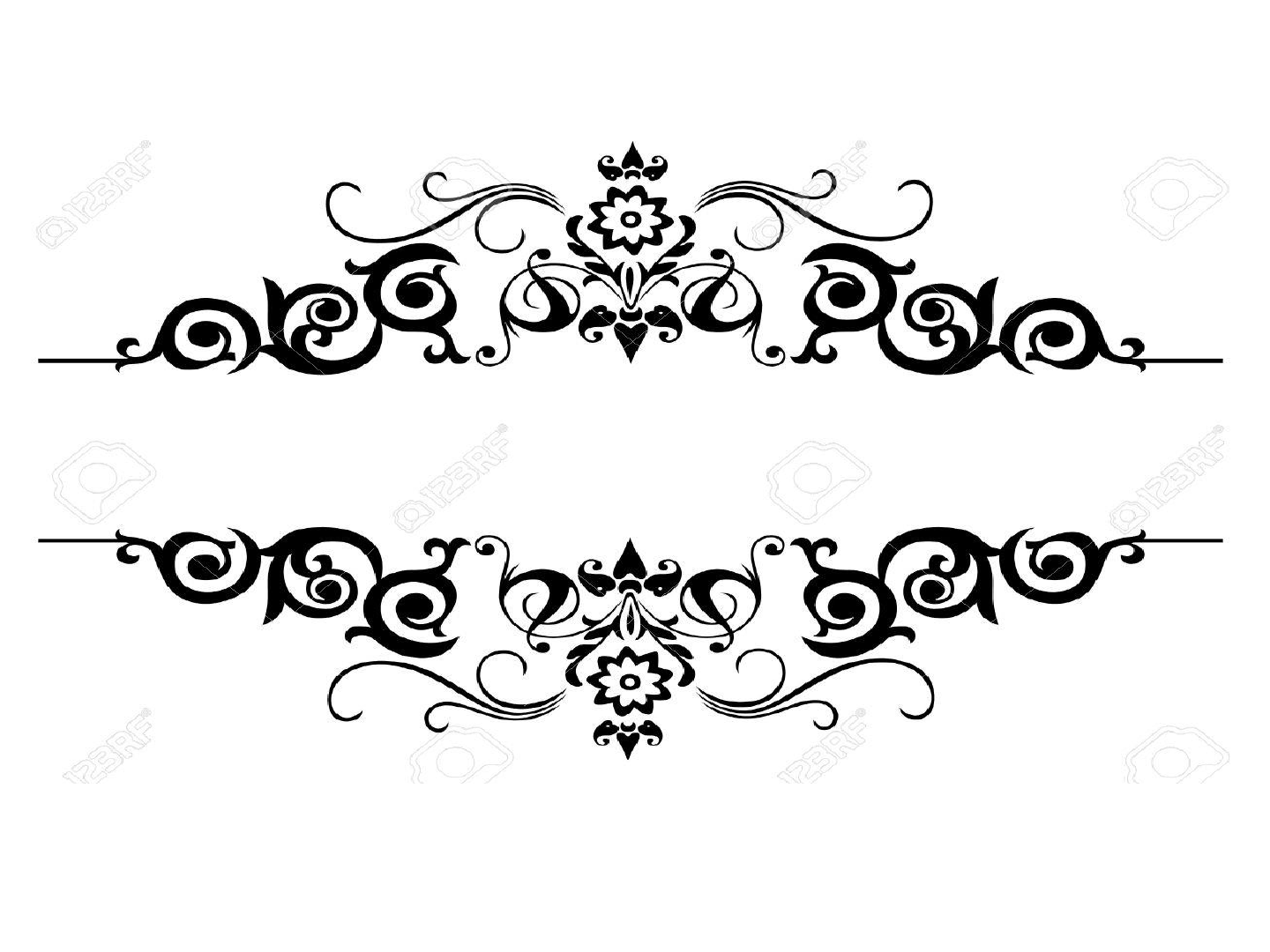
ATMA BODHA
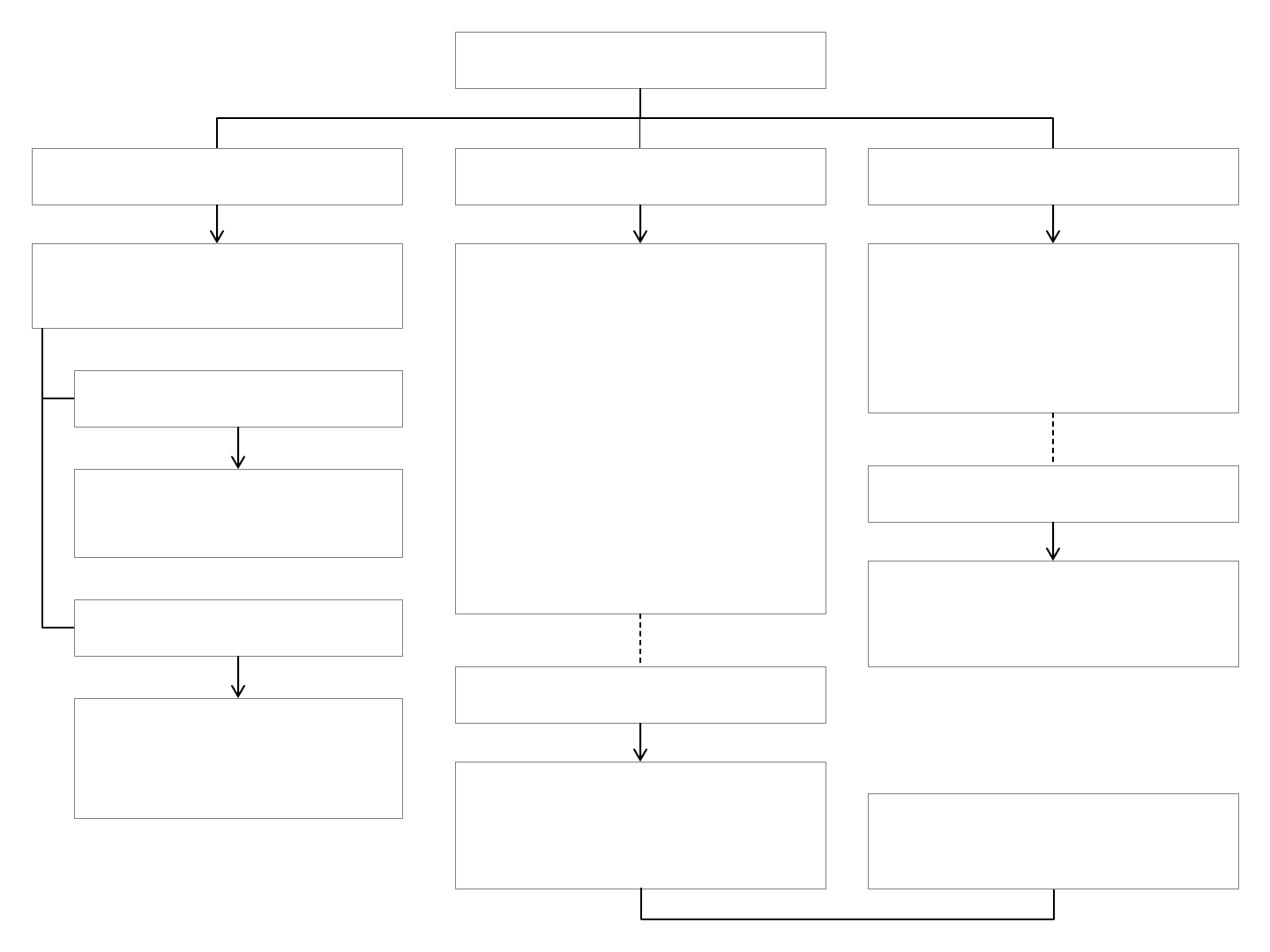
Atma Bodha – 68 Verses
Verse 1 - 5
- Spiritual Journey –
Road Map.
Verse 6 - 14
- Cause of Samsara –
Adhyasa.
- Why of Knowledge.
- Dvaita Adhyasa cause
of Samsara.
- Once problem
identified, one
becomes a serious
seeker Mumukshu.
Verse 31 - 41
- Nididhyasanam
- Assimilation,
internalisation of
Jnanam.
Jnana Yogyata Prapti
- Karma Yoga and
Other Sadhanas.
Jnana Prapti
- Sravanam /
Mananam /
Nididhyasanam.
Verse 15 - 30
- How to gain
knowledge.
Verse 42 - 68
- Jnana Phalam and
Mahima.
- Jnana Yoga
- Process of self enquiry.
- Sravanam, Mananam.
35
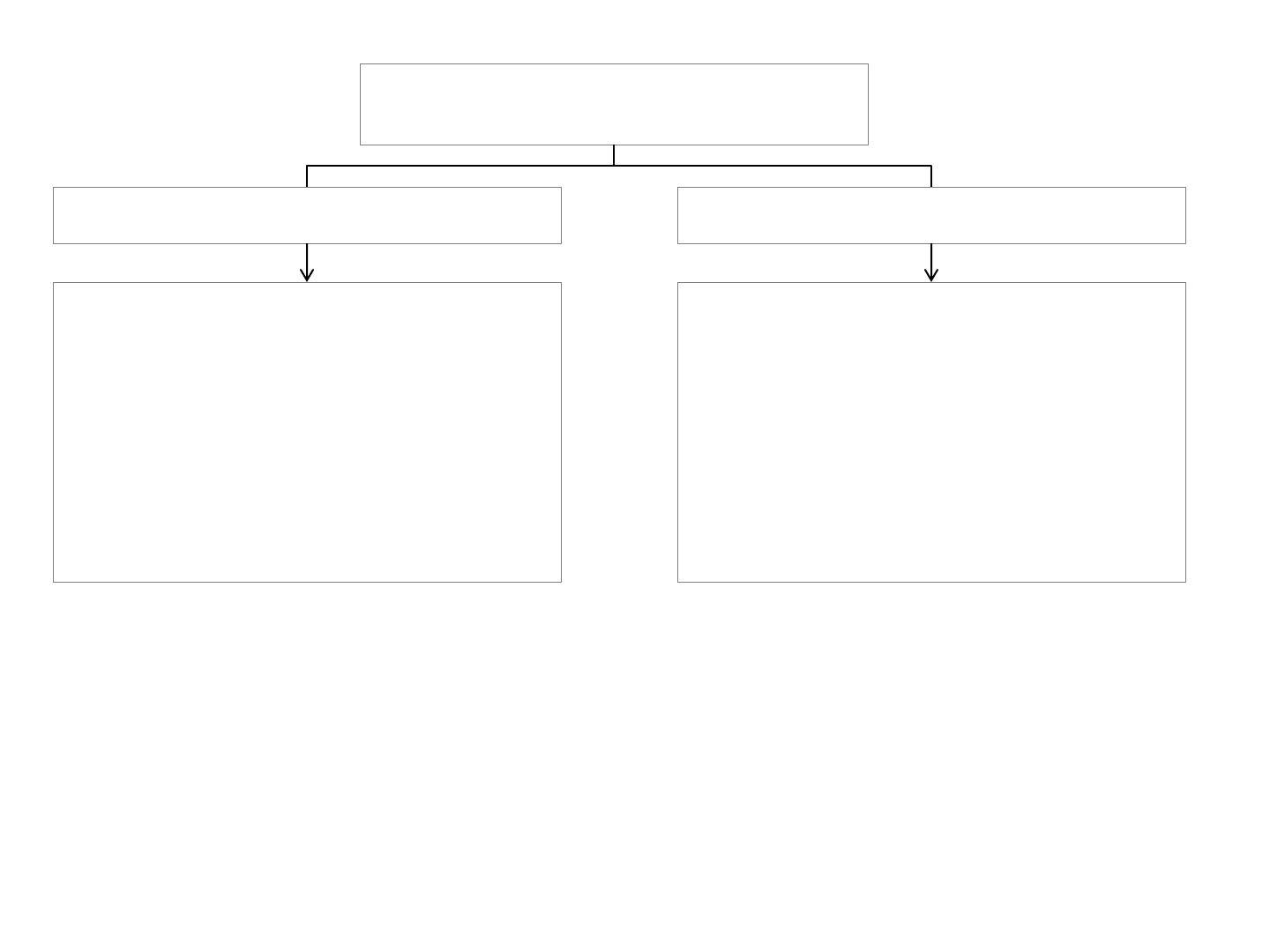
Topic 1 : Verse 1 – 5
Spiritual Journey = Bakti Yoga =
Karma Yoga + Jnana Yoga
Jnana Yoga
- Veda Anta
- Atma Jnanam and Moksha
Praptihi.
- Sravanam / Mananam /
Nididhyasanam.
- Self knowledge only means of
freedom.
Karma Yoga
- Veda Purva
- Jnana Yogyata Prapti
- Discrimination, dispassion,
discipline, desire for freedom
(Sadhana Chatustaya Sampatti).
- Hatha yoga, Japa, Puja, Upasana
to purify and refine mind.
• Bakti Yoga is common name for Karma Yoga + Jnana Yoga, it is an attitude,
atmosphere in which both carried out.
• Class starts and ends with Prayer to seek grace of Lord.
Topic 2 : Verse 6 – 14
• Adhyasa – Superimposition caused by self ignorance (cause of Samsara).
• What is Adhyasa?
Wrong self conclusion regarding who I am.
36
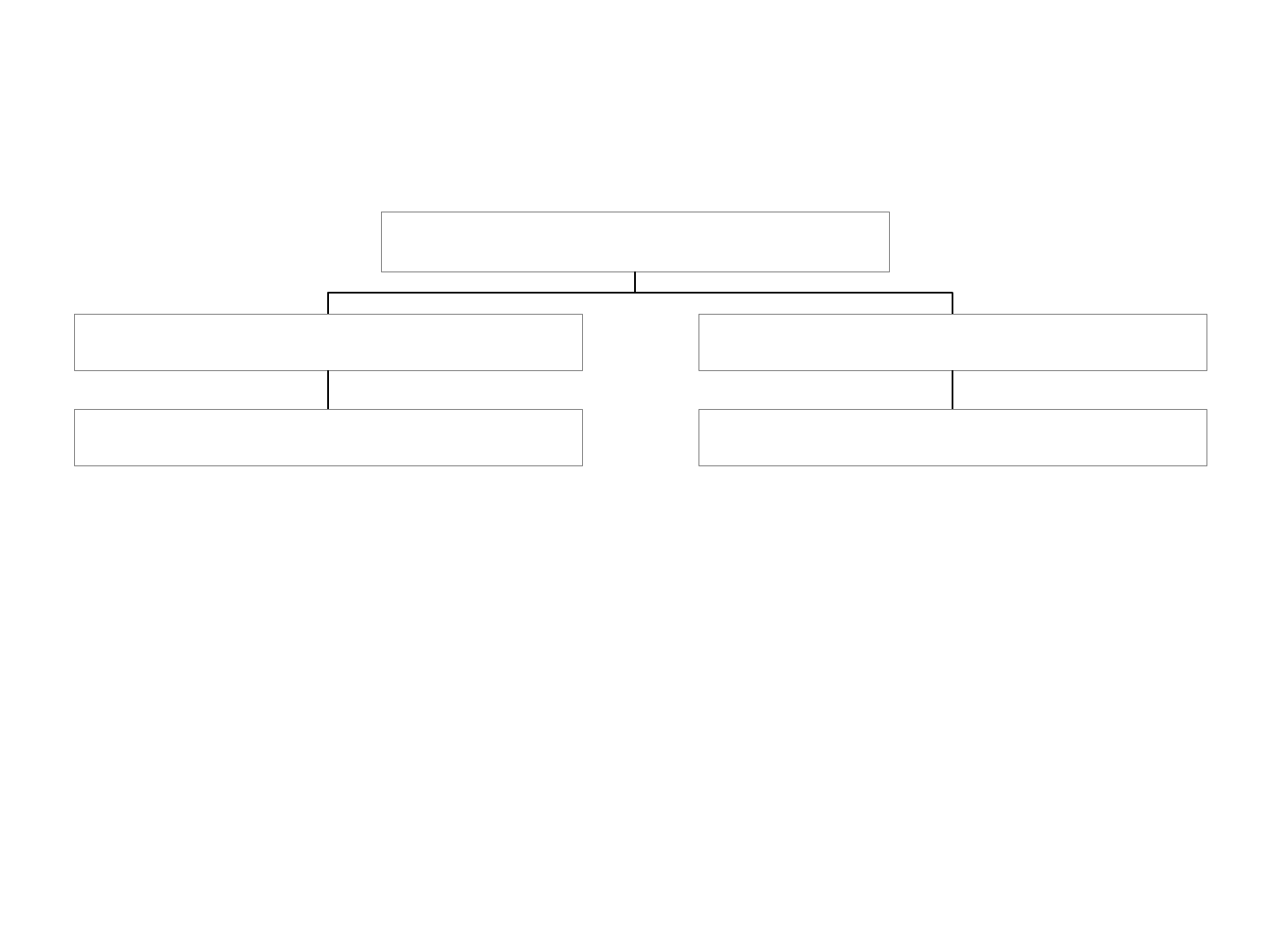
Example : Dream Experience
• Near example of Adhyasa.
a) I forget myself as a waker. It is pre-requisite for dream.
• Forget body, surroundings, bedroom, Air Conditioner atmosphere, comfortable.
b)
Create / Project Dream World
SamashtiVyasthi
Mithya Shariram Mithya Prapancha
c) I choose to identify with them and Tragedy starts.
d) I become dream individual suffering or enjoying the false world.
• I identity with dream body, sense organs, perceive dream events.
• Samashti and Vyashti Adhyasa leads to Abhimana or identification.
• Once identified with dream body, false world becomes real, thought disturbances in
my mind become very real, tangible, generates Raaga, Dvesha, Kama, Krodha.
• Each creates deep disturbance called Samsara.
• I divide myself into subject – object, bokta – bogyam, experiencer – experienced,
persecutor – persecuted by the dream world.
• Same happens in waking also.
37

Real AdhishtanamI – Advaita Brahma
Body – Mind - World
- Superimposed, projected, by
Maya Shakti.
- Pancha Bautika
Vyashti Shariram
Samashti Prapancha
Universe
Dream Waking
- Created by Nidra Shakti,
Sushupti.
-
For dreamer individual, dream
world real.
- Created by Maya Shakti, Maha
Sushupti.
- For waker individual waking
world real.
38
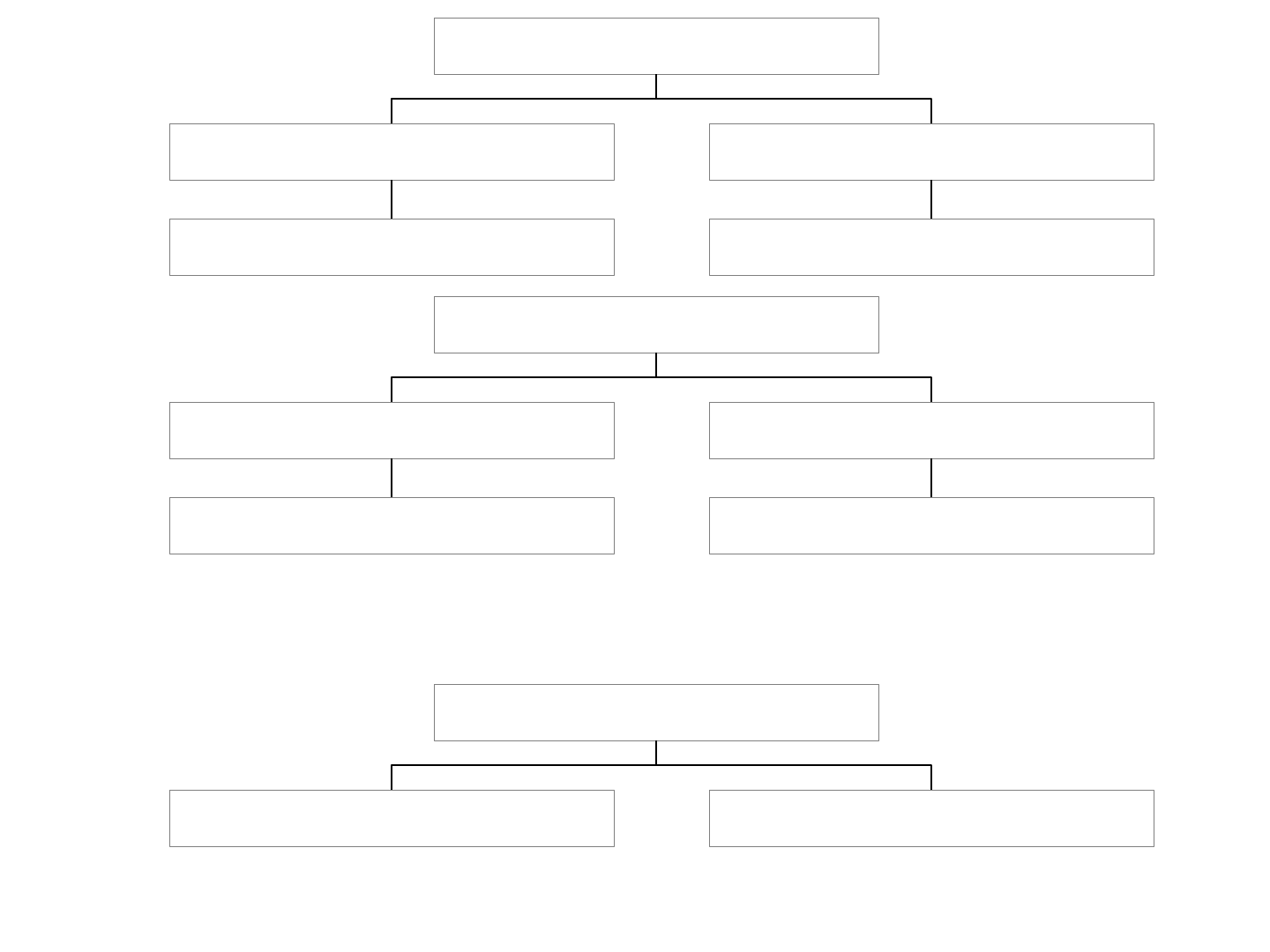
Dream World / Experience
Wakers Angle
Unreal
Dreamer’s Angle
Real
Waking World - Experience
Brahmans Angle
Unreal
Wakers Angle
Real
• Identified with body, I generate Sanchita, Agami, Prarabda, Victimised by planets and
move from one Rasi to another.
Deha Abhimana Creates
Macro Cosmic AdhyasaMicro Cosmic Adhyasa
39

Body
Pancha Kosha - Verse 15
Based on Function
Sharira Trayam
Based on subtlety, fineness (like
counts for Cloth)
Sthula
- Gross
- Visible
and
knowable
to me and
others.
Sukshma
- Subtle
- Visible
and
knowable
to only
me.
Karana
- Causal
- Not visible,
knowable
to me and
others.
- Everything
in dormant
condition
for me.
(1) Annamaya
Anatomical
(2) Pranamaya
Physiological
(3) Manomaya
Emotional
(4) Vigyanamaya
- Rational
- Thinking
(5) Anandamaya
- Unconcious
inner mind.
Which we are
ignorant.
40

Topic 3 :
• Verses 15 – 30 – Jnana Yoga
Jnana Yoga
MananamSravanam
- Consistent, systematic study
for thorough understanding.
- Churning of ideas.
- Gain conviction for myself.
- Aham Brahma Asmi – fact
for me not just said by Guru
or in scriptures.
- Not a quotation but a fact.
Individual - mix of
ChitJada
Body
Anatma
Deha
Spirit
Atma
Dehi
41

• Intimately mixed like milk and water.
Verse in Vivekchoodamani :
• Sheerani Avivekasjnyaha
hamsa eva chetarna
Atma anatma Avivekena
Yatikena Chetarnaha
• Milk + water can’t be separated by hand and eyes.
• Mythological bird – Hamsa takes only milk and leaves water.
• Similarly Jnani can separate consciousness from the body by Viveka Shakti.
• Once you separate, you understand 5 aspects of consciousness.
a) Not part, product, property of body.
b) Independent entity, enlivens body.
c) All pervading entity like space.
d) Continues to survive after disintegration of body.
e) Not accessible for transaction because no medium available.
• Consciousness illumines all our thoughts in the mind like the light.
• Consciousness illumines arriving, departing thoughts, but itself never arrives or
departs. It is Nirvikara.
• Consciousness is Akarta, incapable of doing any action.
42

• Example :
Space can’t do Punya – Papa Karma but is essential part of any action, accommodates
all.
• Consciousness is Abokta (Twin brother of Akarta) has no Karma Phala Sambandha.
Subtle Topic :
• Consciousness by itself not knower.
• Consciousness neither knows itself or the world.
• It becomes knower when associated with the mind.
• In Sushupti mind resolved.
• Neither I know myself nor the world.
• Verse : Na Atmana Manana Cha eva, turiyam Sarva Drk Sada.
• Knowerhood, Pramatrutvam is not there for consciousness, because consciousness is
Nirvikara, akarta, Abokta, Apramata.
• It is Nitya Mukta, ever free from Samsara.
Atma Anatma
- Ever free
- To know I am Atma, Bhagavan
gives Manushya Shariram.
- Never free
- Afflicted by Desha, Kala, Karma.
- Temporary medium in time and
space.
43
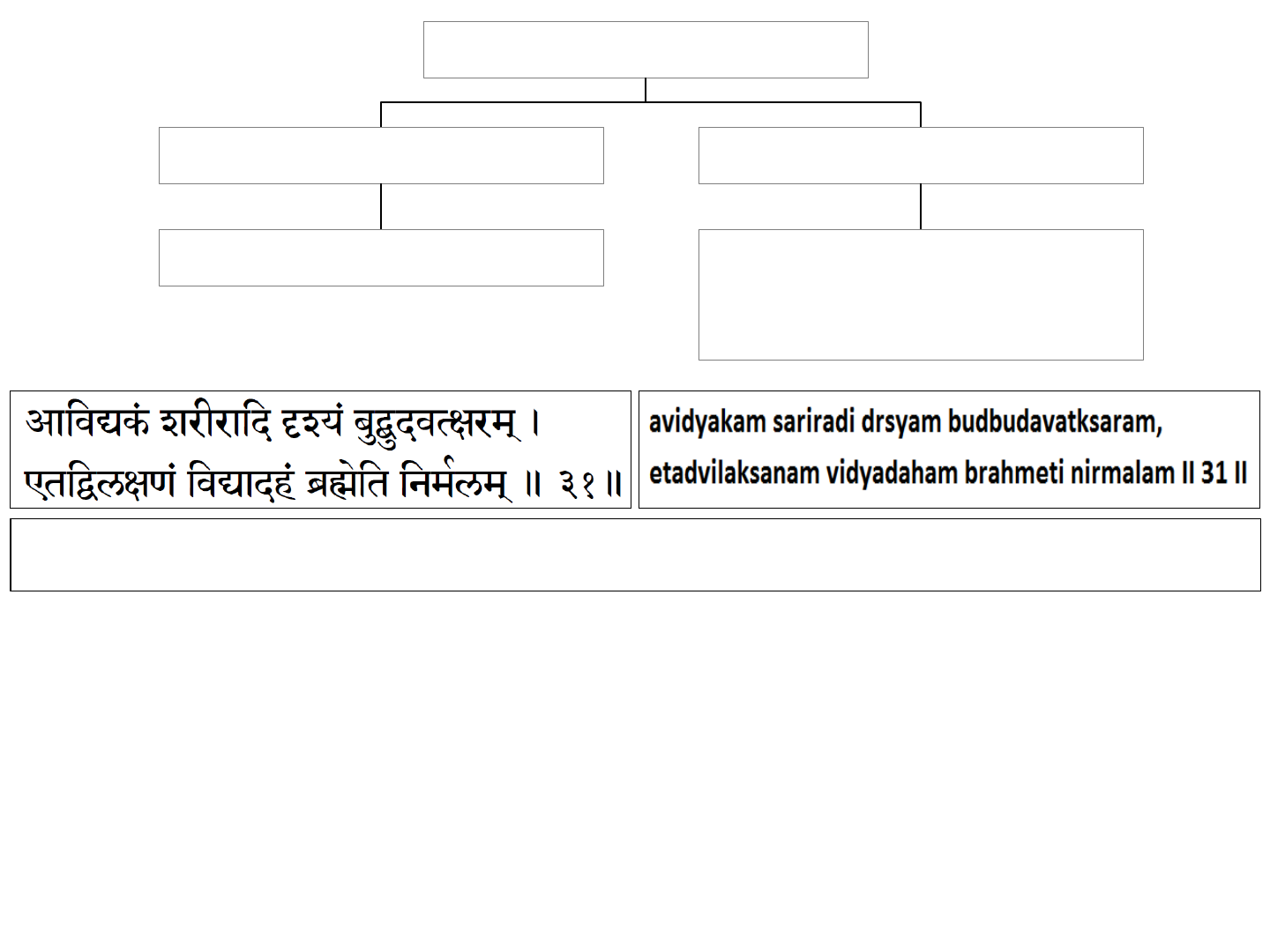
Topic 4 : Verse 31 – 41
Nididhyasanam :
a) Change way of thinking.
Before :
• I am Jiva, with ego, individuality, body – mind complex.
• Deha Vasana as father, son, boss is strong.
• Every individuality comes with set of problems.
Steps
TwoOne
- Claim, I am not Anatma.
- Aparoksha Jnanam.
- Verse 31
- Atma – Anatma Viveka
The body and so on, upto the causal body (ignorance) are objects perceived and thus they are perishable as bubbles.
Realise through discrimination that I am ever the pure Brahman entirely different from all these. [Verse 31]
44
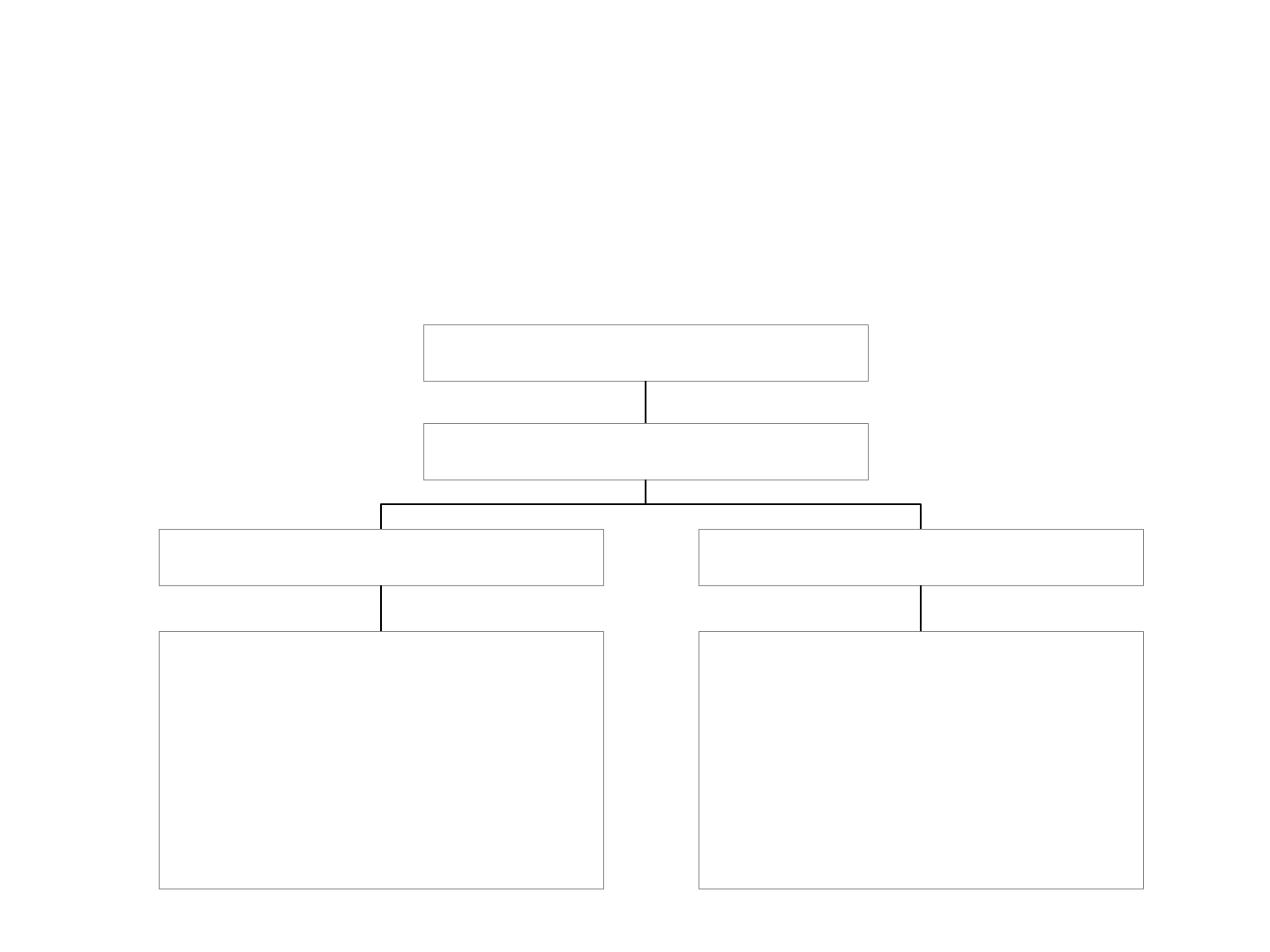
Story :
• Crow flies with fish and is chased by all other crows.
• Drops fish and is free.
• Learn to drop ego.
• World only interested in your ego – Ahamkara part.
• Decondition mind, takes time.
2 Steps
Sit and WithdrawDuring Transactions
- See fact I am Atma.
- Ahamkara is Vesha.
- Life is drama played by
Ahamkara Vesha.
- Who am I?
- Nirvana Shatkam – Verse 5
- Alert living, lead deliberate
life.
- Deha Abhimana can’t be
avoided during sickness,
which is Prarabda
exhaustion.
How to decondition mind
45
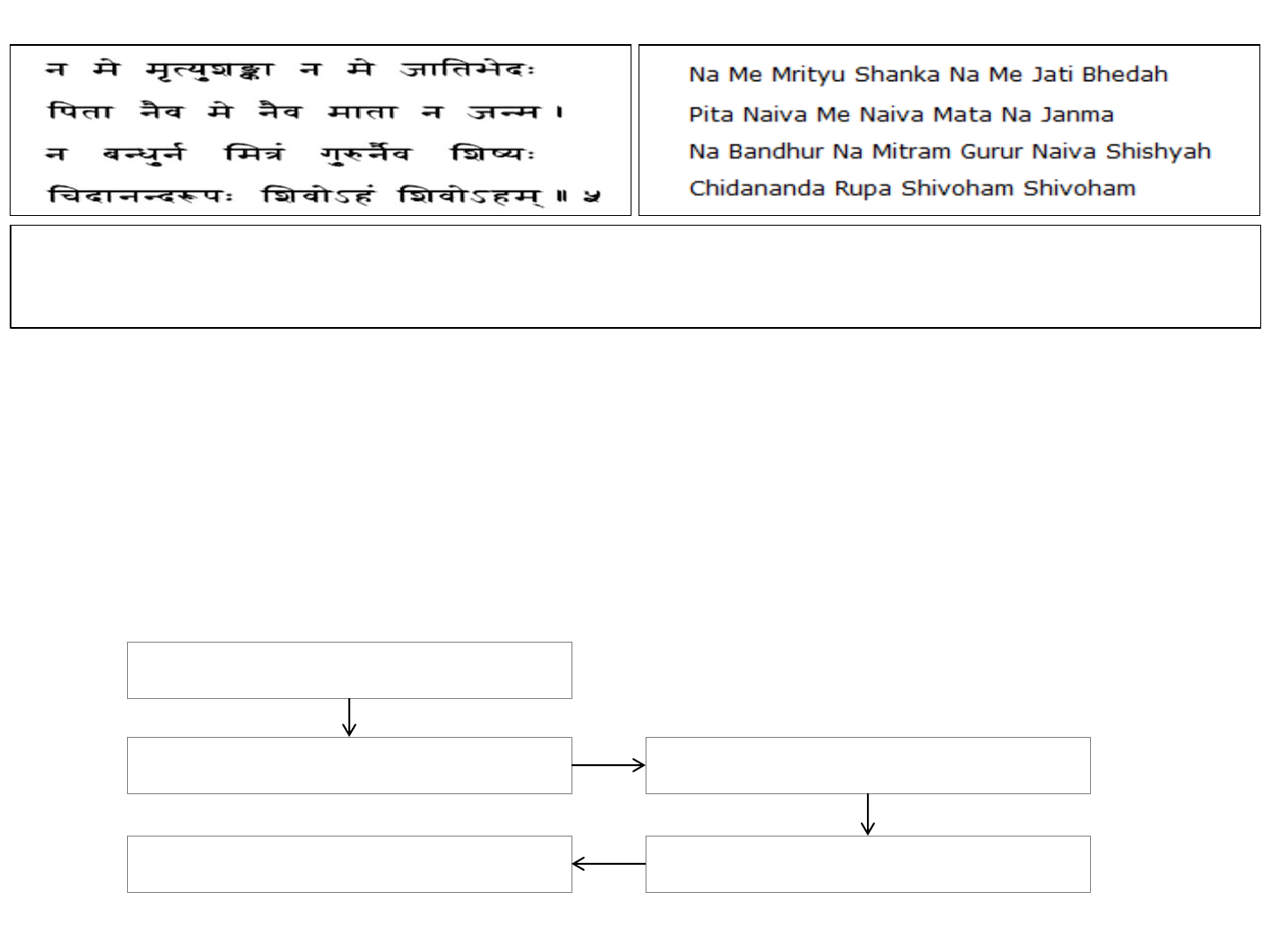
Nirvana Shatkam :
Neither I am the fear of death nor I am the difference between races. Neither I am [any relation like] father, mother, nor I
am born. Also, I am not a relative, a friend, a teacher (Guru), or a student (Shisya). I am the eternal happiness or bliss
state, I am Shiva, I am Shiva.||5||
Meditation verses 31 – 36 :
• By heart and see meaning in meditation.
• Recommended by Swami Chinmayananda.
• Assimilate and Internalise.
5
th
Topic : Verses 42 – 68
• Jnana Phalam and Jnana mahima.
Deha Abhimana Comes down
Adhyasa Nivritti Aham – Mama Nivritti
Samsara NivrittiJeevan Mukti
• Greatest Achievement in life is Moksha.
46

Atma Bodha
Introduction :
• Author – Shankaracharya, 68 Verses.
• Covers all vedantic topics, simple Sanskrit, can be learnt by heart, has example in each
verse for Assimilation.
• Tattva bodha – study 1
st
as no Advanced topics, well demarcated, progressively
arranged.
47
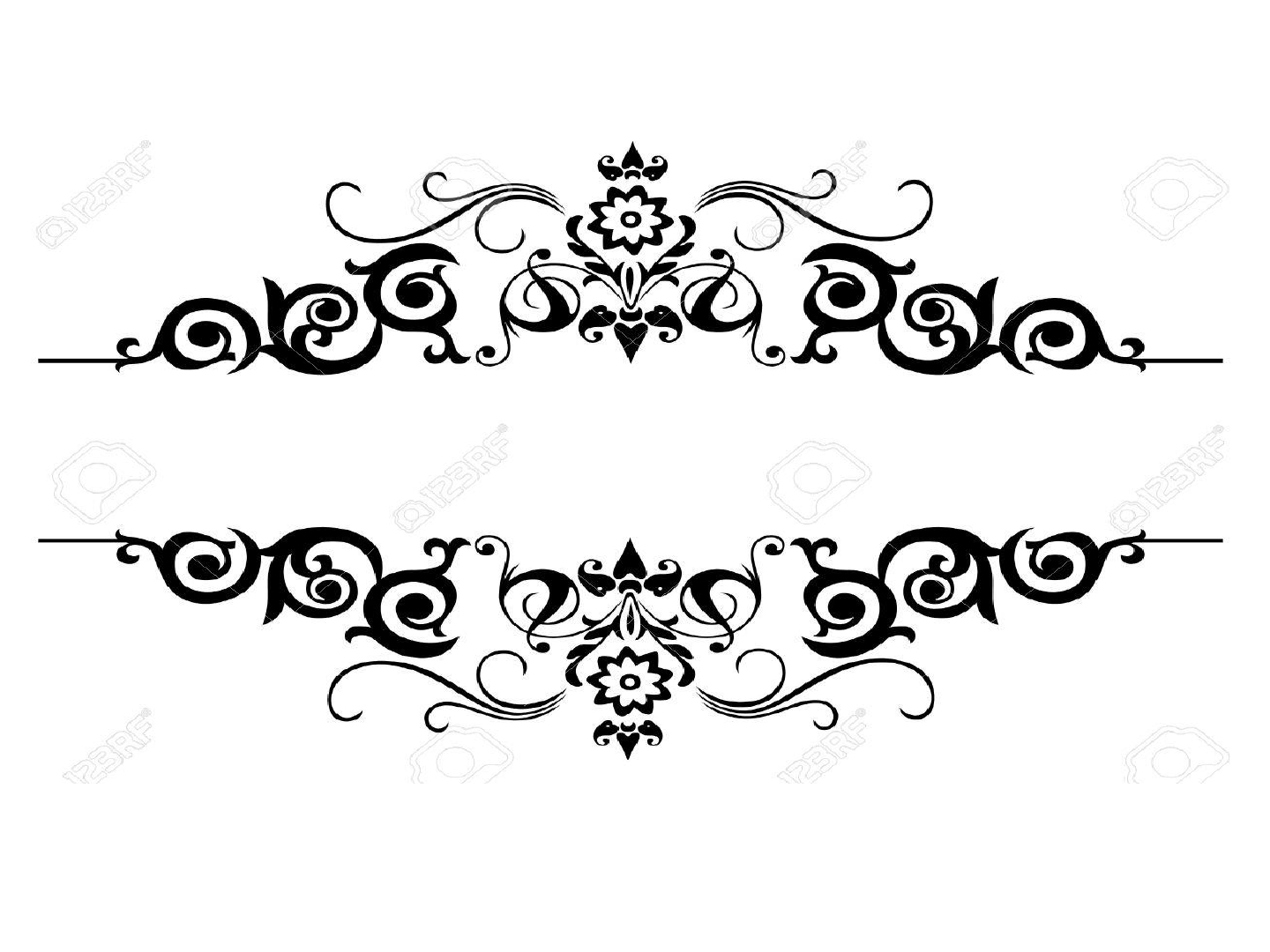
UPADESA SARA

Introduction
• Author – Ramana Maharishi, 30 Verses.
2 Works
Sad DarshanamUpdesa Sara
- Jnana Yoga Highlighted.
- Direct means for Realisation.
- Requires Yogyata, Qualifications.
- Karma Yoga / Upasana Yoga / Jnana Yoga.
- Comprehensive Prakarana Grantha.
- In Vedic Schools :
First : Tattva Bodha
Second : Upadesa Sara
Third : Gita : 5 Verses – Chapter 13
20 Values – Amanitvam
- Supportive, means gives qualifications.
- Stepping stone, makes primary Sadhana
work.
• Written on request of Tamil scholar, composer, devotee called Muruganar.
• In this work he wanted to glorify Leelas of Lord Shiva in Puranas.
48

Story :
• Karma Khanda in Yagashala, doing ritual thinking everything possible to be gained by
rituals. Nir-Ishvara Vadis, No God required, Moksha is reaching heaven.
• Lord Shiva wanted to educate them. Appears as Brahmachari Bhikshu as wives in the
house.
• Lord Shiva asks Vishnu to appear as enchanting women to distract Rishis.
• Wives got enchanted by Bikshu – Vishnu and husbands wanted to perform Yaga with
magic spell to destroy lord Vishnu.
• Rishis had great powers, knowledge, could not handle slim Brahmachari. Humility
comes like in Keno Upanishad, Rishis defeated, Surrender to Bikshu, takes Shiva form.
Teaches limitation of Karma – which helps in spiritual growth.
• Beyond that come to Atma Jnanam for liberation.
• Shivas teaching to Karma Khanda Rishis in forest called Daruka Vanam in western
Region – Shiva Risaya Samvada.
• Only Upadesa by Maharishi, Shiva Darukavana, Shiva Upadesa Sara.
• Original work in Tamil called “Updesa Undipara“ .
• Undipara is a type of composition.
• Translated by Ramana in Telugu, Malayalam, and Sanskrit.
• Sat Darshanam in Tamil translated to Sanskrit by Vasishta Muni.
49

NAISHKARMYA SIDDHI

Naishkarmya Siddhi
Summary – 423 Verses
Chapter I
100 Verses
refutation of Purva
Pakshi’s
Verse 1 – 9
Verse 1 + 2 :
- Ishvara + Guru
Namaskara.
Verse 2 – 9 :
- 4 topics + Purva
Pakshi negation.
Verse 9 – 13
- Refutation of
Purva Pakshi
Karmi’s.
- Verse 24 – 53.
Verse 14 – 19
Verse 20 – 22
Verse 24 – 53
Verse 54 – 100
Chapter II
119 Verses
Chapter III
126 Verses
Chapter IV
78 Verses
50
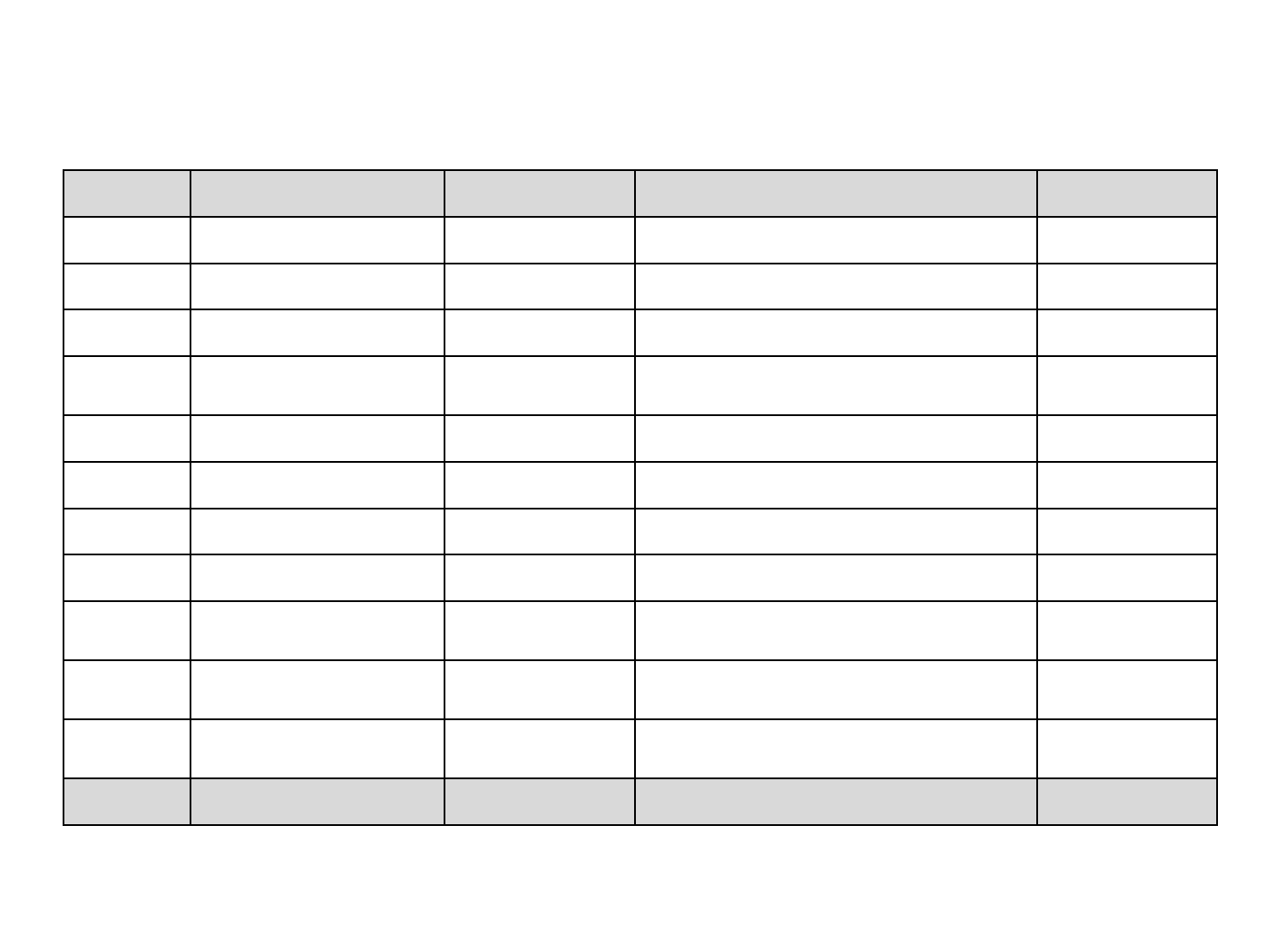
Index
S. No. Chapter Total Verses Topics Verses
1. Chapter 1 100
Introduction
1 – 8
Purva
Paksha Trayam 23 – 53
Refutation of 1
st
Purva Pakshi 80 – 84
Refutation of 2
nd
Purva Pakshi 54 – 79
Refutation of 3
rd
Purva Pakshi 85 – 97
Conclusion
98 – 100
2. Chapter 2 119
Atma
Anatma Viveka
Anatma
Mithyatvam
Agyanam
is Samsara Karanam
Jnanam
eva moksha Karanam
Vedanta
Mahavakya eva Jnanam
Total 219
51
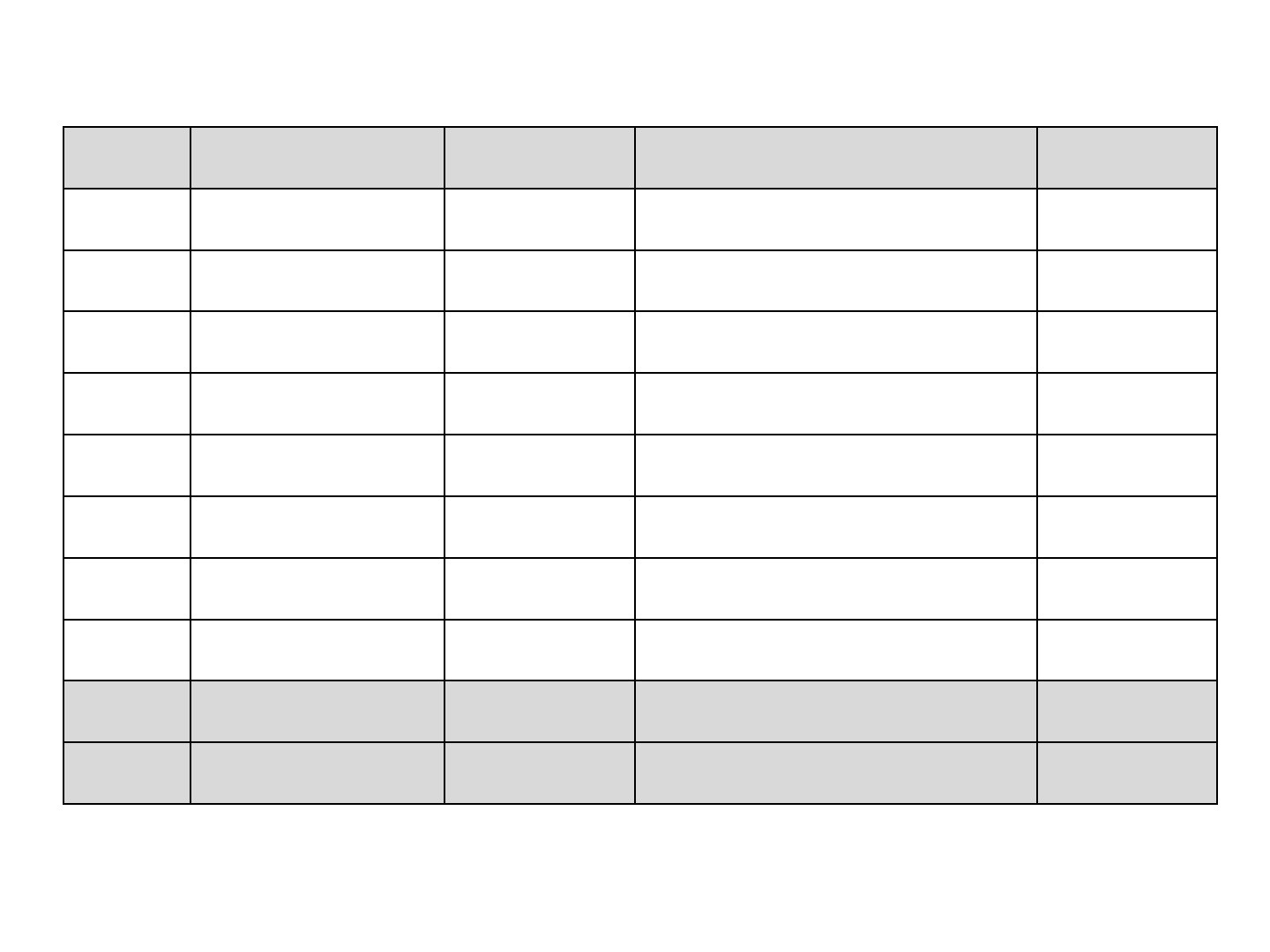
S. No. Chapter Total Verses Topics Verses
3. Chapter 3 126
Mula
Vidya Vichara
Mahavakya
Vichara
Purva
Paksha Nirasa
4. Chapter 4 78
Essence of 3 Chapter
1 – 18
Purvacharya
Samvada 19 – 53
Adhikaritvam
70 – 73
Lifestyle of
Jnani 54 – 69
Conclusion
74 – 78
Total 204
Grand Total 423
52
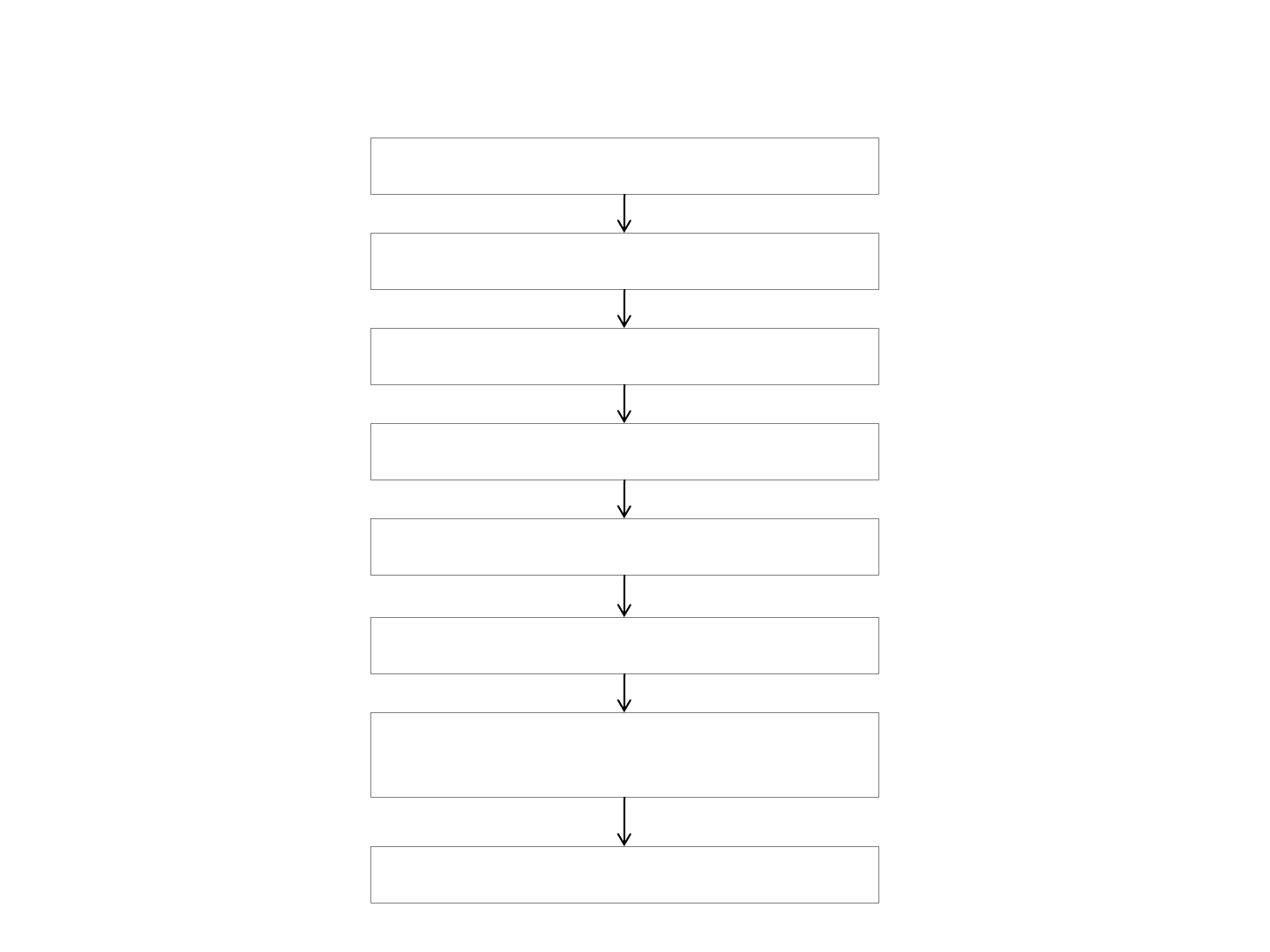
Chapter 1
1) How Agyanam Samsara Karanam?
Advaita Atma Ajnam
Perception of Dvaitam
Shobhana – Ashobhana Adhyasa
Raaga Dvesha
Dharma - Adharma
Punya - Papam
Janma – Mrityu – Anudarshanam =
Samsara
Deha Prapti
53

2) Purva Pakshi : To Vedantic Teaching
a)
i) Karma cannot give Moksha :
o Karma is Product of ignorance which is parent.
o Karma will protect parent.
o Karma perpetuates ignorance.
ii) Karma gives Anitya Phalam, finite.
iii) Karma gives other Phalam - Dharma – Artha – Kama not Moksha.
iv) Karma criticised by Sruti.
v) Can’t avoid Kamya Karma Prarabda based.
vi) Karma useful for Chitta Shuddhi not Moksha.
b) Jnanam + Karma Samuchhaya :
i) Belong to 2 different time, can’t be combined (youth, Old age).
ii) When Jnanam comes, plurality eliminated. Light – Darkness – can never exist
together.
iii) Jnanam negates qualifications required for Karma.
iv) When Jnanam comes, mumuksha becomes Mukta.
v) Respect total Veda Purva + Anta.
o Linearly exist not simultaneously.
o 1
st
Karma, purify – then Jnanam.
54
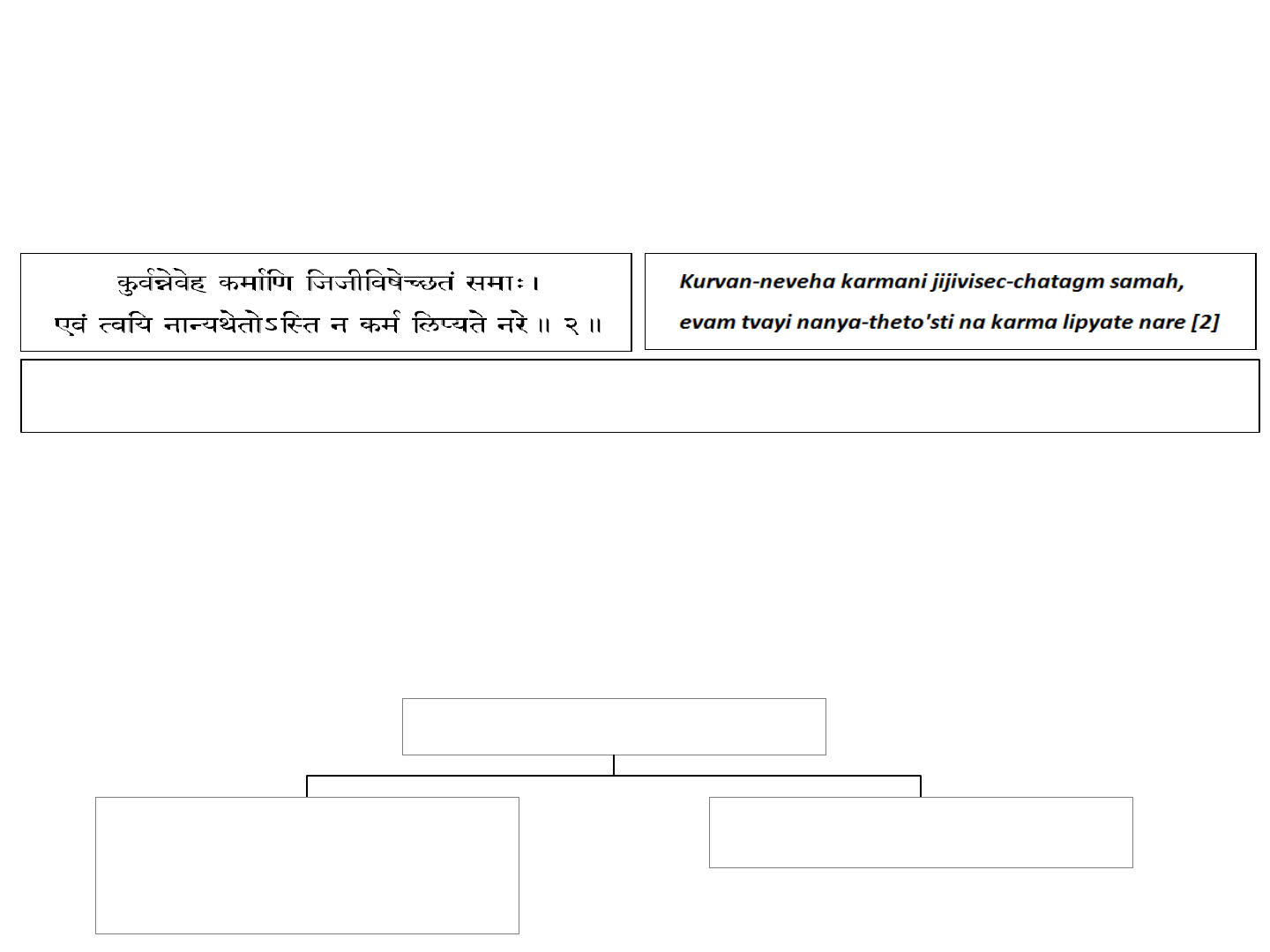
c)
i) Jnanam not part of Karma
o Jnanam gives benefit by itself.
o Tarati Shokam Atmavitu, Brahmavitu Aapnoti Param, Parikshya Lokaan.
ii) Isavasya – Upanishad :
Performing, verily, work in this world should one desire to live a full hundred years. This alone is right, for there is no
other right path. Action never clings to a man following this path. [Verse 2]
o Do karma till end of life.
o Jnani drops Deha Abimana – hence no karma.
iii) Veda purva talks about Karma only.
iv) Verbs talk of action – Kriya Padam and Jnana Padam.
Sureshvaracharya :
Verb in Veda
- Fact, Jnanam
- Verb of being
- Mahavakyas
- Actions - Kriya
55

Mahavakyas :
• You are pure being / Brahman → Tat Tvam Asi.
• I am pure being → Aham Brahma Asmi.
• Pure being is consciousness → Pragyanam Brahma.
• This Atma is pure being → Ayam Atma Brahma.
• Know rope snake as rope – solves all problems – no doing action.
Conclusion :
• Ignorance – cause of Samsara.
• Knowledge – means of liberation.
• Mahavakya alone – gives Jnanam.
• Karma can never give Moksha.
56

Chapter 2
Topic 1 :
Atma – Anatma Viveka :
• Similarities between Body / Mind + World.
a) Drishyatvam :
• Object of experience, Jadam.
b) Bautikatvam :
• Product of 5 elements.
c) Sagunatvam :
• Both with 3 Gunas.
• Shabda, Sparsha, Rupa, Rasa, Gandha.
• Endowed by attributes.
d) Savikaratvam :
• Keep changing, modifying.
e) Agama Pahitvam Body / Mind / World :
• Arrives in waking + dream.
• Resolve in sleep.
• Therefore Body / Mind part of objective universe.
57
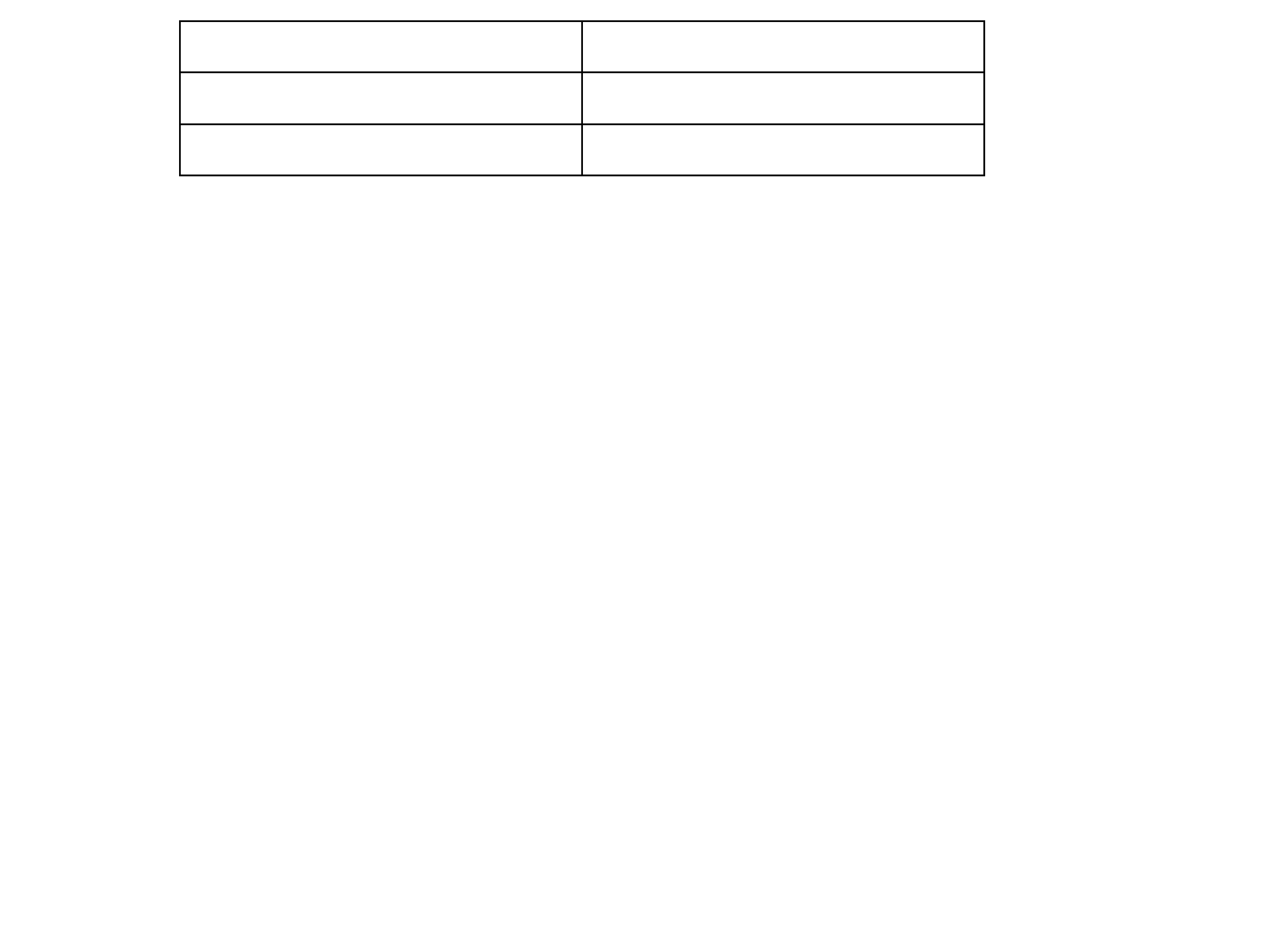
• Body / Mind / Universe – Borrows sentiency.
Atma :
• Sentient, observer.
• Lends sentiency to Body / Mind / World.
• Converts inert Body / Mind / Universe into sentient.
• Anatma Vilakshanam.
a) Adrishyam :
• Never object of experience.
• Ever unexperienced, unobjectifiable subject.
b) Abautikam :
• Nonmaterial.
c) Agunam / Nirgunam :
• Free from attributes.
d) Nirvikaram :
• Changeless, Kutastam.
e) Anagama Pahitvam :
• Witness of all arrival + departures.
• Not subject to arrival / departure.
Jagrat Sattva – Dominant
Svapna Rajas – Dominant
Sushupti Tamas – Dominant
58

Topic 2 :
Anatma Mithyatvam :
• Lower order of existence, no independent existence.
• I lend existence to Atma.
• Aham Satyam, Jagan Mithya.
Anatma - Triputi
Object of Experience InstrumentSubject
Pramata / Ahamkara
- Seer
- Hearer
- Feeler
- Toucher
- Smeller
- Walker
- Talker
Prameyam
- Shabda
- Sparsha
- Rupa
- Rasa
- Gandha
Pramanam
- Eyes
- Ears
- Skin
- Hands
- Nostril
- Legs
- Tongue
• During Sushupti Anatma resolved, Triputi resolved, Ahamkara resolved.
• Anatma exists always in the form of Triputi.
• Each one required to prove existence of other 2.
59
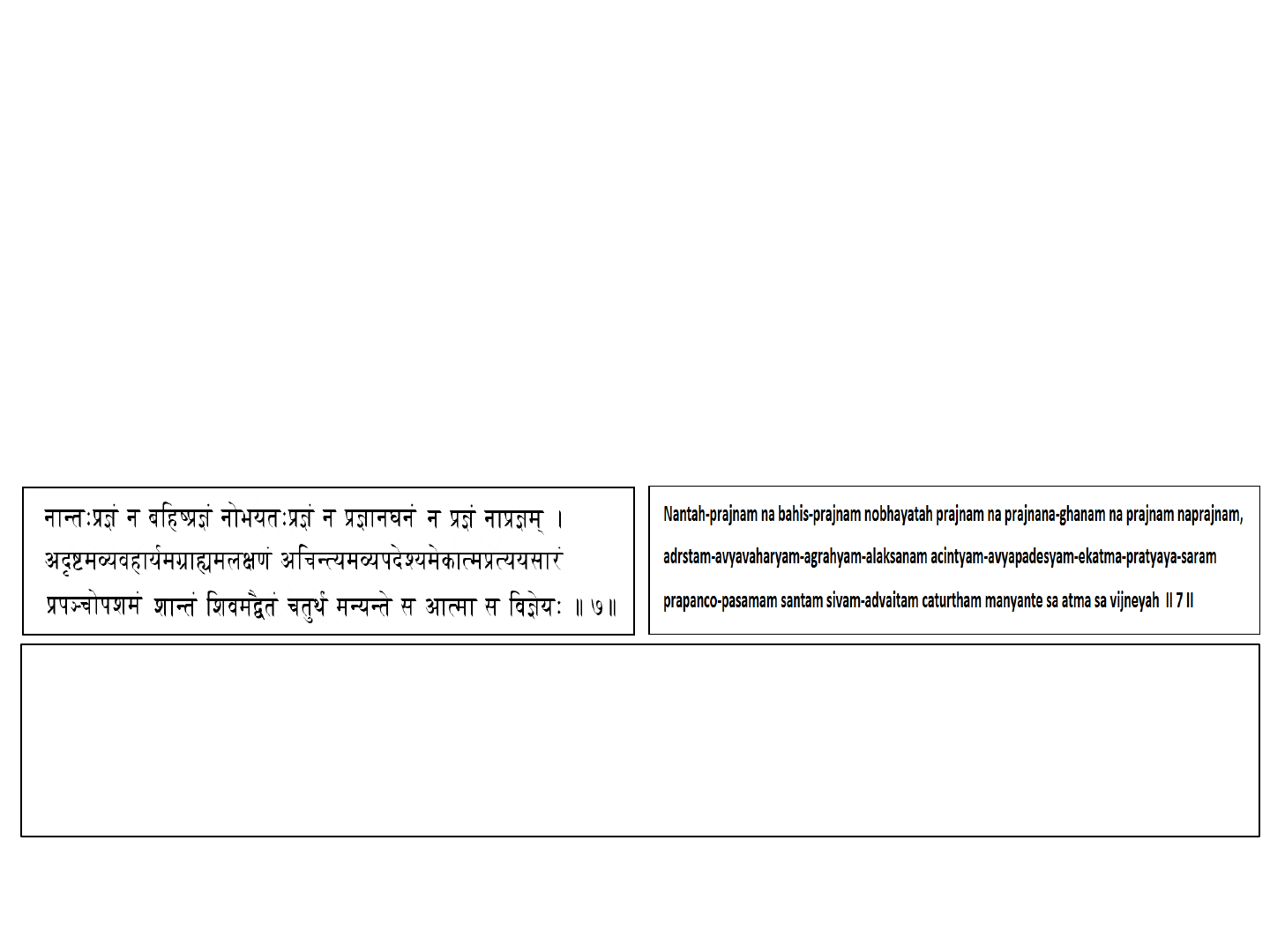
• Form / colour proved by eyes. Eyes can’t be proved without form / colour.
• Pramanams existence depends on existence of Prameyam.
• World resolved in Sushupti, Pramata resolved.
• In meditation, if you remove thoughts, Pramata resolved. You doze off, if you don’t
have Aham Brahma Asmi Vritti.
• Pramatas existence depends on Pramanam + Prameyam, otherwise artificial
blankness.
• Triputi mutually dependent.
• Borrows existence from Sakshi Atma which is outside Triputi.
Mandukya Upanishad :
It is not that which is conscious of the internal subjective world, nor that which is conscious of the external world, nor
that which is conscious of both, nor that which is a mass of consciousness, nor that which is simple consciousness, nor is
it unconsciousness. It is unseen by any sense-organ, beyond empirical dealings, incomprehensible by the mind,
uninferable, unthinkable, indescribable, essentially by of the Self alone, negation of all phenomena, the peaceful, the
auspicious and the nondual. This is what is considered as the Fourth (Turiya). This is the Atman and this is to be realised.
[Mantra 7]
• Turiya neither Vishwa / Teijasa / Pragya – Pramata.
• Turiya is Pramatru, Pramana, Prameya Vilakshanam.
60
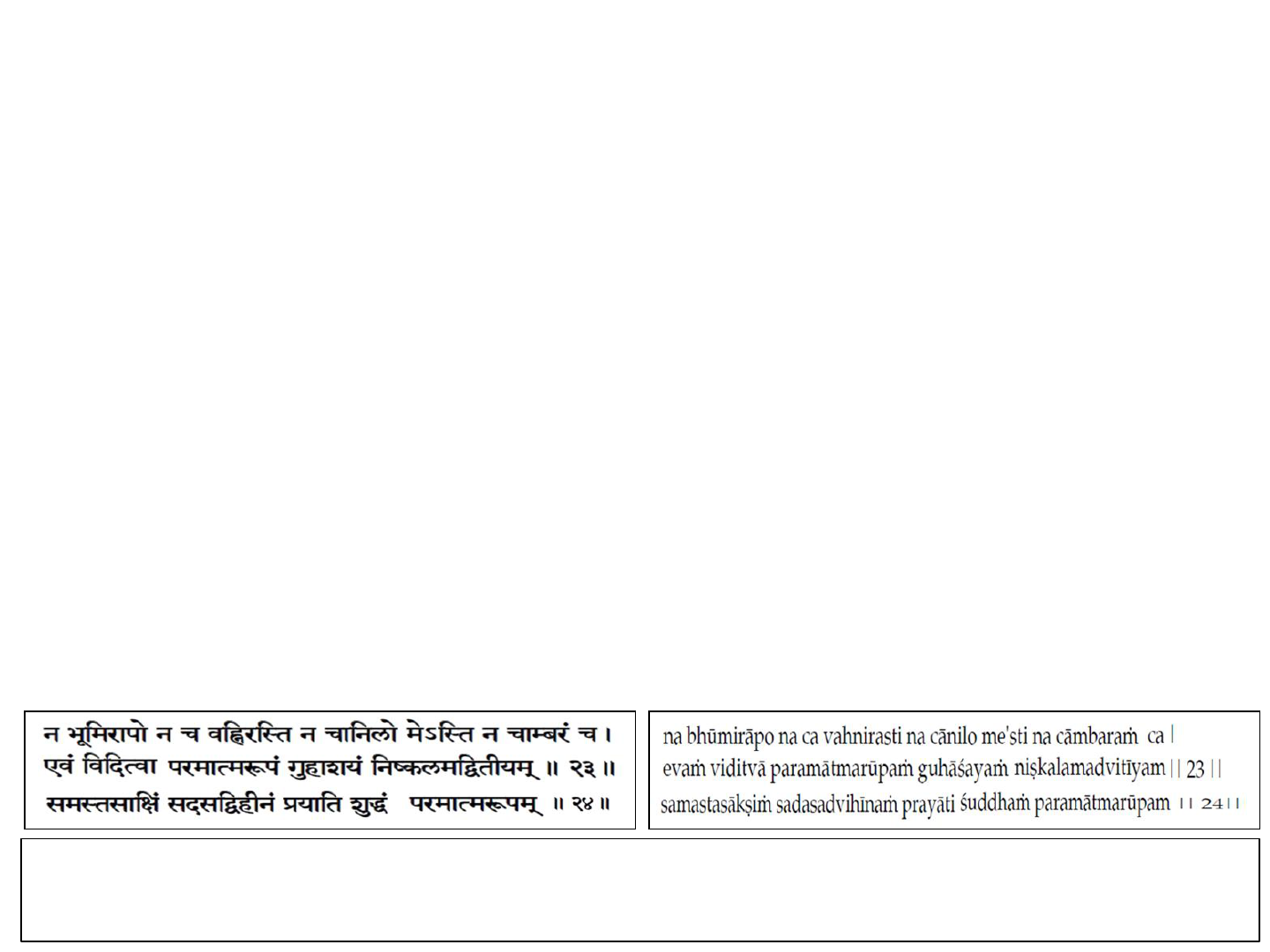
Space, light and Consciousness :
• Medium in all transactions, not participant in any transaction (Consciousness in which
all material transactions take place).
Taittriya Upanishad :
• Brighu = Anna – Annadaha, Sharira – Shariri – Uses this principle of Atma being
medium.
Brihadaranyaka Upanishad :
• Chapter 2 – Section 5 – Madhu Brahmana – Asangam, Avyavaharyam also uses this
principle of Atma being medium.
2
nd
Argument :
• Matter can’t exist separate from consciousness because,
a) Matter can’t be identical with consciousness, being contradictory in nature.
b) Matter can’t exist separate from consciousness. Being Jadam, can’t say I am
consciousness.
• Therefore matter has seeming existence which is lent by Atma.
3
rd
Argument :
• Sruti Pramanat – Kaivalya Upanishad :
For me there is neither Earth nor Water nor Fire, nor Air, nor Ether. Thus realising the nature of the Paramatman… the
one who is in the cavity of the heart, who is without parts, without a second, the Witness of all, beyond both existence
and non-existence, one attains the very nature of the Paramatman. [Verse 23 & 24]
61

• Negates matter.
• World not born, seems to be born.
• World only has seeming existence called Mithya.
• What is existent can’t be negated, what is nonexistent need not be negated.
• Only seeming existence can be negated.
3
rd
Topic : Agyana – Samsara Karanam
• Ignorance of fact – I am of higher order of reality, and all my experienced world are of
lower order of reality is cause of Bandah, Samsara.
• I am Asanga nonparticipatory Atma forgotten. I don’t give reality to Anatma.
• Ignorance is cause of lending Reality – called Adhyasa, empowering the world to
disturb me.
• I create dream (Tat Srishtva), I enter dream (Anupravishatu), lend reality and get
disturbed.
4
th
Topic : Jnana Eva Moksha Karanam
• Jnanam is Moksha Karanam, Adhyasa Nivritti Karanam.
• Disempower world, continue dream and waking, drop reality attached, like TV serial.
• This is Jeevan Mukti.
• Waking world created by me with several Vasanas of different Jivas.
• This Jnanam and Mithyatva Nishchaya only permanent solution to Samsara.
62
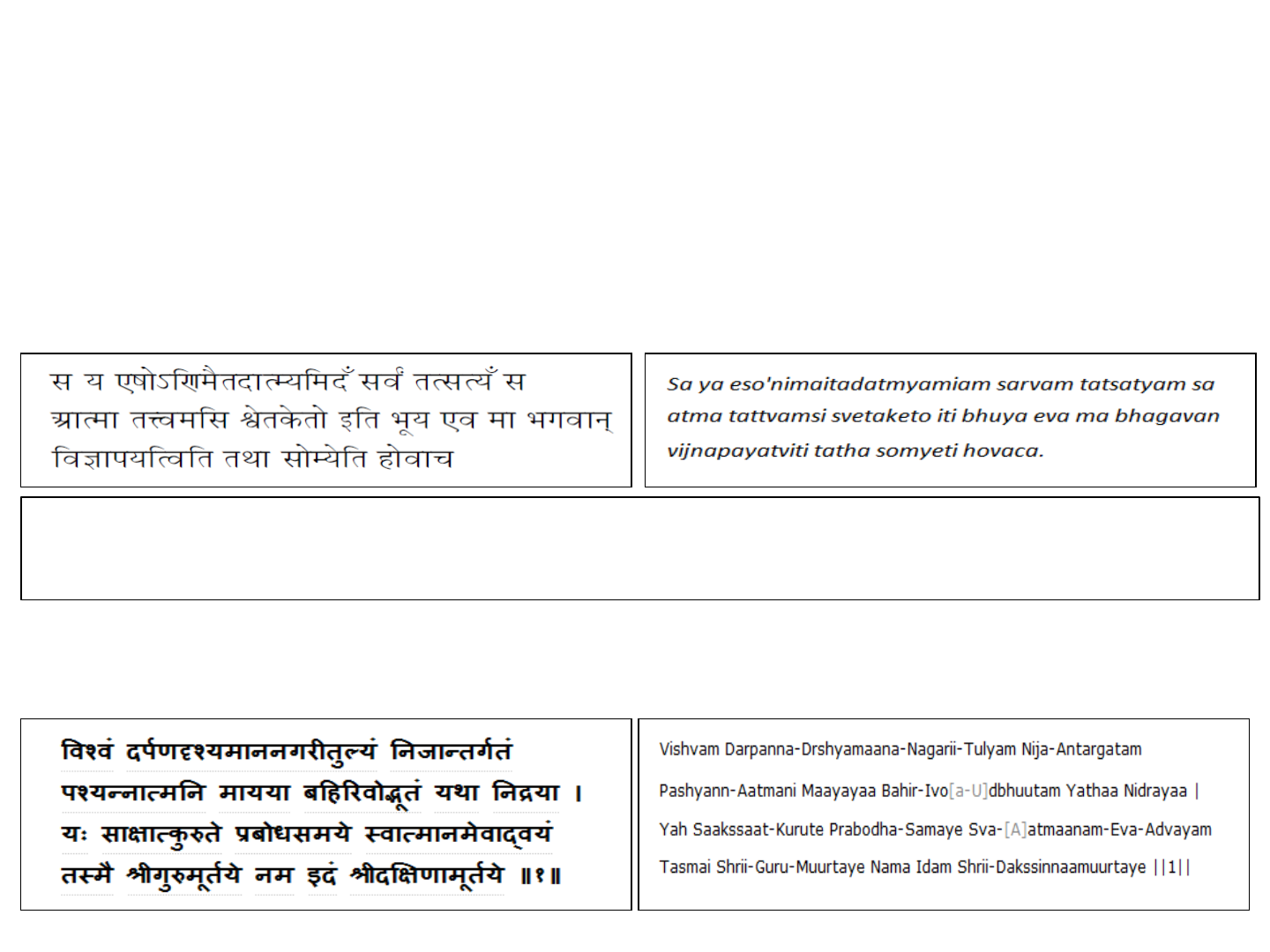
5
th
Topic : Vedanta Mahavakya Eva Jnanam Karanam
• Jnanam only from Veda Vakyam and Guru Upadesha.
Katho Upanishad :
• Etat Srutva.
• All instruments deals with Anatma.
• Mahavakya alone deals with Atma.
Chandogya Upanishad :
‘That which is the subtlest of all is the Self of all this. It is the Truth. It is the Self. That thou art, O Svetaketu.’ [Svetaketu
then said,] ‘Sir, please explain this to me again.’ ‘Yes, Somya, I will explain again,’ replied his father. [6 – 8 – 7]
• I am non-participant medium, consciousness for all play to go on.
Dakshinamurthy Stotram :
63
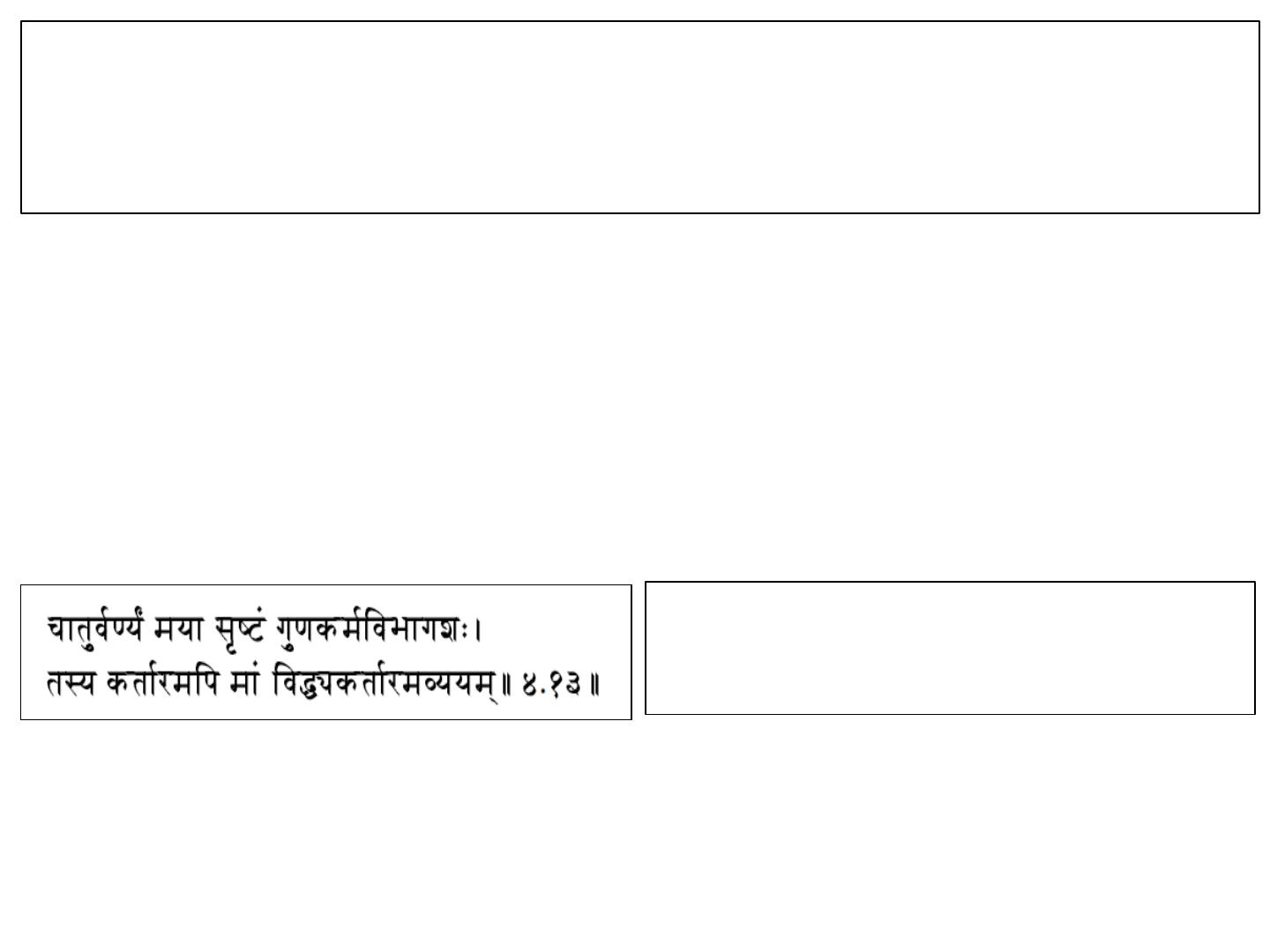
• Asi – most important. Differences superficial, seeming Anatma.
• Needs Vachyartha, Lakshyartha enquiry.
• Mithyatva Darshanam we have to get of the universe.
• Aham Brahma Asmi insufficient.
• In Satyatva Vada, law of Karma powerful, no Moksha. Binds Jiva and Ishvara.
• Bagawan free because of his knowledge - creation is Mithya.
Gita :
(Salutations to Sri Dakshinamurthy Who Awakens the Glory of the Atman within us through His Profound Silence) The
Entire World is Like a City Seen within a Mirror, the Seeing happening within One's Own Being, It is a Witnessing
happening within the Atman, (the Witnessing) of the Externally Projected World; Projected by the Power of Maya; As if a
Dream in Sleep, One Experiences this Directly (this Play of Maya) during Spiritual Awakening within the Non-Dual
Expanse of One's Own Atman, Salutations to Him, the Personification of Our Inner Guru Who Awakens This Knowledge
through His Profound Silence; Salutation to Sri Dakshinamurthy. [Verse 1]
The fourfold caste, has been created by Me, according to
the differentiation of guna and karma; though I am the
author thereof, know Me as non-doer and immutable.
[Chapter 4 – Verse 13]
• Mithyatva Jnanam alone liberates you.
64

Chapter 3
3 Topics
Mula Avidya Mahavakya Vichara Purva Pakshi Nirasa
Topic 1 :
Mula Avidya
Ashraya VishayaSvarupam
Exists in Atma before
creation
Self / Atma
Sat
- Can’t be proved
- Sakshi Siddatvat
- Bring Sakshi Pramanam
and it goes away.
Asat
- Experienced
Sat Asat Vilakshanam
Example : Darkness
- Eyes can’t perceive
- Being bright light to see,
it goes away.
65

Topic 2 : Mahavakyam
a) Pramanam :
• Anadigata : Reveals new objects.
• Abaditam : Not negated by other sources.
• Saprayojanam : Useful – for Moksha.
b) Maya :
• Reveals samsara in Jiva / Jagat / Ishvara format.
• Traps Jiva.
c) Prakara :
• Mahavakyam helps Jiva to come to Binary format.
• No prepositions in “Tat Tvam Asi”.
• Jiva - from / Near / in / on / away from Paramatma – not mentioned in Mahavakyam.
• Jivatma = Paramatma, Paramatma = Jivatma, one Atma which has status of both, Jiva
+ Parama – Visishta Attributes.
• Lakshya – Lakshana Sambanda.
• Contradictory features in medium only.
• Substance – Atma – one – negate contradictory features and retain common feature
(Gita Chapter 10 + 11).
• Removal of contradictory features is called lakshana – Lakshya Sambanda.
66
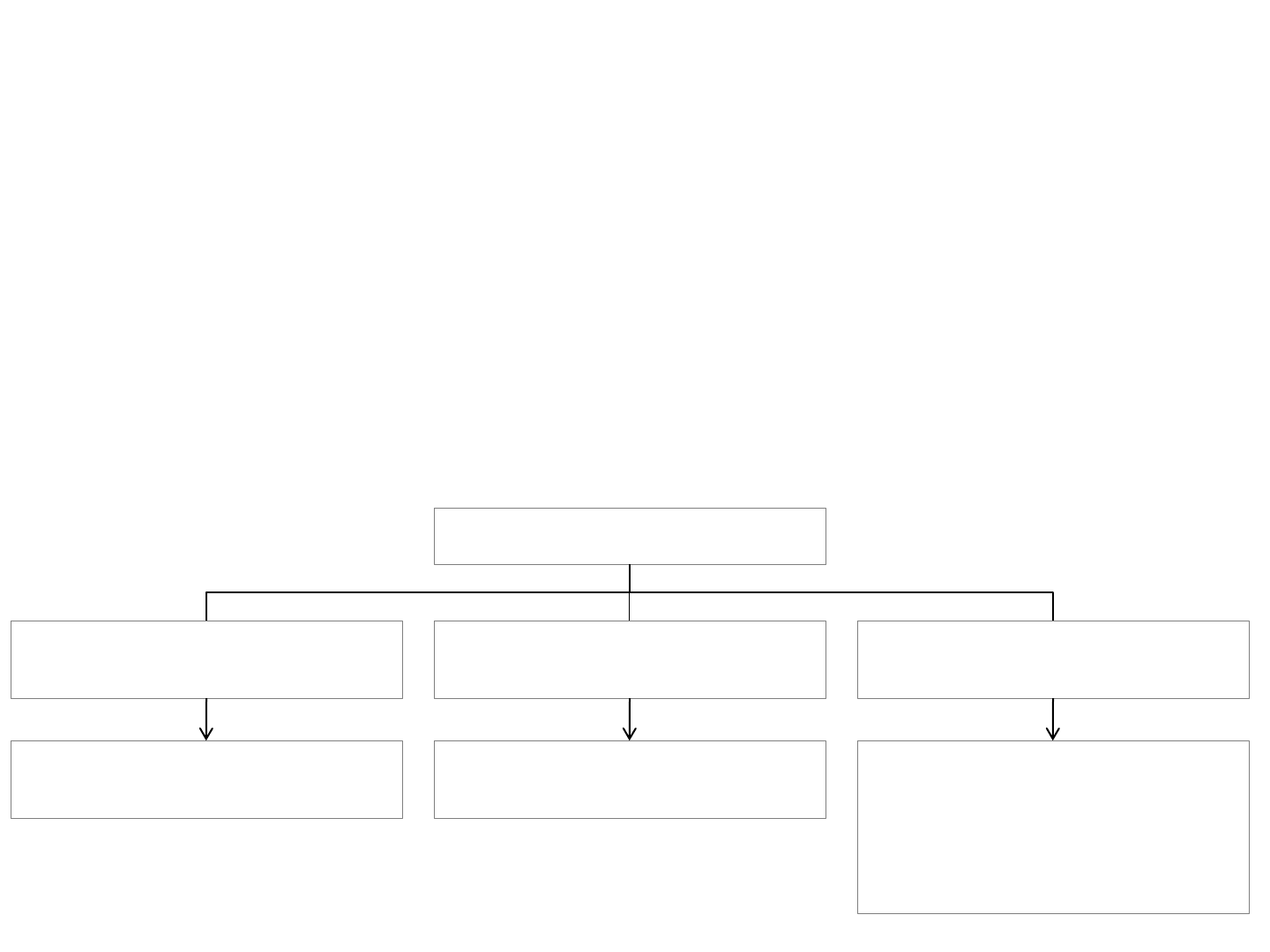
• Apply Baga Tyaga Lashana to arrive at one Atma.
• Find variable / nonvariable factors.
• Sat – Chit Eka Atma without inferior, superior attributes.
3 levels of operation to be done :
a) Find out non-variable factor in me and Paramatma.
o I am - is nonvariable factor.
b) Remove variable factor.
c) Retain nonvariable factor – I am – Sat – chit.
o Use above method to arrive at Aham Brahma Asmi.
c) Tatparyam of Mahavakyam :
3 types of sentences
One thing many attributes
One thing without any
attribute
Many things, many
attributes
- Samshrita Bodhaka
Vakyam.
- Visishta Artha Bodhaka
Vakyam.
- Akhandarthaka Bodhaka
Vakyam.
- Reveal nondual me
without any attributes.
67

d) Objections :
i) Shabda reveals Jati, Guna, Kriya, dravya, Sambanda.
Answer :
• Brahman has Mithya Sambanda not Satya Sambanda. Which is useful for revealing
Brahman.
• Ahamkara – Atma – Mithya Sambanda.
• Reveal rope as Adhistanam of Snake Rope.
ii) Supta Purusha has no Sambanda with words (Shabda has Mysterious power).
Objection :
• Mahavakya – Mithya – how it reveals Satyam?
Answer :
• Reflected face Mithya reveals original.
• Mithya Vakyam removes ignorance and self evident Brahman effulgent gets revealed.
• Need not reveal waker for dreamer.
• Repeatition of Mahavakya alone reveals.
Objection :
• Mahavakya – message – I am free – my face not free / my Anubava not free.
Answer :
• Anubava – reflection of Ananda now + then.
• Mind never Ananda Svarupa.
• Try to increase period of reflection.
• When Pratibimba Ananda is not there claim Bimba Ananda.
• Nididhyasanam to remove habitual notions – I am Samsari, I am mind, not for gaining
Jnanam.
68

Chapter 4
Topic 1 : Traya Adayaya Sara
a) Every experience :
Observer Observed
- Subject
- Atma
- Possessor
- Lends Consciousness
- Object
- Anatma
- Possessed Body / Mind
- Borrows Consciousness
• Subject object never interchangeable.
• Body / Mind – complex – grey area.
• Body – 60 years old, referred as my body Instead of this body.
• Someone in the body leaves.
• Make grey black or white.
↓ ↓
Anatma Atma
Step 1 Step 2
- I know I am Abautikam
- Conventional instruments
reveal only Bautikam.
- I know I am not Body / Mind.
69

• Consciousness = Pure existence = Observer.
• Job of existence – to lend and to be conscious.
• I sat Chit am Adhishtanam of entire universe.
b) Purva Acharya Samvada :
• I am Turiya Atma, not Vishwa / Teijasa / Pragya.
c) Mahavakyam : Verses 19 – 53
Step 1 :
• Apply logic of Drishtatvam, Bautikatvam, Savikaritvam, Sagunatvam, Agama Pahitvam.
• Dump Body / Mind / Senses in the world – not grey anymore.
• Paint black Anatma and handover to Ishvara.
• Mental Sanyasi.
Step 2 :
• Hear Mahavakyam as Atma – Sanyasi.
• Aham – Mama Tyagaha.
• ∆ format = Grihasta Vesham.
Karana Atma Karya Atma I am Turiyam
Pragya Vishwa / Teijasa Karana Karya Vilakshanam
70

• 5 feature logic makes you mental Sanyasi, Anvaya – Vyatireka logic, Avasta Traya
Viveka, Panchakosha Viveka, Drk Drishya Viveka logic.
(Adrishyam, Agunam, Anagama Pahitvam, Nirguna-Atma).
Step 3 :
• I lend existence, consciousness to Body / Mind / Sense organs / Universe.
• Sanyasa = Removal of Ahamkara, Mamakara in Pancha Koshas.
Step 4 :
• Intellectual understanding gets converted to Aparoksha Jnanam without requiring
Samadhi Jnanam.
71
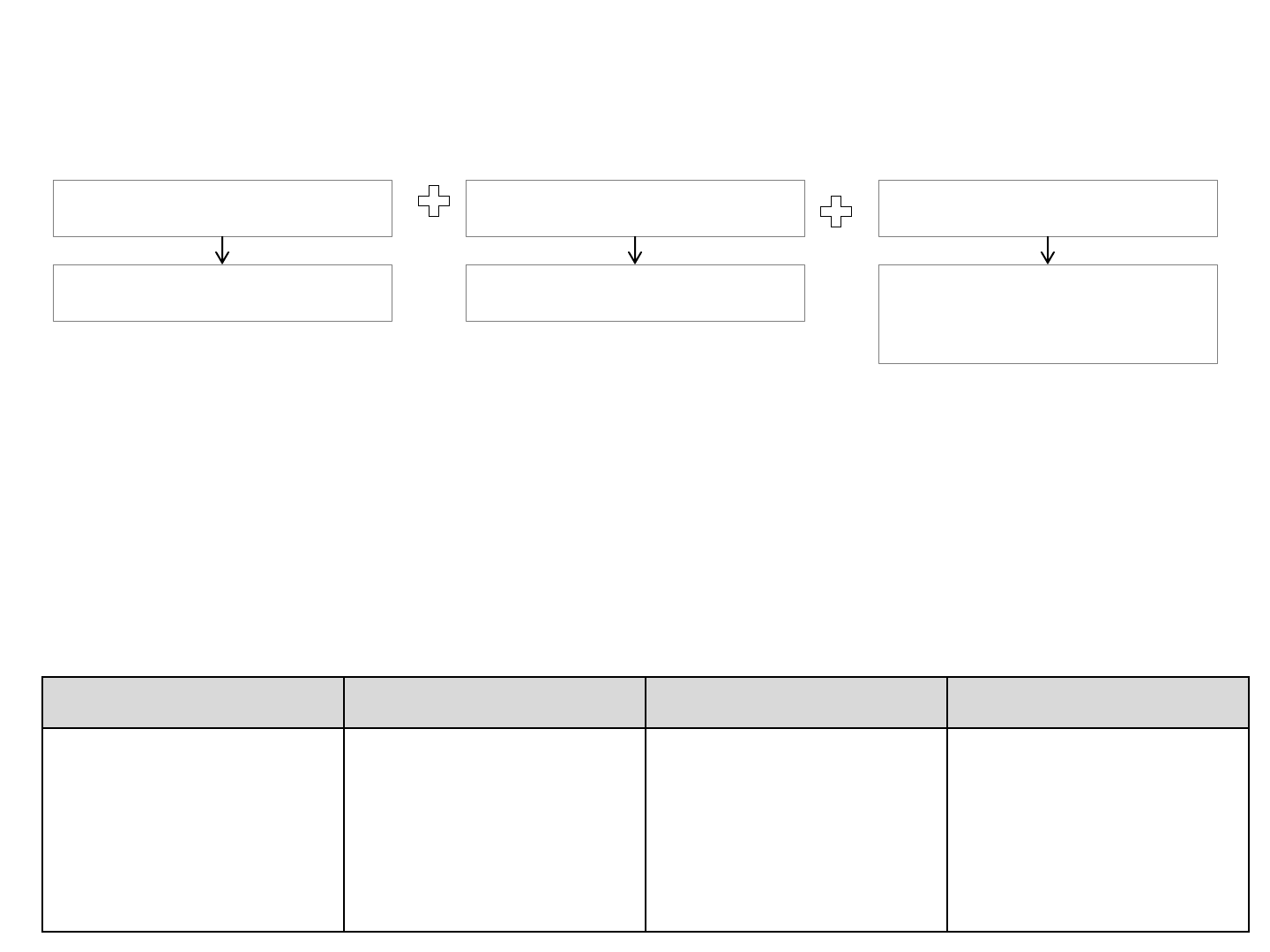
Introduction :
1) Meaning of Upanishad :
a) Vedasya Antah Bagaha – Upanishad :
Ni ShadUpa
Nishchaya Jnanam
Destroyer of Sorrow,
Samsara, Avasadayati
Atma Jnanam
• Upanishad is Atma Nishcaya Jnanam which is destroyer of Samsara.
b) Upa Samipya Arthe :
• Atma closest to me – beyond 5 Koshas.
• Samsara destroying self knowledge.
• Upanishad refers to knowledge generating words – Shabda Pramanam.
2) How Knowledge takes place?
Atma Shabda Student Knowledge
- Prameyam
Example :
- Forms & Colours
- Pramanam
Example :
- Ears
- Pramata
- Enquirer, knower
Example :
- “I”
- Prama
- Vidya Jnanam
Example :
- Knowledge of
forms + colours
72

• When 3 come together knowledge takes place.
• When student Pramata is there, Vedanta Pramanam teaching is heard, Atma Svarupa
Jnanam will take place.
3) What is the obstacle in generation of knowledge in the mind of the student?
Prameyam PramanamPramata
Obstacle - Dosha
- Object of knowledge.
- Atma
- Go beyond Wall to see car.
- No Dosha
- Nitya Upalabdha
Svarupa.
- Instrument of knowledge.
- Shabda Pramanam.
- Wax in ears.
- Upanishad words have no
Dosha.
- Nirdushta Pramanam.
- Subject of Knowledge
- Mind of student,
listener.
- Non preparation.
- Human Buddhi has
Doshas.
• When knowledge is not generated, obstacle is unprepared mind of Pramata, student.
• Rectify Pramatru Dosha (Sadhana Chatustaya Sampatti) and then listen again,
Panchadasi – Chapter 9.
73

4)
Tvam Padartha AikyamTat Padartha
Doubts
- Created Jiva
- Nirguna Jiva and
Paramatma oneness.
- Is Attributeless entity,
Ishvara possible.
• Advaitam is possible only when world is Mithya.
• If world is Satyam and Atma is also Satyam, 2 Satyams not Advaitam.
• 90% of students unable to accept Mithyatvam of Jagat.
• Visishta Advaitam does not accept unreality of dream or waking.
• Lack of conviction regarding Nirguna Vastu is Buddhi Dosha.
Purusha Buddhi Doshas :
• Vedas give information or knowledge of a fact?
• Sense organs can’t prove Nirguna Vastu.
5) What are Prakarana Granthas?
• Books that remove Purusha Buddhi Doshas, not meant to generate knowledge like
Veda Pramanam.
74
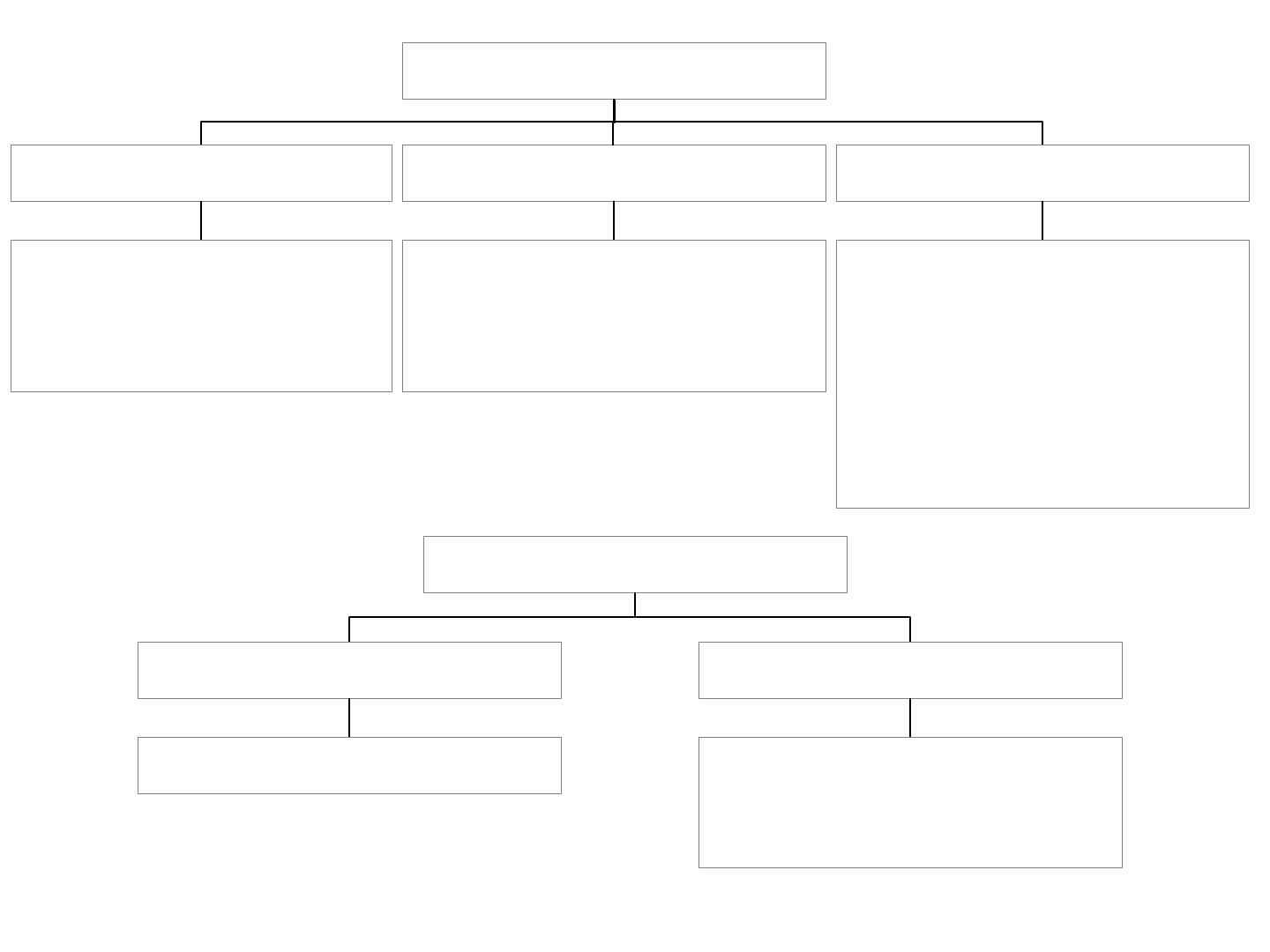
Tat Pada Pradhana Tvam Pada PradhanaBirds eye view of Shastra
3 types of Prakarana Granthas
- Jagan Mithya highlighted.
- Srishti, Samashti,
Paramatma discussed.
- Drk Drishya Viveka
- Sarva Vedanta Siddanta
Sarva Sangraha (SVSSS)
- Upadesa Sahasri.
- 250 Verses on Sadhana
Chatustaya Sampatti only.
- Tattva Bodha.
- Vivekchoodamani
- Preliminary manual.
Function of
Prakarana Granthas
- Remove obstacles.
- Make Mahavakya function
effectively.
Upanishad
- Generate knowledge.
75
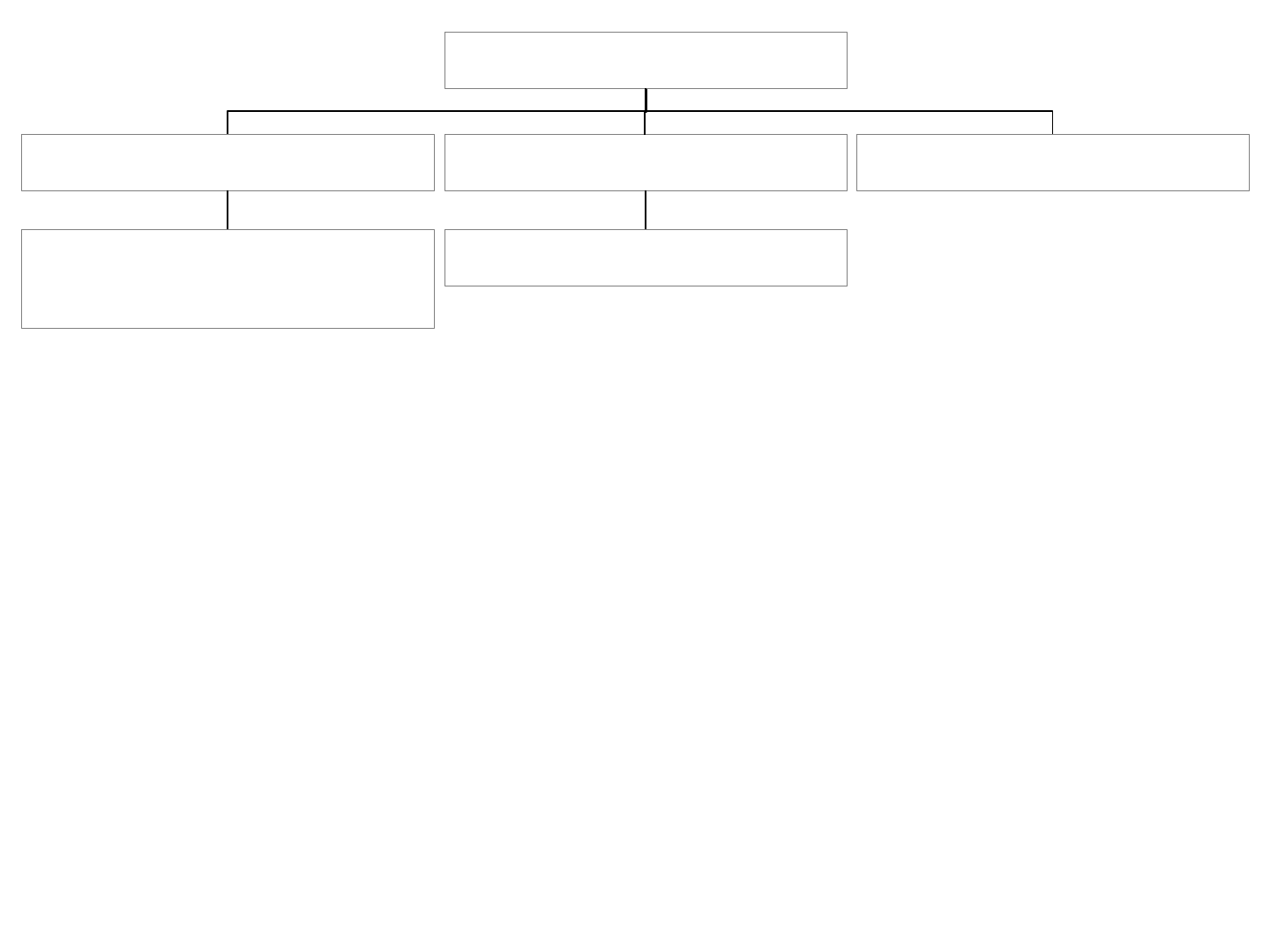
Brahma Siddhi Advaita SiddhiNaishkarmya Siddhi
Siddhi Granthas
- By Mandala Mishra
- Focuses on Tvam Pada
obstacle – meaning of “I”.
• Refute other systems and defends Vedanta teaching.
• Brahma Sutra – 2
nd
Chapter – 2
nd
Pada :
Para Mata Dushtava Darshanam.
• 6 Astikas, 6 Nastikas, Philosophies discussed.
Sureshvaracharya :
• Direct disciple of Shankara.
• Purva Ashrama Name – Mandala Mishra, Vishwarupa Acharya, Purva Mimamsaka
Scholar.
Wrote Vartikams on :
a) Taittriya Bashya Vartikam – 1000 Verses .
b) Brihardanyaka Bashya Vartikam – 10,000 Verses.
76
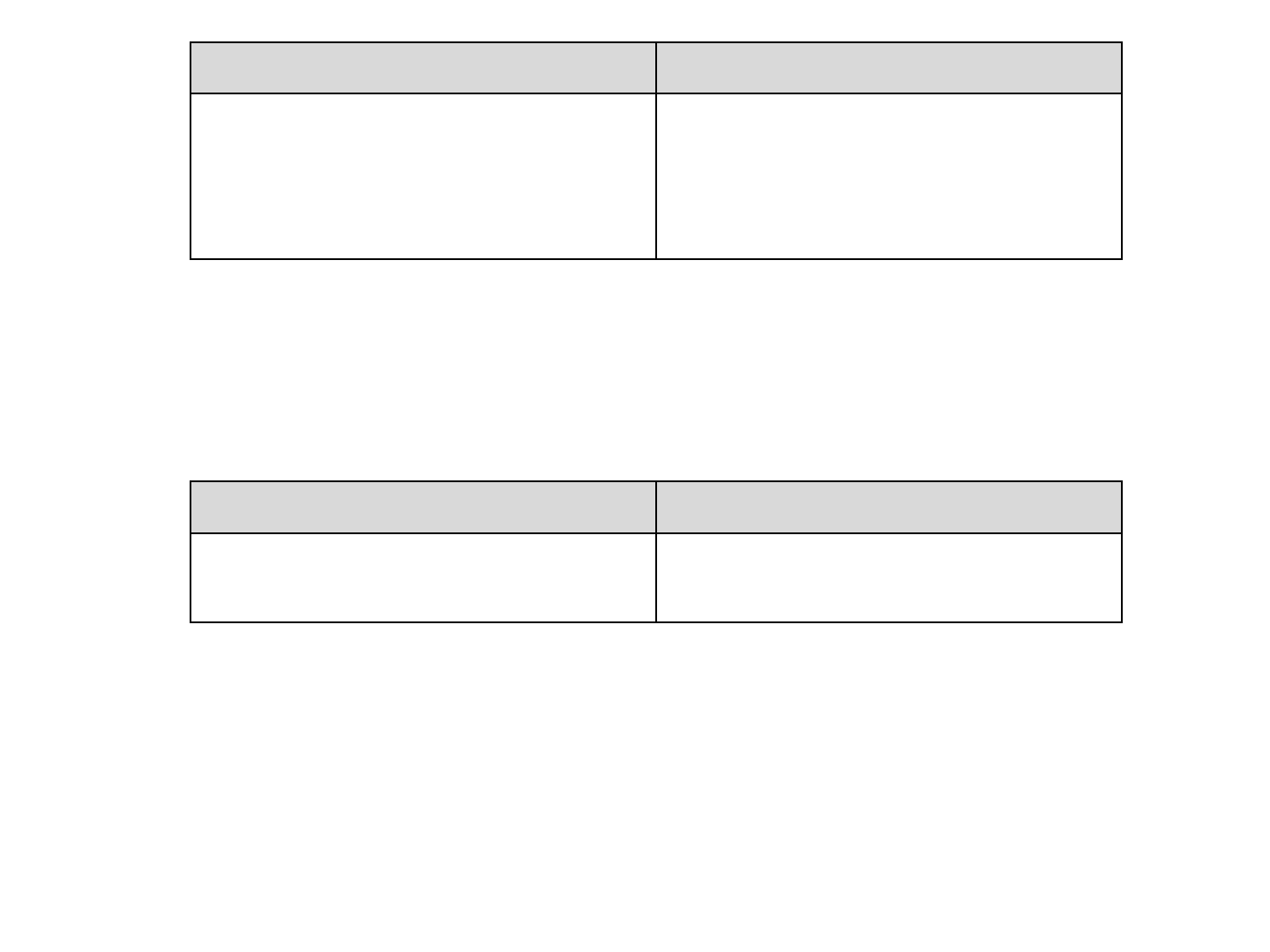
• If always available is Jagrat, Svapna, Sushupti Adhishu, Why we say Siddhi –
attainment.
• Atma is as though not available because of ignorance.
• It is accomplishment of ever accomplished Atma Svarupam through Jnanam.
Naishkarmya Siddhi
- Atma Svarupa - Prapti
- Attainment of my own real
Nirguna, Actionless nature
which is always available.
Eyes Vedanta
- Direct Pramanam for Anatma
Jnanam.
- Direct Pramanam.
- Shastra Chakshu.
• Both valid, independent sources of knowledge.
• Because of obstacle in the mind, we are not able to accept a fact revealed by Vedanta.
• “Aham Brahma Asmi Vritti Jnanam, not able to accept as a fact, knowledge.
• Only when I am willing to accept Aham Brahma Asmi Vritti in my mind as knowledge,
a fact, then alone liberation becomes a fact.
77
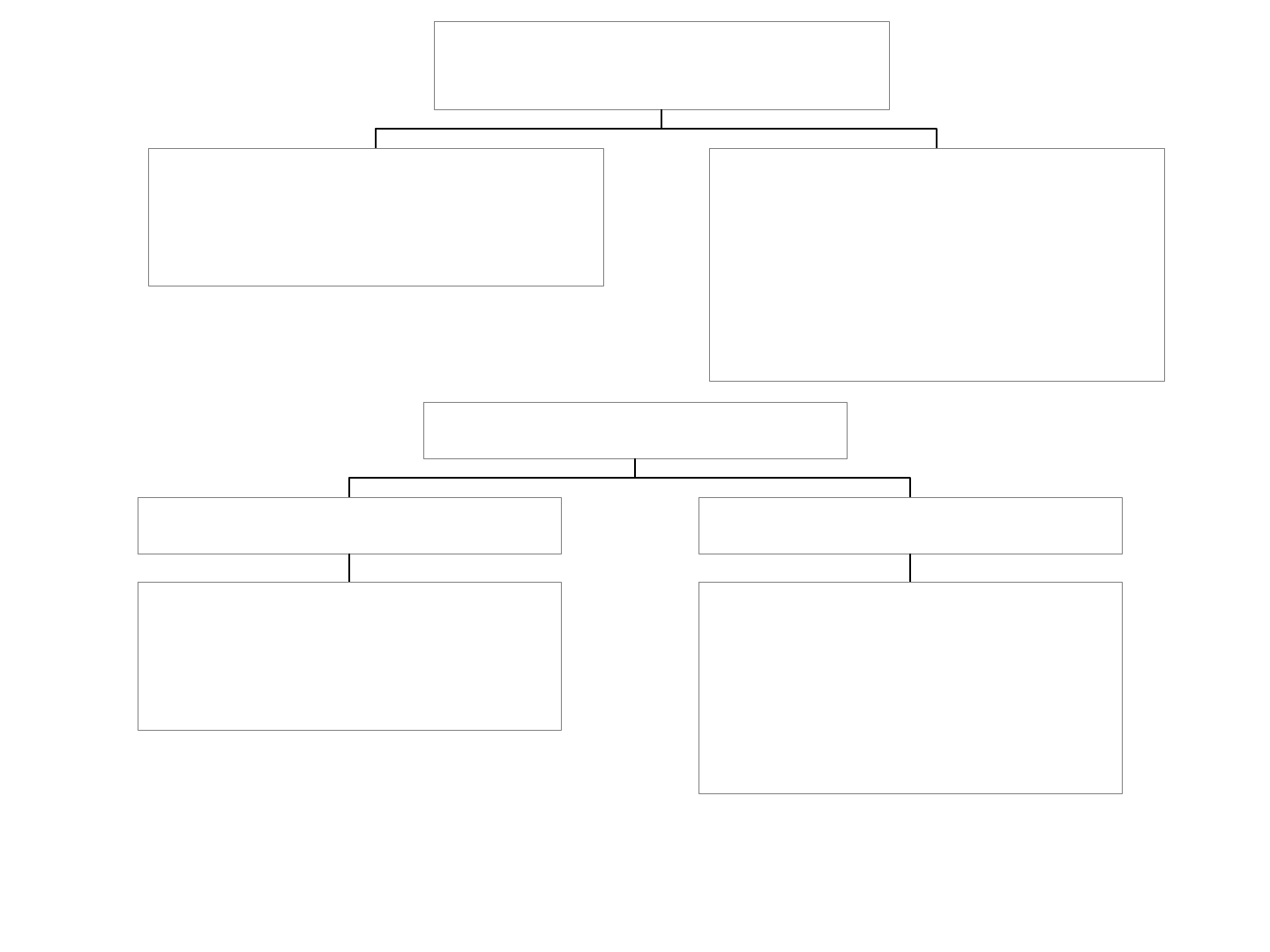
Aham Brahma Asmi Vritti can be
seen as
- Fact
- Moksha, Mukta
- I want to convert information
into a fact.
- Learn to see Vritti as
knowledge.
- Information
- I have information I am
liberated.
I
Sanyasa Ashrama
- Sakshi I, Paramartika
Prominent.
- Replaces Ahamkara I.
- Mahavakyam smoothly
glides into intellect.
Grihasta Ashrama
- Ahamkara I – Prominent
because of Vyavahara.
- Father I, Boss I, Son I.
• Naishkarmya Siddhi (NS) follows Upadesa Sahasri style – 18
th
Chapter – “Tat Tvam Asi”
– analysis.
• Many verses bodily lifted by Sureshvaracharya.
78
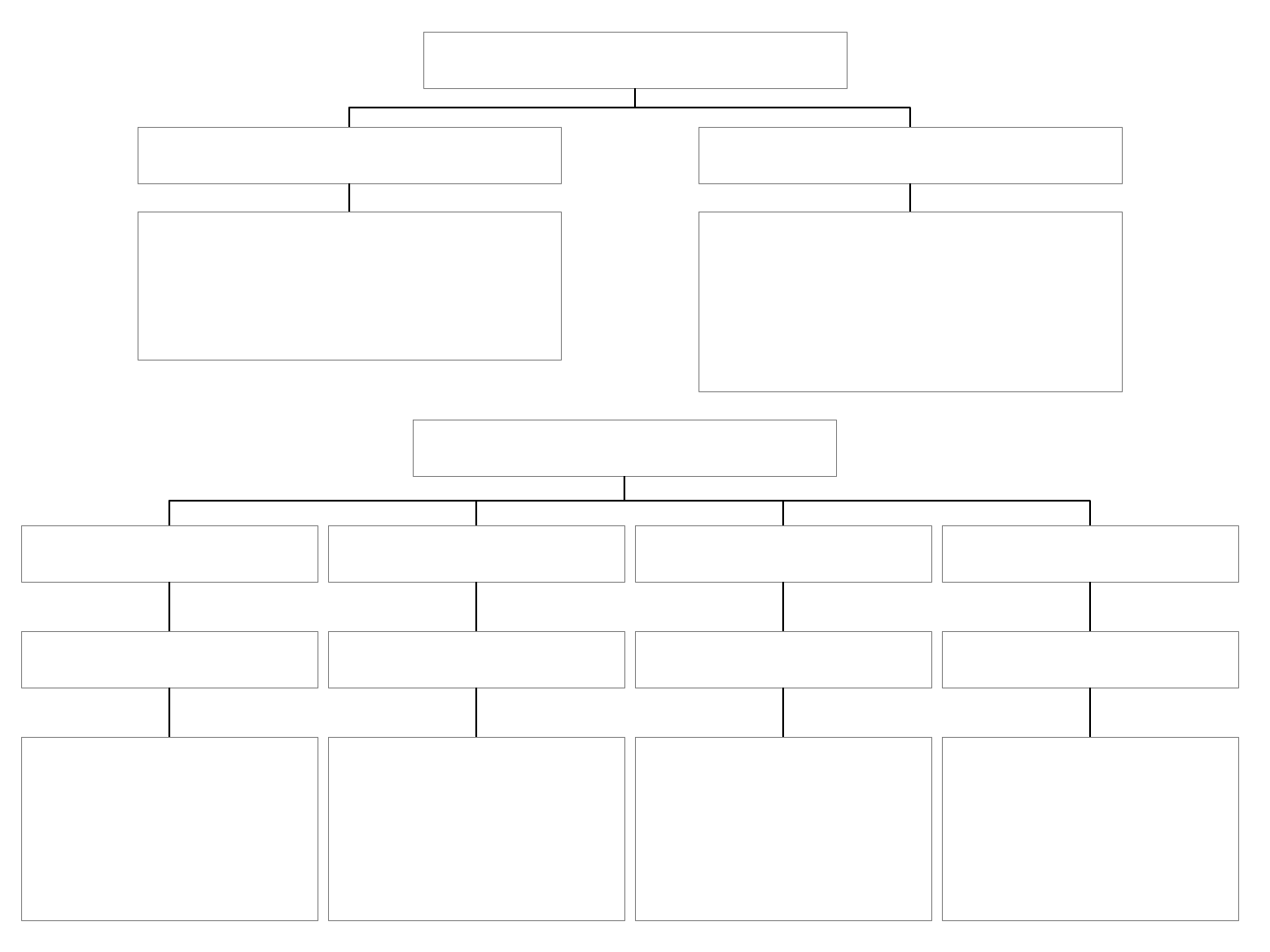
Naishkarmya Siddhi 2 portions
Gadya Rupa Baga
- Gives connection,
Introduction, Sambandha
Uktih.
- Prose form.
Padya Rupa Baga
- Main verse
- Anushtup Metre Gita style
4 Chapters – 423 Verses
Chapter 1
100 Verses
What is Moksha
Sadhanam?
- Karma
- Jnanam
Chapter 2
119 Verses
- Tvam Pada
Vichara.
- Atma Anatma
Viveka.
Chapter 3
126 Verses
- How Mahavakya
generates
Jnanam through
Sravanam.
Chapter 4
78 Verses
- Jeevan Mukti.
- Consolidation of
Chapter 1, 2, 3.
79
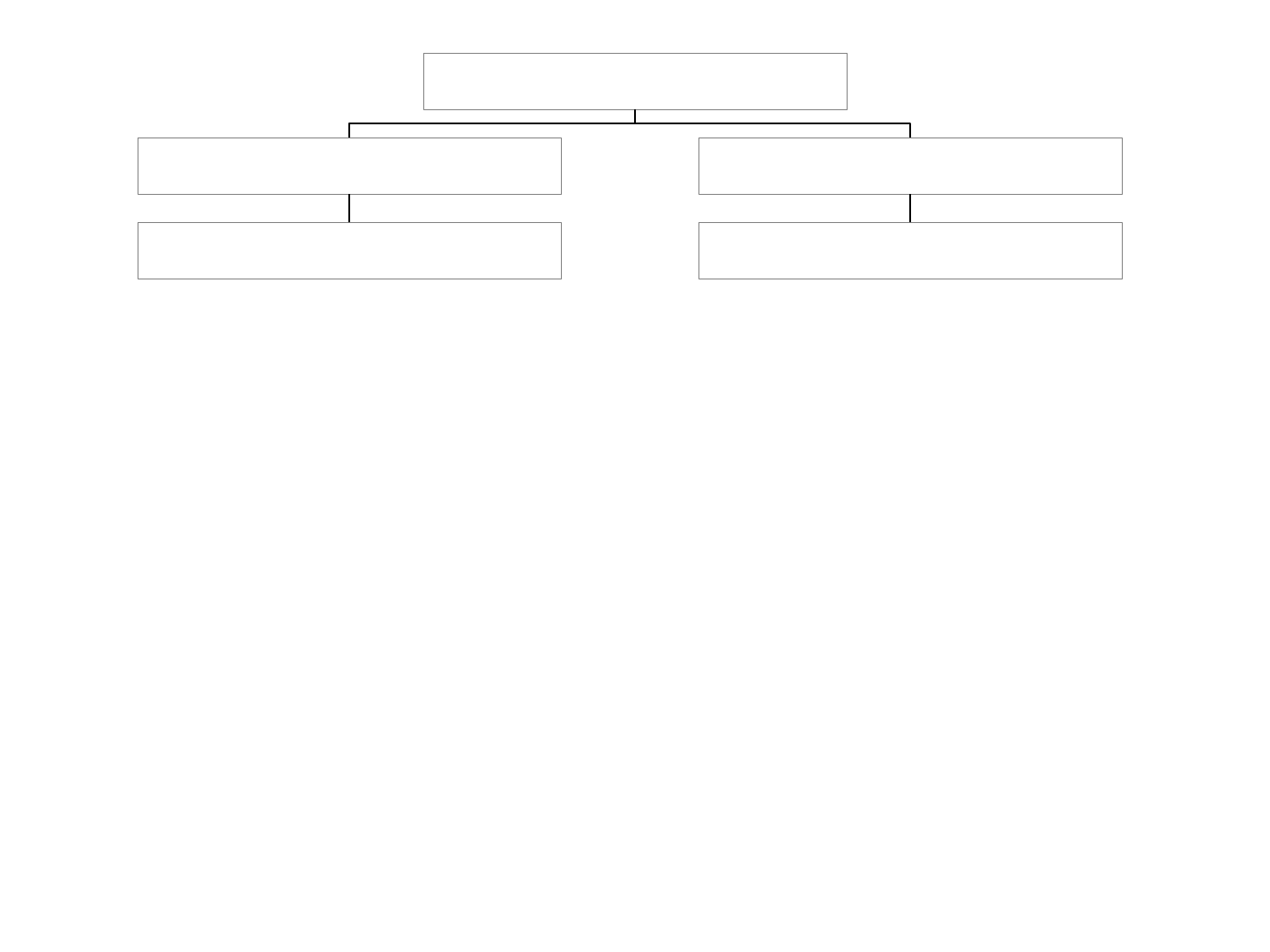
Chapter 1 :
What is role of
JnanamKarma
Jnana KhandaKarma Khanda
Chapter 2 :
• Analysis of Tvam Pada.
• Very important for Mahavakya to work.
Chapter 3 :
a) How Mahavakya works and liberates person?
• Sravanam is primary Sadhana.
• Mananam and Nididhyasanam secondary.
b) Nature of ignorance.
• Technical analysis, not done before.
Chapter 4 :
• Upasamhara, summary.
• Sankshepa, consolidates 1, 2, 3.
• Jeevan Mukti while exhausting Prarabda and facing challenges posed by Prarabda
every moment.
80
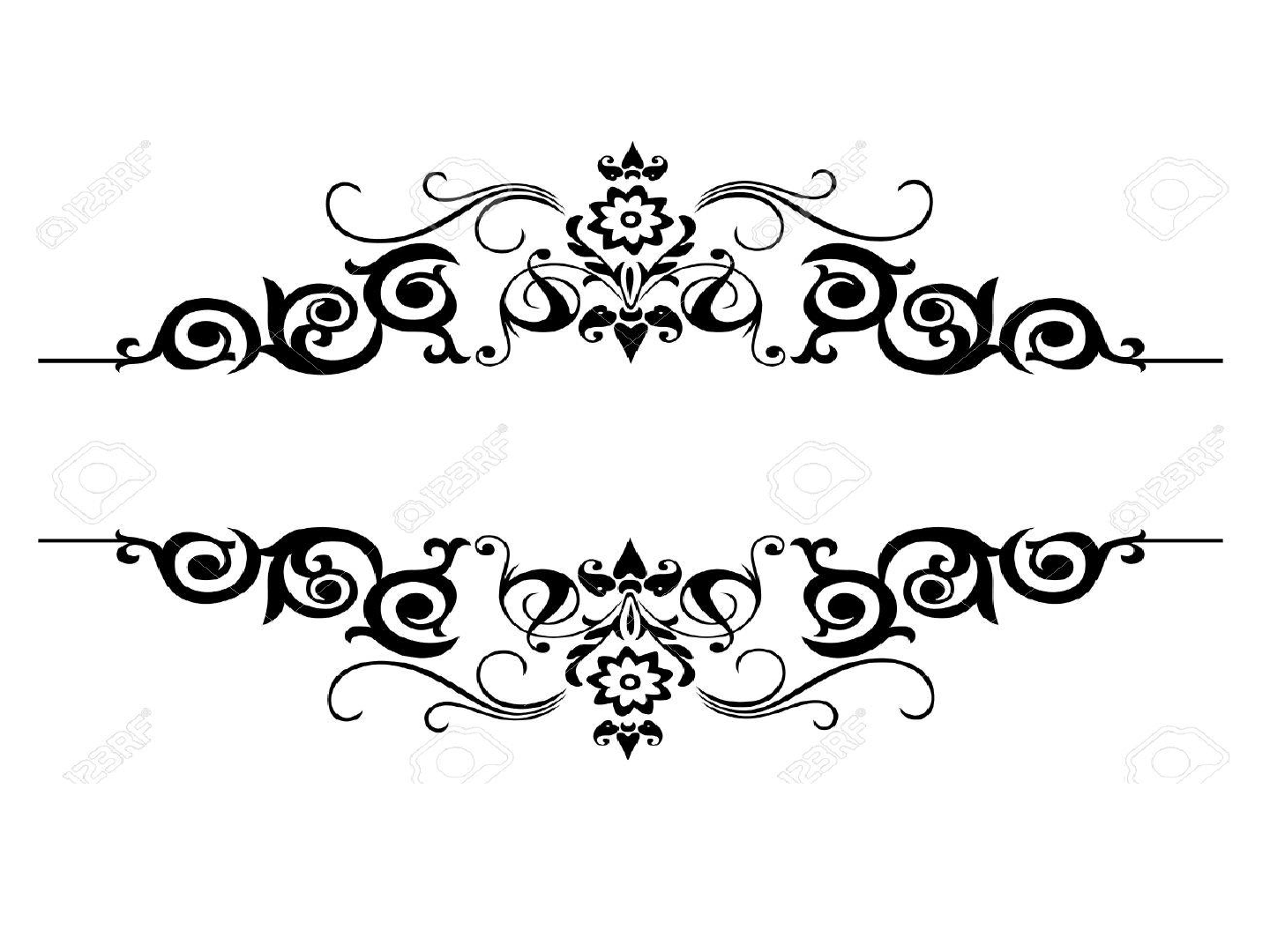
APAROKSHA ANUBUTI

Introduction :
1)
Prasthana Trayam
3 Basic Text Books / Paths
Nyaya Prasthanam
- Brahma Sutra
- Condensed, logical,
reasoning support.
- 555 Sutras.
Smriti Prasthanam
- Gita
- Part of Mahabaratha
- Diluted version of
Upanishad.
- Elaborated version,.
- Remembered wisdom.
- Simplified version.
- No logic.
Sruti Prasthanam
- Upanishads
- Vedanta
- Moolam, original
source.
- Apaurusheya Grantha.
- Not Human
- Revealation.
- Rishis are medium for
teaching to appear.
- No Reasoning, valid by
itself.
81
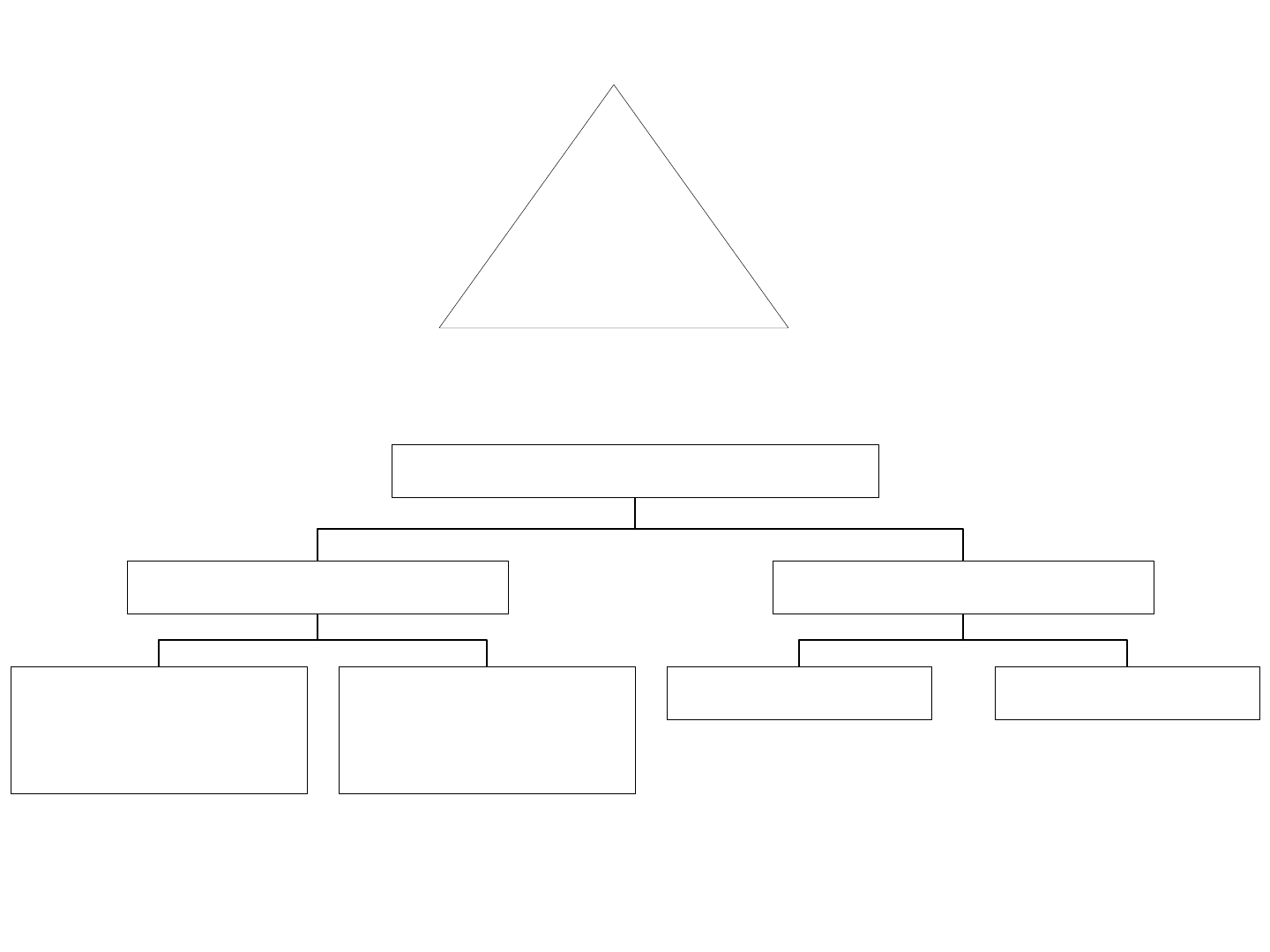
2)
Sruti
Nyaya → Condensed VersionDiluted Version ←Smriti
3)
Prakarana Granthas (Treatises) Like
Model
ApartmentBuilding
Map (Nutshell)
- Blown up
picture, intensive
extensive.
- Full, total
picture.
- Nut Shell
82
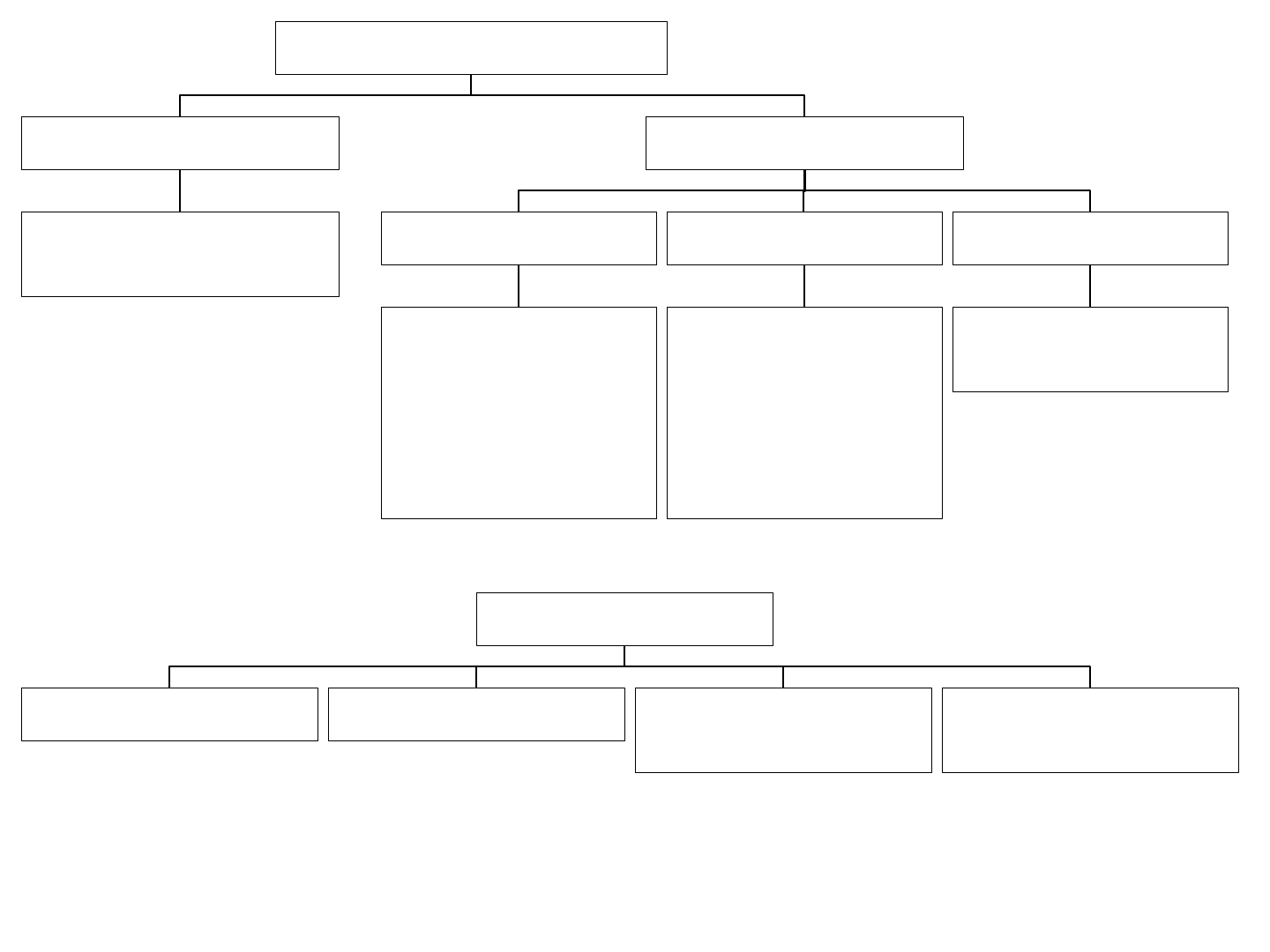
• Seekers Start with Prakarana Granthas and then learn Gita, Upanishad, Brahma Sutra.
Tat Tvam Asi
Micro – Specific Map (Nutshell)
Asi
- Essential
Oneness.
Tvam
- Jiva
- Individual
- Body, Mind,
Pranas,
Rebirth.
Tat
- Ishvara
- Creation
- Cosmology
- Views of Nyaya,
Veiseshika.
- Total
- General
Prakarana Granthas
Tatva Bodha (LKG) Atma Bodha (LKG)
Vivekchoodamani
(UKG)
Aparoksha Anubhuti
(UKG)
Shankara :
• Pioneer in preserving, propagating, gives life, perpetuating, Vedantic tradition.
• Indian history is mystery, Shankaras birth date (500 BC or 500 AD ?), birth place, his
works not clear.
83
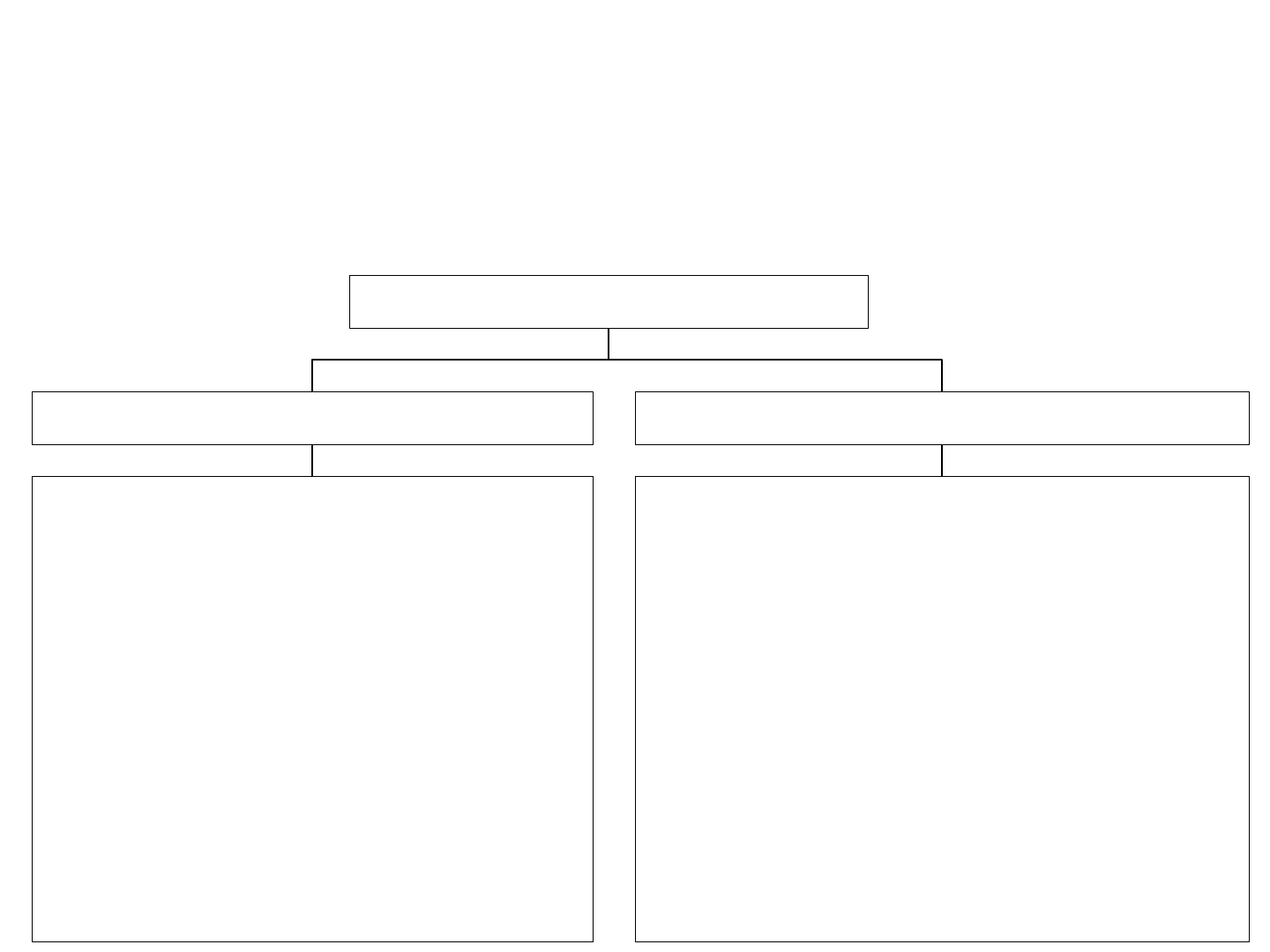
4) Aparokshanubhuti :
• 144 Verses (Poetry form)
• Tatva Bodha (Prose form).
• Anubhuti = Anubhava = Jnanam.
• Brahma Aparokshanubhuti - Direct Jnanam of Brahman.
5)
Brahman Jnanam - Knowledge
Aparoksha
- Direct
- Releases person from sorrow.
Practical :
- Lychee fruit in the mouth.
- Direct experience.
- Visit Rishikesh.
Technical :
- Fruit within scope of mind.
- Through eyes, ears, nose, skin, tongue
fruit reaches mind.
- When sense organs are in touch with
sense object it is called direct knowledge.
Paroksha
- Indirect
Practical :
- Lychee fruit, get description, picture,
size, form, taste.
- Rishikesh description.
Technical :
- When fruit not within purview of
mind, not mentally experienced,
beyond scope of mind, being away.
- When sense organs are away from
sense objects, it is called Indirect
Knowledge.
84
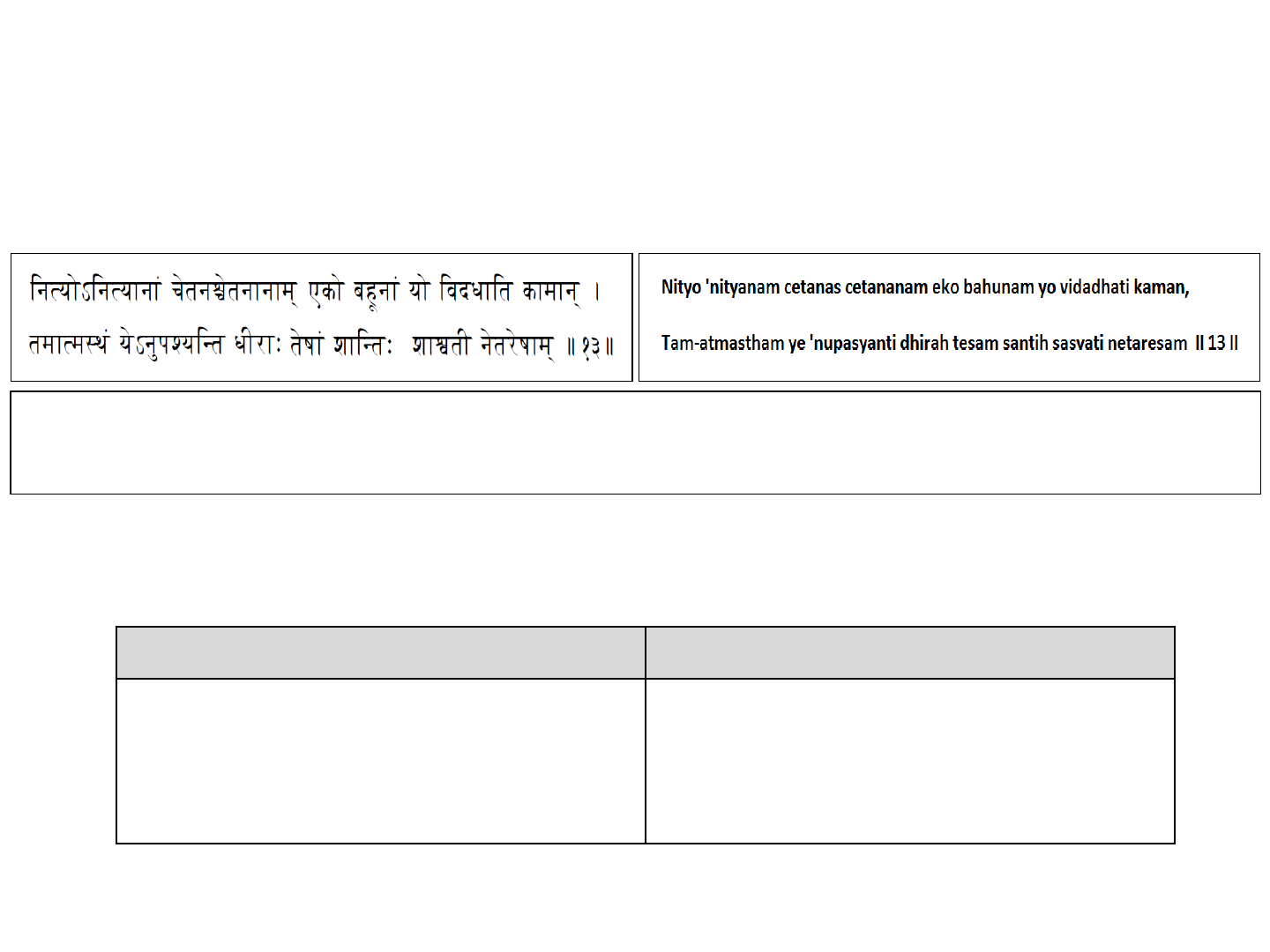
• Brahman Aparoksha Jnanam alone releases person from sorrow.
• In all other methods one can’t be free from sorrow. If so, will be temporary (see TV,
take a drink, sleep).
• For permanent release, only one way.
Katho Upanishad :
• Self knowledge alone gives lasting peace of Mind.
• Others methods give piece of peace which goes to pieces.
He, the Eternal among non-eternals, the Intelligence in the intelligent, who, though one, fulfils the desires of many…
those wise men who perceive Him as dwelling in their own Self, to them belongs Eternal Peace and to none else. [II – II –
13]
Direct Jnanam Indirect Jnanam
- Experience of object coming in
contact with mind.
- See “Star” entered in the mind.
- Knowing object when it is not in
contact with mind.
-
Clock underneath desk not entered
mind.
• Shabda, Sparsha, Rupa, Rasa, Gandha enter Mind through gateways of eyes, ears,
nose, tongue, skin.
85
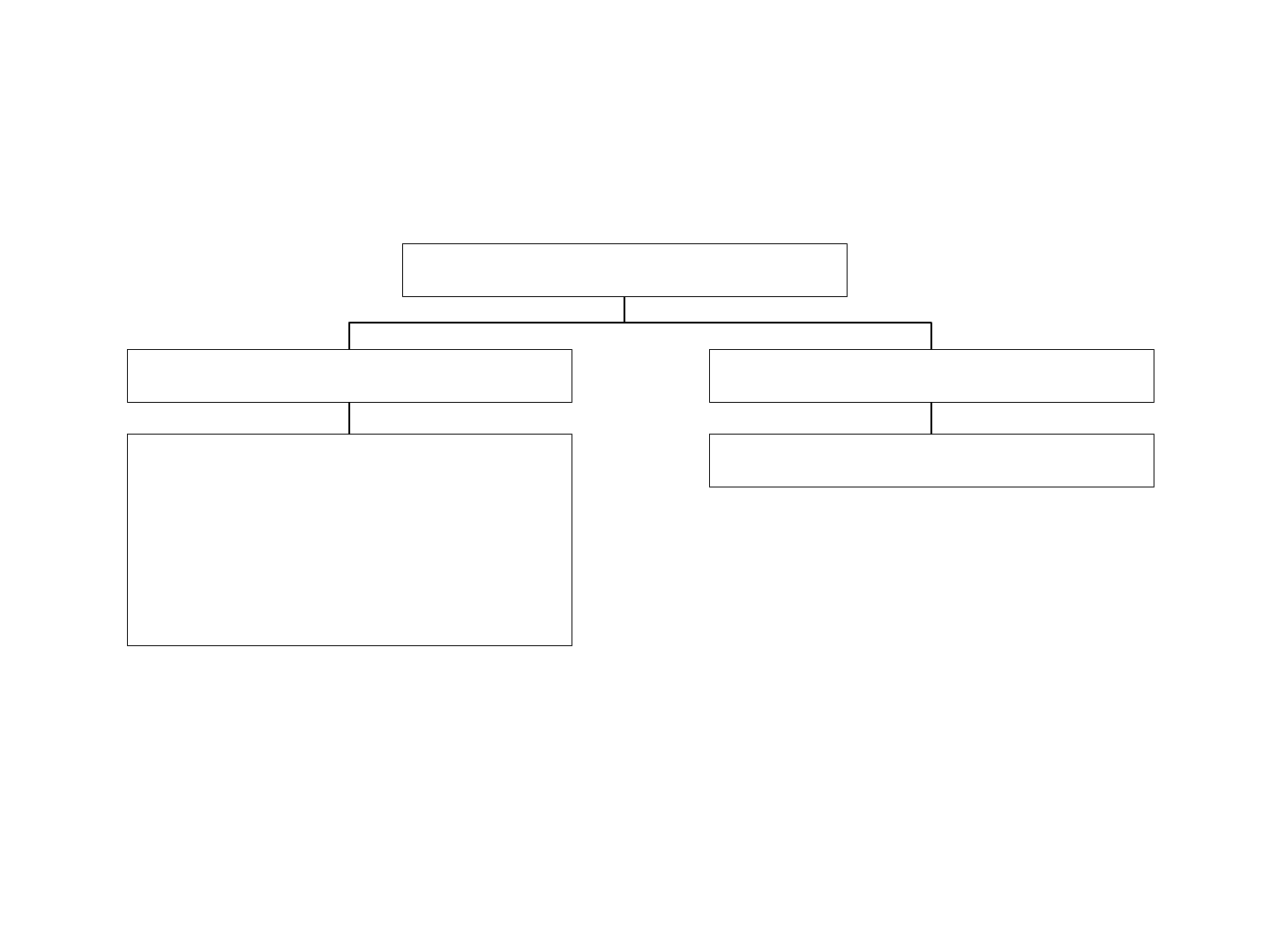
• Emotions of love, anger, desire, frustration, restlessness directly experienced by me, in
contact with Mind.
• Sense organs not required.
• Either through sense organs or without sense organs, contact with Mind = Aparoksha
Jnanam.
Is Brahman
Aparoksha Jnanam
- Face to face with Brahman.
Paroksha Jnanam
- When Brahman not in
contact with mind.
- Open eyes or tightly closed
eyes and expecting Brahman
to descend.
• Brahman is Nitya Aparoksha Jnanam, it is ever in contact with mind.
• Then why study scriptures?
Tattva Bodha :
• Brahman is Satyam, Jnanam, Anantham, All pervading consciousness, can’t be away
from anything at anytime in Creation.
• Wall can be away from Mind, therefore you have to experience.
86

• Brahman never away from Mind at any time. Mind conscious because of Reflection of
Brahman, pervasion of Brahman. Brahman is always in contact with Mind.
• We have to get Knowledge of Nitya Aparoksha Brahman.
General Rule :
Samanya Nyaya – For objective knowledge :
1
st
:
• Knowledge of object.
2
nd
:
• Experience – Mind and object come in contact.
Brahma Jnanam is exception :
• Knowledge and experience are at same time, being subjective knowledge.
Greatest Mistake / Misconception :
• Brahman is ‘object’ like temple I have to experience.
Tattva Bodha :
• Brahman is Chaitanyam, all-pervading, inherent consciousness.
• It can be never away from anything in creation at any time.
• I was Brahman, am Brahman, will be Brahman, Nitya Aparoksha Jnanam.
• At no time, there is gap between Brahman and Mind.
• All minds exist in Brahman and dissolve in Brahman.
87

• Mind sentient because of Brahma Sambandha.
• Brahman is all the time Aparoksham, it is the only Nitya Vastu, ever known, directly by
all without any Medium.
• Direct knowledge of Brahman known all the time because Brahman is ever in contact
with Mind.
• Nobody lacks Brahman experience.
• We work for other experiences because they are away from the Mind.
• Hear Music program, visit Iceland, there are conditions to be fulfilled in objective
knowledge.
Wrong to say :
• I had Brahman experience yesterday at 3:45 AM.
Example : Like saying
• I know Mei – Hilarium for eyes its white like Turmeric powder.
• Brahman is ever evident, ever experienced, light of all lights, Chaitanyam principle,
God principle.
• How scriptures talk of Brahma Paroksha Jnanam?
Normal chronological order :
• Knowledge first
↓
Experience later
88

• Exception is Brahma Jnanam.
• Every Rule has exception.
Rule :
• Every vehicle must stop in Red signal.
Exception :
• Ambulance, Fire engine.
Example :
• Swamiji goes to school for giving speech, standing in corner, not noticed. Later
someone introduces and he is recognised.
• With introduction, recognised.
• Experience is there without knowledge.
• Need Guru, must introduce Brahman, seeker realises ever evident truth principle,
Brahman.
Introduction :
• That which you have been experiencing until now, you have been waiting for is
Awareness, Brahman.
• You are, have been experiencing, waiting unnecessarily.
• No new experience.
• Introduction puts end to waiting and curiosity goes.
• It is already evident.
89
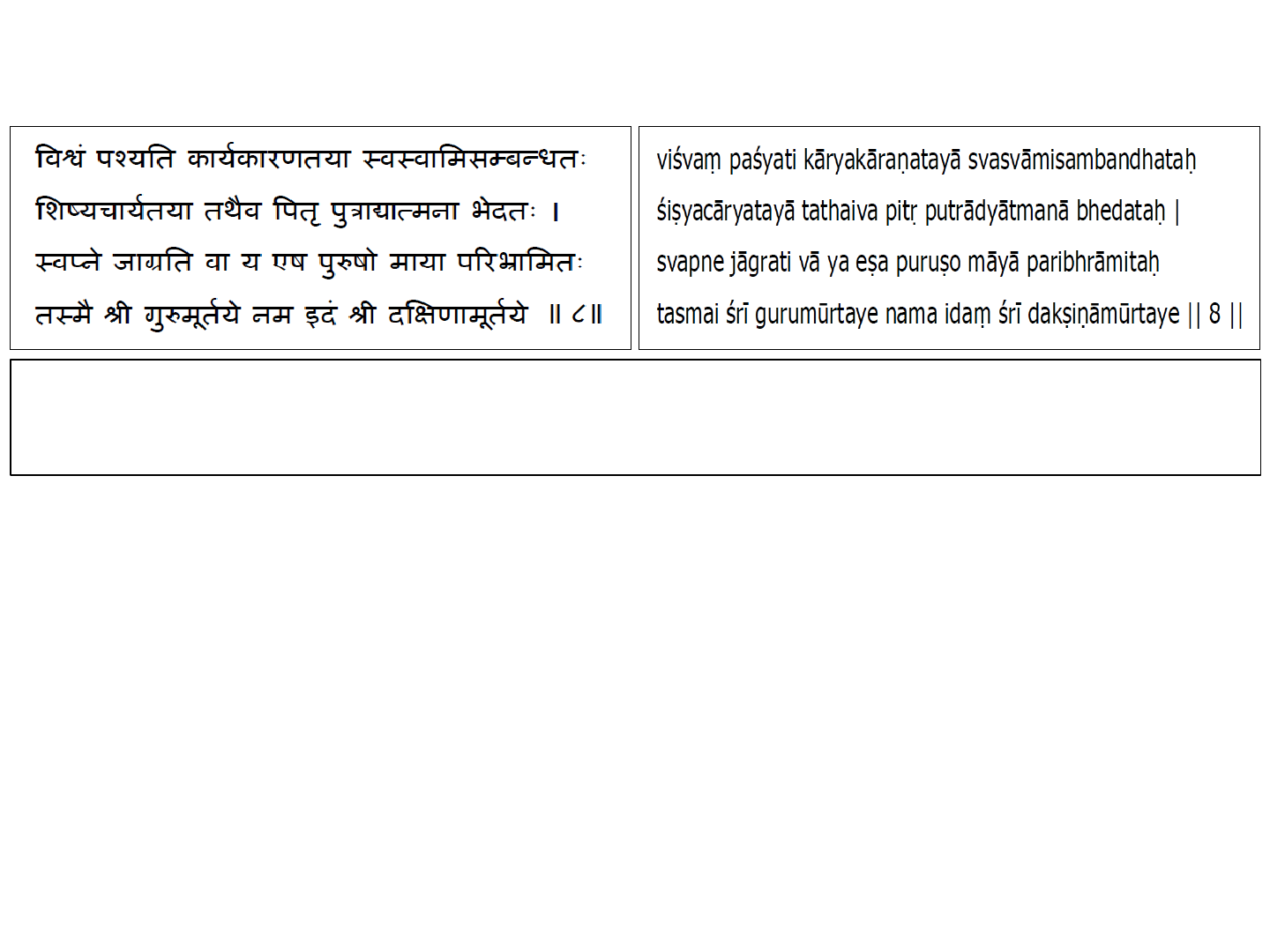
• Brahma Anubava is all the time there, changeless, self-evident, Chaitanyam, Aham.
Dakshinamurthy Stotram :
• Ever evident I, is Aparoksha Jnanam of Brahman.
• Not new experience but new knowledge.
• Doubts come – How can I be infinite?
Tattva Bodha :
• I am not body or mind.
• I am different from Body and Mind.
• Light not part of book, different than book, inherently pervading book because of
which it is seen / known.
• Similarly I am consciousness which is not part, product, property of body.
He, who is the Purusa, whirled in maya, sees, in Himself, the world of cause-effect diversely related as
possessor and possession, father and son, and as teacher and taught, both in the state of waking and of
dreaming;… to Him, the divine teacher, Sri Daksinamurty, is this prostration. [Verse 8]
90

• Distinct from Body, survives death of Body.
• That I – Consciousness am Brahman.
• Introduction by Guru, no new experience, only new understanding.
• Experience already there for all of us.
• New knowledge Aham Brahma Asmi is called Aparoksha Jnanam.
• Paroksha Jnanam of Brahman is misconception.
• Introduction is job of Upanishad through Mahavakya Upadesa.
• Mahavakya Sara taught in Aparokshanubhuti.
91

Summary – 144 Verses
Verse 1 – 11
Prayer + Introduction
- Qualifications required for
self knowledge.
- Viveka, Vairagya, Sadhana
Chatustaya Sampatti,
Mumukshutvam.
- Means to aquire
qualifications :
a) Svadharma
Anushtanam – do Duty.
b) Hari Toshanam,
Ishvara Bakti.
- 3 topics – qualifications,
importance of Jnanam,
enquiry.
Verse 12 – 16
Enquiry in Nutshell
- Brahman Satyam, Jagan
Mithya Jivo Braheiva Na
para.
- I am not 3 Sharirams.
Verse 41 – 89
Anatma Mithyatvam
- Sarvatmatvam
- Dvaita Nisheda, Dvaita
Nindha.
- Dvaita Avidyakatvam.
- Sruti, Yukti, Anubava.
Verse 17 – 40
Atma Anatma Viveka
Atma :
- Chetanam, Nirvikaram,
Nirvikalpam, Nirgunam,
Drk.
Verse 90 – 99
Jeevan Mukti
Verse 100 – 144
Nididhyasanam
4 Steps :
a) Look at world
b) Turn attention to
observer.
c) Negate world.
d) Remain as
Consciousness
92
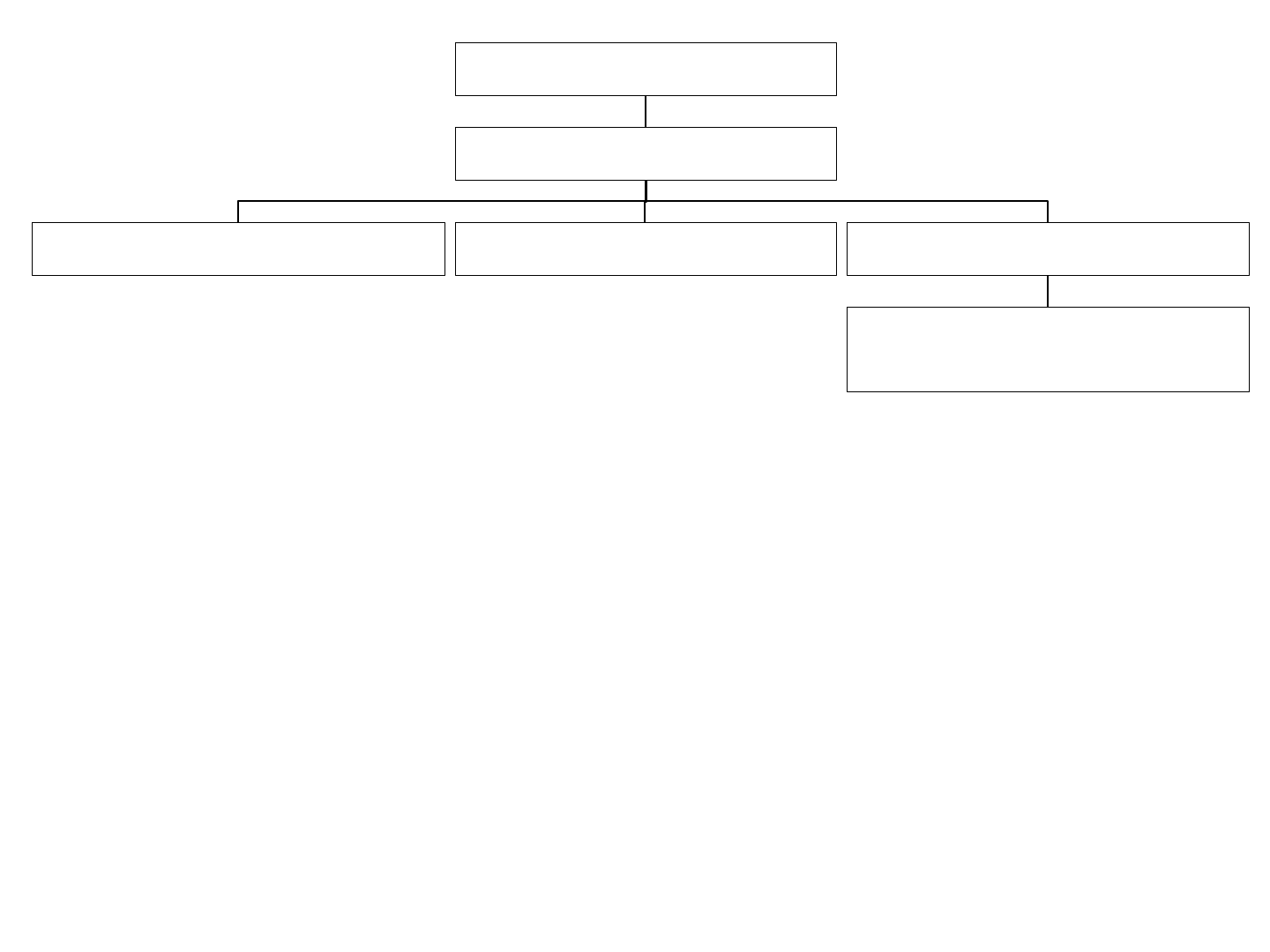
Topic 2 :
Enquiry in Nutshell
Jiva Jagat Ishvara
3 topics
- Creator of Jiva and Jagat.
- Jiva Jagat Karanam.
• Knowing Nature of 3 and their interaction is Vedanta, means of liberation.
• Ignorance of 3 factors is cause of Samsara, all problems.
• Brahma Satyam, Jagan Mithya, Jivo Braheiva Na Paraha.
• Jagan Mithya.
• Jiva non-different from Brahman is Vedantic knowledge which liberates.
Topic 3 : Atma Anatma Viveka
I) Jiva :
• Individual mixture of Anatma and Atma Amsha.
• We are confused and take one for another.
• We interchange their Natures.
• Sorting confusion is 1
st
task called Atma Anatma Viveka.
93

Anatma - Matter
Sthula Sukshma Karanam
3 Sharirams
• Atma, spirit is different in Nature.
Svarupam – 5 Main features :
Atma Anatma
1)
Chetana Tatvam :
- Spirit Principle.
2) Ever
experiencer, never experienced.
- Drk
- Sakshi, Witness
3)
Nirgunam :
- Attributeless.
4)
Nirvikaram :
- No modification.
- No Birth, growth, decay, disease,
death, rebirth.
1)
Achetana Tattvam :
- Matter principle.
2) Ever
Experienced, never experiencer.
- Drishyam.
3)
Sagunam :
- Full of attributes.
4)
Savikaram :
- Subject to constant changes.
94
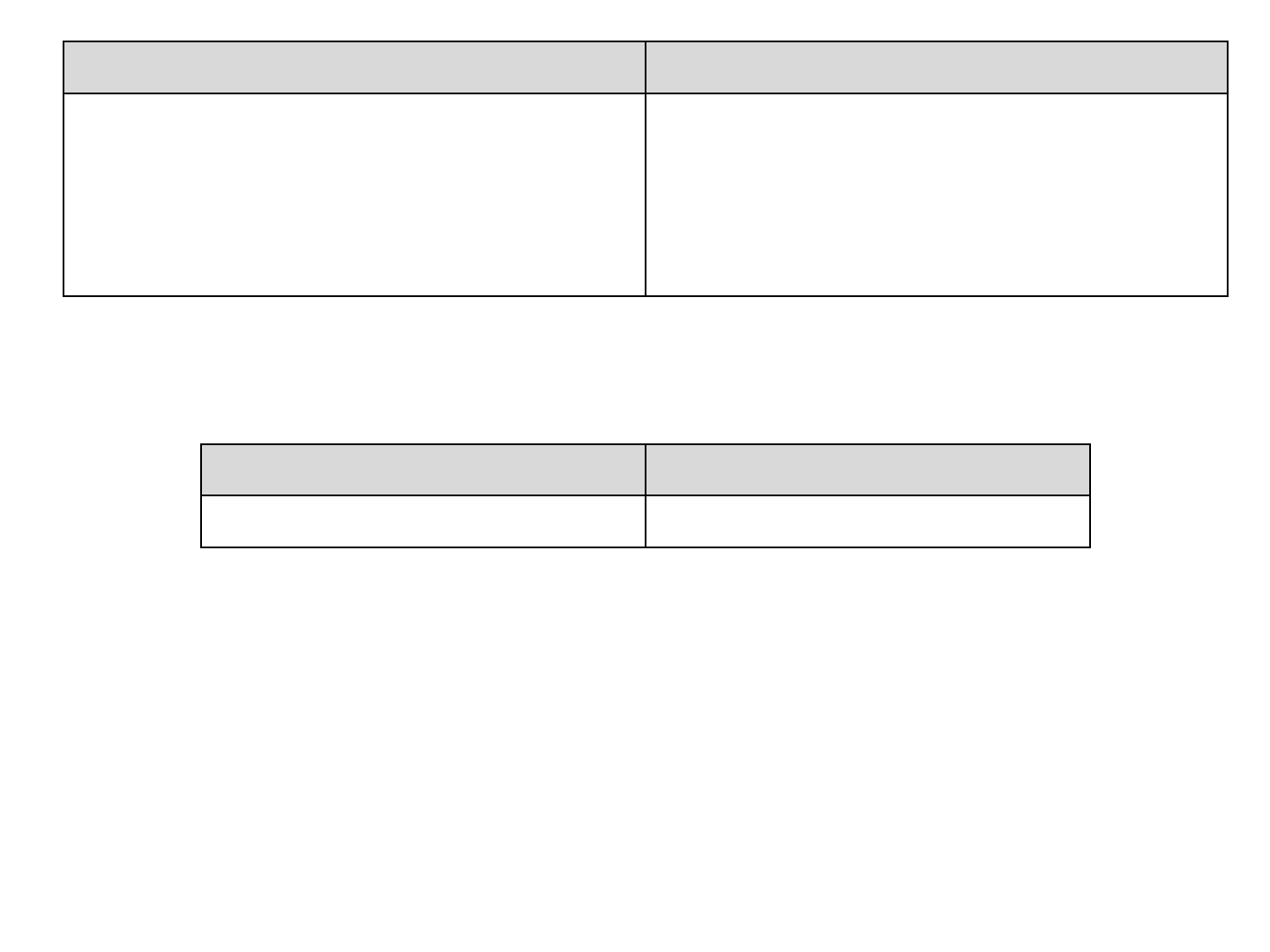
Shankara scolds :
• How can observer take himself as observed?
Ghata Drishta Ghata Binnaha
Observer of Pot, Body, Mind Not Pot, Body, Mind
• I am witness of all, I am not Sthula, Sukshma, Karana Shariram.
• This is called Atma Anatma Viveka.
• In this text Shankara concentrated more on Sthula Shariram, one verse on Sukshma
Shariram, no verse on Karana Shariram.
• Our Abhimana is very strong on Sthula Shariram, hence focussed.
95
Atma Anatma
5)
Nirvikalpam :
- Not subject to parts, partless,
divisionless.
- Can’t count Atma.
- Nondual
5)
Savikalpam :
- Subject
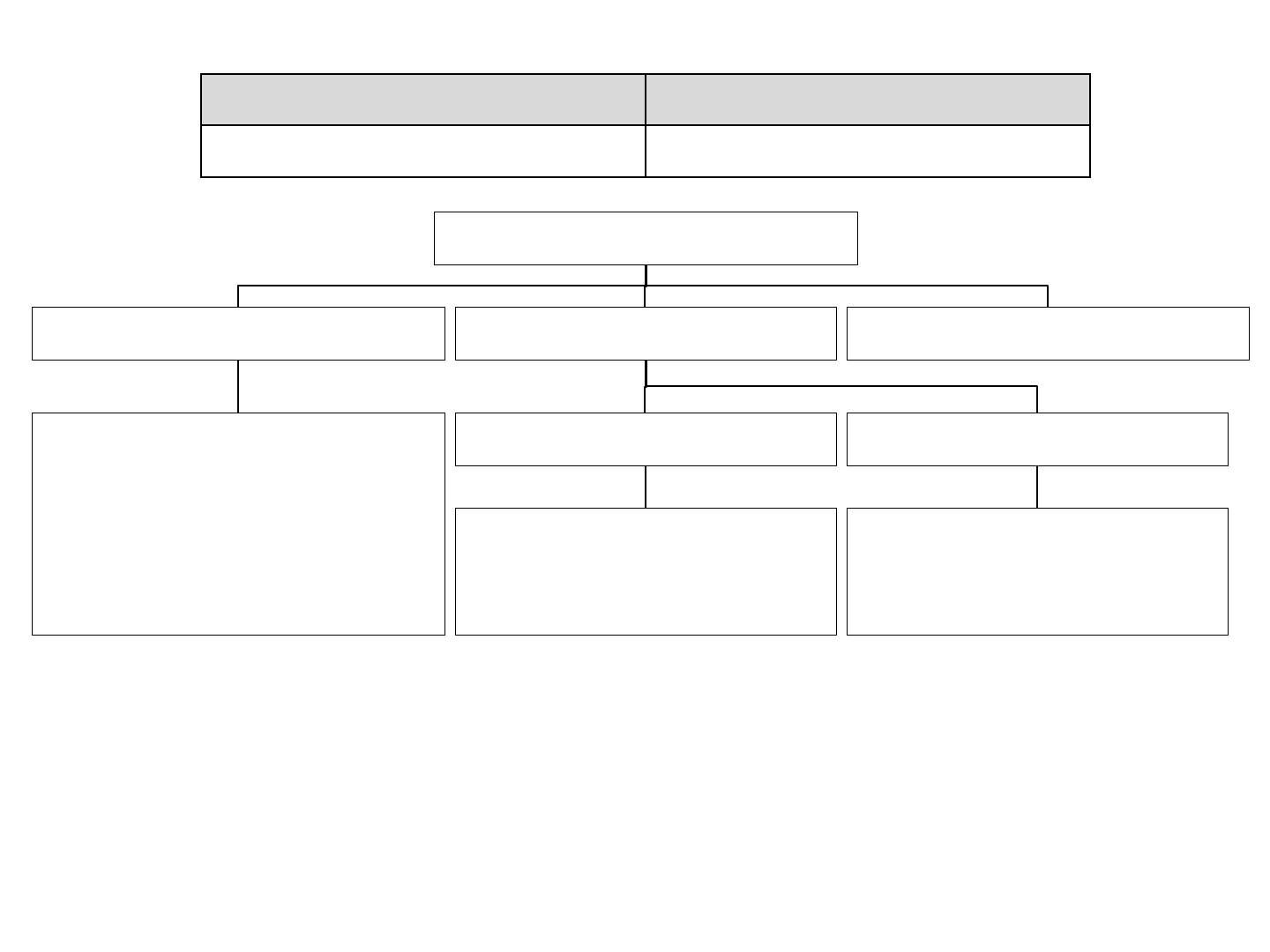
Topic 4 : Anatma Mithyatvam (Verse 41 – 89, Important topic)
Atma Anatma
Spirit Matter
Dvaitam Advaitam Shunyam
What is ultimate truth, reality?
- Coexistence
- Sankhya
- Both real
- 2 Satyams
- Purusha, Prakrti.
(Materialist) Only matter
- Spirit dissolves into
matter.
- Matter swallows spirit.
(Spiritualistic) only Spirit
- Matter dissolves into
spirit.
- Spirit swallows matter.
Upanishad :
• Dvi Atmai Bayam Bavati.
• As long as there is Duality, so long Samsara will be there.
Materialistic approach :
• Ultimate truth - Matter.
• Consciousness is Phenomena of Matter, evanescent phenomenon of Brain.
96

• From matter evolves Consciousness and Universe.
• One of the products of matter is temporary manifestation of Consciousness.
• Supernova, explosion, sun explodes, earth disappears, life extinct, consciousness
gone.
• What is left behind, only matter.
• Hence Advaitam.
Upanishadic Approach :
• Consciousness swallows matter.
Consciousness Matter
- Satyam
- Swallows matter
- Atma Swallows Anatma.
- Anatma Mithya
• Swallowing means falsification of matter – how?
Matter Understand
- Clay – Swallows Pot.
- Gold Swallows Chain.
- Wood Swallows table.
- Water Swallows Waves, Ocean.
- Chaitanyam Swallows Matter, Jagat,
3 Sharirams, 3 Prapamchas.
- No pot other than clay.
- No Chain other than Gold.
- No Table other than Wood.
- No Wave, Ocean other than Water.
- No Matter other than Consciousness.
97

• This is very important Discovery of the Upanishads.
Support :
• Sruti, Yukti, Anubava.
• Pure science, logic, Anubava can’t establish Mithyatvam.
Sruti :
4 Upanishad statements :
a) Atmeiva Idagum Sarvam :
• Sarvatma Bavana.
• Atma or Brahman alone is everything.
• No Anatma at all.
• Anatma is only appearance of Atma like chain is only appearance (Nama, Rupa,
function).
• Atma, alone is the substance behind Universe (Like gold behind all chain).
• Clay alone is everything, really speaking no pots. All pots are appearances of clay.
• Sarva Wood / water / gold / clay / Atma Bava .
• Table, wave, chain, pot, universe are Mithya.
• Sarva Atma Bavaha, No Anatma.
• There is only appearance of Atma as Anatma.
• Sruti proves Anatma is Mithya.
98
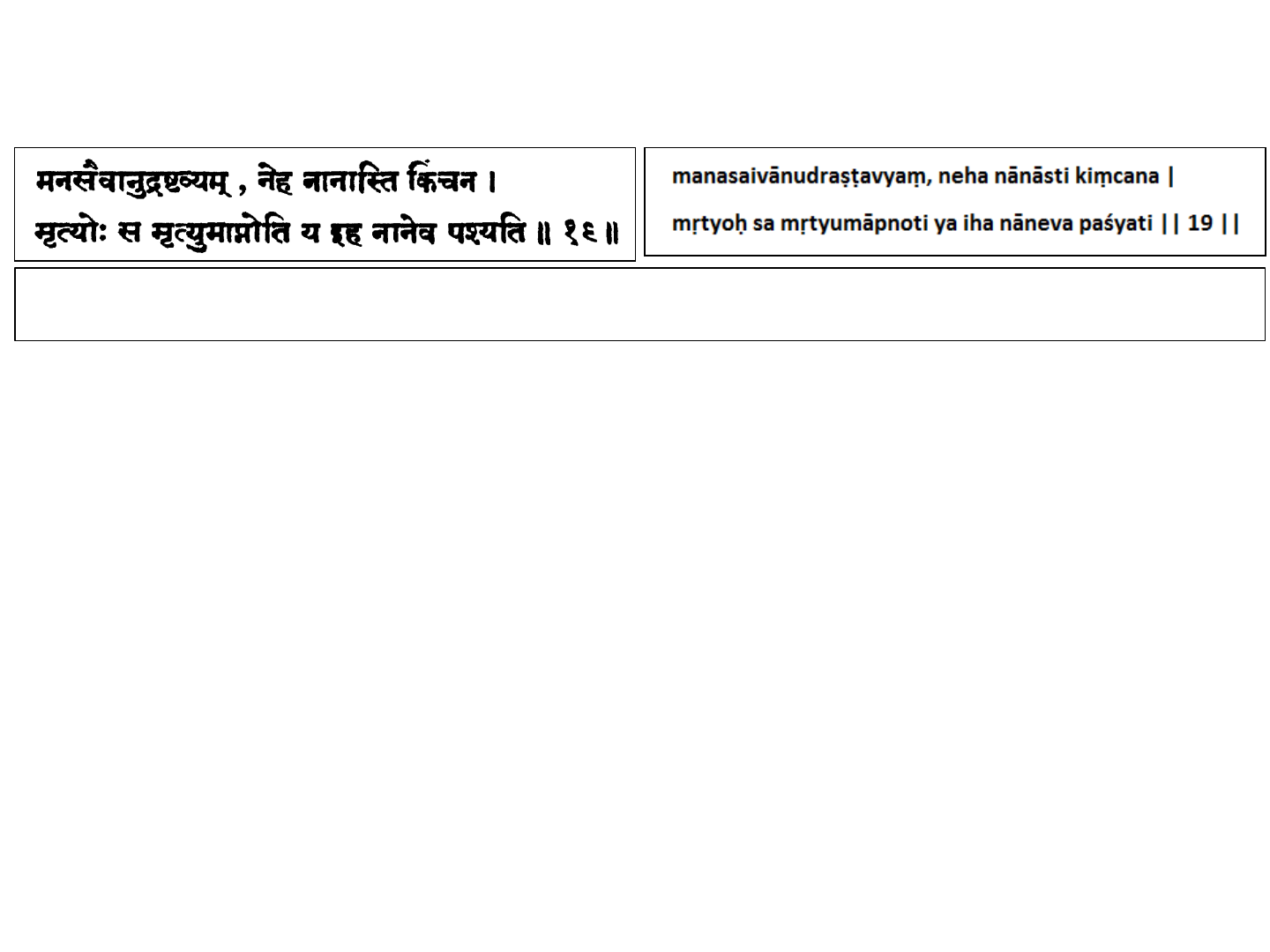
b) Dvaita Nisheda :
• There are no 2 things.
Brihadaranyaka Upanishad :
Through the mind alone (It) is to be realised. There is no difference whatsoever in It. He goes from death to death, who
sees difference, as it were, in It. [IV – IV – 19]
• Most important Sruti statement.
• Upanishad uses present tense
• It is not said :
There was no Duality.
There will be no Duality
• It says, there is no Duality even now.
• Observer, observed Duality is a myth. It is really not there.
• Observer himself is making seeming Duality of himself and the World.
• Like one Waker goes to sleep and he himself makes a seeming division of Dream
observer and Dream observed Universe.
• He enjoys or suffers in Dream and swallows entire dream into himself.
• Dvaita Negation means Observer – Observed Duality is not there, Atma – Anatma
Duality is not there.
99
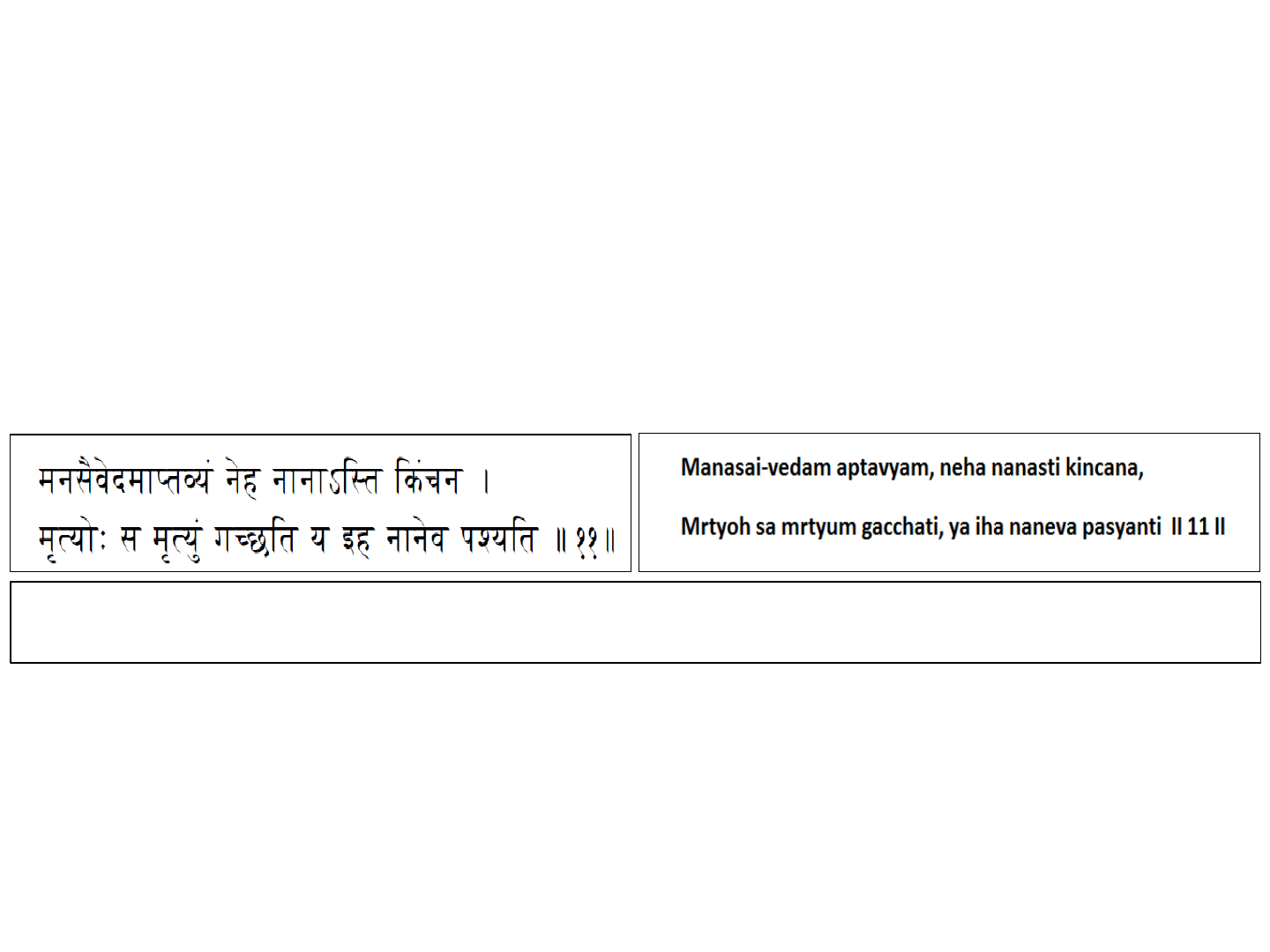
c) Dvaita Ninda :
• Heavy criticism of Dvaitam.
• False, Untruth is criticised.
• Truth glorified, praised.
• In Upanishads, Dvaitams criticised, indicating it is false.
• How it criticises?
Katho Upanishad :
By mind alone could this (Brahman) be obtained (realised) ; then there is no difference here at all. He, who
sees any difference here, goes from death to death. [II – I – 11]
• Whoever sees Duality will continue cycle of Punarapi Jananam – Maranam, will be
Samsari, continue in Mortality as long as he sees Duality.
• As long as person sees difference between observer Atma and observed Anatma
Universe, he will have fear.
100
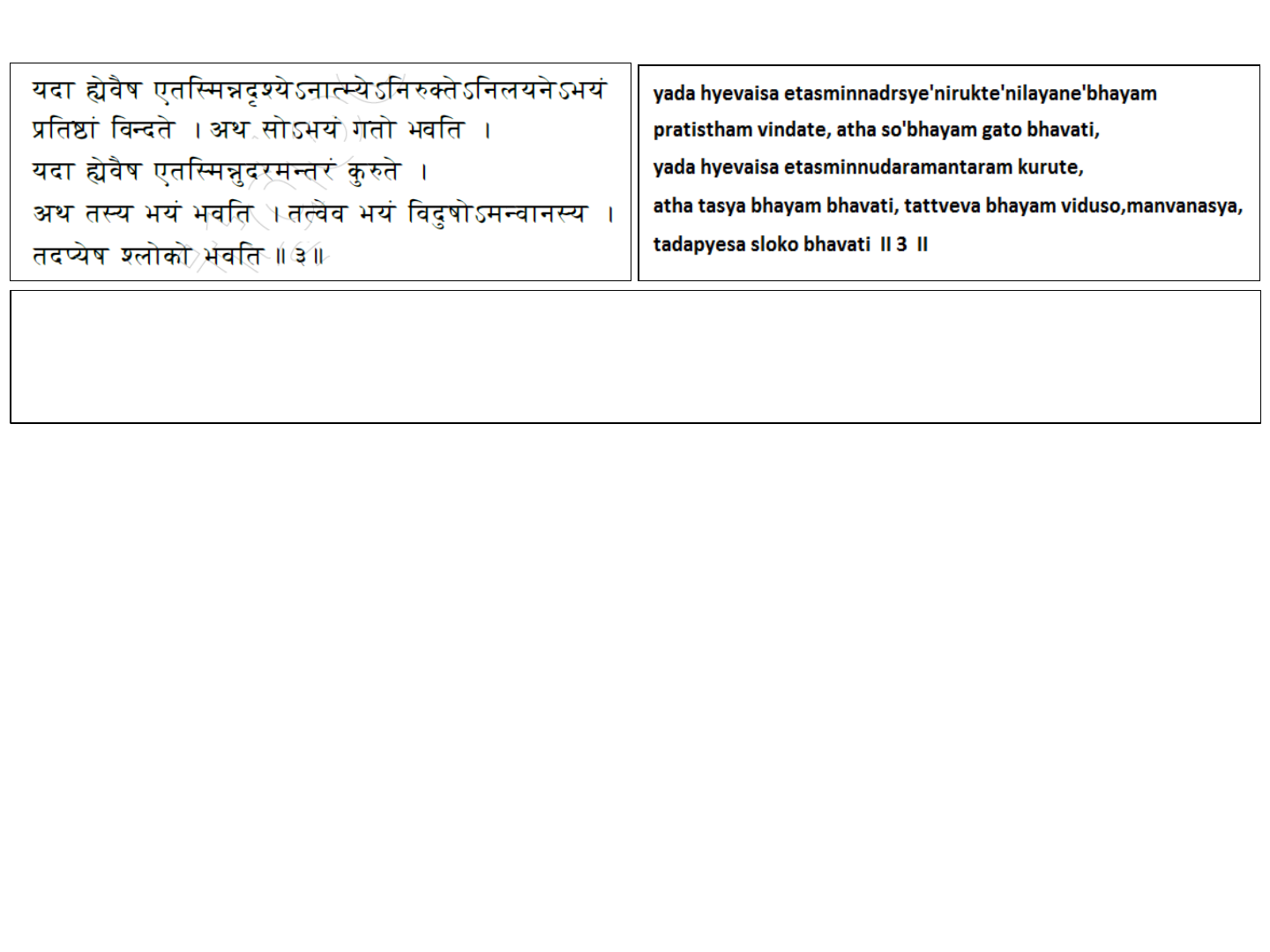
Taittriya Upanishad :
When this seeker attains the fearless oneness with Brahman who is invisible, incorporeal, inexplicable and unsupported,
then he becomes free from fear. When however, he makes even the slightest distinction in Brahman, then there is danger
for him. That very same Brahman Himself becomes the source of fear for him who makes a difference and who reflects
not. To the same effect, there is the following Vaidika verse. [II – VII – 3]
• These are criticisms of Dvaita perception.
a) Sarvatma Bhava
b) Dvaita Nisheda
c) Dvaita Nindha
d) Dvaitasya Avidya Katvam
• Dvaitam being product of ignorance, whatever is product of ignorance is false.
Example :
• Dream, Rope snake, shell silver.
• Whatever born of ignorance is Mithya.
• Advaitam also product of ignorance.
101
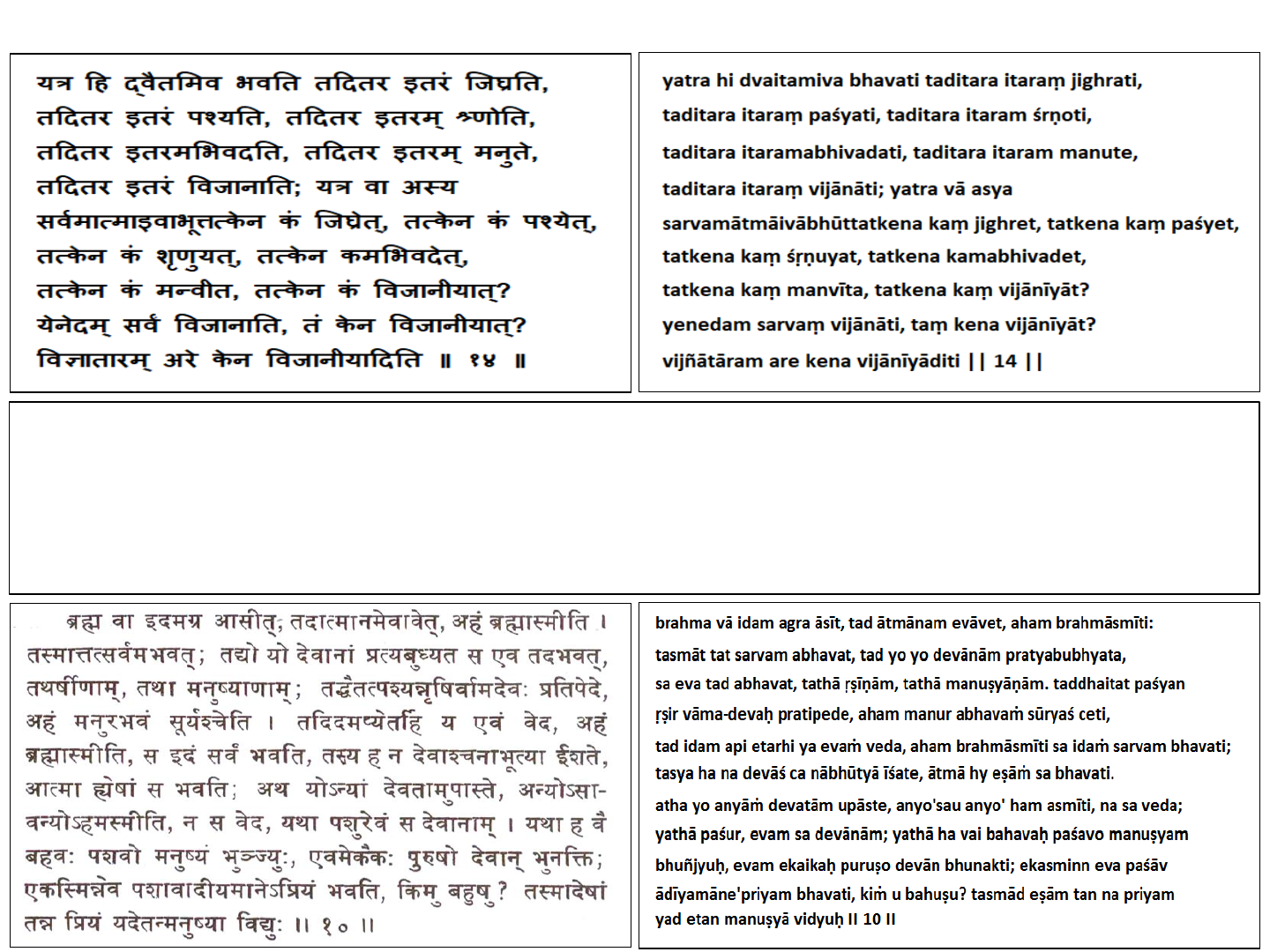
Brihadaranyaka Upanishad :
Because when there is duality, as it were, then one smells something, one sees something, one hears something, one
speaks something, one thinks something, one knows something. (But) when to the knower of Brahman everything has
become the Self, then what should one smell and through what, what should one see and through what, what should one
hear and through what, what should one speak and through what, what should one think and through what, what should
one know and through what? Through what should one know That owing to which all this is known—through what, O
Maitreyī, should one know the Knower ? [II – II – 14]
102

This (self) was indeed Brahman in the beginning. It knew only Itself as, ‘I am Brahman.’ Therefore It became all. And
whoever among the gods knew It also became That ; and the same with sages and men. The sage Vamadeva, while
realising this (self) as That, knew, ‘I was Manu, and the sun.’ And to this day whoever in like manner knows It as, ‘I am
Brahman,’ becomes all this (universe). Even the gods cannot prevail against him, for he becomes their self. While he who
worships another god thinking, ‘He is one, and I am another,’ does not know. He is like an animal to the gods. As many
animals serve a man, so does each man serve the gods. Even if one animal is taken away, it causes anguish, what should
one say of many animals? Therefore it is not like by them that men should know this. [I – IV – 10]
• Whoever sees difference between himself and Lord, that person does not know.
• Yatha Pashuhu.
• One without Advaitic Knowledge is like Animal.
• Wise in Knowledge – Advaitin.
• In ignorance Dvaitam.
• Wise continue to see, experience Dvaitam.
• Advaitam does not negate perception, experience of Duality.
• Vedanta only negating factuality of Duality.
• To know Advaita clay need not destroy pot.
• Can keep, use, handle, count many pots.
• In mind know Sarvam clay Mayam.
• Advaitin will see differences between Observer and Observed; Shabda, Sparsha, Rupa,
Rasa, Gandha seen but he has knowledge that there is only one Chaitanyam.
103
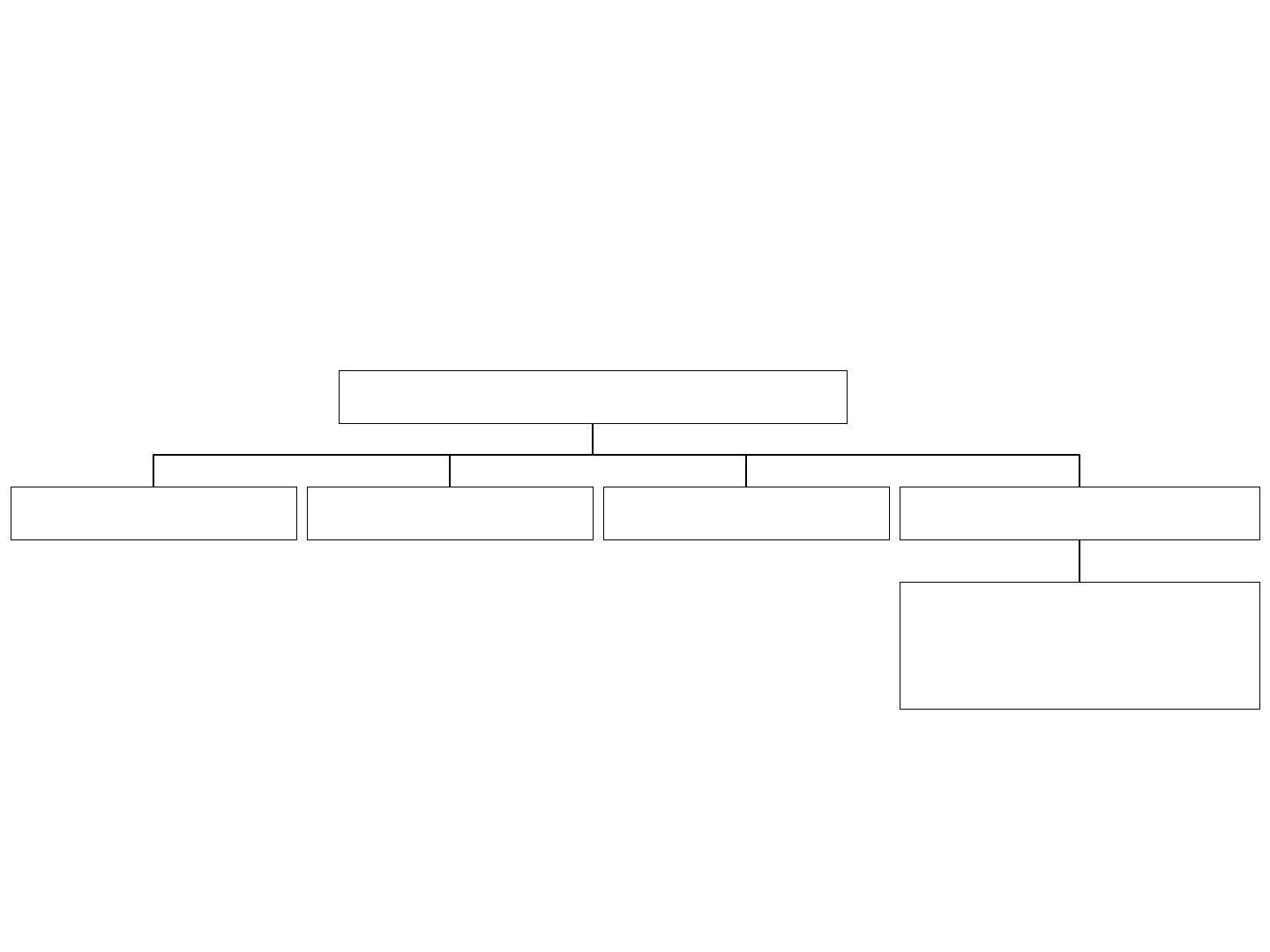
• Scientist : Everything proton, atom is energy.
• For Practical purpose will know differences in the Universe.
• In his wisdom, he knows, all one configuration of Proton, energy.
• One Advaita Drishti seeing plurality.
• Advaitin has - “one Consciousness knowledge” in and through plurality.
• Therefore, Dvaitam is product of ignorance.
• Proves Dvaita Mithyatvam.
4 Sruti Supports Given by Shankara
(a) Sarvatmatvam (b) Dvaita Nisheda (c) Dvaita Nindha (d) Dvaita Avidyakatvam
- Product of Avidya
- Avidya Janyam,
Avidya Karyam.
II) Yukti : Reasoning
• Not totally independent reasoning – Sruti based reasoning.
• Upanishad presents Anatma World product of Atma – Karanam, Adhishtanam.
104
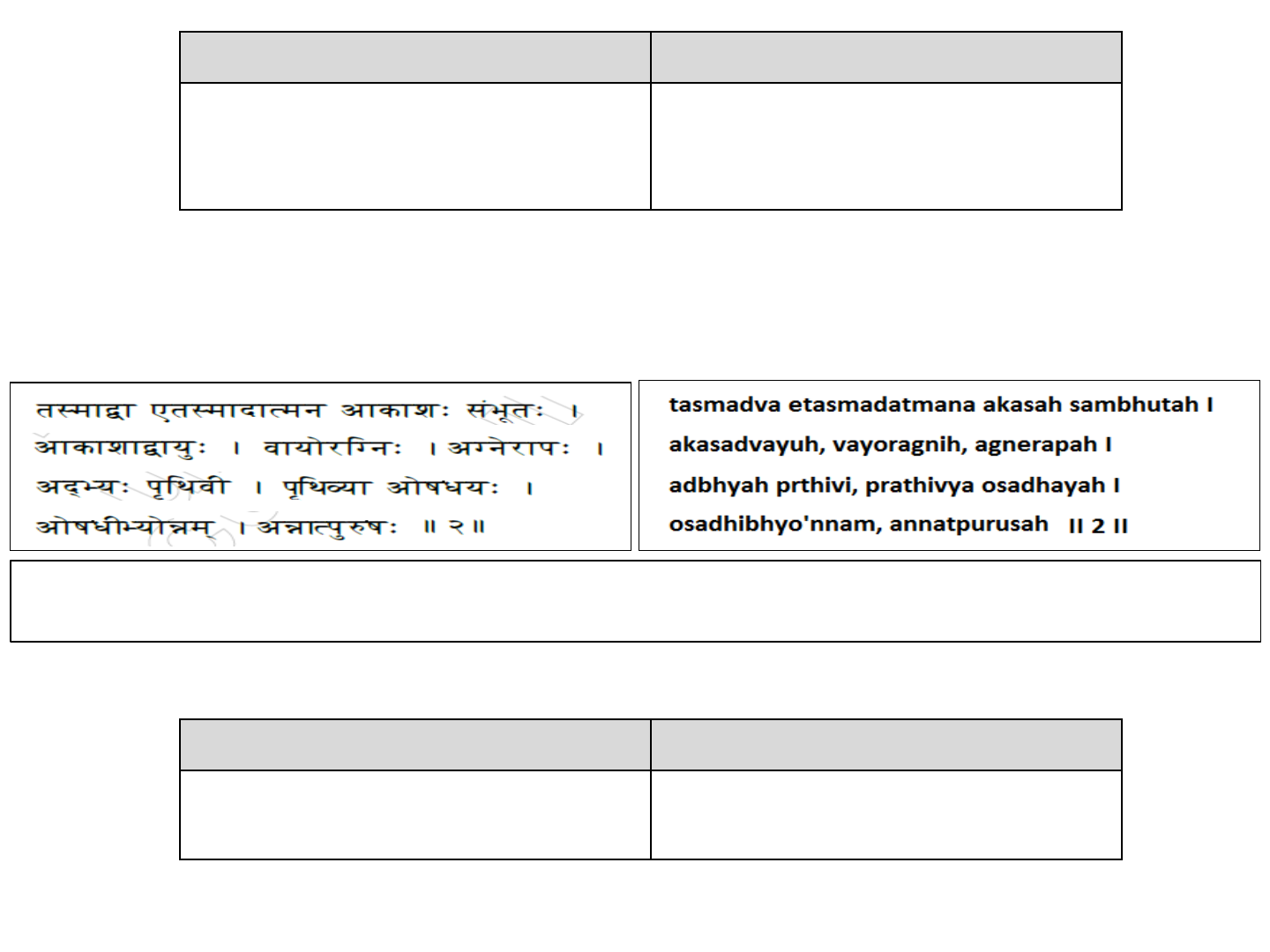
• Pot can’t exist separate from clay.
• Ring can’t exist separate from gold.
Taittriya Upanishad : Brahmananda Valli : Chapter 2
Anatma Prapancha Atma
- Karyam
- Does not exist separate from
Karanam.
- Karanam
From that (which is) this Atman, is space born; from akasa, air; from air, fire; from fire, water; from water,
earth; from earth, herbs; from herbs, food; and from food, man. [II – I – 2]
• From Atma, out of ignorance is born Akasha, Vayu, Jagat Mithya, Karyatvat, Ghatavatu.
World Pot
- Unreal
- Product of Consciousness
- Unreal
- Product of Clay
• This is the reasoning.
105

III) Anubava :
Svapna Prapancha Jagrat Prapancha
- Mithya
- Available only in Svapna Avastha.
- Available only for dreamer, observer.
- For Dreamer, Jagrat not available.
- Real from dreamer’s standpoint.
- Waking unreal for dreamer.
-
Dream diseased cured by dream medicine.
- Dream money useful in dream.
- Svapna Prapancha has relative reality.
- Real for only particular observer not for
others.
- Mithya
- Available only in Jagrat Avasta.
- Available for waker, observer.
- For waker, Svapna not available.
- Real from wakers standpoint.
- Dream unreal for waker.
- Waking medicine useless for dreamer.
- Dream money useless of waker.
- Jagrat Prapancha has relative reality.
- Real for particular observer not for
others in dream.
• Each mutually exclusive.
• We don’t say World is not there absolutely, but World has Relative Reality called
Mithya.
• Relatively Real called Mithya.
• What is absolutely Real and evident at all times, places, Avasthas?
• Consciousness alone is there in Dream, waking and sleep, it is not exclusive but all
inclusive.
• Daily experience shows Consciousness alone is Absolute.
106

• Other than Consciousness, everything else is Relative.
• If we have cats eyes and dogs ears, we will experience different Universe.
• What we see, hear, commonly call it orange or table.
• What you and I see may be different.
Gaudapadacharya :
• What the World, is nobody can say.
• We have sense interpreted subjective Reality only which is not absolute.
• Its all sensory world which is proved through scientific experiments.
• Sense organs of different human beings different.
• World you interpret is eternally subjective.
• What is uninterpreted one in the world without use of sense organs and mind?
• What remains, obtains, without intervention, interpretation of instruments is called
Absolute.
• What obtains before use, operation of sense organs and without sense organs is
Chaitanyam alone.
• Chaitanyam alone does not involve interpretation of sense organs.
• Sense organs are operated because of Consciousness.
• Consciousness alone Absolutely exists and is therefore called “Sat” – “Chit”.
107

• Sat alone is Chit.
Chit alone is Sat
• Sat Chit together called Atma.
• Atma alone Absolutely Real.
• Sruti, Yukti, Anubava proves Atma Satyatvam, Anatma Mithyatvam.
• Several illustrations show illusory perceptions we experience.
• How distortions take place?
• Atma distinctively perceived as Anatma.
• Atma distortedly perceived as Anatma like other Distortions.
• Consciousness mistaken as Anatma.
Example :
a) Sunrise – Never rises
b) Earth stationary – Appears firm when its moving.
c) Stars – seen as Dots.
d) Sky / Ocean – appear blue.
e) Rope – appears as snake.
f) Shell – taken as silver.
4
th
Topic – Anatma Mithyatvam
• Bulk of Aparokshanubhuti – Verse 41 – 89.
108

5
th
Topic : Verse 90 – 99
• Jeevan Mukti – Jnana Phalam.
• What is the knowledge gained?
• There is nothing other than me, Chaitanyam, to get frightened.
• Body and Mind belongs to observed World.
• I am Consciousness, Other than Consciousness, there is no World, Body, Mind.
• Not that they are not there.
• They don’t exist independent of Consciousness.
• Don’t say waves are not there.
• Say : No waves independent of water. No World other than me the Observer.
• Kaivalyam = I alone Am
= Kevalasya Bavaha
= Jeevan Mukti, freedom, free from emotional problem.
• Raaga, Dvesha, Kama, Krodha...
• Freedom from intellectual problems, physical – psychosomatic problems, fear,
loneliness.
• Freedom from all Karmas.
• Free from Sanchita, Agami, Prarabda.
109
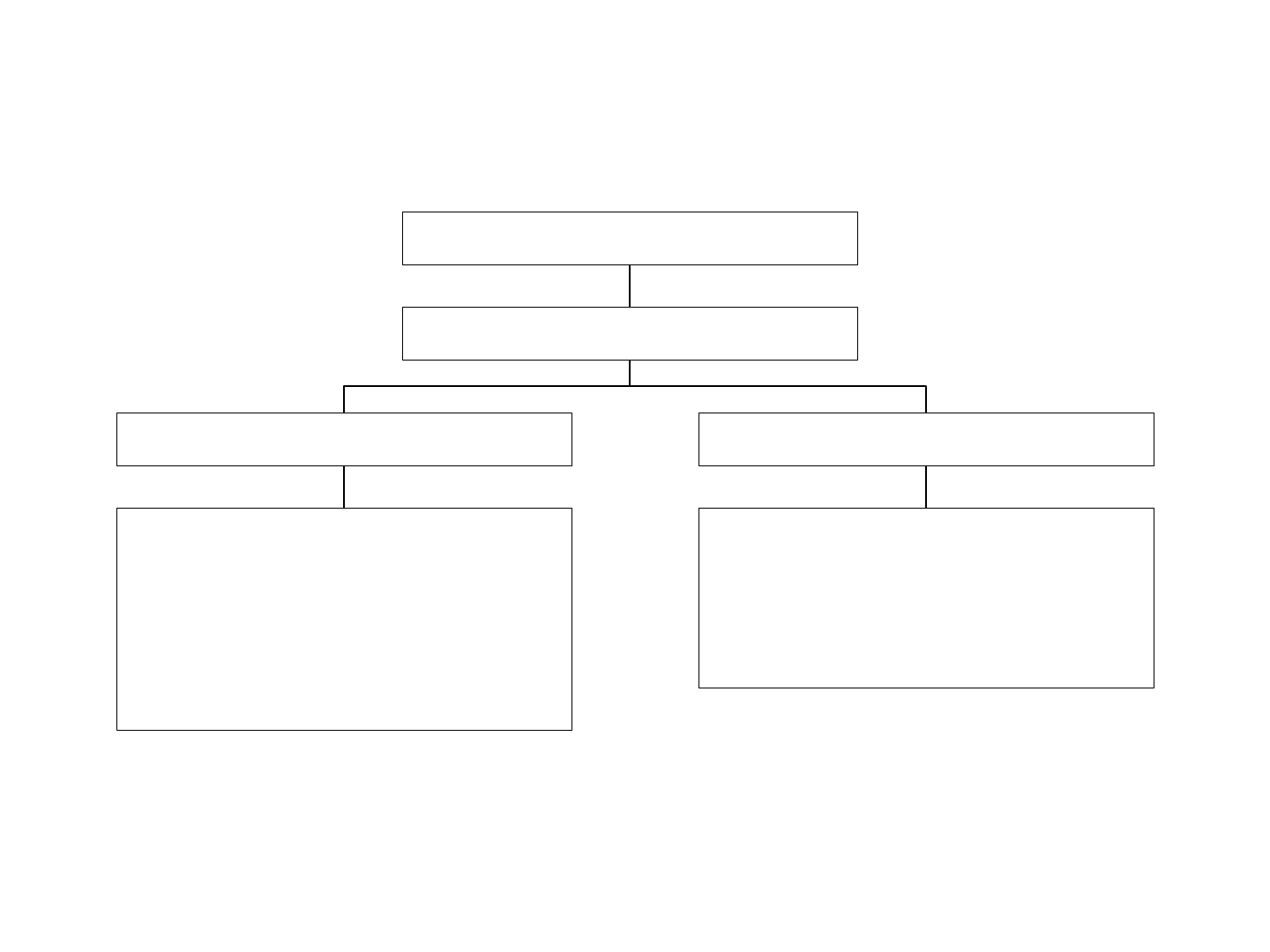
Upanishads say :
• Jnani free from Sanchita, Agami.
• Here, it is said, Jnani free from Prarabda Karma also.
• Both correct.
View Point
Jnani
As Atma Chaitanyam
- He does not identify himself
as Sthula, Sukshma, Karana
Shariram and still living and
says Aham Brahma Asmi.
As Body
- Like Shankara
- Give date of birth AD / BC –
32 years.
- Has Prarabda Karma.
- Majority see him as body.
• Prarabda Nisheda from Verse 90 – 99.
110
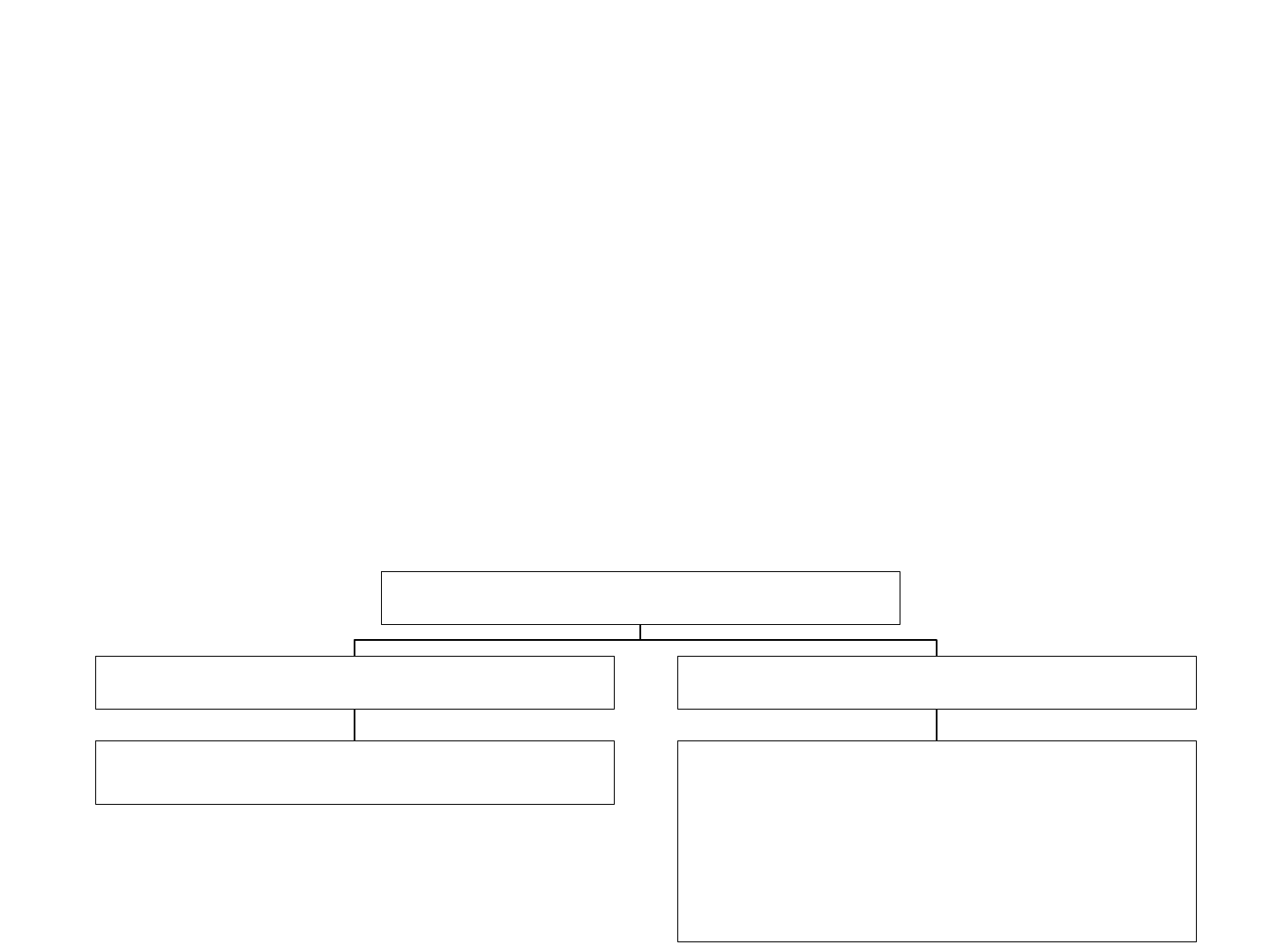
6
th
Topic : Verse 100 – 144 – Nididhyasanam – Vedantic Meditation
• Integral part of Vedantic Sadhanam without which Sravanam, Mananam may not help
for majority.
• Sravanam can fructify into Jnanam or Jnana Nishta when supplemented by
Nididhyasanam.
Nididhyasanam :
• Giving exclusive time for Assimilation of Vedanta, clearly seeing Mithyatvam of Body,
Mind complex.
• Giving absolute Reality to body-mind complex is cause of Samsara.
• Whatever not seen as Mithya is potential threat, unconquered enemy, unpredictable
threat.
• That object will cause fear, sorrow.
• Everything is Mithya, few create headaches.
Drishti
Anatmanaha
- Mithya
- Spend more time on this as we
handle Anatma all the time.
- More you handle, more real it
becomes.
Atmanaha
- Satyam
111
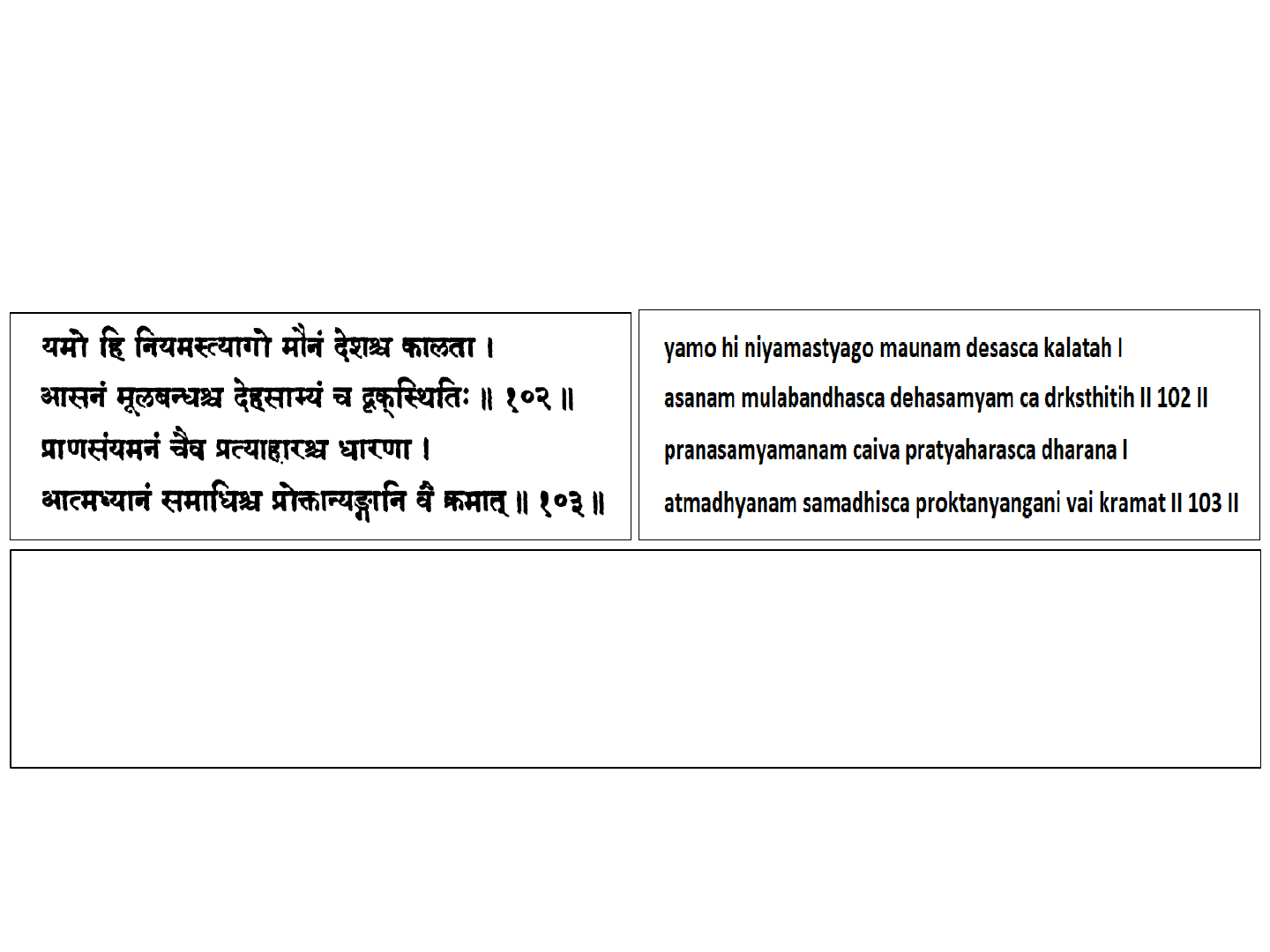
• Grihasta in Vyavahara needs more Nididhyasanam but has no time.
• Sanyasi does not need Nididhyasanam, has more time.
• We need Nididhyasanam w.r.t objects we interact.
• Nididhyasanam = Pancha Dasha Anga .
Meditation on 15 limbs :
Verse 102 – 103 :
1) The control of the senses (yama), 2) the control of the mind (niyama), 3) renunciation (tyaga), 4) silence
(mouna), 5) space (desa), 6) time (kala), 7) posture (asana), 8) sucking in the anus (mulabandha), holding
steady the body (deha-samya), 10) steadiness of gaze (drk-sthiti), 11) control of prana (prana-samyamana),
12) the withdrawal of the mind (pratyahara), 13) continuous reflection (dharana), 14) contemplation on
the Self (dhyanam), and 15) total absorption (samadhi) – these are indeed the items declared verily in a
series. [Verse 102 & 103]
• (Includes 8 steps of Patanjali).
• 15 limbed Vedantic Meditation.
• Defines all as Brahma Darshanam only.
112

Summary of Vedanta for Meditation : Verse 139
One should see the cause in the effects and then should discard the effects altogether. Then
the cause also should be dissolved, then what remains is the Truth Absolute, and the seeker
becomes verily that. [Verse 139]
How to meditate on truth :
4 Steps
Look at cause in the
effect
Discard the effects Discard cause
See what remains as
Brahman – Absolute
truth
1) Look at World :
• See Cause + Effect together (Observer + Observed).
2) Turn attention to Observer :
• Focus on Cause the Observer.
3) Negate World :
• Discard the effect.
4) Remain as Consciousness :
• Which is neither Observer nor Observed.
113

• Drk Drishya Vilakshana Chaitanyam Aham Asmi.
• Sakshi Sakshya Vilakshana Chaitanyam Aham Asmi.
Conclusion :
• If someone not able to practice this Vedantic Meditation, called Raja Yoga then begin
with Hatha Yoga.
2 Steps
Step 2
Raja Yoga
- Subtle body discipline.
- Difficult
- Manasa Japa difficult but
efficacious.
- Pratyahara
- Dharana
- Dhyana
- Samadhi
Step 1
Hatha Yoga
- Physical, gross body discipline.
- Easier
- Vachika Japa – Oral, Om Nama
Shivaya verbally, whisper, lip
movement, throat movement.
- Yama, Niyama, Asana,
Pranayama.
- Makes person fit for Raja Yoga.
• If you can’t practice Hatha Yoga, have Guru Bhakti, Ishvara Bakti which will give you all
qualifications.
• Religious lifestyle will lead you one day to Aparoksha Anubuti.
114

DRG DRSYA VIVEKA
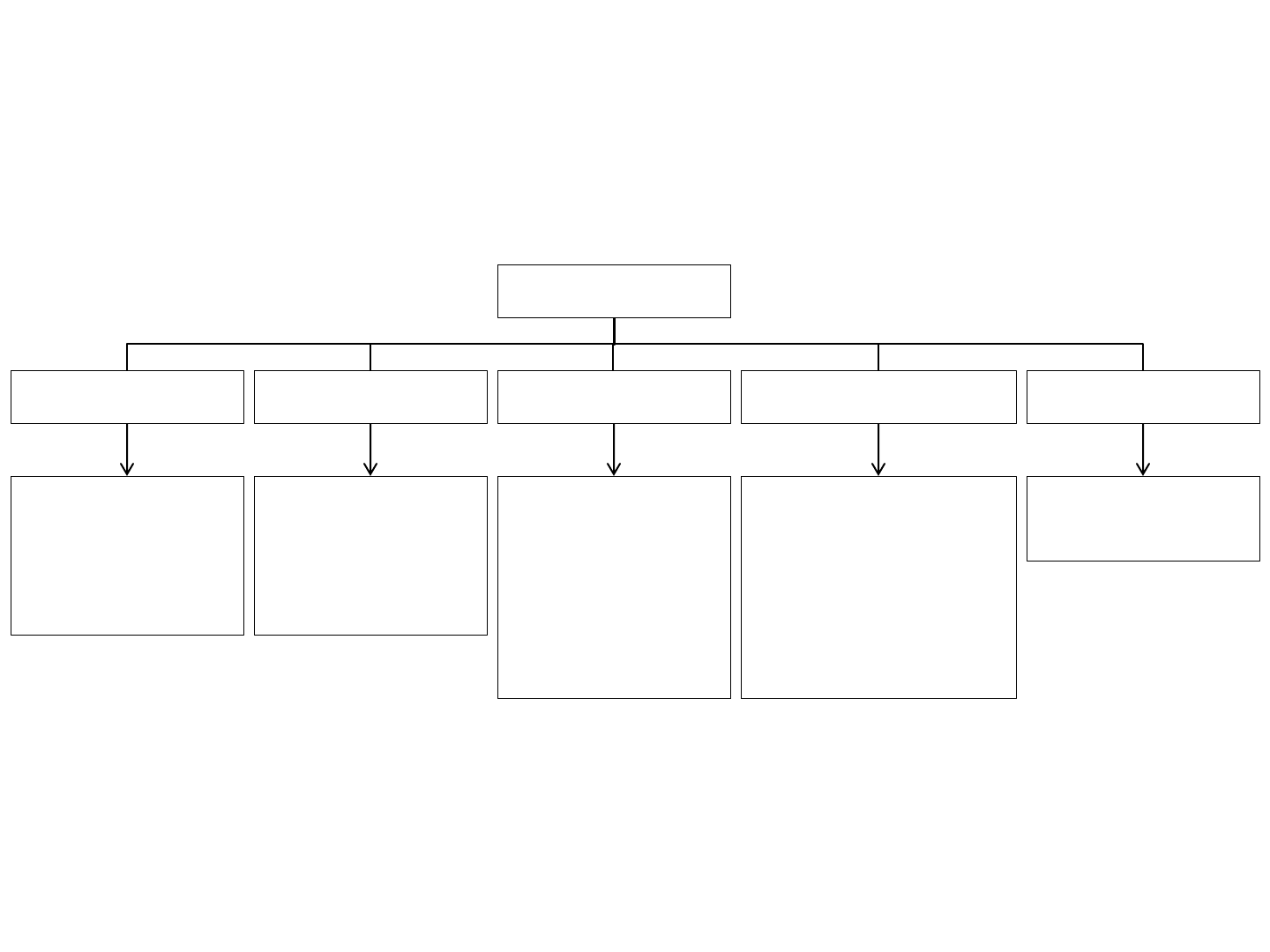
DRG DRSYA VIVEKA
Summary (46 Verses)
46 Verses
Verse 1 – 5
- 3 Types of
Seer / Drk.
Verse 6 – 12
- Formation +
Function of
3 Seers.
Verse 13 – 21
- Main part of
text.
- Cause of
Remedy /
Samsara.
Verse 22 – 31
- Vedantic
meditation
and benefit
Nididhyasanam
+ Phalam.
Verse 32 – 46
- Summary of
Text.
115
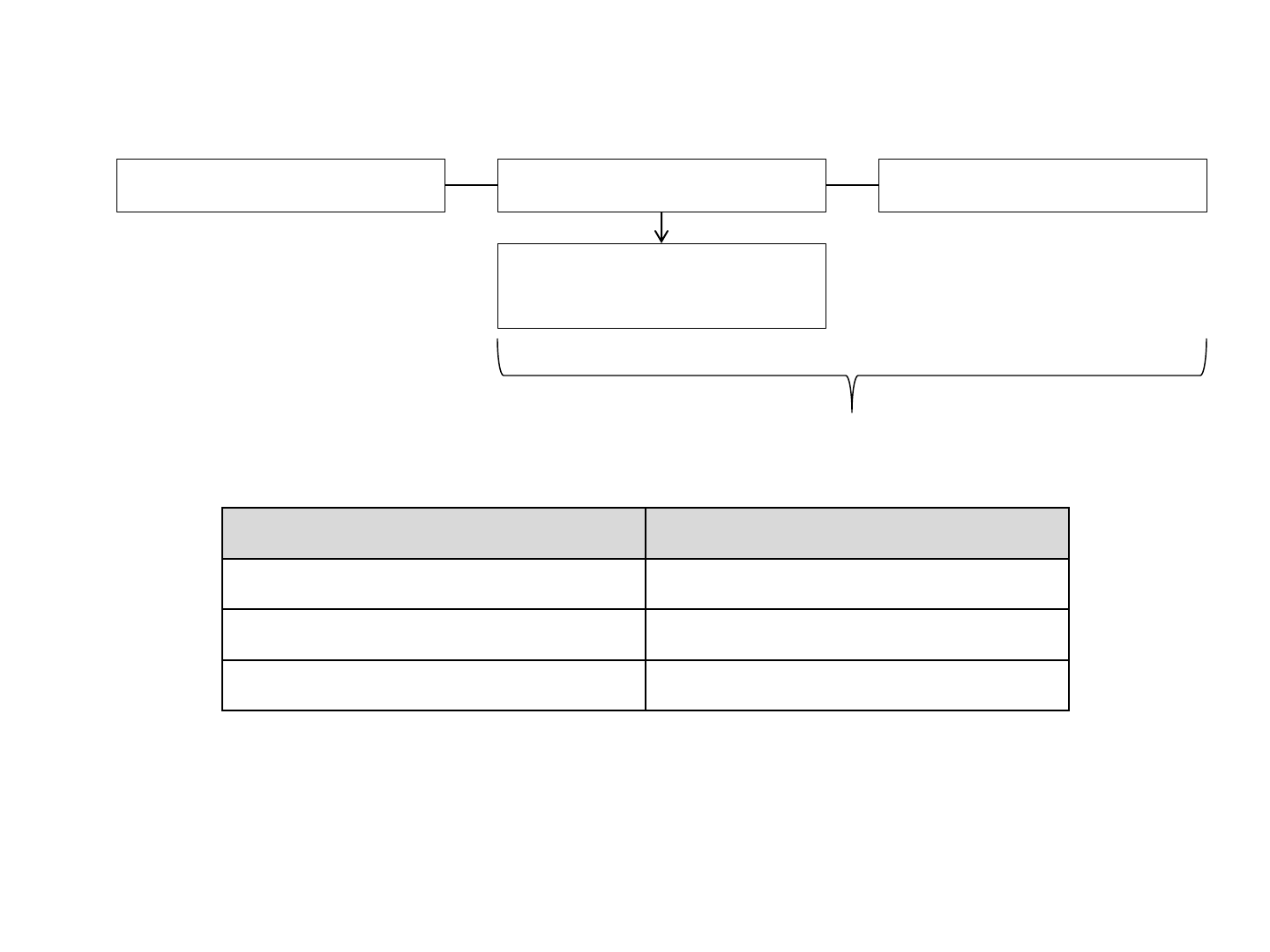
DRG DRSYA VIVEKA
Summary (46 Verses)
1. Written by : 3 Opinions
Shankara Vidyaranya Swami Bharati Tirtha Swami
Sringeri Mata Acharya
(Panchadasi Style)
Together Authored
2. 3 Types of Seers : Verse 1 – 15
w.r.t. Seen Seer
World Sense Organs
Sense Organs Mind
Mind Consciousness
• Every Seer presupposes seen.
• World occurs only in Seen list. Therefore, Absolute seen only in Seen list …. Objects
perceived.
• Consciousness occurs only in Seer list. Therefore, Absolute Seer.
• Therefore relative Seen / Seer = Mind + Sense Organs.
116
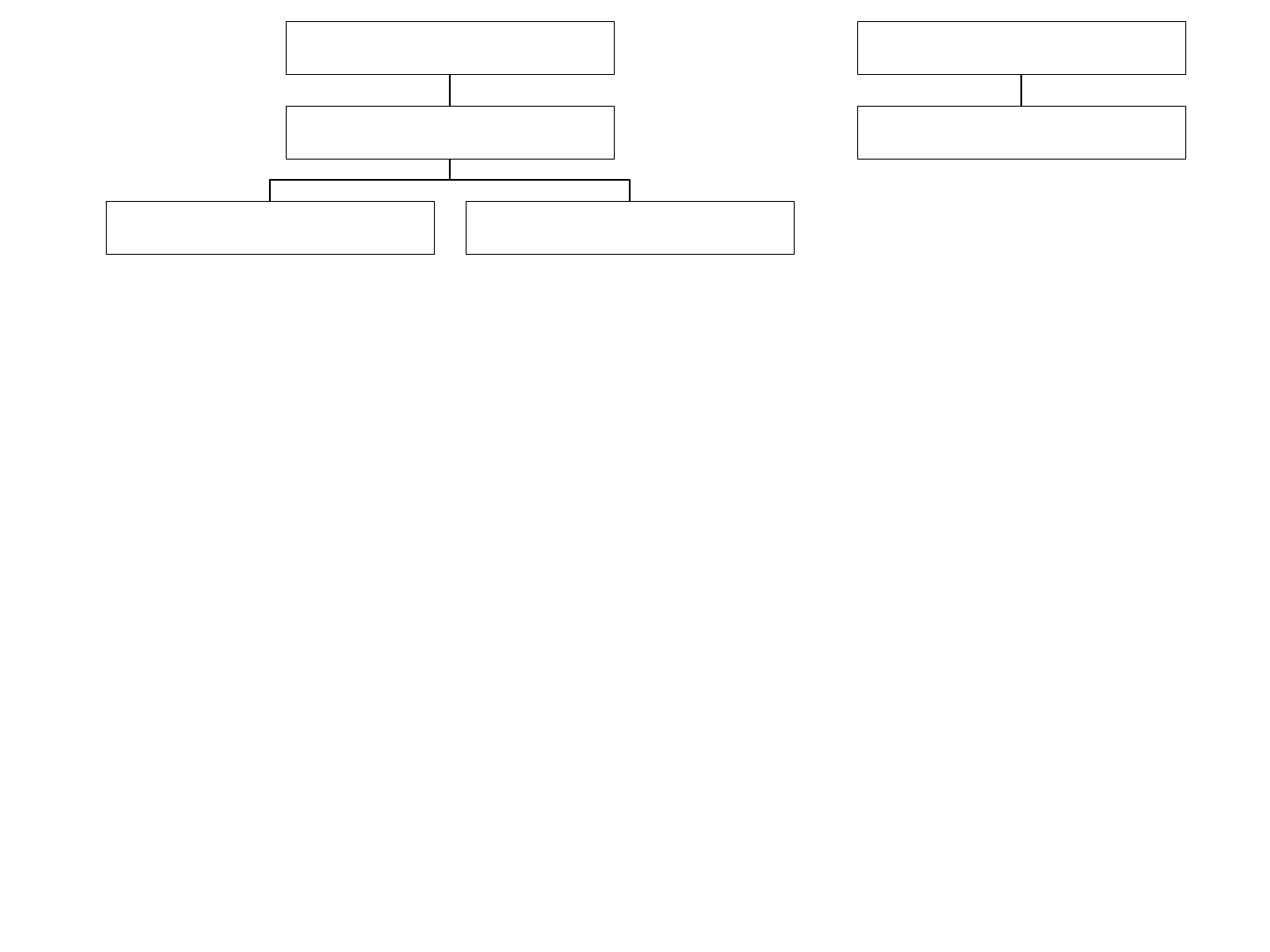
3. Formation and Function : Verse 6 – 12
a) Absolute Seer :
• Never Formed …. Ever is. Mind alone Object of Seer
Function of Seer :
• Illumines Mind.
• Changeless Illuminator / Eternal Illuminator.
• Illumines by Mere Presence.
b) Mind :
• Mind is dependent on the Illuminator.
• It borrows illumination from Consciousness.
• It is a changing Illuminator.
• Therefore, temporary Illuminator.
• During sleep….Mind can’t function as Illuminator.
Drishyam in Text
2 Fold
Sense OrgansMind
Drk in Text
Absolute Seer
117
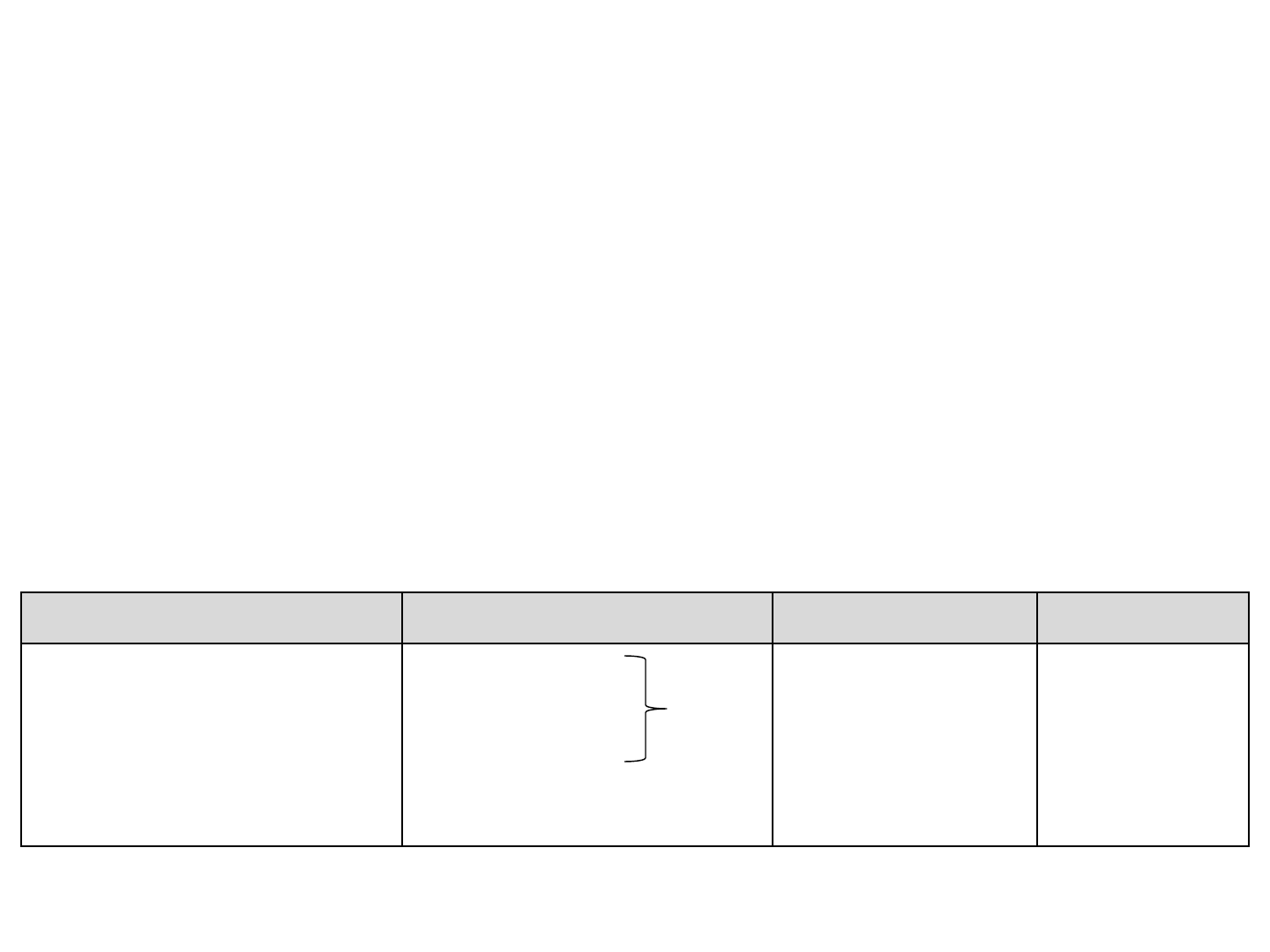
• Mind is Relative Seen / Seer.
• It is formed by borrowing Consciousness and becomes Illuminator to sense organs.
Sense Organs :
• Seen w.r.t World.
• Formation is in the same way as the mind.
• Formed by borrowing Consciousness from Mind.
• Seen from standpoint of Mind / Seer w.r.t World.
4) Cause of Samsara + Remedy :
Relative Seen + Seer :
• Mind + Sense Organs called as Ahamkara / ego.
• Absolute Consciousness called as Sakshi.
(4) (3) (2) (1)
- World – Ever Seen
- Mind – Seen and Seer
- Sense Organs – Seen
and Seer
- Sakshi – Ever Seen
- Sakshi
-
Sense Organs 3 Seer
- Mind
- Sakshi –
Absolute.
- Ahamkara –
Relative.
- Sakshi
118
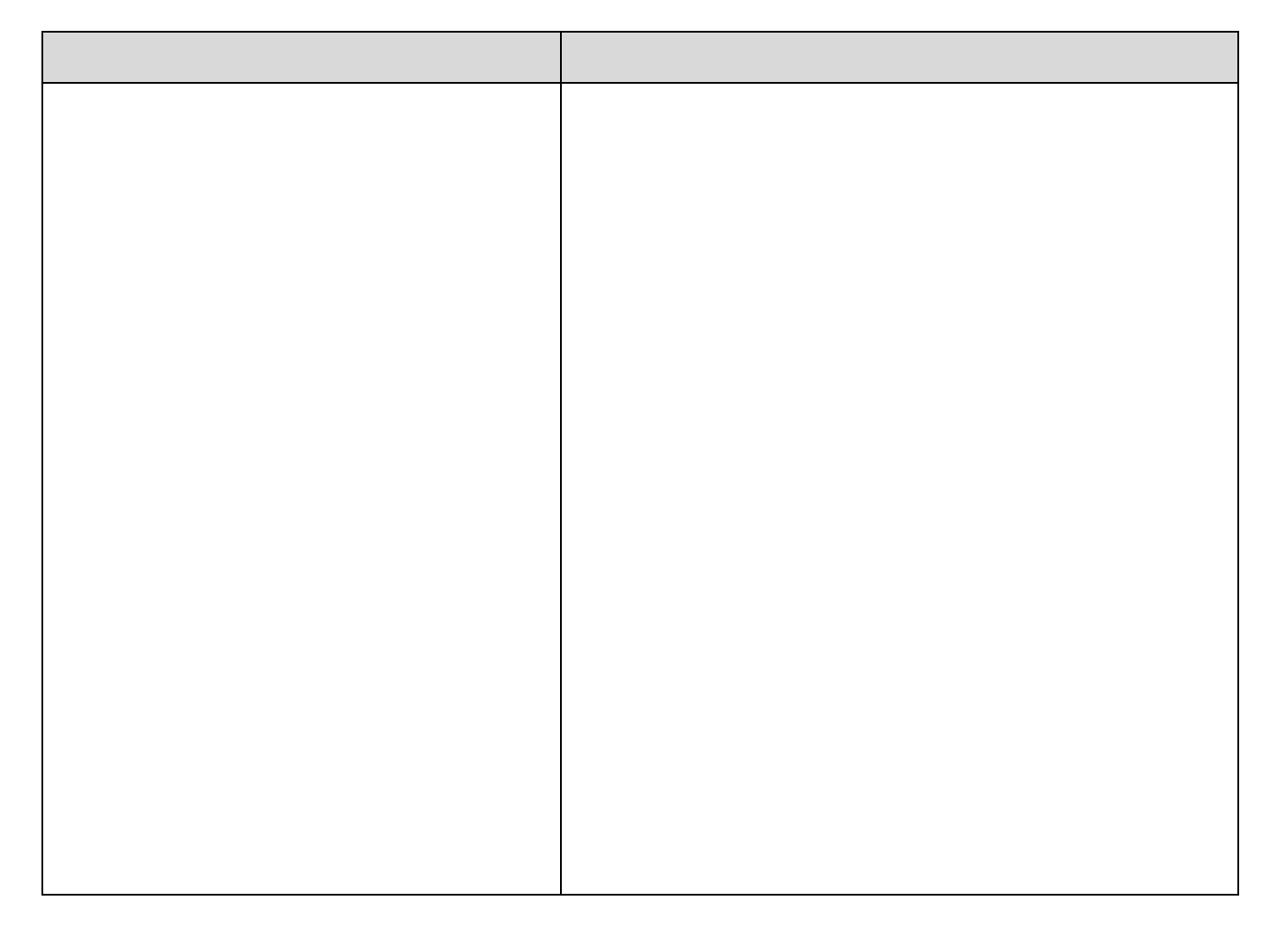
Sakshi Ahamkara
1) Changeless principle :
- Ever the same.
2) Absolute :
- Only Seer
3) Infinite Principle :
- Not bound by body.
4)
Asamsari… Akarta Abokta :
- Nitya Asamsari
5) All pervading… can’t travel.
1)
Changing Principle :
- Mind + Sense organs change moment to
moment.
2) Relative :
- Sense organs w.r.t. world… Seer
- Sense organs w.r.t. Mind… Seen
- Mind w.r.t. Consciousness… Seen
- Mind w.r.t. Sense organs…. Seer
3) Finite Principle :
- Bound by body.
4) Karta +
Bogta – Samsari :
- Nitya Samsari.
5) Travels from
Loka to Loka :
- Subject to Sanchita / Agami / Prarabda Karma.
- Therefore has Punya Papam.. And have all
problems of life.
- Never free from problems.
- Peace of Ahamkara is Gap between 2 bodies.
- Can never have permanent shanti.
- Jnanis + Bagwan – Avatar – Rama – Krishna –
Ahamkara goes up + down
119

• No Physical distance between Sakshi + Ahamkara…. No Guru can physically separate
them + Demonstrate.
Nirvikalpa Samadhi :
• No Separation.
• Ahamkara (in dormant condition in sleep) + Sakshi together.
• Can’t be separated.
• Physically inseparable.
• I – refers to Mix of 2.
• I = Sakshi + Ahamkara (Mind + Sense organs).
• Mere Sakshi can never say I … Sakshi has no mouth.
• Mere Ahamkara can never say I … I can’t exist without Sakshi.
4) Why we suffer from Samsara?
Our Problem :
• We have not separated Ahamkara + Sakshi.
• Intellectually not understood mix … Ignorant of composition of I …..
• There is self ignorance + identified with Ahamkara part as though its Real I.
120

Ignorant
Identified with Ahamkara
Satyam = Nitya Samsari
There is a mix
• Therefore we are ignorant and have false identification.
↓
Ahamkara, therefore Suffering
↓
- Ahamkaras struggle is
unpredictable + uncontrollable
setup.
- Therefore upset as setup
constantly changing.
- Therefore ahamkara Nitya
Samsari.
- Cause = Ignorance
- Ahankara always has to struggle
with Punya – Papam and always
changing.
- Even if Idle with all Prarabda
gone… there
exists Sanchita bag…
- Therefore new body.
121
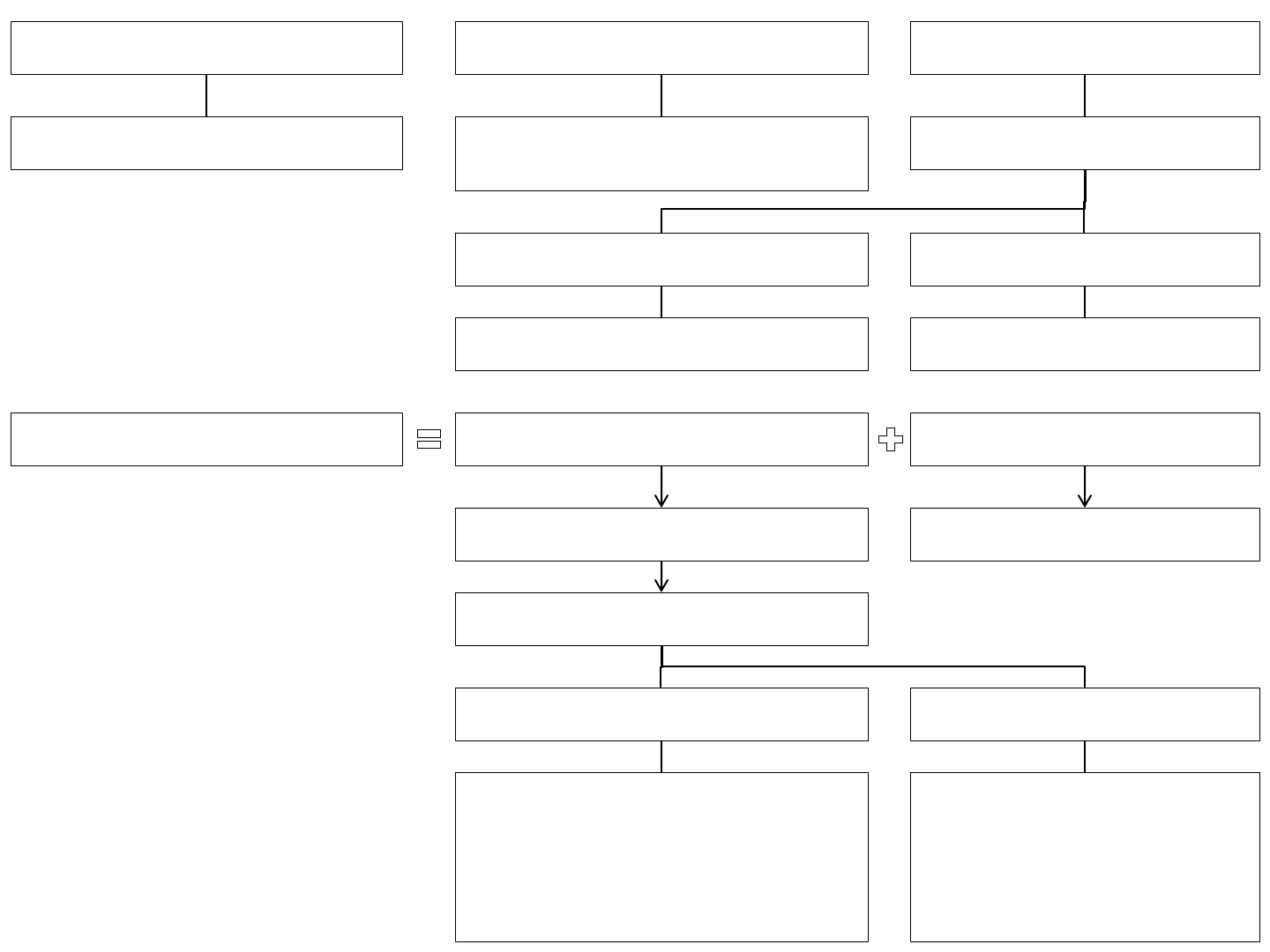
Ignorance Veils Sakshi
- Subjective identification
Vikshepa
- Projects Ahamkara, Nama
Rupa identification.
External World
Mix
Nama Rupa
Objective identification
Sakshi (Existence)
Subjective identification
Samsara Problem Ignorance Wrong Identification
Knowledge Right identification
Understand
Sakshi I Ahamkara I
- My Higher nature
- Drk
- Atma
- Permanent part of me.
- My lower nature
- Drishya
- Anatma
- Temporary Vesham
Remedy :
122

• I don’t want to claim that I am Sakshi …
Remedy :
• Therefore, I convert Ahamkara into Vesha…..
↓
Father / Husband
• Convert life into Drama + World into a Stage.
• Cry where Required…. And Remember Vesha.
↓
Claim : Aham Chidananda Rupam Shivoham
Remedy :
• Claiming Sakshi -- Only Solution.
• When I claim, will I get Moksha?
• No. I understand I am Nitya Asamsari.
• Struggle for Moksha ends.
• Claiming Sakshi - is Aim of Vedanta.
• In objective level shift from Nama Rupa to Existence.
• All Existence…. Sarvam Brahman…
• Sakshi Inside + Existence outside is one + same.
= Vedanta Sravanam + Mananam - Verse 13 – 21.
123

Benefit :
- Knowledge gets Registered.
- After Nidhidhyasanam Jeevan Mukti + Videha Mukti.
Vedantic Meditation
External World
Absorbtion in
Pure Existence
Pure Existence
Shabda
- Dwelling on
different
feature of
existence.
- Asangoham
/ Nitya
Shuddha.
- Existence
Mind =
Dwell on
existence /
negate
object.
Existence in
Objects
- Observe any
object in
world.
- Pay
attention to
existence in
every object
/ women /
table / man.
- They all
exist / is.
- Pay
attention to
common
factor of
existence.
Internal World
Absorbtion in the
Pure Consciousness
Mind
Upanishadic
words “Shabda”
- Antara
Shabda
Anuvidha.
- Dwelling on
Consciousness
more and
seeing
features.
- All pervading/
Ekam /
Nirvikalpa /
Akhandam /
Satchit
Ananda.
- Upanishad
words.
Thoughts -
Drishyam
- Antara
Drishya
Anuvida.
- Observe
thought.
- Pay
attention to
Consciousness
which is
common in
every thought.
- Pratibodha
Viditam…
- In + thru all
thoughts, I
pay attention
to
Consciousness
- Antara
Nirvikalpa
Samadhi.
- Attention on
Consciousness
not on
thoughts.
124
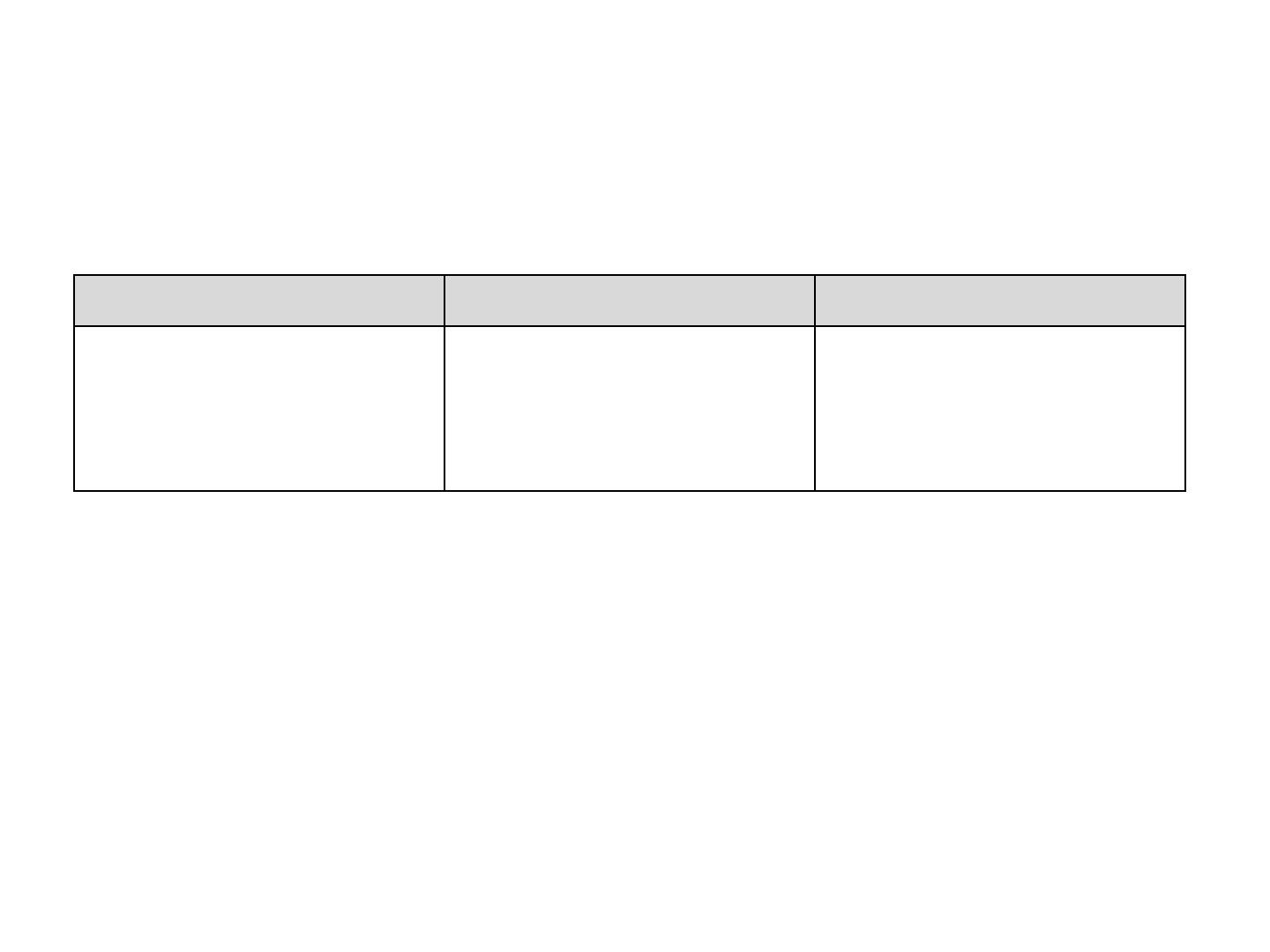
Verse 32 – 36 :
Summary of Teaching :
• Ahamkara divides into 2, from another angle.
Ahamkara Definition :
• Relative Seen - Seer is Sense Organs.
• Relative Seen - Seer is Mind.
Sense Organs + Mind Ahamkara in Waking
- Obtaining in Dream
- Pratibasika Jeeva
- Svapna Ahamkara
- Jagrat Ahamkara
-
Sense organs + mind in
Jagrat Avasta.
- Vyavaharika Jiva
- Beyond 3 States
- Beyond Body, Mind,
Sense organs.
- Paramartika Jiva
• Sakshi in all Avasthas…. is Paramarthika Jeeva = Nantha Pragyam.
• Don’t identify with Pratibasika Jeeva = Mithya / Samsara.
• Don’t identify with Vyavaharika Jeeva = Mithya / Samsara.
• Identify with Paramartika Jeeva = Aham Paramartika Jeeva Brahma Asmi.
• Mithya – Pratibasika Jeeva = Bubble = Unreal / dependent on Water.
• Mithya – Vyavaharika Jeeva = Wave = Unreal / dependent on Water.
• Satyam – Paramartika Jeeva = Water = Real / Independent = Aham Brahmasmi.
• Drisya = Pratibasika + Vyavaharika Jeeva.
• Drk = Paramartika Jeeva.
125
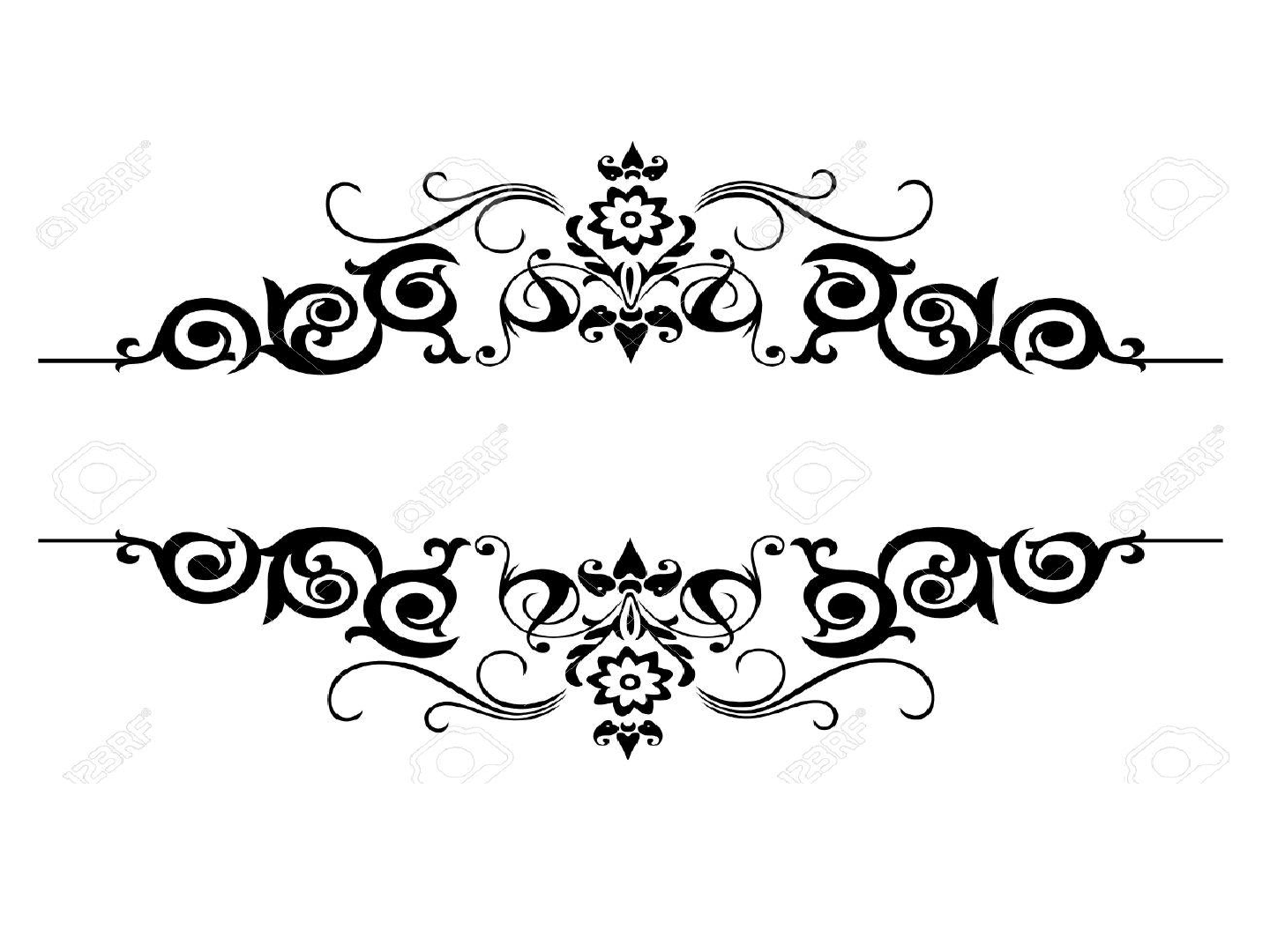
SRUTI SARA SAMUDHARANAM

Summary
(1) Verse 1 – 8
Introduction
(2) Verse 9 – 39
Main Teaching
(3) Chit – Chidabasa
Difference
(4) Verse 40 – 104
Objections
(5) Verse 105 – 113
- Avasta Trayam –
Property of Mind.
- Avasta Trayam
Anatma.
(6) Verse 114 – 156
Why Anatma is Mithya?
(7) Verse 157 – 170
Nididhyasanam
(8) Verse 171 – 179
Conclusion
126
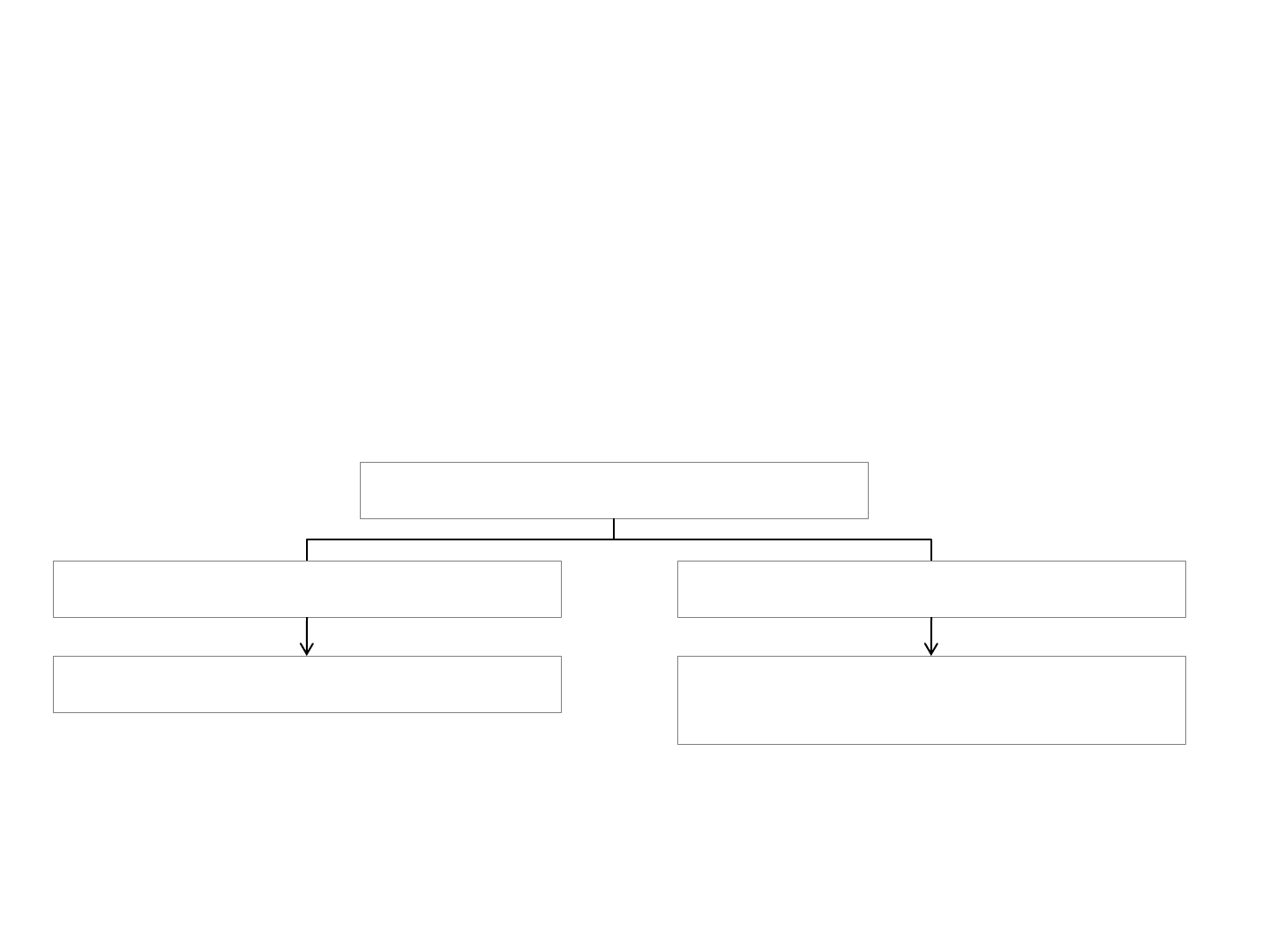
SRUTI SARA SAMUDDARANAM
1) Introduction : Verse 1 – 8
• Guru to Sishya “Your Nature is Moksha”.
• Main obstacle :
Ahamkara + Mamakara (Both Thoughts).
• Anatma in which we have Aham / Mama.
Possession / Profession / Family / Body / Mind.
2) Verse 9 – 39 :
Main Teaching :
Project
Join Paramatma / Sakshi Status
- Mukta Atma
- Aikyam revealed by Mahavakyas
Drop Anatma / Jivatma Status
- Viveka
• Sharira Trayam = Anatma.
• Learn to say mind is impure.
127

3) Chit / Chidabasa :
Chit Chidabasa
- Sakshi I
- Blesses mind with Chidabasa
- I Am
↓ ↓
Consciousness Existence
- Observer
- Origination and Resolution ground of
Ahamkara.
- Has no Sambanda – Connection.
- Lends Chidabasa.
- I thought – continuous.
- Reflection.
- Insentient mind becomes sentient.
- Ahamkara is property of mind not
myself.
- Ahamkara comes in Jagrat and Svapna
.
- Sushupti :
Mind / Ahamkara resolves into Atma.
- All problems belong to Ahamkara –
Chaya.
- Aham has connection to mind and
through mind to entire Anatma.
128

4) Verse 40 – 104 :
• Objections.
• Vidhi / Guna / Sthuti / Viaprita.
Objections to Mahavakyam :
a) Vidhi :
• Question :
By meditation can one become one with Paramatma.
• Answer :
It will become Karma Phalam Anityam.
b) Guna
c) Stuti :
• Question :
Figurative expression.
• Answer :
Primary meaning fits. Don’t take secondary meaning.
If not fact, can’t give liberation.
d) Viparita :
• Question :
Jivatma = Samsari, Jivatma = Paramatma. Therefore Paramatma = Samsari.
• Answer :
No benefit of study.
• Totaka establishes Vastu vada.
129
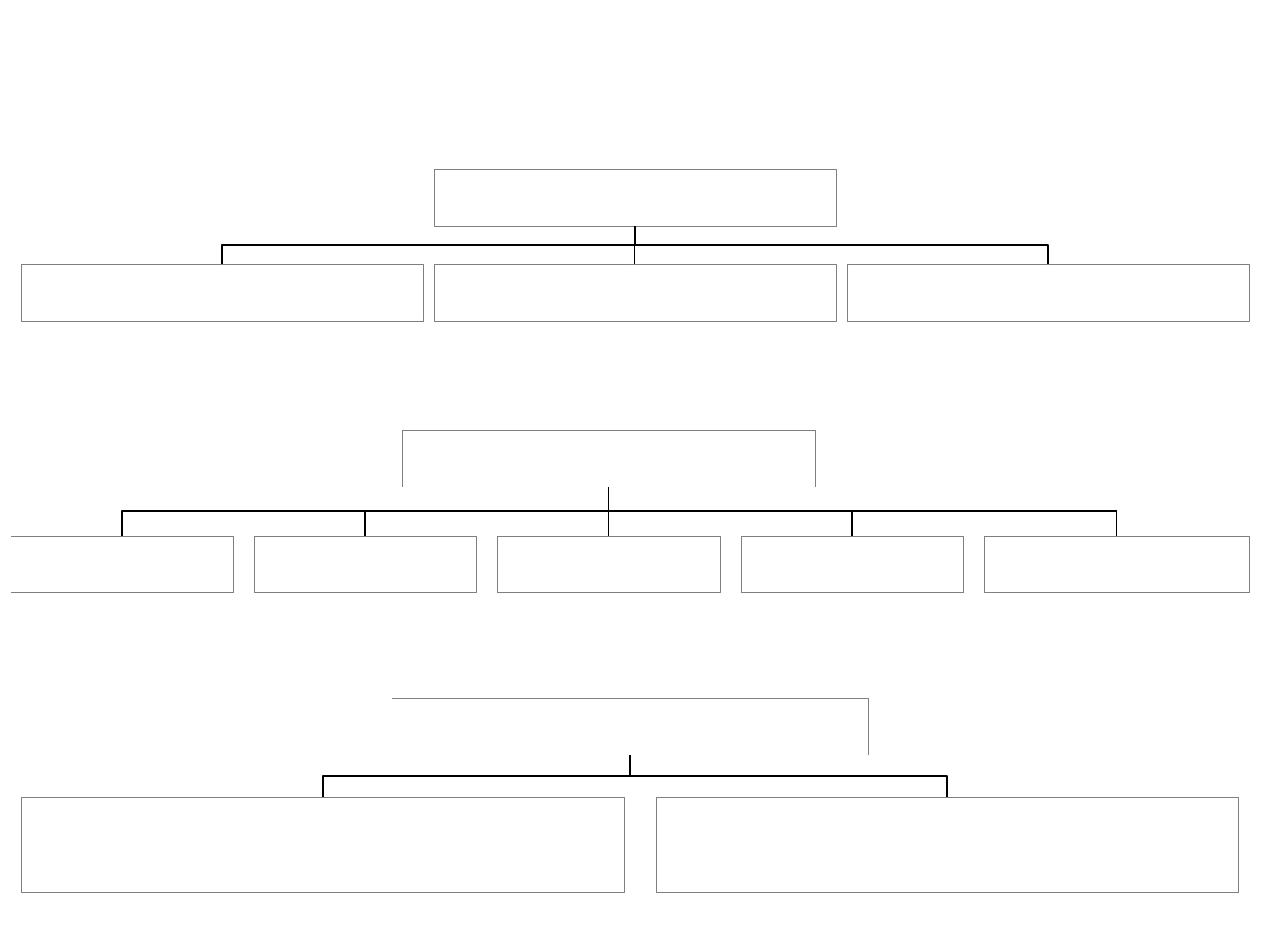
5) Verse 105 – 113 :
• Avastha Trayam – property of mind.
• Avasta Trayam Anatma.
Never Identify mind as
• Mind also part of created world.
• Use mind to claim – I am Sakshi Paramatma.
Mine SatyamMe
5 point logic to negate mind
Bautikatvam SagunatvamDrishyatvam Svaikaratvam Agama Pahitvam
• Once I separate Atma from mind, I can claim I am Sakshi and Moksha. (Absolute
Freedom).
• Atma – Opposite of 5 features.
Project
- Not property of mind – Avasta Trayam.
- I am different from Avasta Trayam.
- Separate mind not me, mind not Satyam.
- I am different from mind and Ahamkara.
• Then claim I am Avasta Traya Sakshi and become one with Brahman.
130
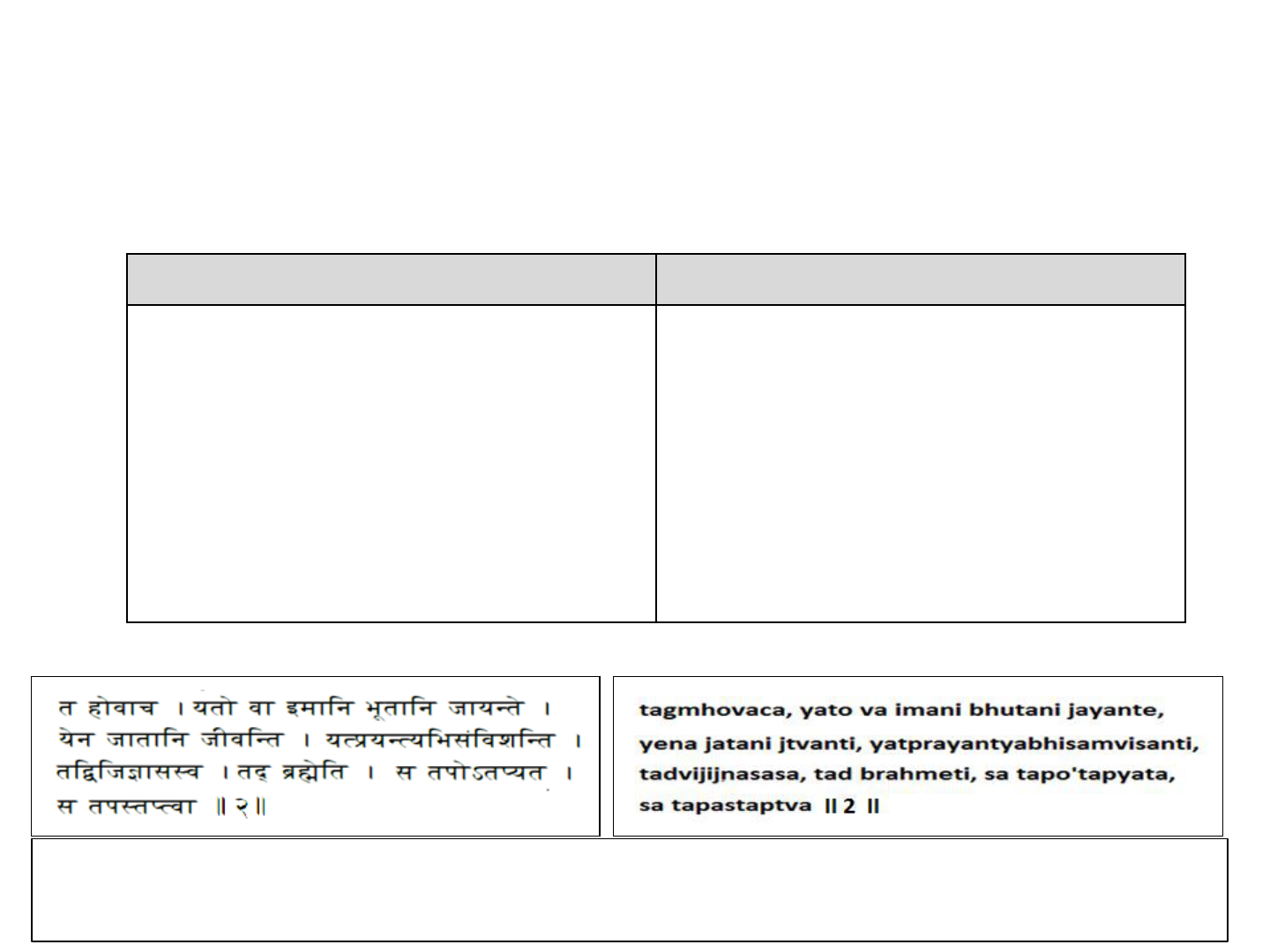
6) Verse 114 – 156 :
• Why Anatma is Mithya?
• Mithya = Nonsubstantial, has no existence of its own.
• Universe, Body / Mind / Sense organs – Anatma – Nonsubstantial name and form.
• Borrow existence and consciousness from Brahman / I the observer.
World like Oberver / Sakshi
- Pot
- Nama Rupa
- Karyam
- Like clay
- Cause
- Substance
- Karanam
Taittriya
Upanishad :
- Yato va imani butani…. [3 – 1 – 2]
Chandogya
Upanishad :
- Sad Eva soumya…. [6 – 2 – 1]
To him (Bhrgu) he (varuna) a gain said : “that from which these beings are born ; that by which, having been born,
these beings live and continue to exist ; and that into which, when departing, they all enter ; that seekest thou to
know. That is Brahman”. He, (Bhrgu) performed penance ; and after having done penance…. [3 – 1 – 2]
Taittriya Upanishad :
131
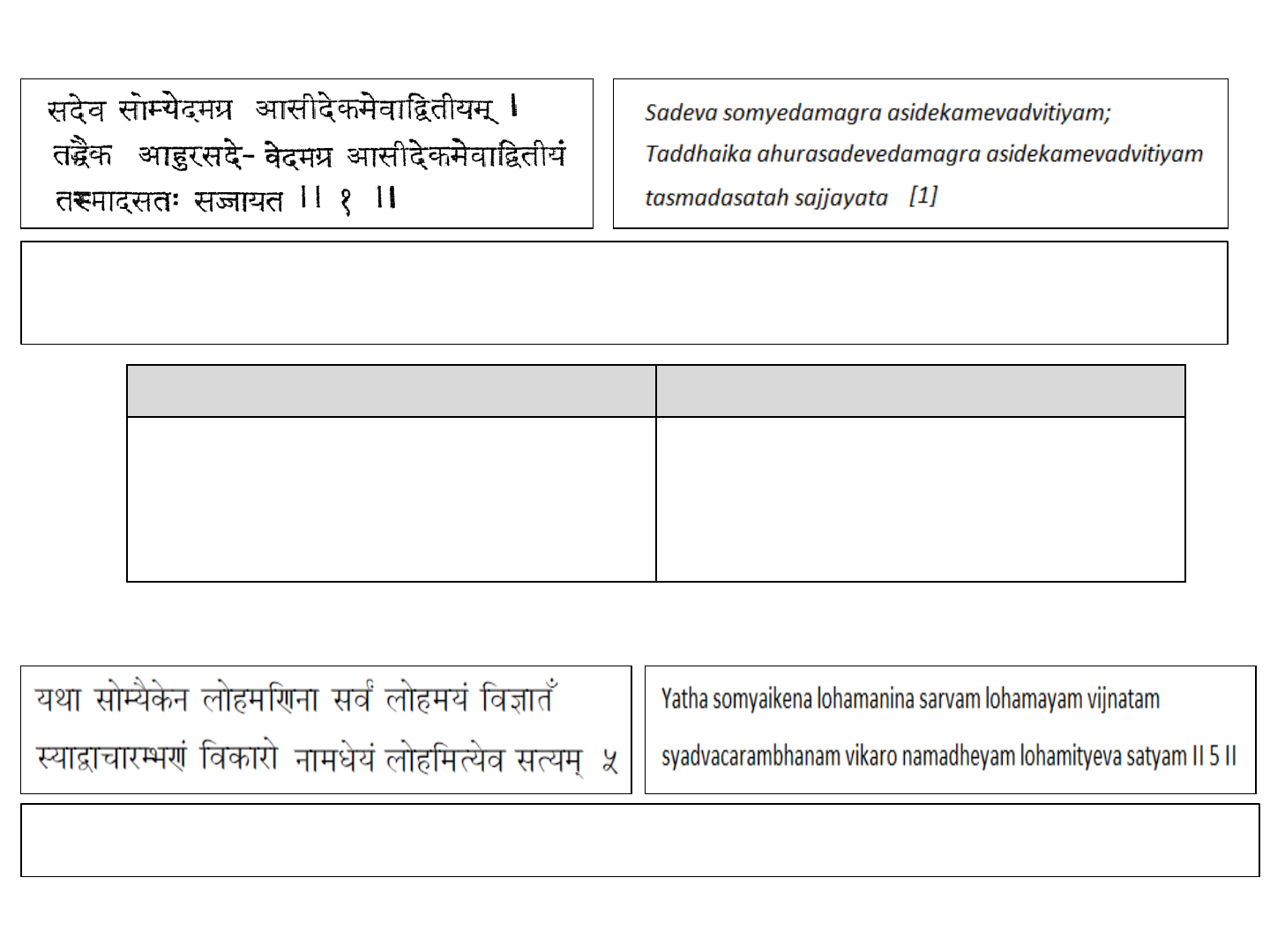
Chandogya Upanishad :
Chandogya Upanishad :
Somya, before this world was manifest there was only existence, one without a second. On this subject, some
maintain that before this world was manifest there was only non-existence, one without a second. Out of that non-
existence, existence emerged. [6 – 2 – 1]
World Observer – Sakshi
- Mithya like dream.
Experience
Lends existence to :
- Waker – Vishwa
- Dream – Teijasa
- Sleeper - Pragya
O Somya, it is like this : By knowing a single lump of gold you know all objects made of gold. All changes are mere words,
in name only. But gold is the reality. [6 – 1 – 5]
132
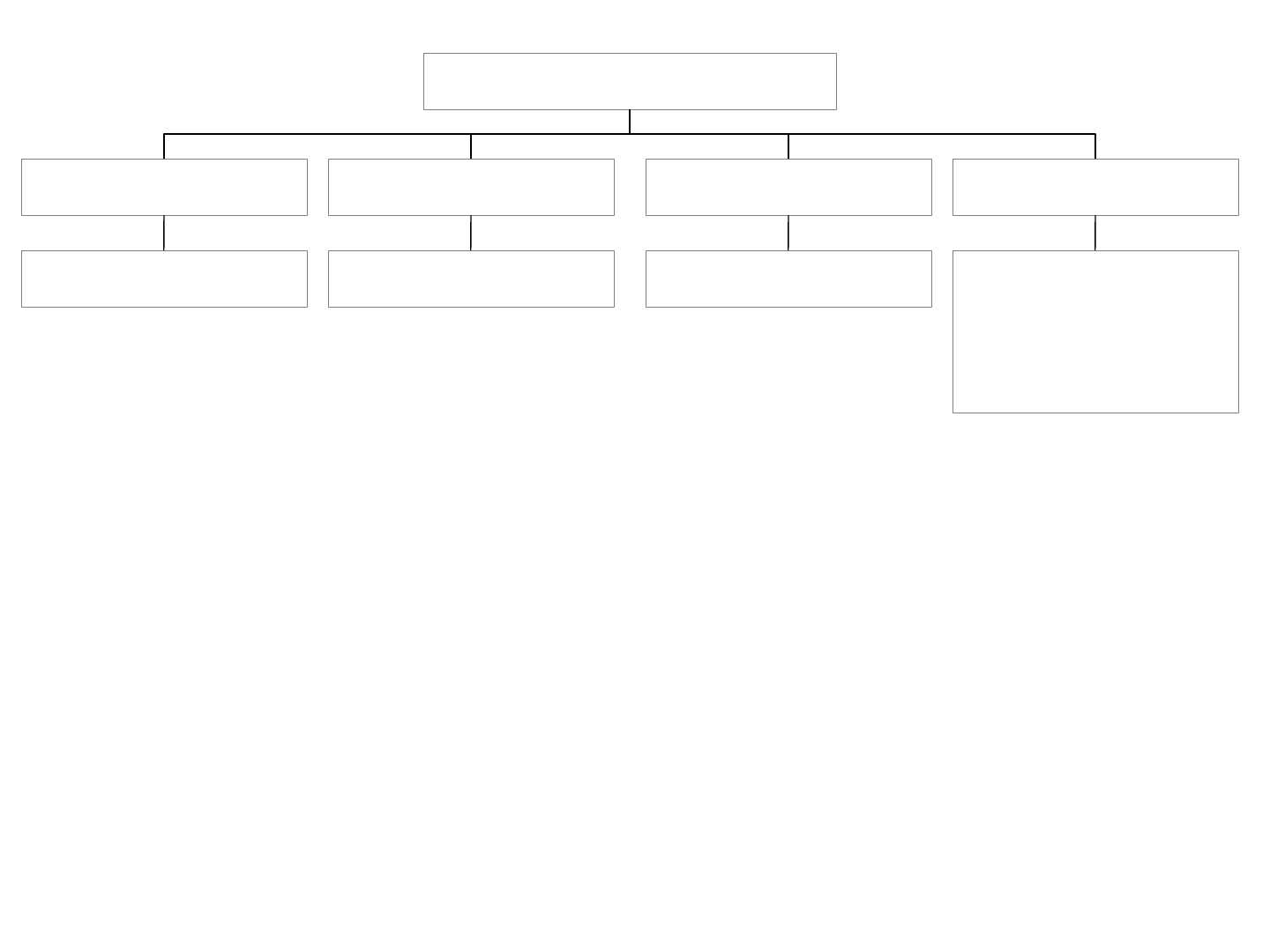
7) Verse 157 – 170 :
Nididhyasanam :
• Drop 3 fold misconceptions (Jiva , Samsari, Sadhaka)
• I am siddha – Nitya Mukta – ever free.
• Changing from ∆ to Binary format is important step before hearing Mahavakya.
8) Verse 171 – 179 :
• Conclusion – Aham Satyam, Jagan Mitya.
Jivo Brahmaiva Na Para.
Philosophies
Veiseshika JainNyaya Vedanta
Sat Asat Sat – Asat
Vastu / Vivarta /
Sat – Asat
Vilakshanam
(Distinct)
133
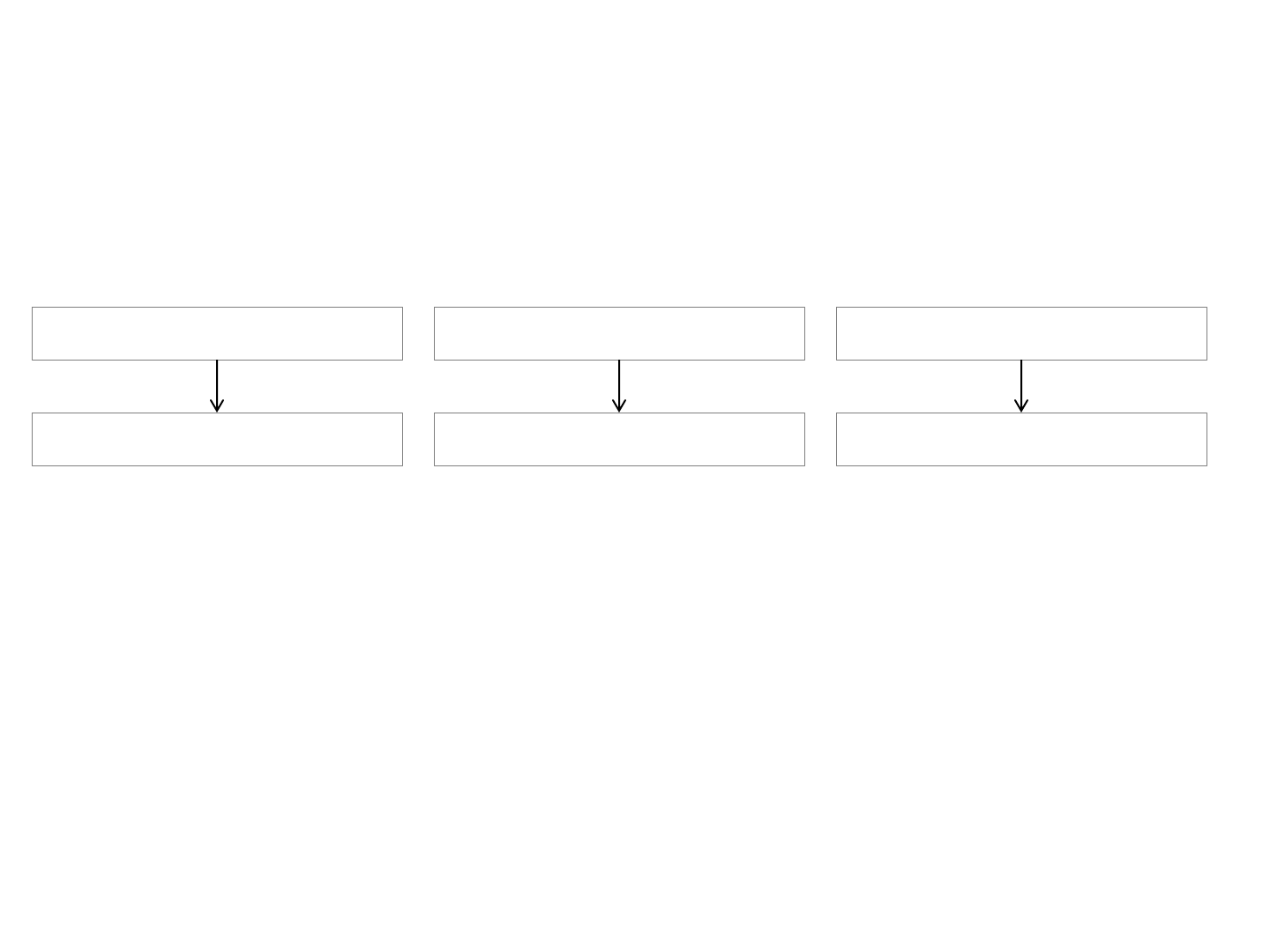
Introduction :
• Test written by Totakacharya one of the direct disciples of Shankaracharya, committed
to Seva.
• Totaka Ashtam, 8 Verses in praise of Shankara.
• 179 Verses, Totaka metre.
• 1
st
Acharya of Jyotir Mattam near Badrinath.
Sruti Sara Samuddaranam
Veda Purva and Anta Essence Extracting
• Tadwa Deepika – by Satchitananda Yogi, good commentary on this text.
• Guru – Sishya Dialogue on Jivatma / Paramatma Aikyam.
Essence :
• Brahma Satyam, Jagan Mithya, Jeevo Braheiva Na Paraha.
• I am observer, consciousness, Chaitanyam, higher order of reality.
• I experience Body, Mind, World, Lower order or reality.
134

PRATAH SMARANAM
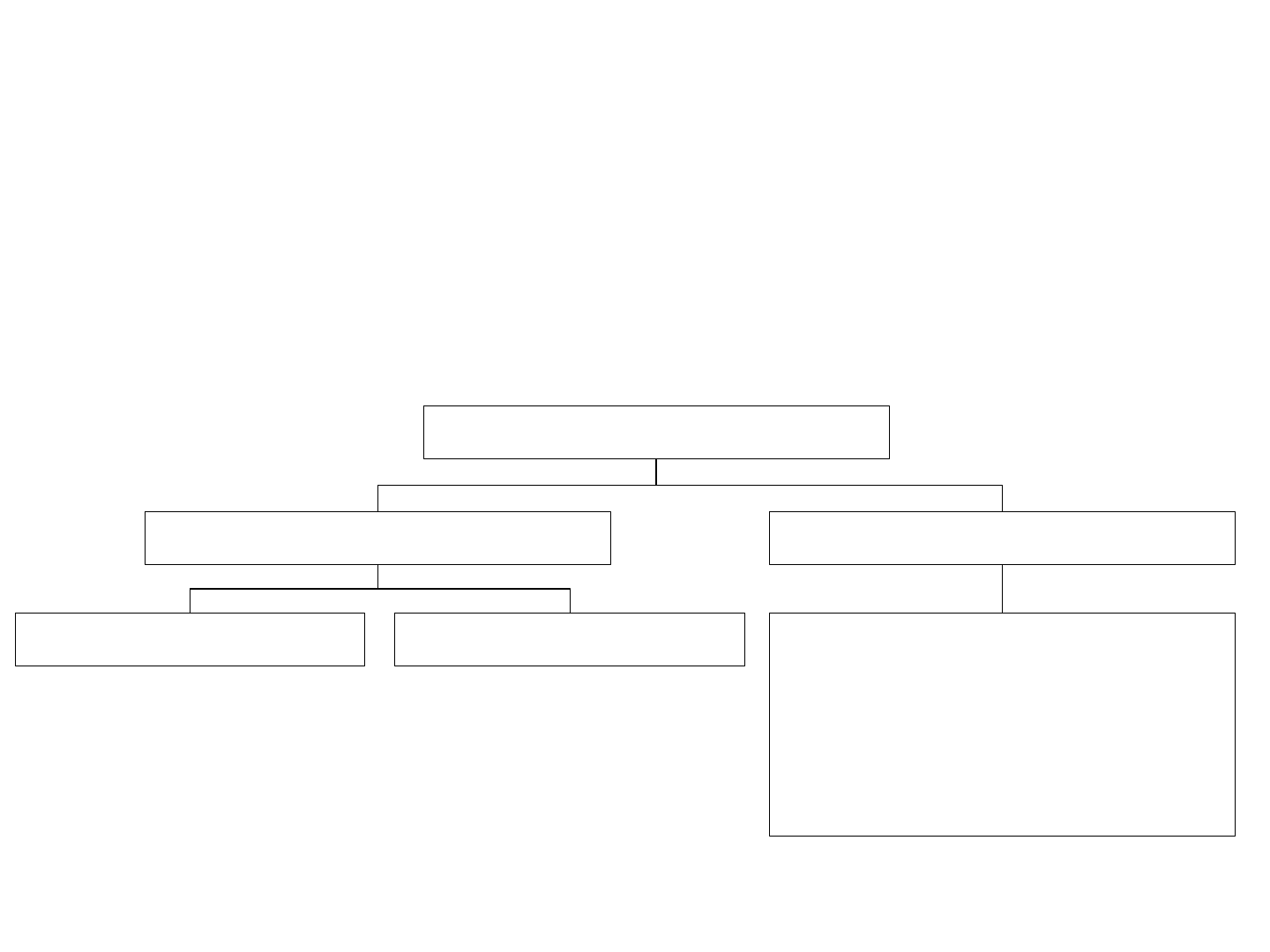
Introduction :
• Count your blessings to get impact of our problems reduced.
• One core blessing in all of us :
Our core essential nature that is wonderful irrespective of our problems, our
conditions of the body, called Atma Tatvam.
• Atma Tatvam is ever free, ever stable, ever safe, ever full, ever beautiful, we all have is
the greatest blessing.
• We can count this blessing, enjoy the Shanti and accomplish anything we want in life.
3 Sadhanas
Count the BlessingRecognise Blessing
- Nididhyasanam
- To be done early in the
morning.
- Advaita Atma Smaranam,
recollection.
Sravanam Mananam
135

TATTVA BODHA

TATTVA BODHA
SUMMARY
1. It gives Essence of all Upanishads.
5 Portions
(1) Sadhana Chatushtayam
(3) Samashti Vichara
- Total
- Universal
- Macrocosm
- 4 Qualifications
(2) Vyashti Vichara
- Analysis of Individual
- Microcosm
(4)
(5)
Aikyam Vichara
- Essential oneness of
individual (Vyashti)
+
- Total (Samashti)
- Svaroopa Aikyam
Aikya Jnana Phalam
- Benefit of Gaining this
knowledge.
Verse 1 – 7
Verse 8 – 16
Verse 17 – 26
Verse 27 – 34
Verse 35 – 38
136

Topic 1 :
Sadhana Chatushtayam :
4 Qualifications - Sadhana Chatushtaya Sampatti
Discrimination (Viveka) Dispassion (Vairagyam) Desire (Iccha) Discipline (SCS)
- Knowledge which will
differentiate fake /
real security
- Freedom from my
yearning fake security
- Turning towards Real
security / Permanent
- To prepare
personality to
discover real security
- Ephemeral /
Impermanent Give
Pseudo Security
- Permanent, ever
secure
- Use them Not having
false expectations in
life.
- Will be fulfillable Healthy Organs
1) Health :
- Body / Sense organs /
mind / Intellect.
2) Strength :
- Physical / emotional
/ Intellectual
Strength.
This is the four-fold qualification Thereafter, they become fit for the enquiry into the Truth. [Verse 7]
4) Faith Sraddha :
- Faith in Scriptures
to help you.
5)Harmony of Personality
- Attempt in Harmony.
3) Focus :
- Immunity from
obstacles.
• Spiritual seeker must have 4 qualifications to derive complete Benefit of Vedantic
Study.
137
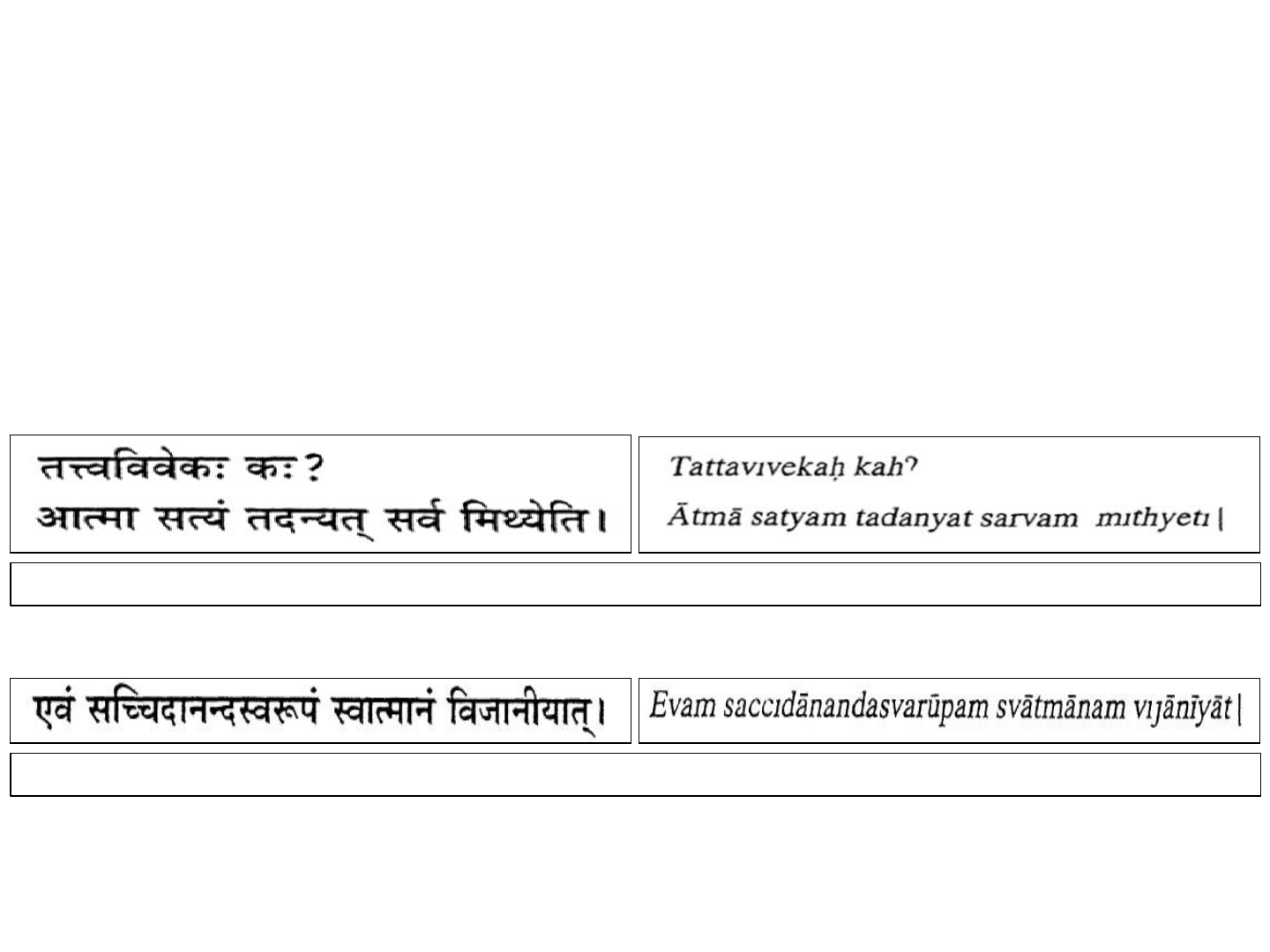
• My Jnanam / Emotion / intellect should be in Harmony.
• Sampathi = Wealth 4 in Abundance = Adhikari.
• How to Aquire these 4 qualifications?
• If you faith in 4 qualifications go to Bhagawad Geetha….
Topic 2 :
Vyashti Vichara : Analysis of individual – Micro Cosm
• Tattva Vivekaha Kaha?
What is enquiry into the Truth? it is the firm conviction that the Self is real and all, other than That, is Unreal. [Verse 8]
• Satchit Ananda Rupam… Svatmanam Vijaneyat.
• Every individual is mixture of 2 parts / 2 Units.
Thus one should know oneself to be of the nature of Existence - Consciousness - Bliss. [Verse 9]
138
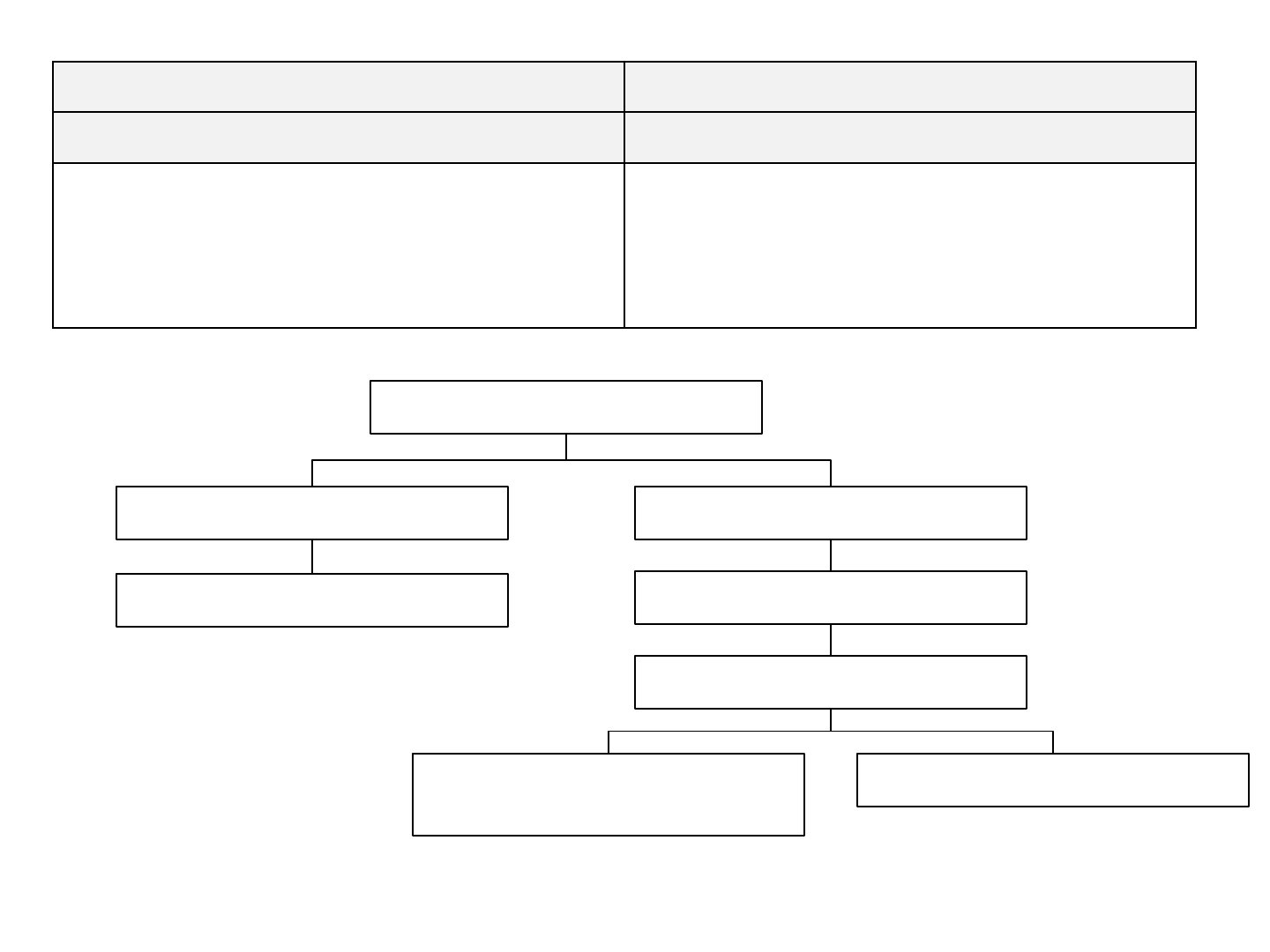
Visible Invisible
Gross Subtle
- Visible Fan - Taken for Granted
- Invisible Electricity
- Realise when current goes… generally
don’t count because its not visible.
Viveka
Atma
Non material / spiritual part
Anatma
Material
Study Body from 2 Angles
Sharira Trayam
(Textural Division)
Five fold Kosha
139

Sharira Trayam (Textural Division) :
• Texture of personality / matter.
• Physical Body = Gross handleable – fine.
• Subtle body = Subtler / invisible / non handleable – Finer.
• Karana – finest / subtlest.
Five fold Kosha :
• 5 fold functional division.
1. Anatomical part of Body – Visible.
2. Physiological part of body deals with functions health digestion / respiration /
Blood Pressure – normal – Invisible.
3. Emotional personality…. Not by blood test.
4. Rational personality… (intellectual).
5. Hidden personality…. We don’t know….
• I feel Ashamed to tell.
• Unconcious / subconcious / blabber in coma.
140

• Brain dementia… pious using foul language.
o Process of regression.
o Hidden anger / emotions.
o Innermost layer.
• Both material portion… subject to changes.
• Body / Physiological / emotion / intellectual / hidden personality changes.
Atma :
• Nonmaterial / spiritual part…. Atma… other than 5 fold kosha – changing.
• Consciousness / Spirit / Non – changing.
Nature :
1. Not part / property / product of Body / mind.
2. Independent principle, pervades body – makes body alive – Electricity makes Fan
rotate / come alive.
3. Conciousness independent, not limited by boundaries of body. Electricity extends
beyond fan.
4. After material body falls – Conciousness / Atma Tatvam survives.
After removing fan… electricity continues…
5. Surviving Consciousness is not contactacble / Recognisable not because it is non-
existent but beccause there is no medium for its expression – Expressions end,
Transactions end, without body.
141

• Consciousness can express only through Body medium. In absence of medium,
expressions + transactions end but existence of Consciousness principle doesn’t end.
• This Atma is same in all bodies.
• Bodies / minds / intellects differ… but Atma is one.
• Radio / Fan / Tv / gadgets different… enlivening electricity is same between different
gadgets – Expression are different.
Expressions of Electric Energy :
Radio - Sound
Fan - Mechanical
Mike - Amplifies voice
• Similarly Atma is one.. Its expressions are different.
• Because of its Nature, Atma is called Sat – chit – Ananda.
• Chit : Non Material Conciousness.
• Sat : Eternal Conciousness.
• Ananda : Poornam Conciousness.
All backed by same electricity
142
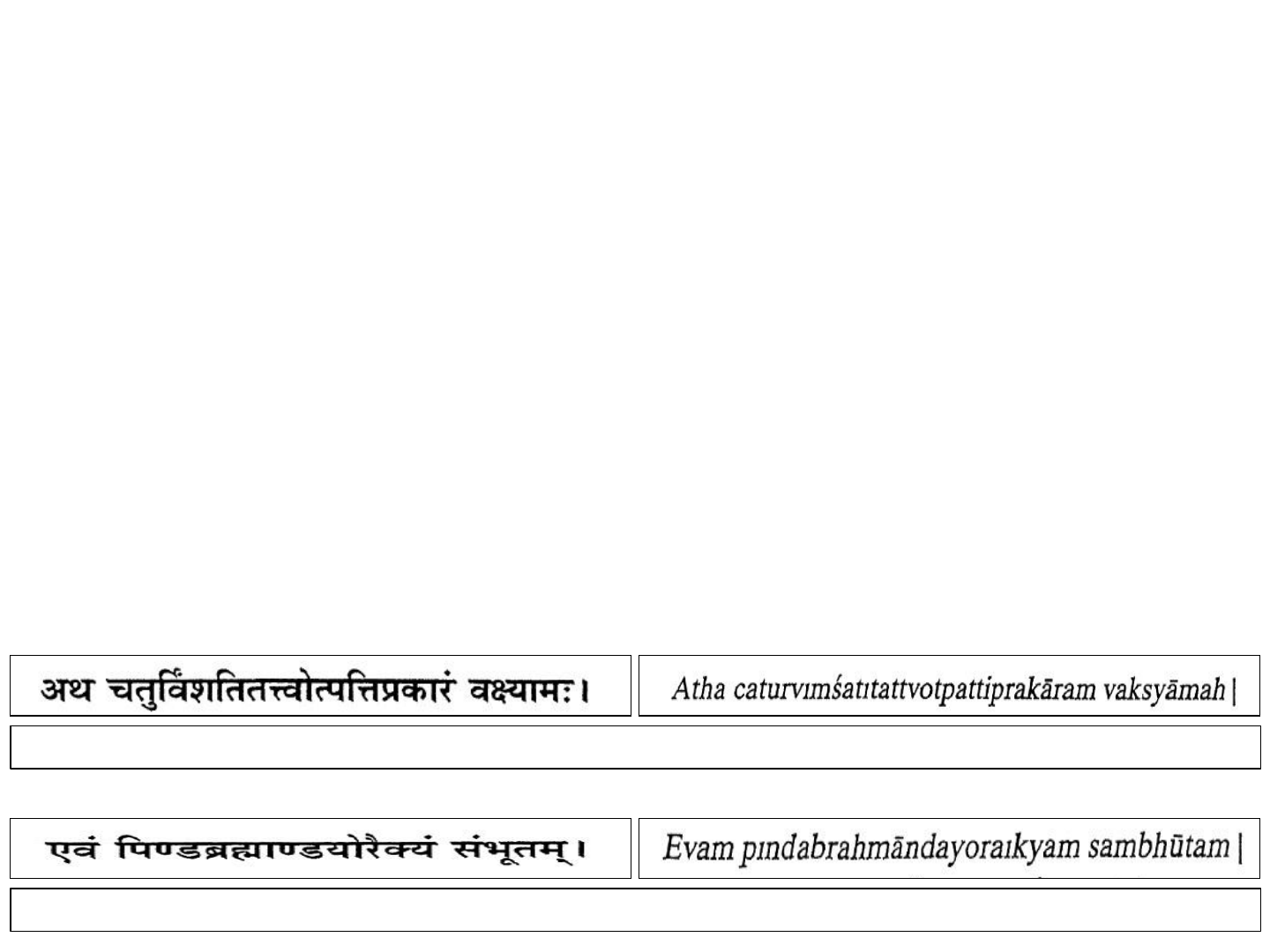
• Aim of individual.
• Reduce importance given to Anatma. Importance should be gradually shifted to Atma.
• I should learn to own up Atma part – Real – Permanent. Nature rather than Aging /
Temp / Falling sick / dying / dead / putrefying body.
• Instead of claiming bundle of decaying matter as yourself, learn to claim eternal Atma
as yourself.
• Shift is one of Sadhanas of spiritual student. Use the body but don’t claim it as
yourself.
• Use it as instrument.
• If you claim it as yourself, there will be fear of old Age / fear of death will constantly
haunt you.
3
rd
Topic :
Samashti Vichara :
• Samashti vichara – Analysis of Cosmos.
Now we shall explain the evolution of the twenty four factors. [Verse 17]
Thus, there is identity between the microcosm and the macrocosm. [Verse 26]
• Till page 84 Aikyam Samboota.
143

• Universe was never created by anyone.
• Nobody can create universe because of scientific law. Matter can’t be created /
destroyed.
Creation :
• Most unscientific word to Vedantin because nothing is created.
• Creation was always there.
• Creation was never there in this particular form.
• Tree was existent before in the form of seed.
• Similarly Universe existed in seed form called “Maya”.
• Creation = Potential Universe coming to Manifestation.
• Not creation – Manifestation.
• Butter existed in Milk already, no lady produces or creates butter.
• Here effort : To bring out Unmanifest butter by extraction & making it available &
tangible.
• If the lady is going to create butter, should be able to create, mixi, water etc.,
• Can’t create butter by imagination.
• What is there, you bring to creation.
• Maya = Bringing into creation in 4 stages.
144

1) Sukshma Bootha Abibvyaktihi :
• Manifestation of 5 subtle elements.
2) Sukshma Bautika / Shariram Srishti.
• Creation of all subtle Bodies….
• Combinations of Sukshama Bootam.
• 5 Subtle elements combine in certain proportions and you get subtle bodies.
• Subtle water + subtle air… create subtle prana / Manah / Sharira Srishti.
3) Sthula Buta Srishti :
• Evolution of gross elements.
• Water / Air / …..
4) Sthula Bautika / Sharira Srishti :
• Creation of physical body.
• Subtle element – subtle elemental gross (Bodies).
• Gross Elements to Gross elementals (Bodies).
• Individual - Sthula / Sukshma / Karana Shariram.
• Cosmos (total) – Sthula / Sukshma / Karana Prapancha.
• 3 levels – all material in Nature.
145
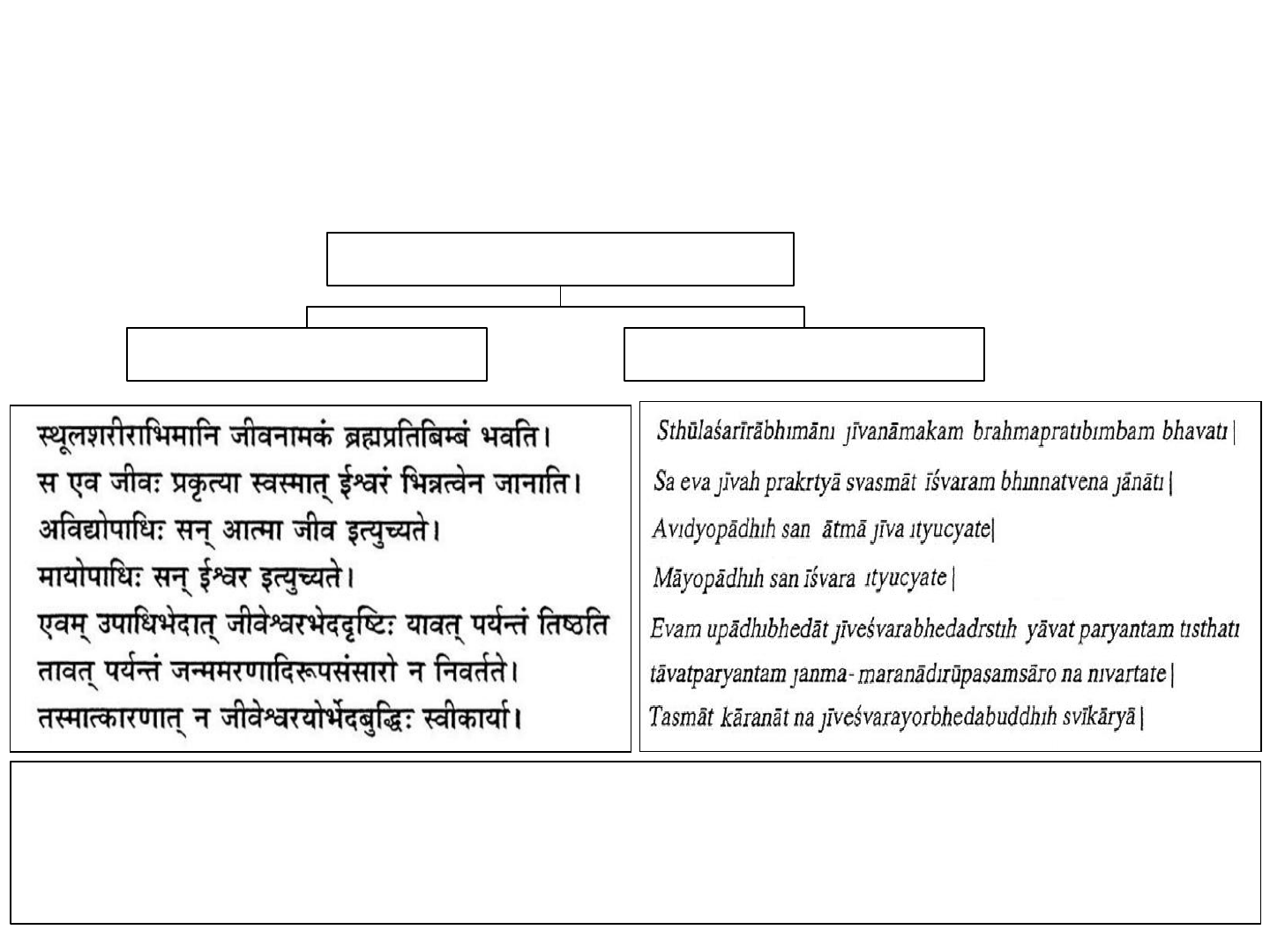
4
th
Topic :
Aikya Vichara : Most important
• One Consciousness which is eternal / formless / all pervading alone expresses through
both individual + total .
One Consciousness – Express as
Individual Total
The reflection of Brahman, which identifies itself with the gross body is called the jiva. This Jiva by nature, takes Isvara to
be different from himself or herself. The Self conditioned by ignorance (Maya) is called Isvara. So long as the notion that
the Jiva and Isvara are different remains, which is due to the difference in the conditioning, till then, there is no
redemption from samsara which is of the form of repeated birth, death etc. Due to that reason, the notion that the Jiva is
different from Isvara should not be accepted. [Verse 27 to 31]
146
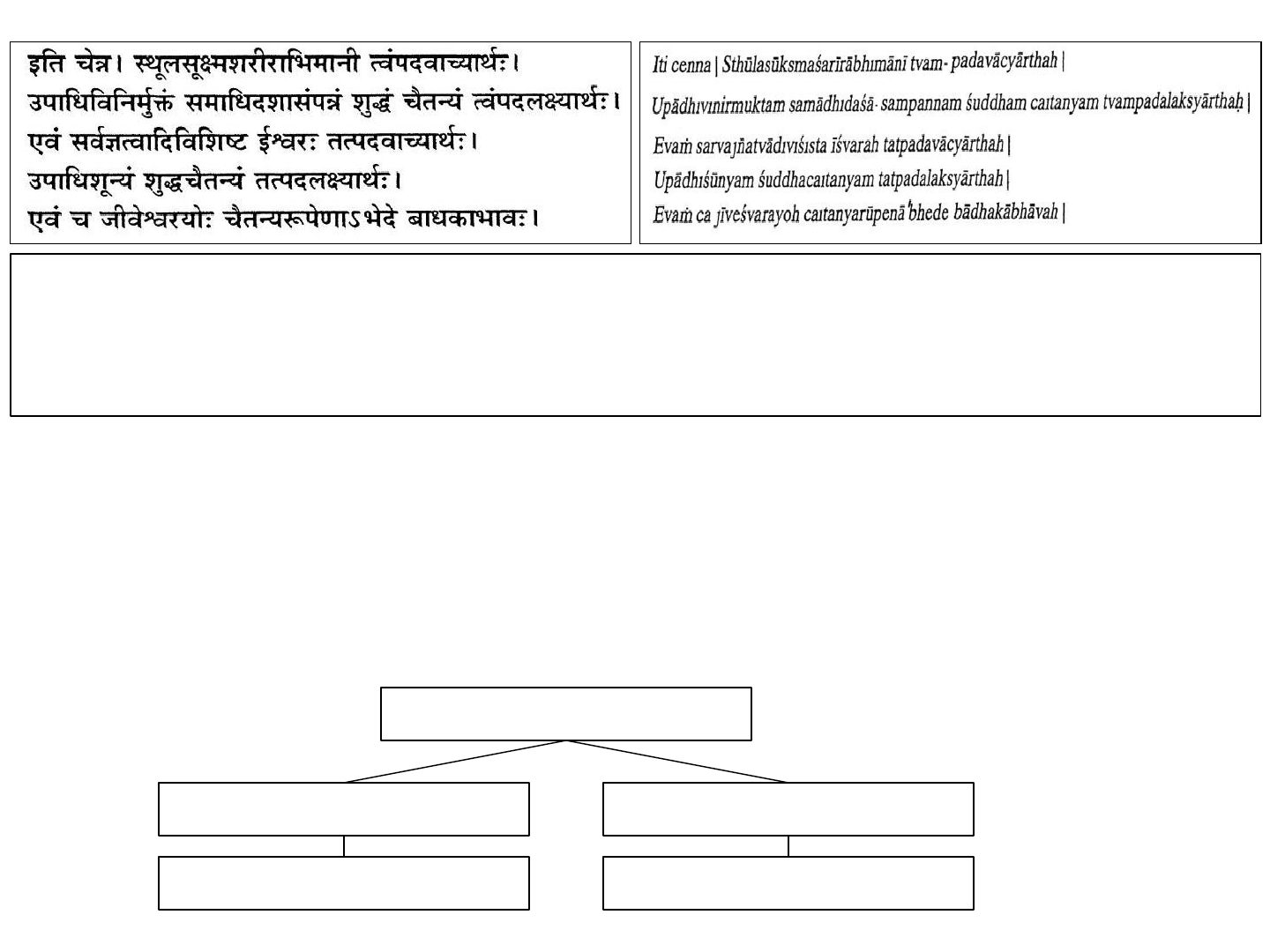
If there is such a doubt, no (it is not so). That literal meaning of the word "thou" is the one identified with the gross and
subtle bodies. The implied meaning of the word "thou" is pure awareness which is free from all conditionings and which is
appreciated in the state of samadhi. So also the literal meaning of the word "That" is Isvara having omniscience etc. The
implied meaning of the word "That" is the pure awareness, free from all conditionings. Thus there is no contradiction
regarding the identity between the Jiva and Isvara from the standpoint of awareness. [Verse 33 & 34]
• Atma is one – it is of nature of Conciousness. It is without any property.
• No sound, form, taste, color (all belongs to matter).
• Non material spiritual without any attribute. It is all pervadingly present… my real
nature.
• Now we have 2 Mediums :
2 Mediums
Sharira Trayam Prapancha Trayam
3 Body’s World
147

• Consciousness manifests – expresses through 2 matter media.
One face
Concave Mirror Convex mirror
Face distorted
Undistorted beautiful
• Consciousness expresses through.
Micro Medium Macro Medium
In both Consciousness is
distorted
Individual Medium :
• Because of Distortion, Consciousness – gets inferior attributes.
• Alpagyaha / Alpashaktiman.
• Distorted Atma with inferior attributes is called Jivatma.
• Same atma expressing through macro medium, Universal intelligence, which
maintains orderliness of universe, planetary motion, gravitational force, all laws
maintained through consciousness manifesting through macro medium.
148
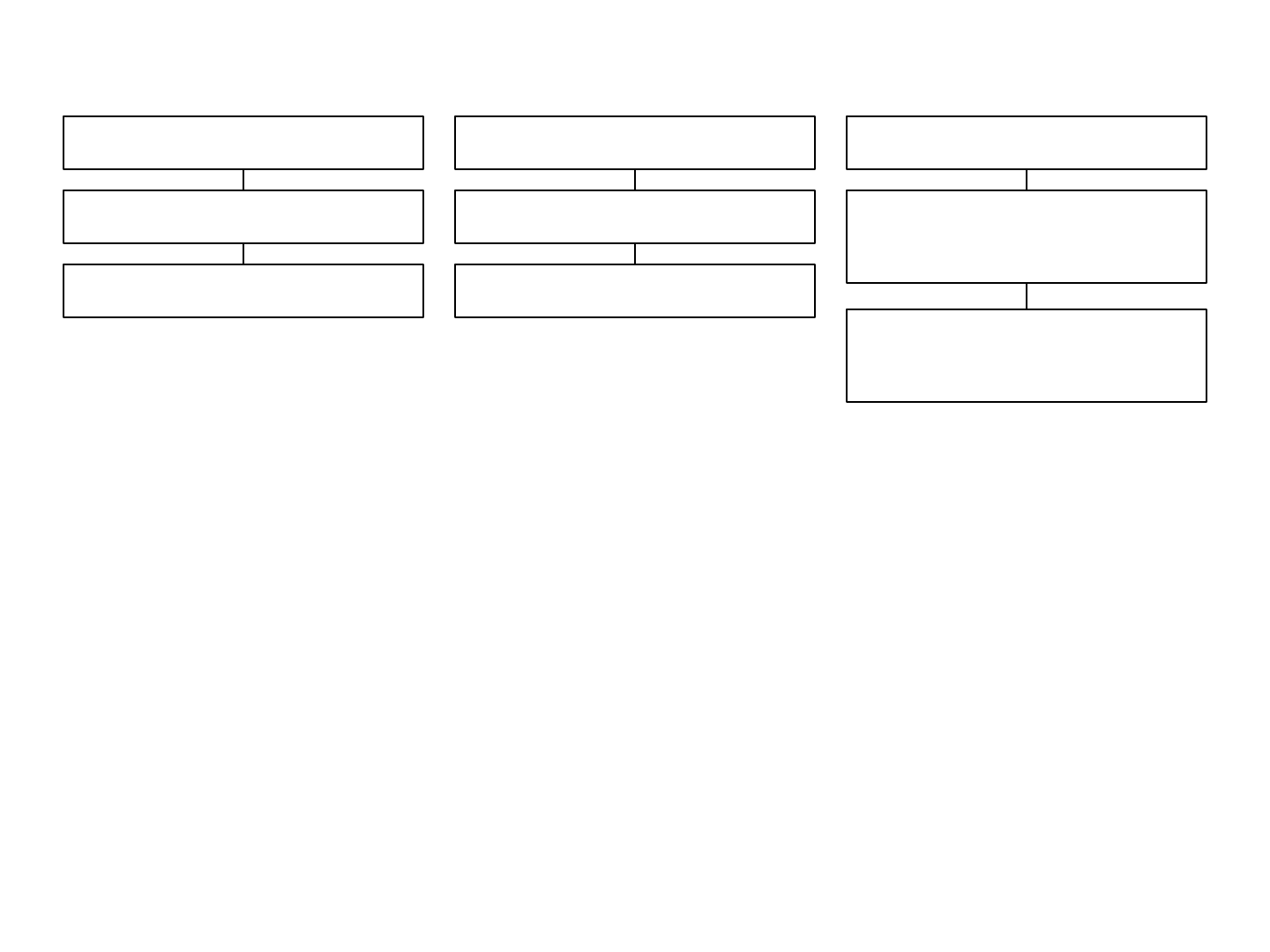
• Superior distortion / Superior Attributes.
• Distorted Atma with superior attributes is Paramatma.
Jivatma
Distortion 1
Has inferior Attribute
Paramatma
Distortion 2
Has Superior Attribute
Atma
Has neither inferior /
superior attributes.
It has neither Punyam /
Papam
• It is neither good / bad.
• Understanding, I am Original Consciousness free from all limitations and distortions
which belong to temporary body.
• Remove mirror No. 1 ….. Distortion No. 1 disappears.
• Remove mirror No 2….. Distortion No. 2 disappears. And distorted face you don’t face.
• Undistorted face you don’t see because original face is never objectifiable. – Tragedy.
• Original eyes – never see in life. That undistorted Atma I am.
• This knowledge is called “Aham Brahma Asmi.”
• All problems belong to medium. I am Atma – Problem free.
• Aikya Vichara / Mahavakya Vichara – this wisdom is given by “Tat Tvam Asi”.
• That Paramatma and you Jivatma are essentially one if you look at without distorting
medium.
149
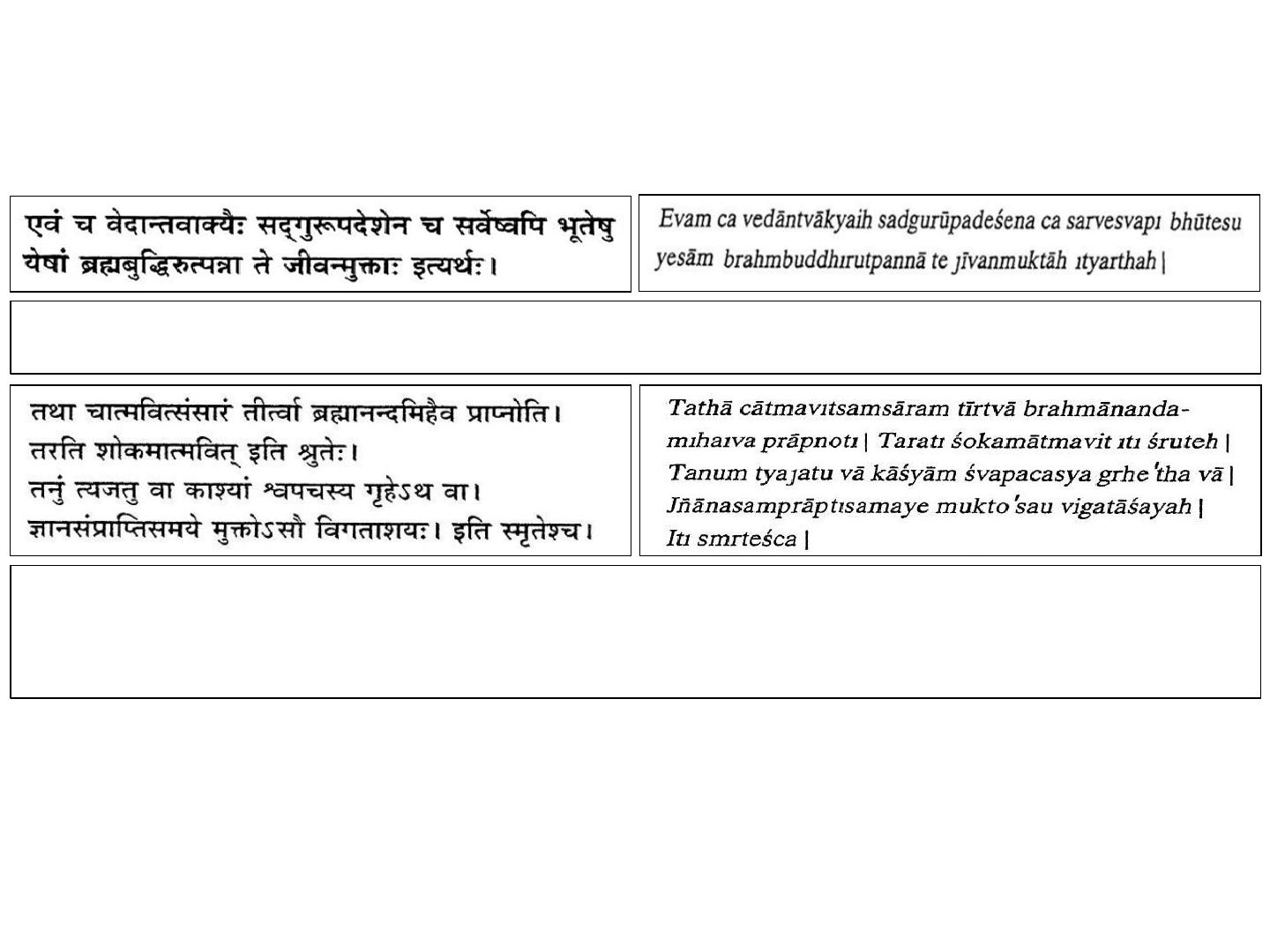
5
th
Topic :
Aikya Jnana Phalam :
• Benefits of knowledge
Thus by the words of Vedanta and the teachings of the Satguru those in whom the vision of the Truth is born in all beings,
are liberated while living (Jivanmuktah). [Verse 35]
Thus the knower of the Self, having crossed samsara, attains supreme Bliss here itself The Sruti affirms - the knower of the
Self goes beyond all sorrow Let the wise man cast off his body in Kasi in the house of a dog-eater (it is immaterial because)
at the time of gaining knowledge (itself) he is liberated, being freed from all the results of his actions. So assert the Smrtis
too. [Verse 38.4]
• Jeevan Mukti & Videha Mukti
↓
5 fold Benefits.
150

• Jingyasa Nivritti / Vidyananda Prapati
• Karpanya Nivritti / Baya Niviriti
• Dakshata Prapti
• Body is only Medium I use.
• Death of body not my death.
• Death of transaction not my end.
• Phone dead… speaker behind phone not dead. Can’t talk behind phone.
• Phone no. 5 gone…. In coma / Semi Conciousness.
• Permanently gone…. Applied new phone = punar Janma.
• Keep changing phone no… speaker behind… I am immortal.
• Attainment of immortality & freedom from fear = Jivan Mukti.
Videha Mukti :
• This very knowledge will destroy all punya / papa karmas accumulated in several
Janmas, can’t be exhausted in normal course.
• To exhaust… require countless Janmas + in the process – aquire new ones.
Direct benefit. Fear of mortality goes away.
151
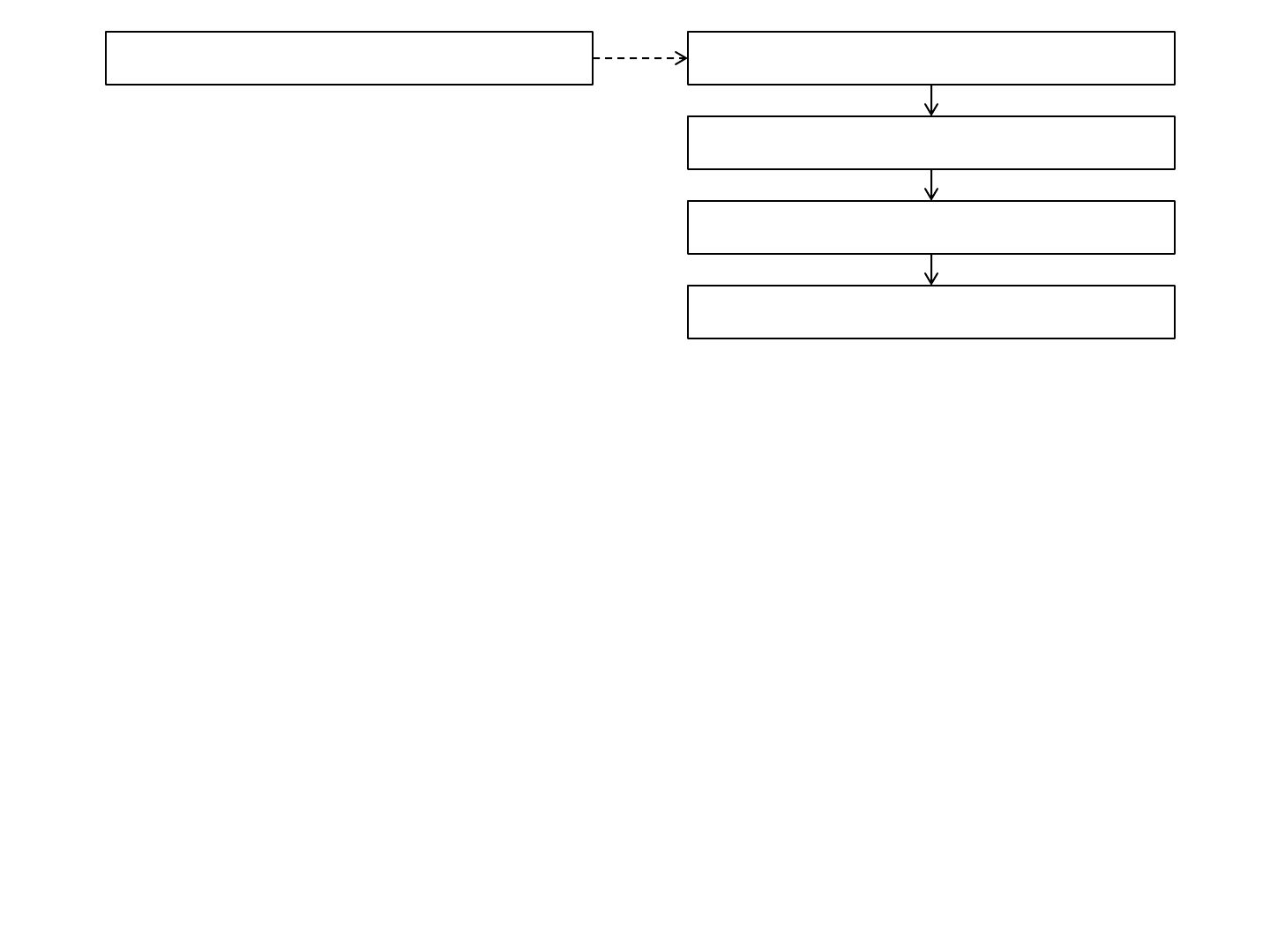
To solve dream problem Best method
Wake up
You don’t solve dream problems
But dream problems are resolved.
• Karmas are not solved.
• Karmas are dissolved by waking up to my higher nature.
• Because of freedom from Karma…. During death – all 3 bodies will merge to 3
Prapanchas.
• Sharira Trayam – merges into Prapancha Trayam.
• I don’t disappear.. Because I the Atma continue to exist as Isvara expressing through
whole cosmos.
• Videha Mukti….. Whether Auspicious day / place, Inauspicious day / place, Doesn’t
matter.
• Jnanam has given him Moksha.
• All scriptures of any religion are magnification of these 5 topics only.
152
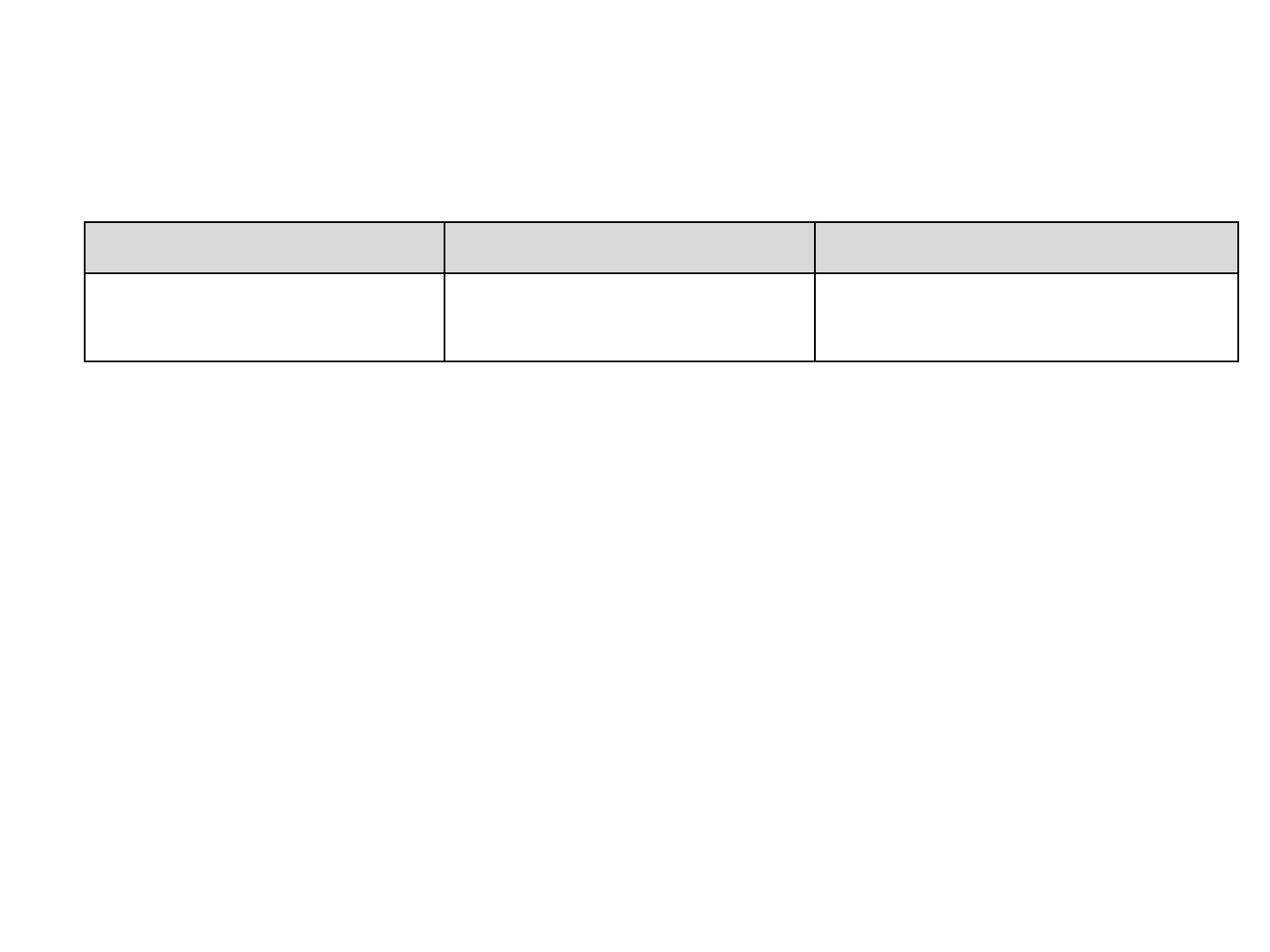
INTRODUCTION
1) To study :
• Gita / Upanishad / Brahma Sutra… first study Tattwa Bodha.
2)
• Knowledge of Reality / True Nature of Myself.
3) Why should we gain self knowledge? Benefits?
Benefits :
1) Jingyasa Nivritihi :
• Because of Advanced intellect, one has Natural curiosity to know about things around
oneself.
• Exploring tendency = Natural curiosity.
Questions :
• What is this Creation?
• How this creation started?
Tattvam Bodhaha Content
- Reality / True Nature - Knowledge
- Jnanam
- Self, Knowledge
- Knowing about ourselves.
153

• Is there creator?
• Is there is God?
• Where is he?
• Why he created this world / me?
• What is death?
• Where do I Go?
Curiosity (Jingyasa)
World
Jagat
God
Isvara
Myself
Jiva
Most Important
- Am I free individual
- Is my life Governed by other forces.
- No reason for some experiences.
• Self knowledge satisfies basic curiosity. It gives relief.
• Quenching intellectual curiosity to know – Who you are?
Why you are here?
Whats your Destination?
Are you in Right Direction?
154

2) Vidyananda Prapti :
• Great fulfillment = Ananda Praptihi.
• Born out of this knowledge.
• Happiness / Ananda born out of self knowledge.
• Any knowledge / Discovery gives us Ananda… intellectual pleasure.
• Discover self…. Knowledge gives Ananda… Refined / Subtle / Vidyananda.
• I am most wonderful thing in creation Unique / wonderful… self image gets big boost.
• My current self image – Low condition. All the time…. Working to improve image…
Changing Hair / eyebrow / nose.
• Presenting false façade / false front because I am not happy with myself….
• Never Satisfied with what image I have.
My True Image :
• Nitya / Shuddha / Buddha / Asanga / Sarvagata / Svaropa Aham Asmi… Unbelievable
but true.
• I know I have the best image in the world.
3) Karpanya Nivritihi :
• This Vidyananda we get by self knowledge… that it is available all the time… unlike
other Ananda bound by time + space.
• World tour pleasure.
155

• Any worldly pleasure – Vishaya Ananda
1) Has beginning + 2) End + 3) With conditions + 4) Unpredictable.
a) Finite b) Unpredictable – Can do everything but not sure.
• Experiencable pleasures.
• Time bound Pleasure.
• Conditional Pleasure.
• Unpredictable pleasure.
• Where there is unpredictability – stress / strain / tension.
• Vishayananda wonderful but being unpredictable, Causes Stress + strain.
• Vidyananda = Stand by for Vishayananda – Ups and downs.
• We want something to fall upon….
• With standby - Relaxation
- No desperation
• Dependence on Unpredictable factors = Stress.
• With Vidyananda…. We are not desperate for worldly pleasures.
• If world gives pleasure…. Wonderful.
• If not … I have Vidyananda…
• Freedom, from Desperation / Helplessness is “Karpanya Nivritihi”.
156

4) Agatha Nivritti :
• Impact / Scar / injury.
• Life's experiences…. Not bed of roses.
• Not always smooth sailing.
• Life mix of pleasure + Pain
• For Many for situations – No Remedy.
• Dr : You’ve to live with this Physical Condition – Behaviour of wife, children….. No
control.
In Gita :
• Apariyarthaha → Choiceless situations…..
• We can’t get remedy for choiceless situations.
• Situations impact on me – Psychological can be modified / reduced / avoided.
• Impact can be altered / controlled by us.
• Different people affected differently. Reactions different.
Shastra :
• Can’t change world / truly / intimate relation.
• Can change their impact on you - Reduce / wipeout – impact.
157
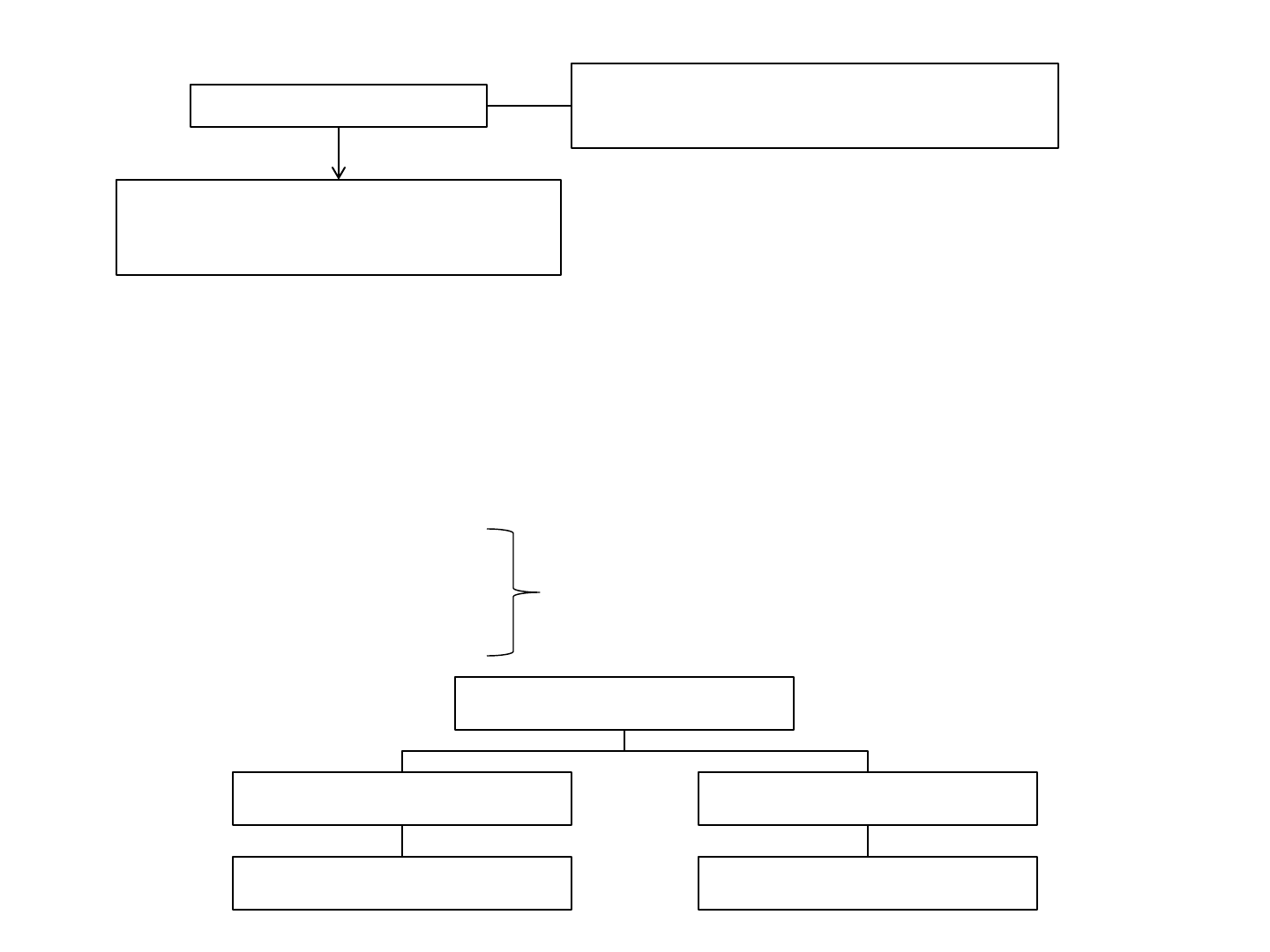
Impact – Agatha :
Trauma
Deep / Permanent injury By
Experiences
Can’t come out of Deep
Experiences
• Self Knowledge – Powerful Medicine which can reduce Agatha (Impact) of all painful
experiences in life – greatest shock Absorber.
• Cars – fitted with Shock Absorber.
• Self knowledge – Most powerful shock absorber.. Worst tragedy.
Doesn’t receive permanent scar / Pain.
• Resilience of Mind
Immunity of Mind
Self regeneration of Mind
2 “I’s” / Personalities
Bokta Karta
Receiver of experiences Performer of Actions
Strength of Mind.
158

Agata Nivritti
As Bokta We have Shock Absorber
Situations don’t disturb too much
• Therefore as Karta will perform better. Bokta and karta 2 sides of one coin.
• Agatha Nivrithi leads to better performance.
• Bokta not traumatised… Unwelcome experience. Not loose balance…. Now let me
work where I have to….
• Improvement in efficiency of what you choose in life because you have shock
absorber… Therefore Mind is calm / poised……
What are sources of self knowledge?
• 4 levels of scriptures / 4 layers.
1
st
: Original source – Vedas / Srutis
• Discovered by Rishis as revealed by Lord himself in Meditation attuned to lords
teaching.
2
nd
Layer – Smriti :
• Body of literature by Rishis Elaborating Sruti.
Manu smriti :
• Rishi – authors of Smruti receivers of Sruti. Not authors of Sruti.
159
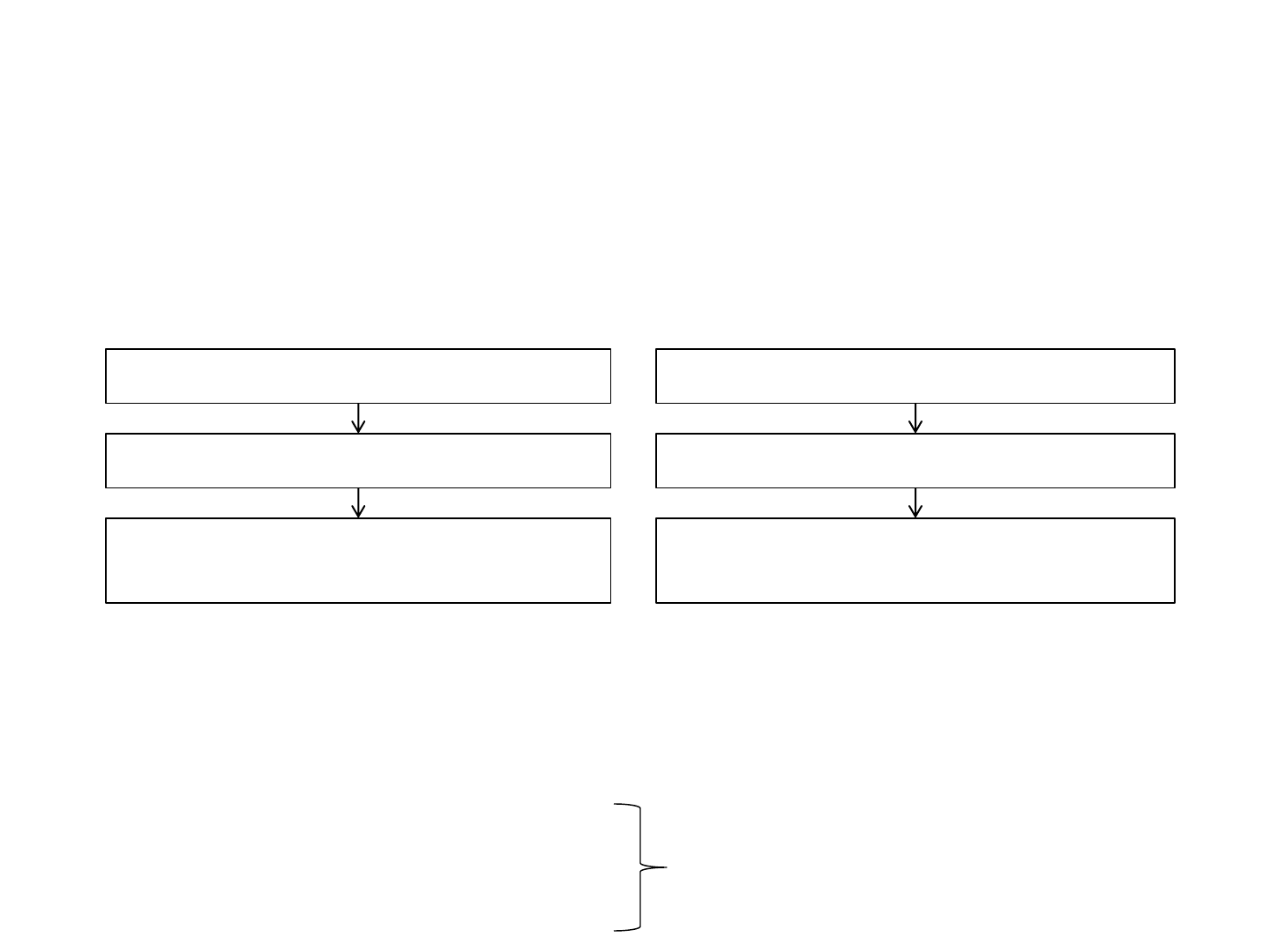
3) Brahma Sutra :
• Written by Rishi Veda Vyasa.
• Unique : Gives logical support to teachings in Sruti + Smriti.
• Satisfies reasoning intellect.
• Buddhi understanding reasoning only.
• Tarqa (Logic) / Jnayaya (Reasoning).
• 1 – 2 – 3 – Most important / pillars – foundation of Traditional wisdom.
Sruti – Smriti - Sutra
Prasthana
- Method of Gaining knowledge
- Way / Path of knowing
Connected to Rishis
Trayam
- Fundamental.
- Original source of self knowledge
4) Prakaranam :
• Authored by Acharyas / Gurus.
• Original wisdom carried down.
• Wisdom carried down by Guru – Sishya Parampara.
• Shankaracharya
Sureshvacharya
• Vidyaranya Swami – Sringeri Peetha
Can Understand present Generation
160
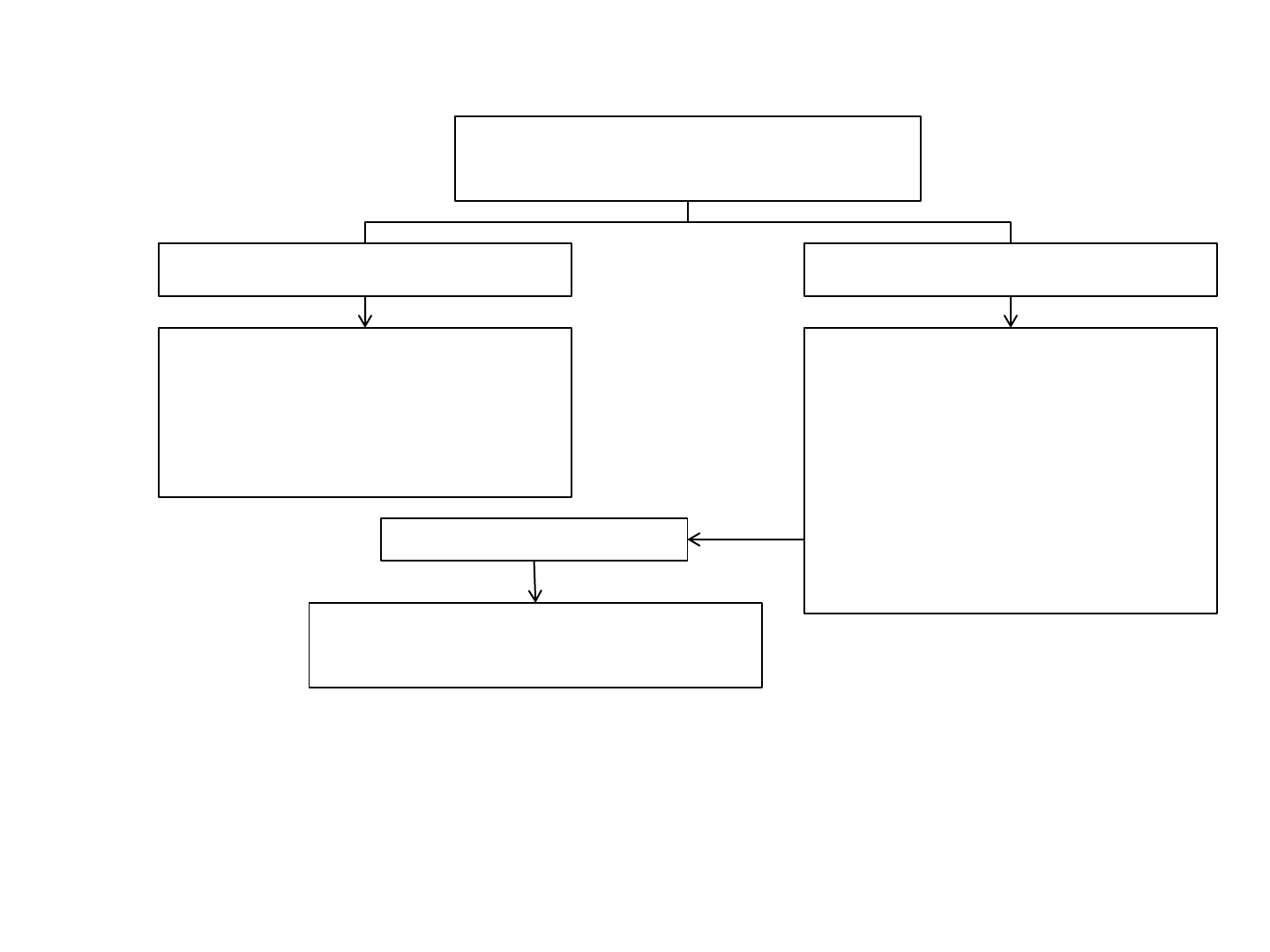
Technical terms :
• “Pari Basha” – Specific terms used in Shastra.
Our Effort
- Prayathna
- Sow seed
- Take route
- Plan, function
Success Depends on 2 factors
(Equally important)
Isvara Anugraha = Luck
- Grace of Lord
- Rain comes on time
- Traffic diversion
- Power cut
- Deivam = extraneous
Factor + Unpredictable /
Uncontrolable factors
Cyclone
- Cyclone can’t be controlled
- Must be favourable to me.
How to control Deivam?
• Offer prayers… Prayers have a capacity to alter Deivam / extraneous factors.
• Guru Brahma / Maheshwara & God one + Same = Blessing Given by Lord.
161

Guru :
• Gu → Darkness / ignorance → Local light removes external darkness.
• Ru → Light → Internal Darkness removing light.
• Knowledge removes internal darkness called ignorance.
• One who removes Agyana Timaram… by way of Jnanam
by way of lighting up lamp of wisdom in heart
of disciple.
162
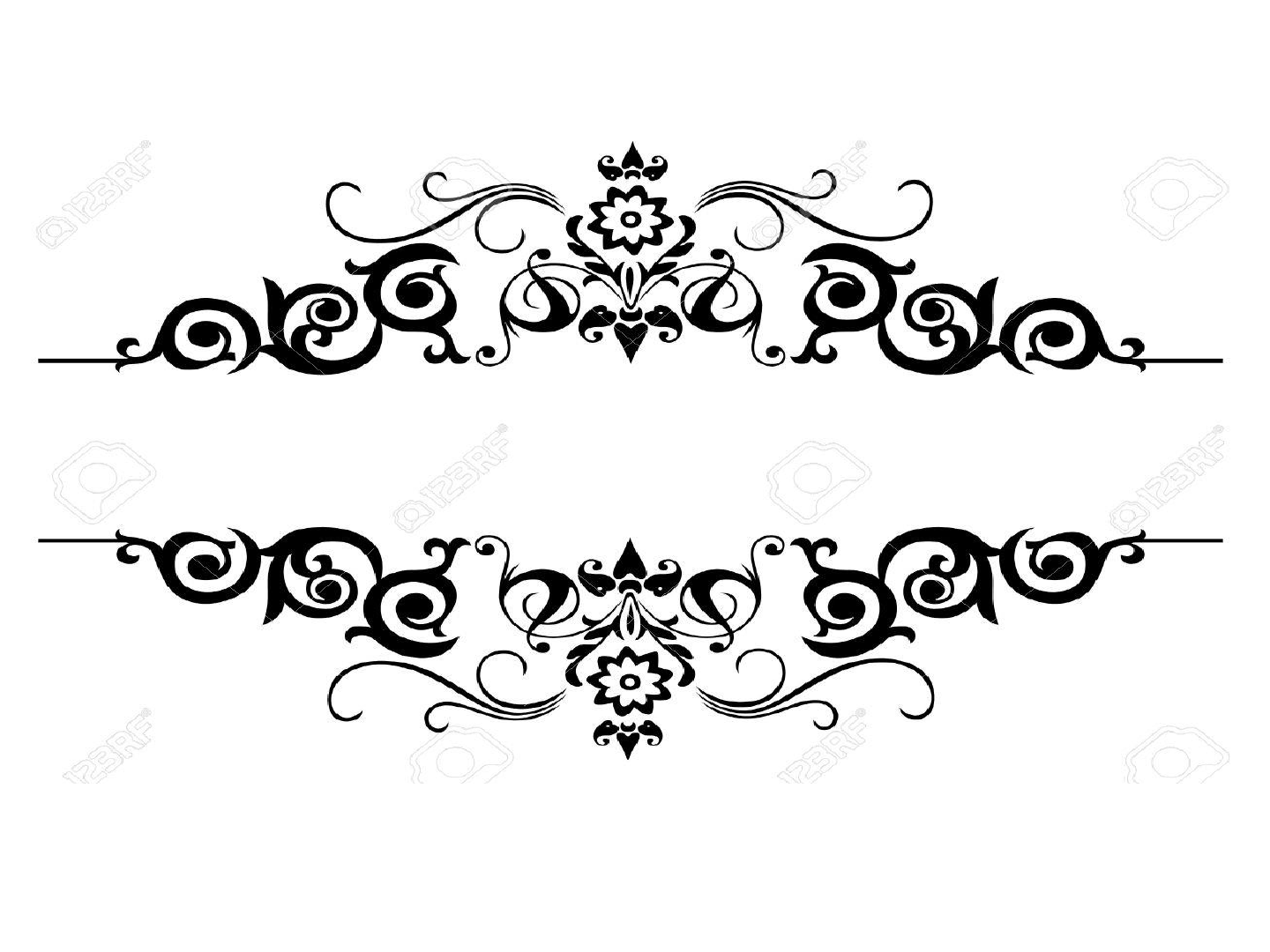
SAD DARSANAM

Summary
Lecture 1
1) One Brahman appearing all the time as Triputi… Jiva / Jagat / Ishvara.
• Gold… Ring / Bangle / Chain.
2) Perceptions continue as 3 :
• Understood as one… Samsara problems go away.
3) Lord Shiva destroys :
• Devotee notion / Fear notion.
4) Ahamkara creates Bheda Jiva / Jagat / Ishvara :
• Ahamkara is born out of ignorance.
• Notion is born out of ignorance.
• Ahamkara notion is destroyed, Aham remains.
5) Adhishtanam of Jiva / Jagat / Ishvara is called Sat :
• ( Jiva = Ahamkara - Philosophically)
6) Ishvara :
• = Adhishtanam of Jagat object and Jeeva subject ( Dvaitam)
• = Constituent of Triputi - Jiva / Jagat / Ishvara.
163

7) Ishvara has infinite power to manifest as variety of names and Forms.
• Jiva and Jagat = Name and form - Observed.
• Ishvara = Substance - Observer
Problem :
• Not perception of 3 but understanding as 3 different…
Solution :
• Remove Agyanam and discover oneness.
8) Enquire into Jeeva… one of 3.
164
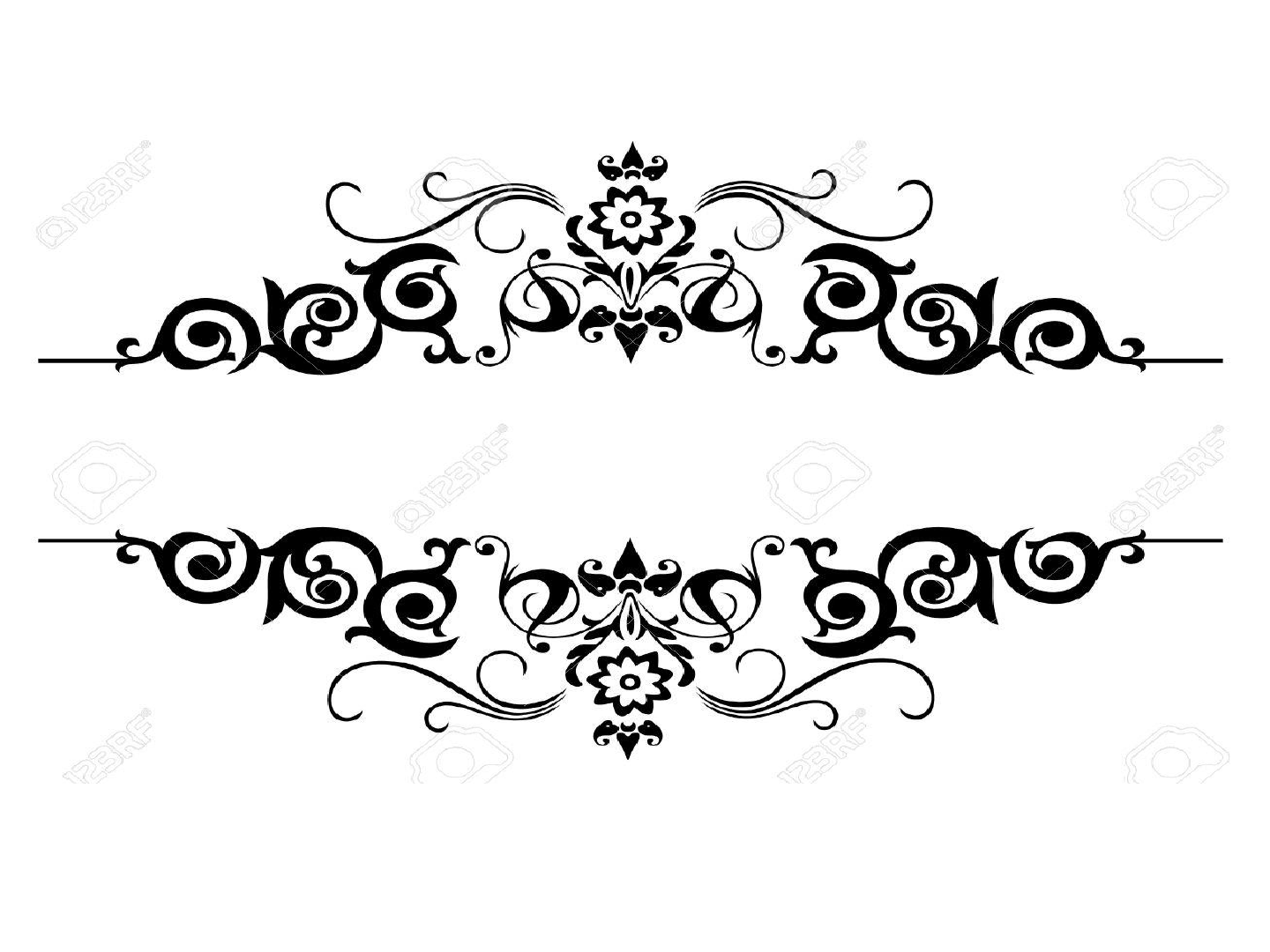
ASHTAVAKRA SAHMITA

Astavakra Samhita / Gita
Swami Nityaswarupananda
(Ramakrishna Mission)
Introduction :
• Story in Mahabarata – “Vanaparva”.
1. Chapter 132 – 134 :
• Parents : Kahor – Sujata.
• Kahor cursed child and wanted it to be born as eight limbed – Astavakra for criticising
in chanting.
• Bathed in river Samanga.. And all limbs became straight.
• “Swami Vivekananda” changed after listening to Astavakra… published in 1931.
2. 3 fold criterion of truth :
• Authority – Sruti.
• Reason – Yukti.
• Self realisation Anubava – Atmanubuti.
• Monistic Vedanta discards the world of sense + intellect and all that revolves around
the conception of dualism.
• In Vedanta, there is a task of proving the unreality of the objective world by appearing
to logic + authority.
165

• Authority is equated with self-realisation and is valid because it embodies the results
of realisation of seers of truth.
• Its not in conflict with the demands of reason and transcends reason by the help of
supra-rational organon called self-realisation which directly intuits the truth.
• Reason helps to discard what is untruth, but for realisation of positive truth, it is
incompetent and inadequate.
• Philosophy relies upon reason as the only dependable organon. Therefore has failed
to command universal acceptance.
• “Intuition” is Supra-intellectual organon / Supra – rational satisfy the demands of
reason in fall.
• Vedanta holds the intellectuals of India due to the secret of reconciliation of reason
with supra-rational intuition.
• Falsity of everything that presents itself as an other to consciousness is the
conclusion.
• The self alone is real and all not self is appearance.
• The false identification of self with self is cause of bondage.
• Bondage is due to ignorance of the self.
• Disappearance of ignorance – automatically entails the disappearance of not-self
which is its product.
• Cause of all worry and unhappiness is due to existence of another.
166

• When self is realised as the only reality, difference and distinction vanish + freedom is
obtained.
• Freedom is the very essence of the self and loss of freedom is only a case of
forgetting.
Example :
• Man wears Gold chain and forgets its presence…
• Man has money and forgets its presence…
• Thru ignorance of our true nature we feel we are bound by our minds.
Janaka :
• How can we achieve freedom?
Astavakra :
• Know the self as pure Consciousness, the unaffected witness of the phenomenal
world and you will be free – [I – 3]
• Cultivate moral Virtues :
o Charity
o Forgiveness
o Sincerity
o Love of truth
Feels miserable
Moral discipline liberates the mind from
Octopus of sense objects + diverts it inwards
167
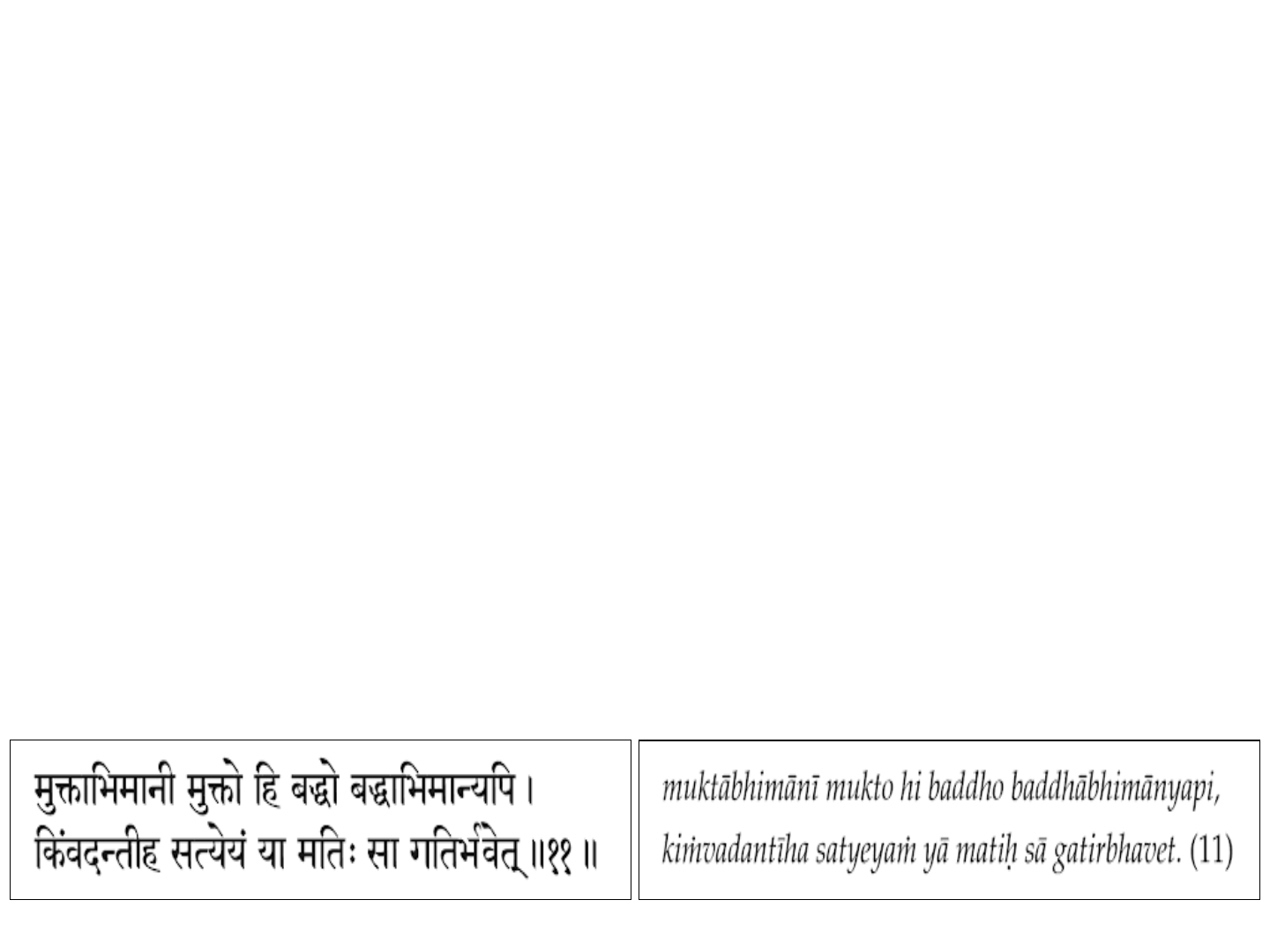
• Our pre-occupation with the objective world leads to conflicts / moral depravity.
• The inward diversion of the mind enables aspirant to realise his independence and
detachment from the network of relations which constitute the phenomenal world.
• So long as the mind sees another self, there is bondage.
• Freedom consists of seeing nothing except the self and in everything.
• The self is the Brahman, the undivided and undifferentiated consciousness – existence
– bliss and is not to be confounded with the ego?
What is Ego?
• Ego is consciousness limited and distorted by the mind as light is distorted by Prism.
• As soon as the person effects his liberation from the stares of the ego, he becomes
supreme bliss.
• Mind feels with “Matter” or with “Consciousness”.
• Freedom + bondage are purely the creation of ideation.
• He who considers himself free is free indeed.
• He who considers himself bound is bound indeed (I – 11)
168
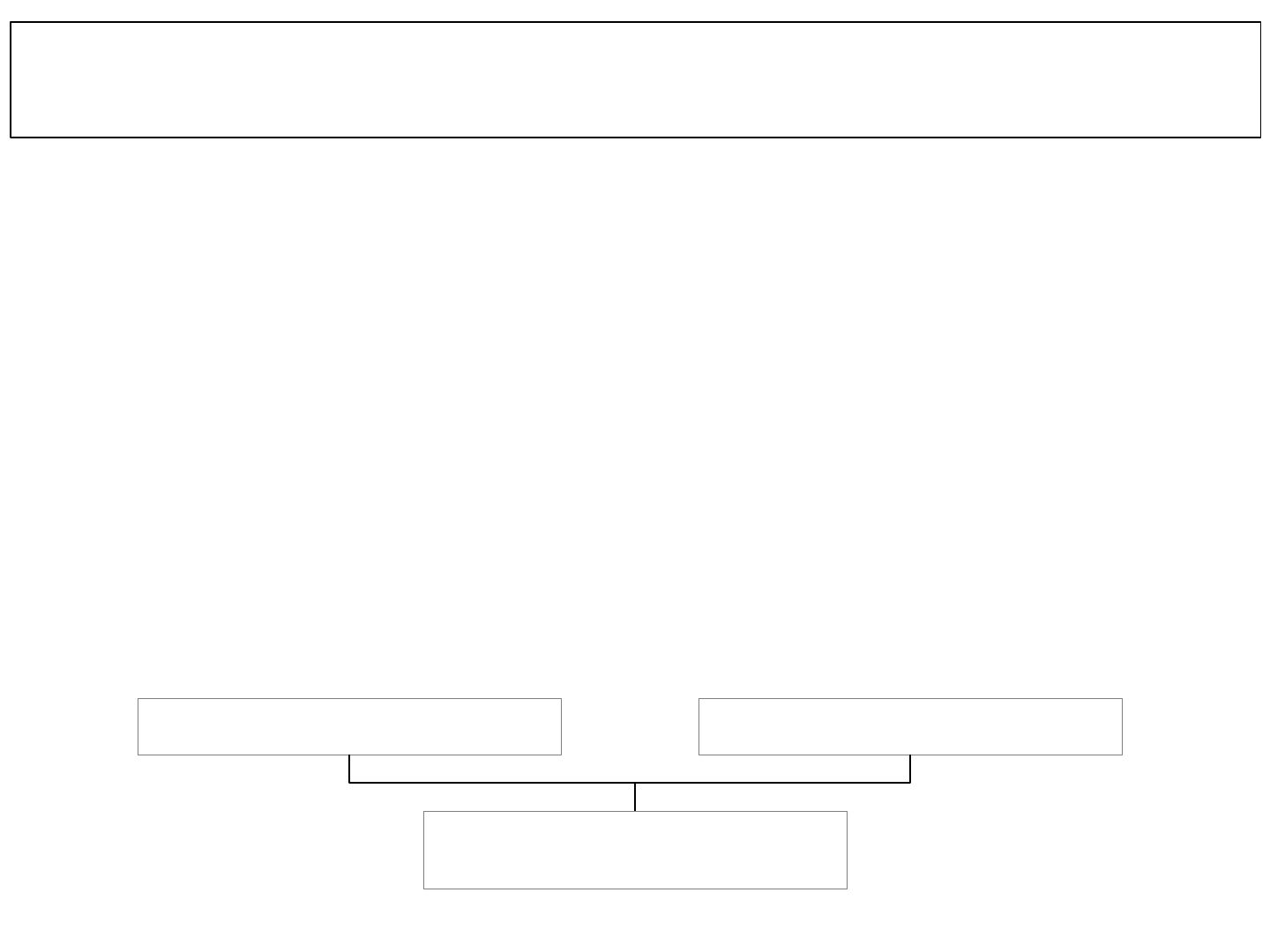
• Think yourself to be free, the eternal unlimited consciousness – Bliss and you will be
free + happy.
• It is his own self that sustains + illumines the universe. [Important truth to be realised]
• The whole universe lies on to his being.
• Unity of self with all that exists is realised??
• There is neither plurality of objects / subjects.. There is no subject.
• The self –existent, infinite, consciousness plays the role of a number of subjects thru
its false identification with the mind organs – which are the creation of the
resourceful Maya.
• Maya is principle of unreason… fountain of irrationality, enchantress of infinite
resources.
• Maya is also embodiment of science and reason.
He who considers himself free becomes free indeed, and he who considers himself bound remains bound.
"As one thinks, so one becomes", is a proverbial saying in this world and it is indeed quite true.
[Chapter 1 – Verse 11]
Reason wills unreasonScience kills nescience
Both embedded in Maya /
Prakrti / not-self principle
169

• Truth is Yoga – Sutra I – 12 .
The Self is witness, all-pervading, perfect, non-dual, free, Consciousness, actionless, unattached, desireless
and quiet. Through illusion, It appears as if It is absorbed in the world. [Chapter 1 – Verse 12]
Mind
Towards Goods
- Chance of discrimination and
leads to liberation.
- Discrimination sets free the
good course.
Towards Bad
- Chance of nondiscrimination
and leads to bondage.
- Course arrested by
dispassion.
River flows with 2 opposite courses
• Therefore moral discipline emphasised in Shastras.
170

Chapter III :
• Craving for objects of senses lasts only so long as there is ignorance of the beauty of
the self.
Chapter IV :
• Self is lord of universe – free from fear of death / tyranny.
Chapter V :
• Four fold way to realisation.
Chapter VI :
• Unreality of the outer world → Sentient + insentient.
Chapter VII :
• Reaffirmation of truth.
Chapter VIII :
• The psychological world also unreal / illusory appearance as the objective world.
• Mind + ego – primarily responsible for bondage. They obstruct the vision of infinitude
of the self.
Chapter IX + X :
• Moral values of life… hold this field of grip of desires.
• Intellectual worlds unreal.
171

Chapter XI :
• Cultivate moods… and withstand onslaughts of fortune – good + evil alike.
Chapter XII, XIII, XIV :
• Striving for liberation ceases before goal is reached.
Chapter XV :
• Its verily thru ignorance, universe exists. In reality you alone are.
chapter XVI :
• There is no Jiva / Isvara other than you.
Eka Jiva Vada :
• One individual subject exists.
• From transcendental point of view.
• The absolute identity of self and negation of second principle / spiritual / material… is
the cardinal principle acknowledged by monoistic Vedanta.
• In lower plane of reality, influence of Avidya is in force.
• When Avidya is destroyed, there is no experience of second entity even in the
phenomenal plane.
• The phenomenal world disappears with the cessation of its cause.
172
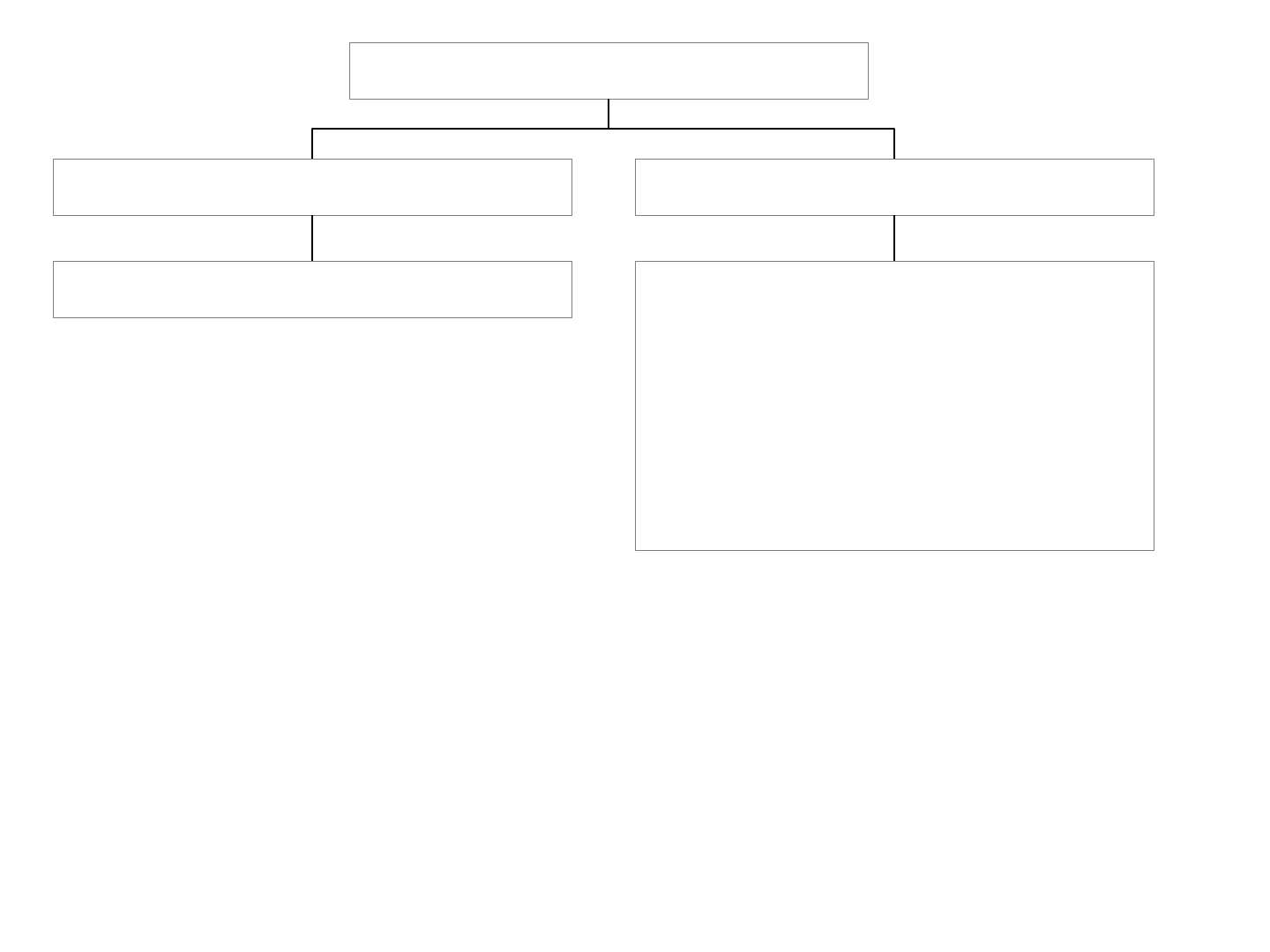
Chapter XVIII :
• Summing up of findings.
• Nature of liberated soul – Jivanmukta..
• Evokes a response from those who are in the shackles of the phenomenal world.
Chapter XIX and XX :
• Reaffirmation of truth.
Astavakra Gita :
• Product of same age as Bagawad Gita, older than Gaudapada Karika.
Phases of Unreality / Orders of reality
Pratibasika
- Apparent
Vyavaharika
- Conventional
- Persistent
- Consistent
- Shines in borrowed light.
- Has substratum of the absolute
self over which is appears.
- It has no existence whatsover.
173
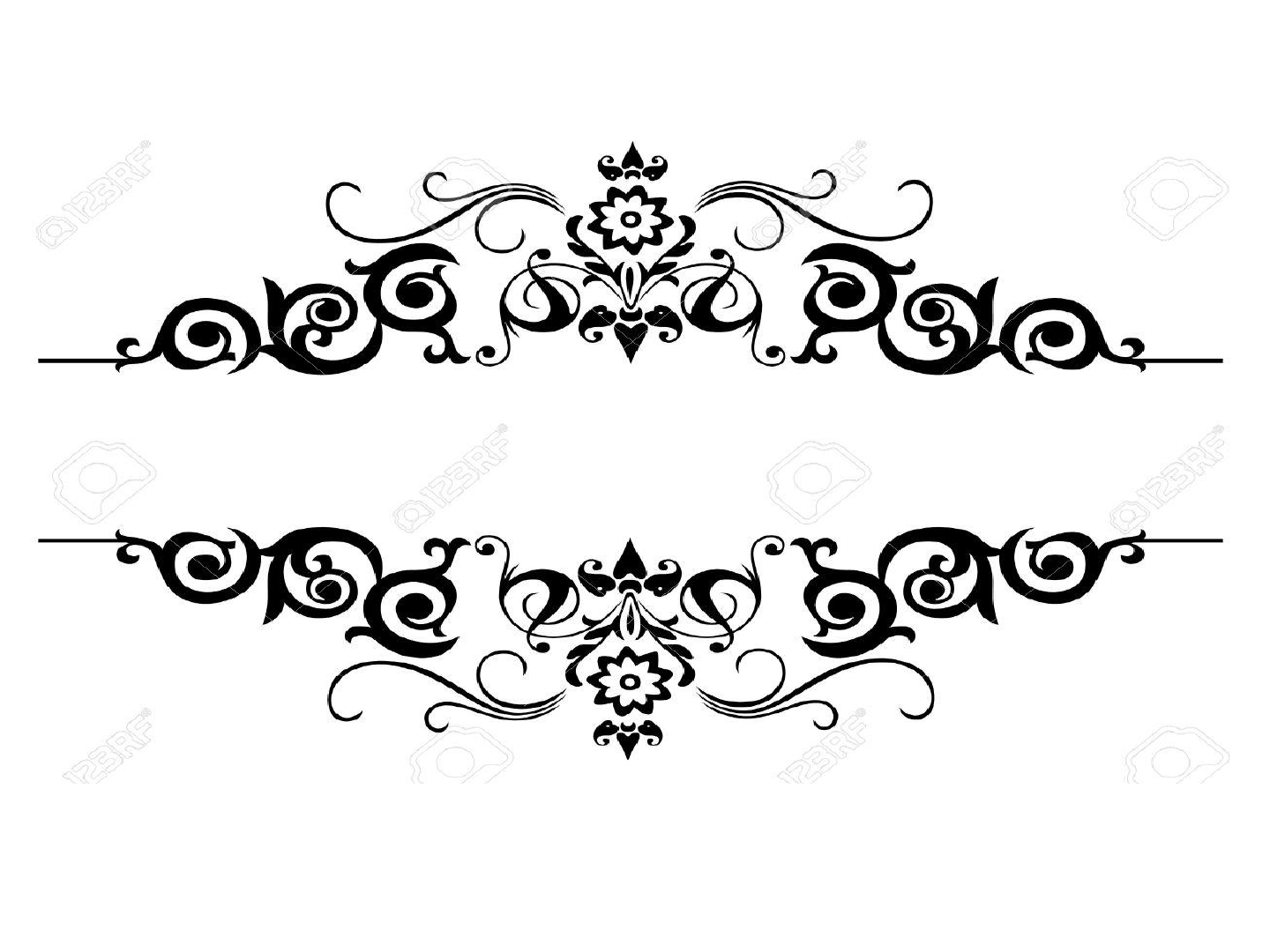
VIVEKACHUDAMANI
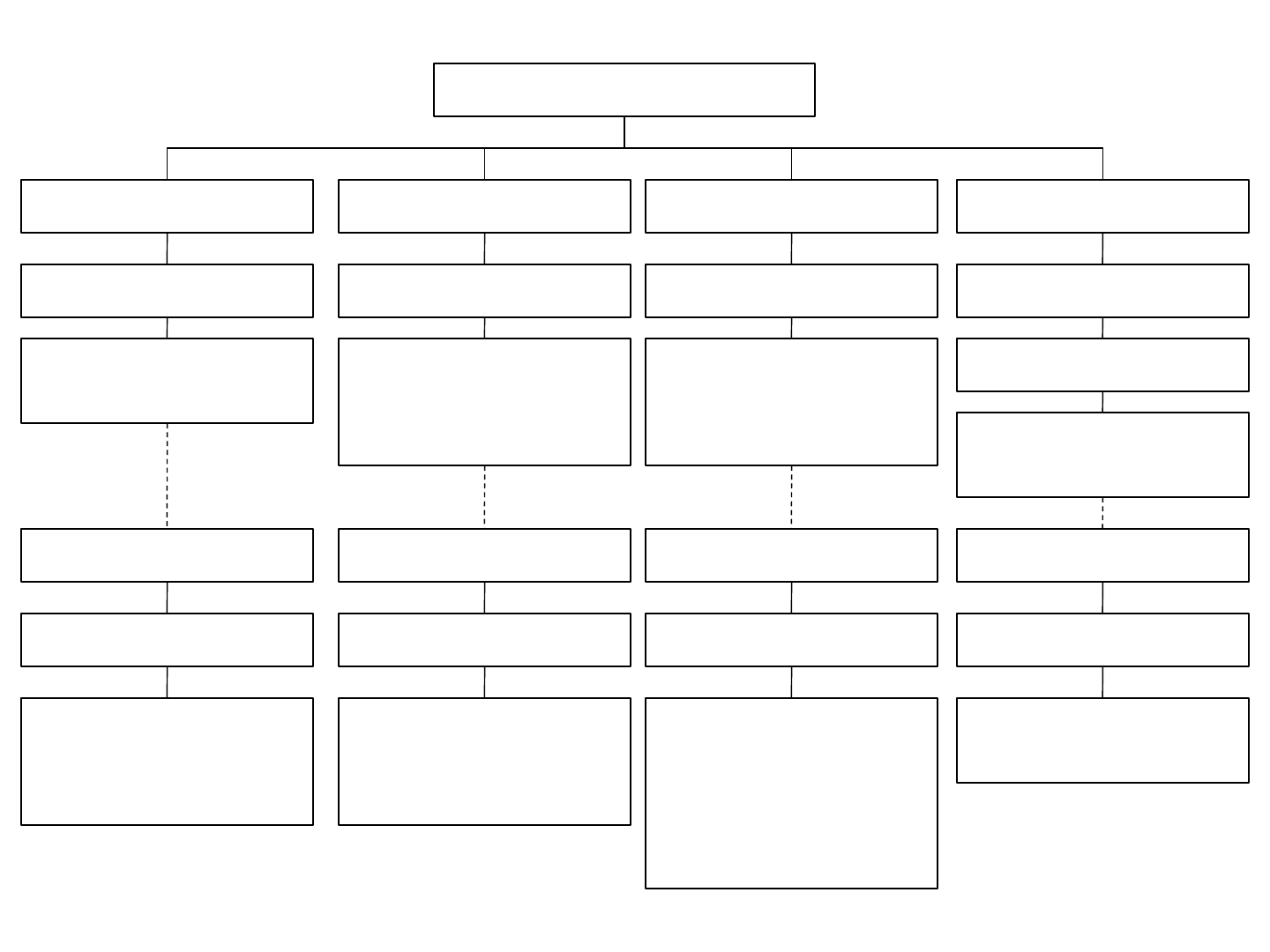
Vivekachoodamani Birds eye view of Entire Text :
( 1 )
( 2 )
( 3 )
Verse 1 to 71
Verse 72 to 209
Verse 210 to 253
581 Verses - 8 Topics
Introduction
Utpothgataha
Sapta Prashna
Uttarani - Answer to
7Questions
Maha Vakyam
Jivatma / Paramatma
Aikyam
( 4 )
Verse 254 to 417
‘Nididhyasanam’
Assimilation by
dwelling on Teaching
( 6 )
( 5)
Verse 479 to 519
Verse 418 to 478
- Krutagnyata
- Gratitude to
teacher
- Danya Vada
Arpanam
Mukti liberation
result of Digesting
Shastra Teaching
( 7)
Verse 520 to 575
Parting Advice to
Disciple
Aashirvada
( 8)
Verse 576 to 581
Upasamhara
conclusion
174

Topic No. 1 - Utpothgataha - Introduction :
• Glory of human Manushya - Janma... only in human birth liberation possible.
• Human birth validated only by utilising Janma for liberation.
• Spiritual growth is gradual.
Discover 1
st
Stage :
• Know Moksha ultimate goal of life.
2
nd
Stage :
• Moksha attained only through Jnanam
• Desire for Moksha converted into desire for Jnanam.
3
rd
Stage :
• Jnanam attained only through Shastra.
• Shastra only mirror - Keep it in front and see my nature clearly.
• Jnana Ichha converted into Shastra Vichara Ichha - Desire for scriptural study.
4
th
Stage :
• Never enquire Shastra by yourself, Shastra never speaks to me directly.
• Require guide to open Shastra, Sun required to open lotus.
Vedanta :
• Ambuja Suryaha... Tasmai Guruve Namaha
175

• Shastra building opens in presence of Guru Shastra Vichara Ichha converted to Guru
Sravana Ichha.
How to find Appropriate Guru?
• Happens by gods Grace.
• Once Seeking is intense, invoke Grace of lord, Get opportunity to do Sravanam.
• Qualification of Guru and Disciple.
Topic No . 2 :
Sapta Prashantaha - Verse 72 to 209 :
1) Atma
2) Anatma
3) Bandaha (Bondage)
4) Cause of Bondage Banda Hetuhu
5) Liberation
6) Means of liberation Moksha Hetuhu
7) What Nourishes Supports - Perpetuates Bondage Pratishta.
Definition of Atma :
1) Atma is real I which is of the nature of Chaitanyam / Consciousness.
176
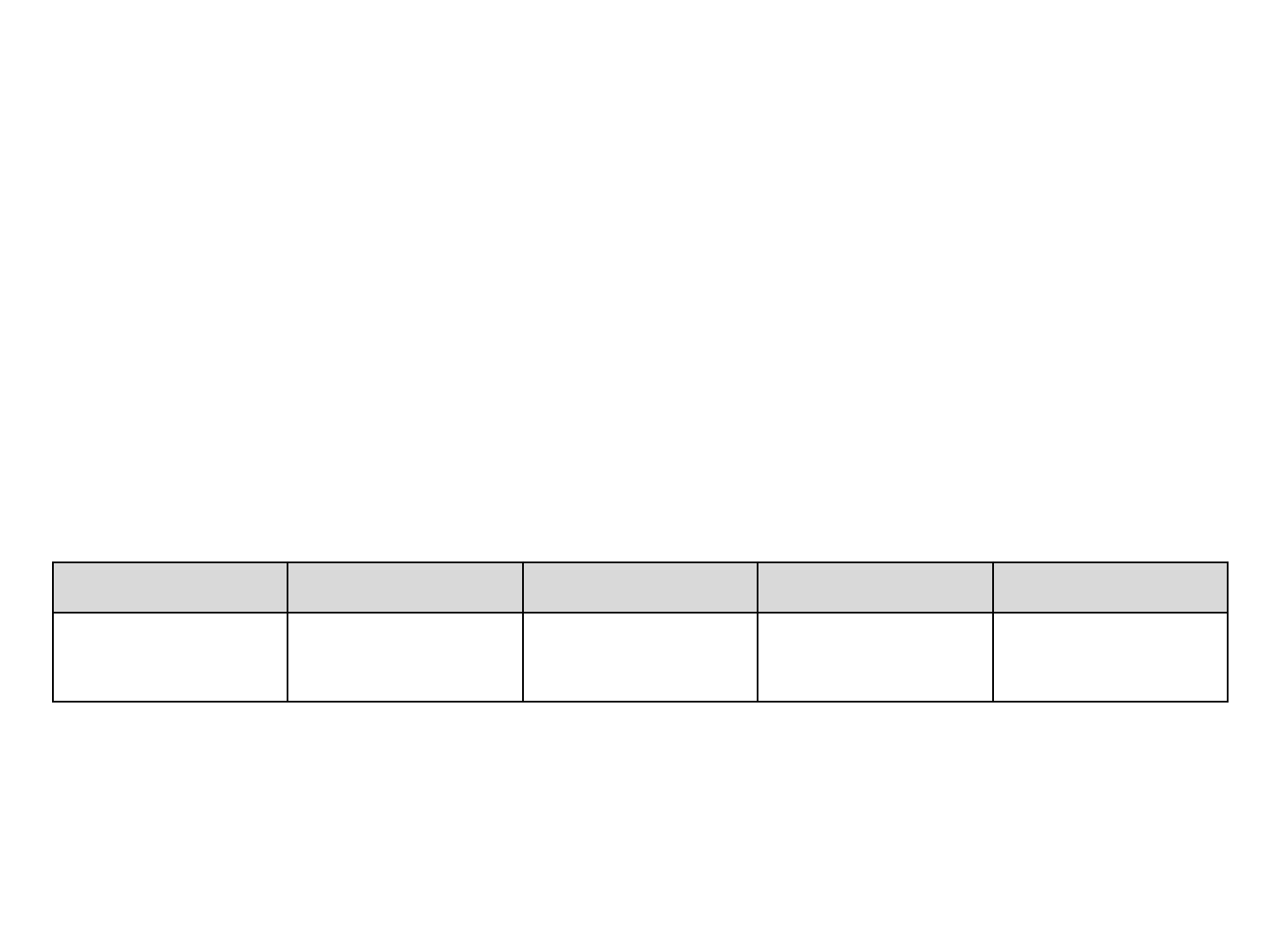
What is Consciousness?
1) Not part / Product / Property of body
2) Independent entity pervading and Enlivening body.
3) Not limited by size of body
4) Survives death of body
5) Surviving ‘Consciousness’ can’t be contacted, because of lack of Medium.
Definition of Anatma :
a) From Angle of Nature :
• Body has Sharira Trayam
• Sthula, Sukshma, Karana.
b) W.r.t Functions - 5 Layers Pancha Koshas :
Anna Prana Mano Vigyana Ananda
Covering Energy Emotions Intellect Deeper most
Sub-Conscious
• Inert Material.
What is Bondage?
• Mistaking inert body Anatma as myself, Having individuality based on body is
Bandaha.
• Anatmani Atma Buddhi - Bandaha.
177

What is cause of bondage?
• Any mistake is born out of ignorance.
• Here self Mistake is self ignorance.
• I don’t know I am different from body, I Mistake body as myself.
What is Moksha?
• Destruction of mistake
• Form of correction of mistake
• Form of conviction of Mistake - I am body.
I am not body... Who am I?
• I am ‘Consciousness’ - Different / Pervade / Eternal is my real nature.
• Anatmani - Atmatva Buddhi Tyagaha, Giving up of Deha Abhimana = Moksha.
What is means of Moksha? How to correct mistake?
• Jnanam - Discrimination only means of liberation!
Asking Question :
• Am I really body or some one else?
Drk Drishya Viveka :
• Most important method.
Method :
• I am different from whatever I experience... Powerful tool.
178

• World / Body / Mind I intimately experience... I am different from world / Body /
Mind.
o World - Little bit far
o Body - Closer
o Mind - Closest
• Contact lens - Intimately close
Spectacles :
• Use intimately
• Integral part of myself
• Instrument to experience the world
• I am not contact Lens / Body / Mind instrument.
• Atma - Anatma - Viveka = Moksha Karanam
• Final Question = Bandah Pratishta.
• What is reinforcing factor of bondage.
What nourishes bondage?
• Every other activity I do other than Self enquiry, Nourishes bondage.
Mahavakya Vichara Topic 3 - Verse 210 to 253 :
• Jivatma / Paramatma - Aikyam Jananam.
Not myself
179
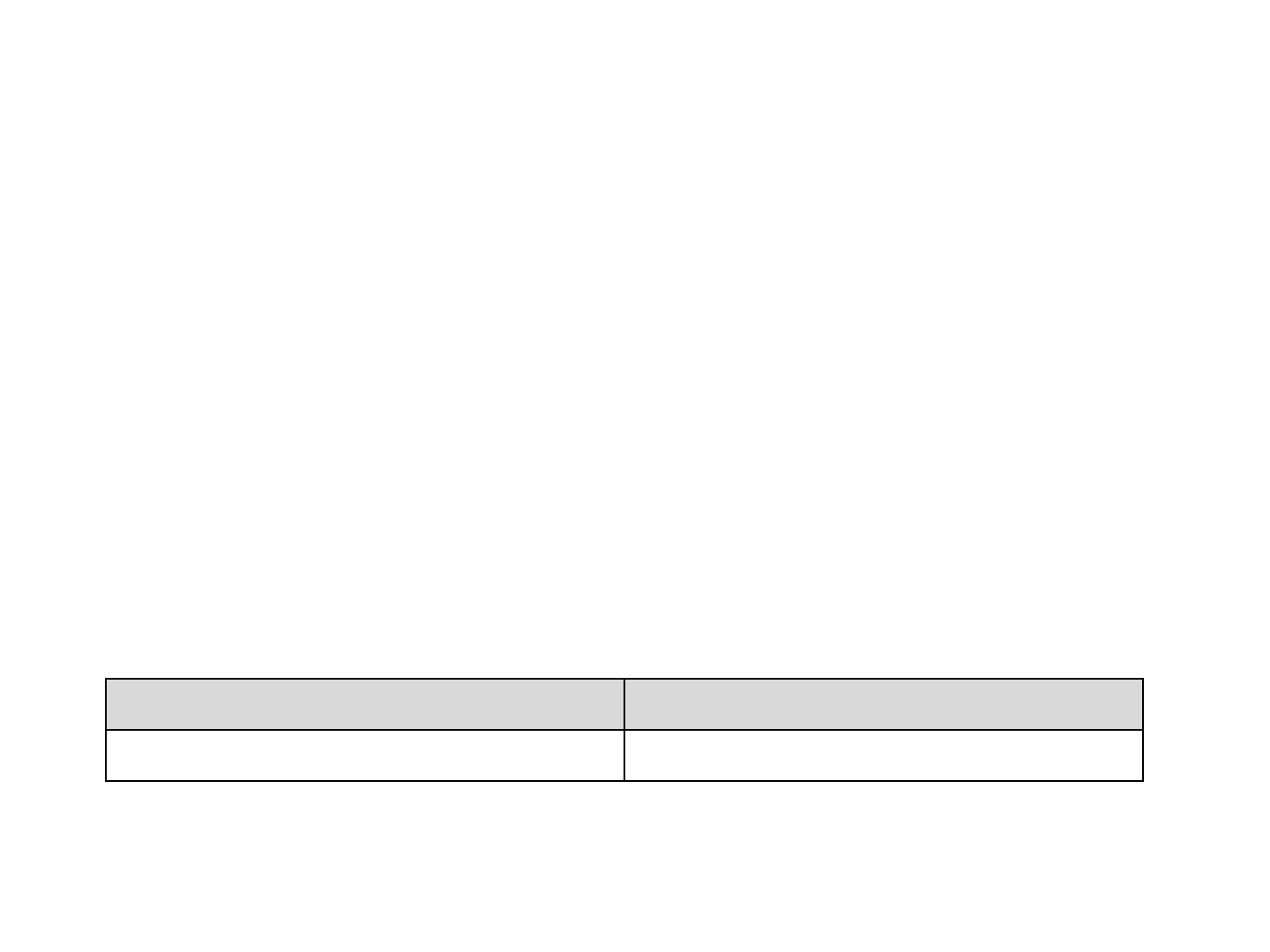
What is significance of Mahavakya?
• When I do Drk Drishya Viveka, I know I am Chaitanyam Sentient Consciousness -
Everything else is inert.
• I Consciousness observer - Drk
• World - inert Observed Drishyam
• There is Drk Drishya Sambandha
• Process incomplete because i am Drk / World is Drishyam - Dvaitam must go to
higher level.
• I am Drk Observer and also, Karanam of Drishya Prapancha.
• Karanatvam expressed as Brahman, Aham Brahma Asmi is Karanatvam.
↓
Discovery → Cause not person
Aham Karanam Asmi :
1
st
I am Observer 2
nd
I am Cause Brahman - Karanam
Drk Dishya Viveka I am Elevated
What becomes status of world :
• World taken as Drishyam now becomes Karyam.
• I am Karanam - World is Karyam is new relationship.
180

• Conversion of Drk Drishya Sambandha into Karana, Karya Sambandha Is function of
Mahavakyam.
• Aham - Means Drk
• Brahman Asmi - Means Karanam Asmi
What is benefit of this knowledge?
• Since I know I am Karanam and world is Karyam.
Corollary :
• Karyam can’t exist separate from Karanam.–
• Observed dream can’t exist separate from observer ‘I’
• Waking world like dream - Doesn’t exist separate from observer Karanam /
Consciousness.
I am Drk World is Drishyam
Observer Consciousness Sakshi
Chaitanyam
Is old Sambandha
Previously Now
- Drk / Drishya
- There is Duality
- Aham Brahmasmi
- Advaitam
- No Duality
181
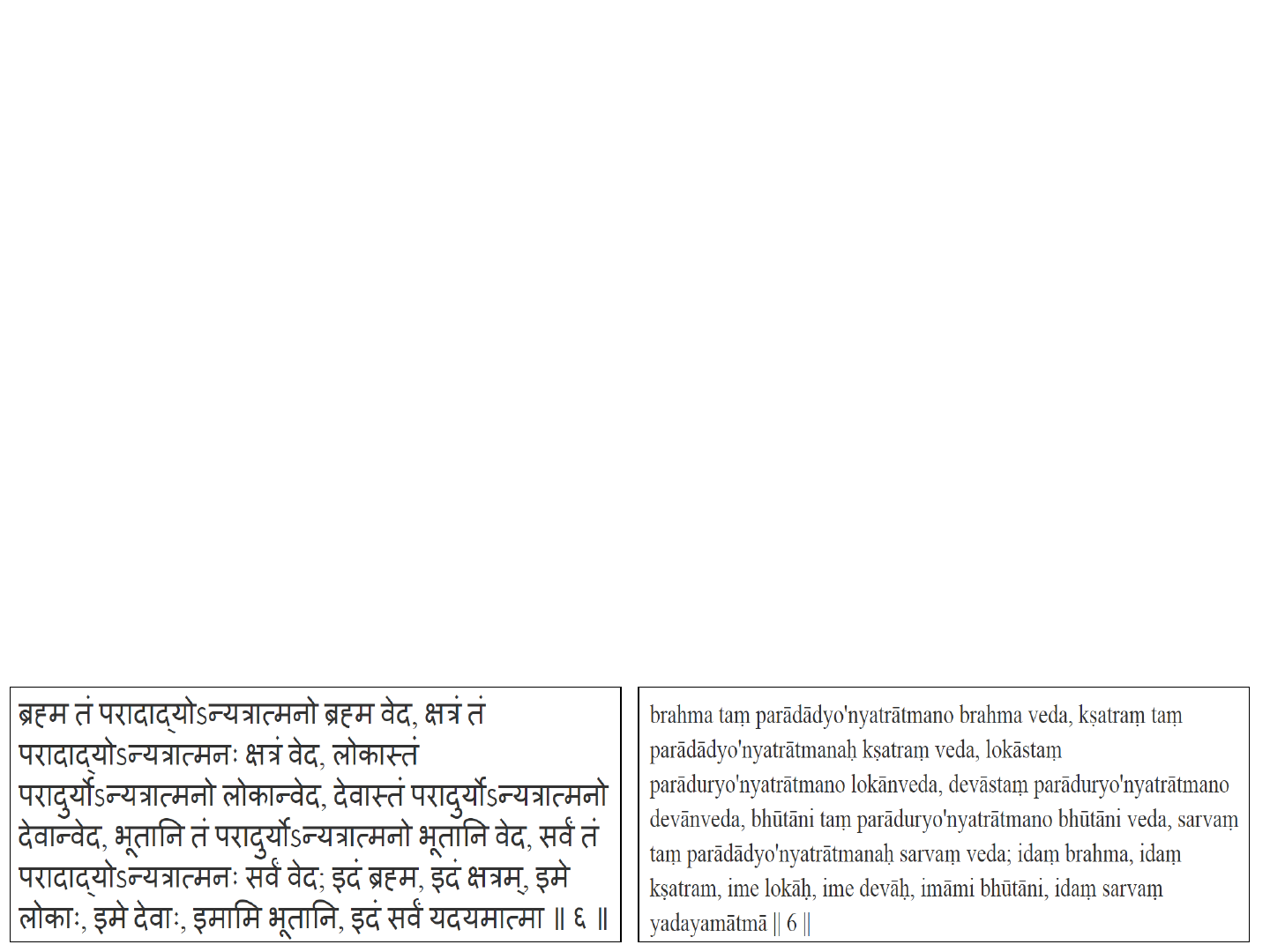
• Clay and Pot
• Gold and Ornament
• Wood and Furniture
• Observer I / Consciousness and waking world - Prapancha.
↓
Karanam
• Looks as though counting 2 words - 2 Substances.
• Between clay and Pot - Karya - Karana Sambandha is there, Substance one - Names
many.
• If 2 words have 2 separate substances you should be Able to remove pot from clay -
But you can’t.
Therefore Only one substance :
• World and me.. Not 2 Substances only one Substance.
Brihadaranyaka Upanishad :
182
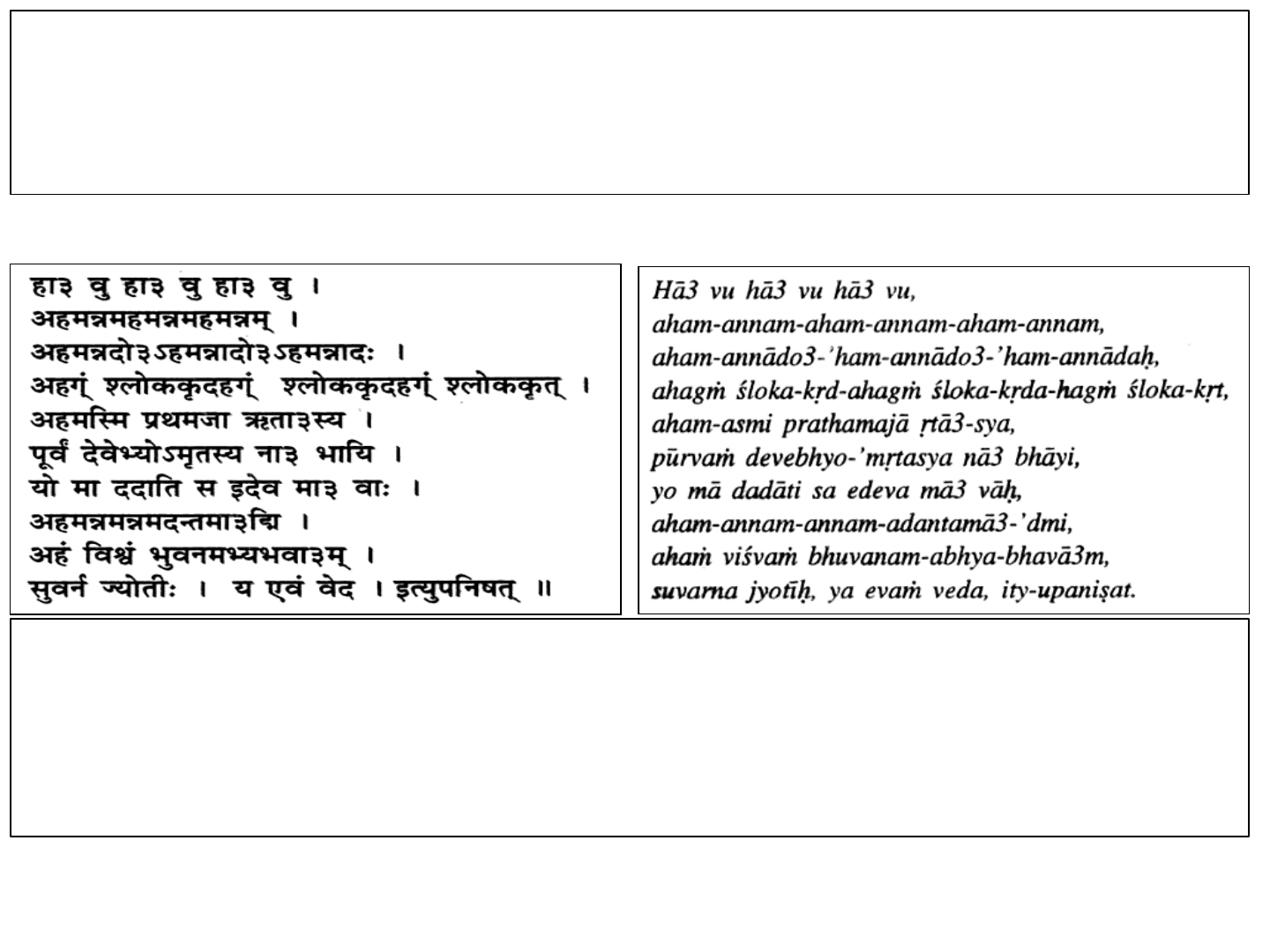
The Brāhmaṇa ousts one who knows him as different from the Self. The Kṣatriya ousts one who knows
him as different from the Self. The worlds oust one who knows them as different from the Self. The gods
oust one who knows them as different from the Self. The beings oust one who knows them as different
from the Self. All ousts one who knows it as different from the Self. This Brāhmaṇa, this Kṣatriya, these
worlds, these gods, these beings, and this all are the Self.[2 - 4 - 6]
Taittriya Upanishad :
Oh! Oh! Oh! I am the food, I am the food, I am the food. I am the eater of food, I am the eater of the
food, I am the eater of food. I am the author of the Sloka, I am the author of Sloka, I am the author of
Sloka I the am the first born (Hiranyagarbha) of the True (of the Eternal and the immortal) I am the centre
of immortality, prior to the Gods. Whoever gives me, he surely does save thus. I am the food that eats
him who eats food. I have conquered all, in this world. I am luminous like the sun. He who knows thus
(also attains the aforesaid results). This is the Upanishad. [III – X – 6]
What is reason?
• Because between me and world there is Karya Karana Sambandha.
183
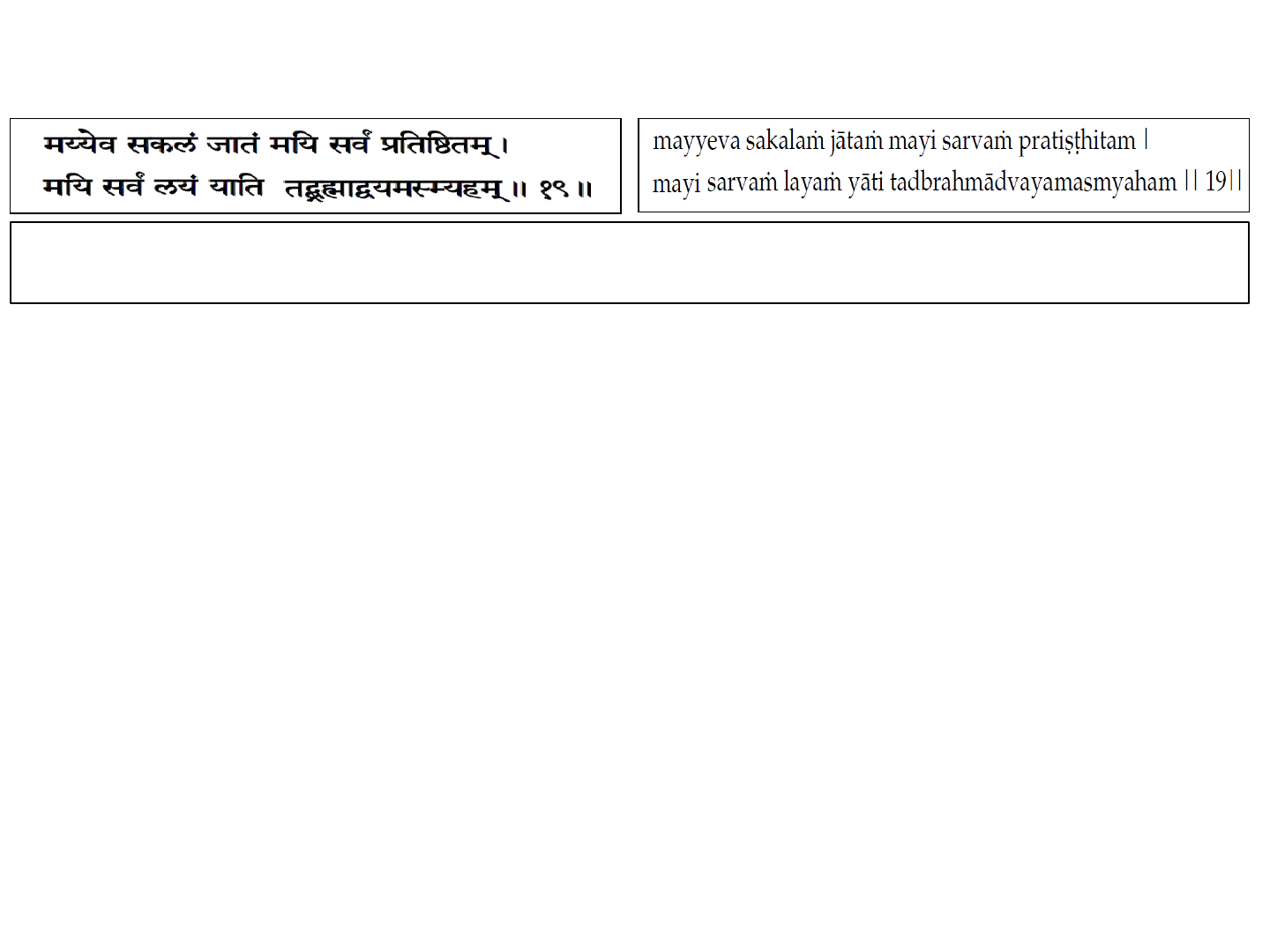
What is Karanam?
• I am Karanam... Kaivalyo Upanishad :
In me alone everything is born ; in me alone does everything exist and in me alone gets everything
dissolved. I am That non-dual Brahman. [Verse 19]
What is function of Mahavakya?
• Converting Drk Drishya Sambandha into Karya Karana Sambandha.
Topic 4 - 254 to 417 - Nididhyasanam / Samadhi Abhyasa :
• Internalisation / Focussing on teaching
Soaking in teaching
Saturating myself in teaching
• Hearing / Reading / Teaching / Sitting in ‘Mananam’ = Samadhi Abhyasa, Yogic
Method of ‘Mananam’ Ashtanga Yoga.
Topic 5 : 418 to 478 :
• Benefit of Nididhyasanam / internalisation.
• Internalisation is a gradual process.
184

How to detect whether I have internalised or not?
o Frequency of negative reaction
o Intensity of negative reaction
o Recovery period of negative reaction
• Body / Mind / Speech - Most intense
• Body / Mind - Medium intensity
• Only Mind - Minimum intensity
• Recovery period - Time to get out of reaction –
• By observing this, we claim our Mukti / Liberation which is of 2 types.
Comes Down
Jeevan Mukti
Liberation
Videha Mukti
Body continues because of Prarabda
State when body is gone and no
Question of Another body
• Difference - w.r.t. worldly people
• Jnani - Doesn’t see any difference - For him presence and absence of body makes no
difference.
• In his vision - Body = Mithya… Mirage water
185

• What will be difference in sand
• When you see / Don’t see mirage water - No difference w.r.t. sand.
• I was / I am / Ever will be liberated.
Topic 6 : Verse 479 to 519 :
Disciple’s gratitude :
• Teacher alone makes Shastram valid
• Start with prayer to God
• Lord introduces me to Guru
• Guru introduces me to Shastra and disappears.
Shastra = Mirror / Darpanam :
• When I look into Shastra mirror, mirror takes me to my own Self.
• As though extrovert… When I look at mirror… I am seeing myself!!
• God - Guru
• Guru - Shastra
• Shastra - Myself
• I am indebted to God for Guru
• I am indebted to Guru for mirror - Shastra
• I am indebted to Shastra for putting me into lap of myself!
186

Gratitude Eternal :
• Vedanta / Guru / Ishvara - Sambandha eternal.
• 1
st
Worship these 3 for gaining Jnanam.
• Later worship these 3 as gratitude
Topic 7 : Verse 520 to 575 : Guru’s Aashirvada
• I Have handed over mirror to you.
• At regular intervals, look at Shastra mirror.
• Guru has trained you, how to look at Shastra.
• Brahmachari / Grihasta / Vanaprastha / Sanyasa any Ashrama ok.
• Enjoy life and be free, Guru gives freedom to disciple.
Topic 8 : Verse 576 to 580 :
• Upasamhara - Conclusion of dialogue
• Master of ceremony - Shankara Glorifies text.
Metaphor of desert used :
• Guiding text - Takes tired traveller to spring place by Shastra.
• Shankara Bharati - Nirvane Sanyasini
187
